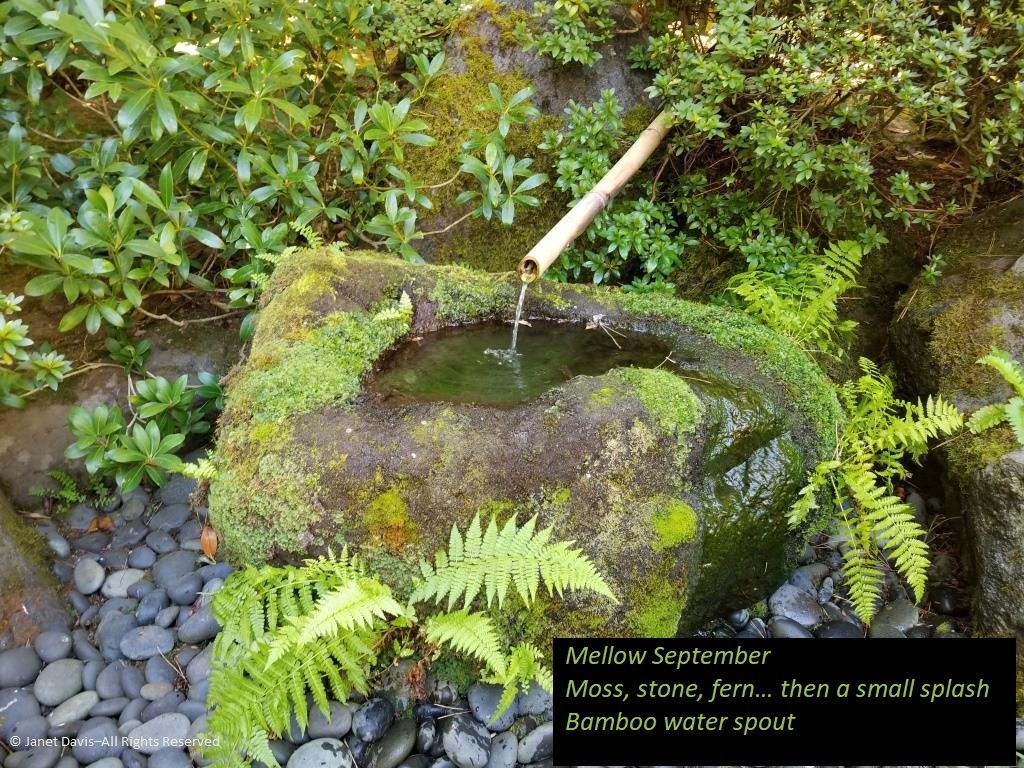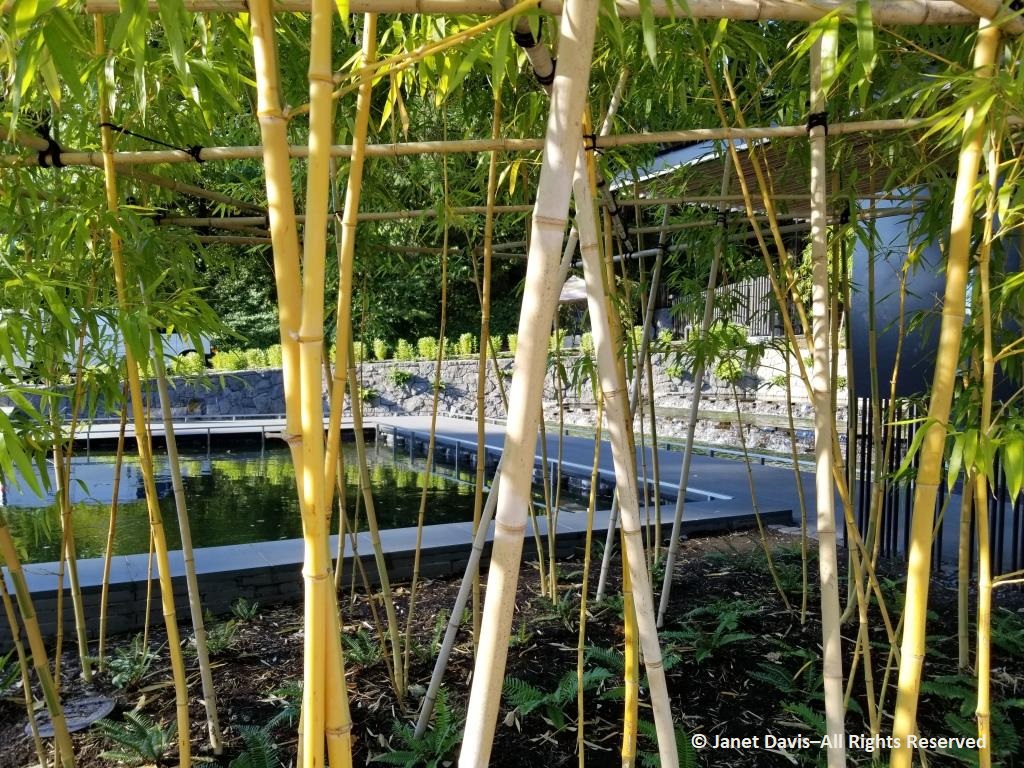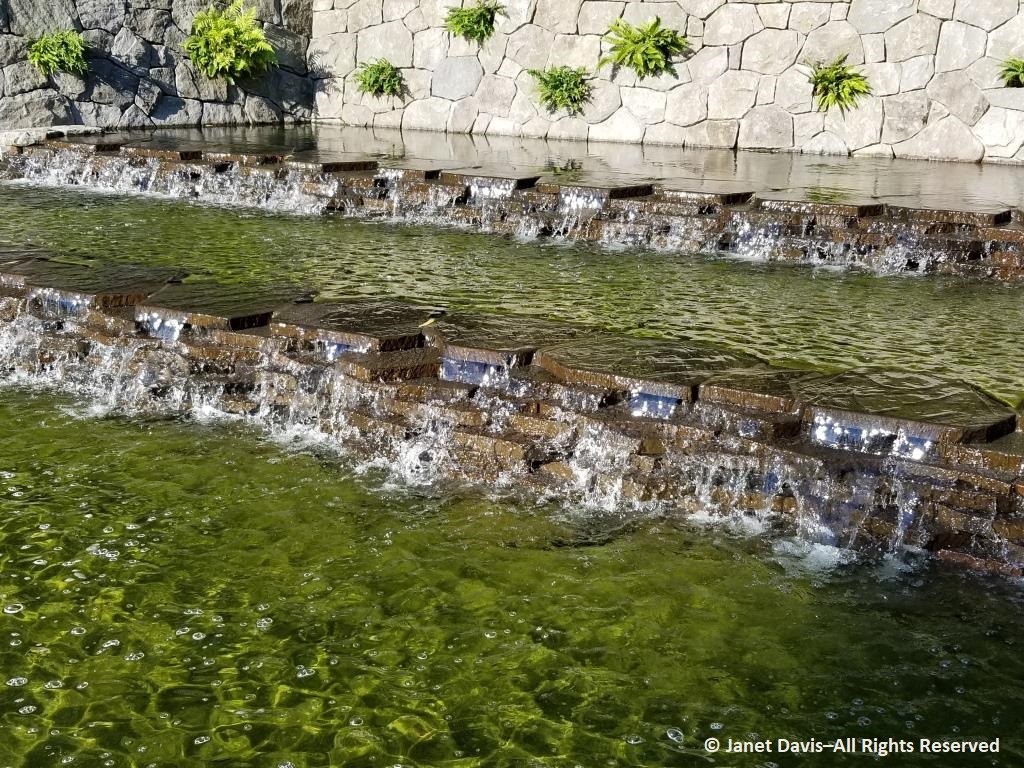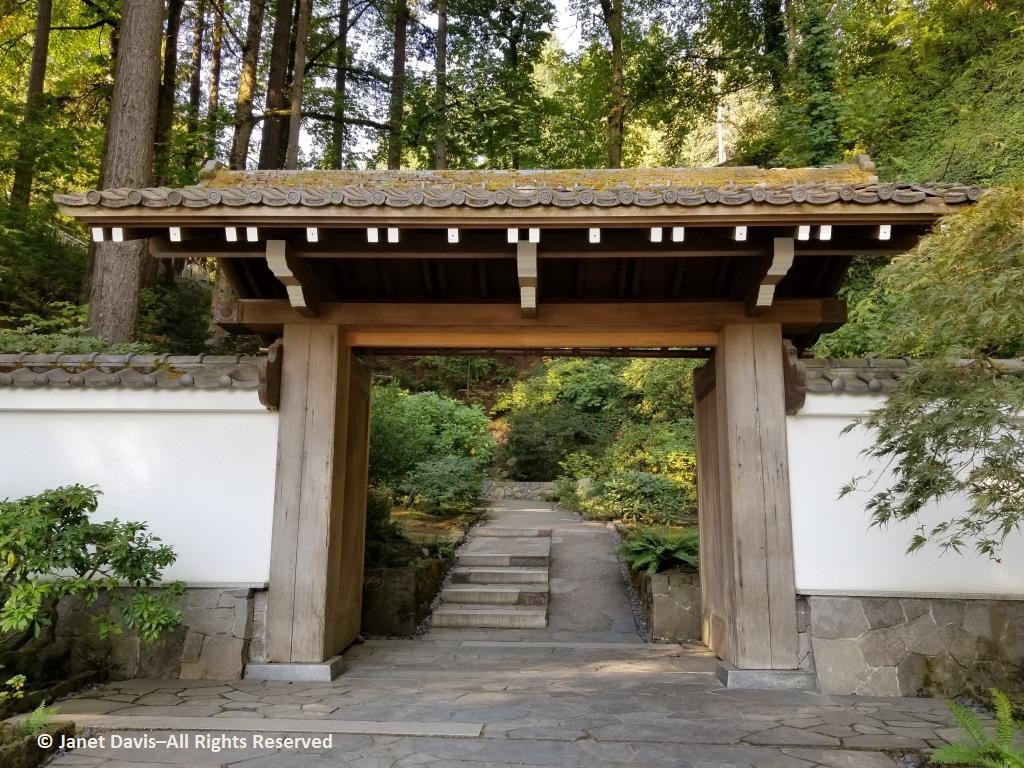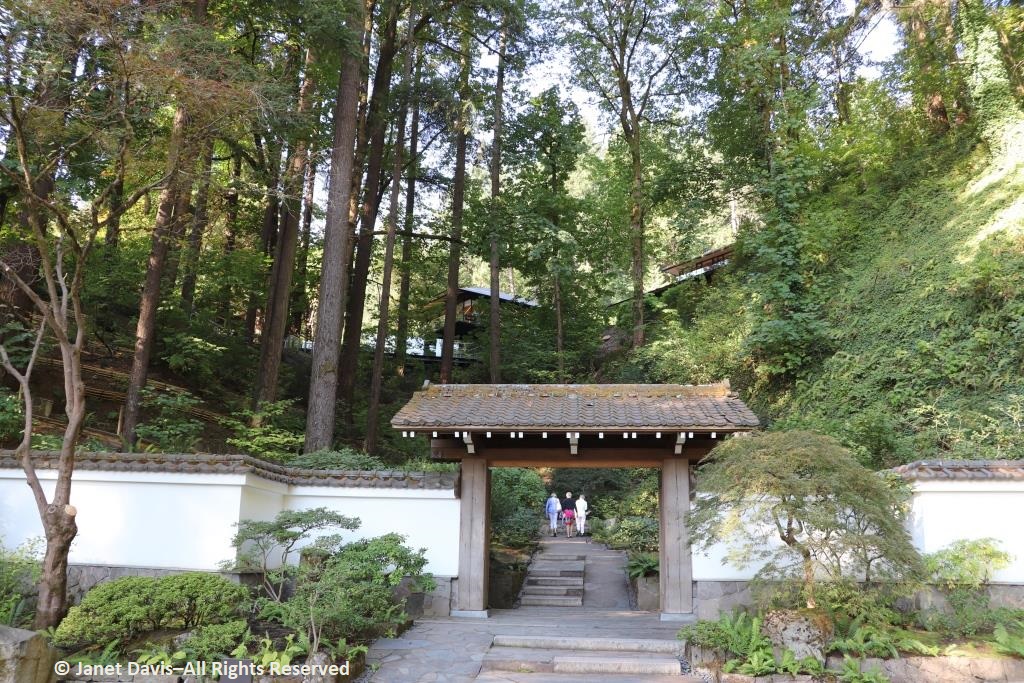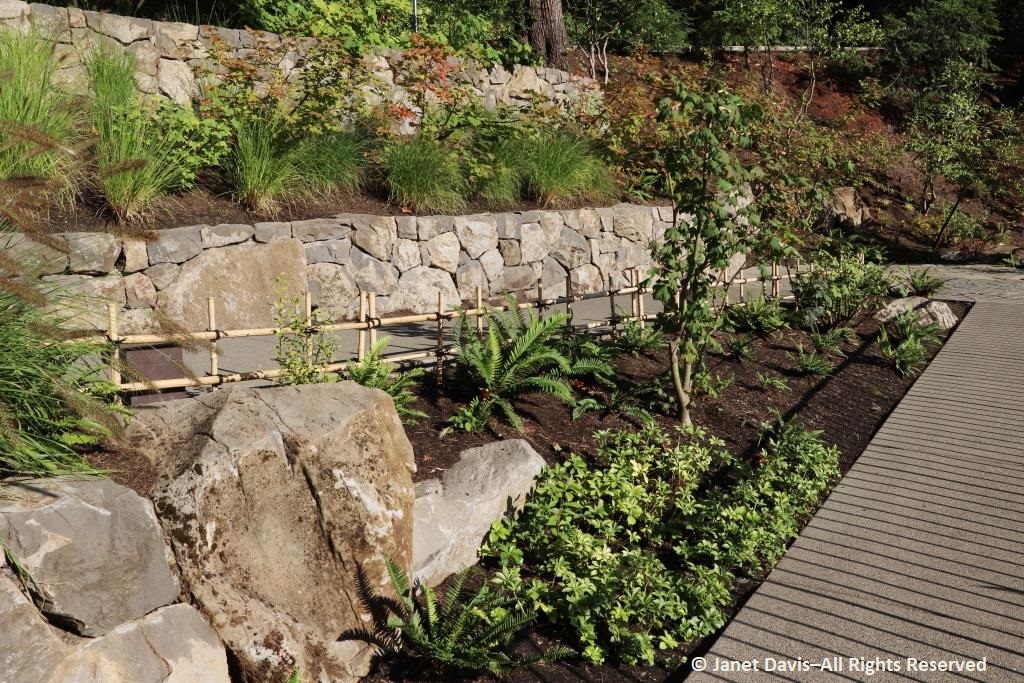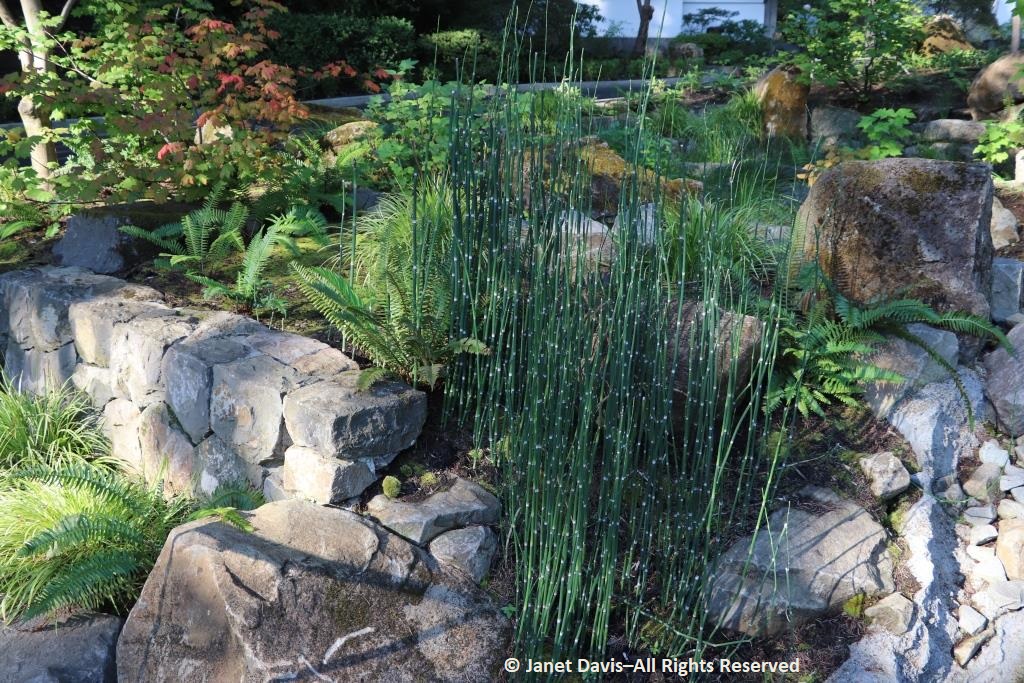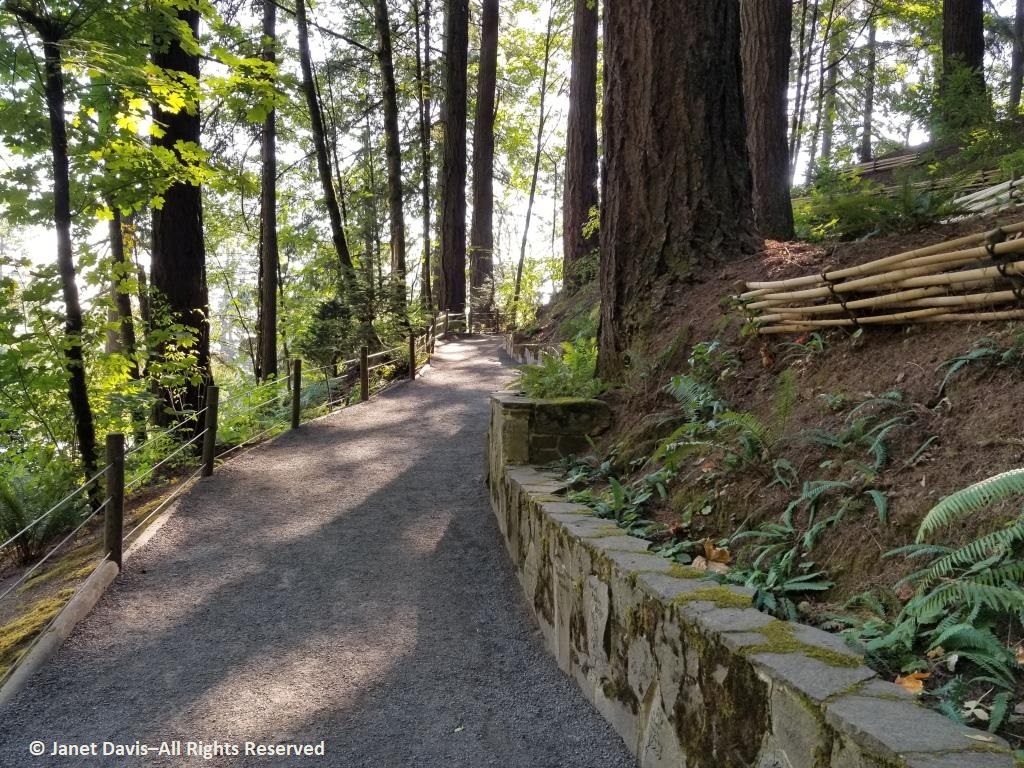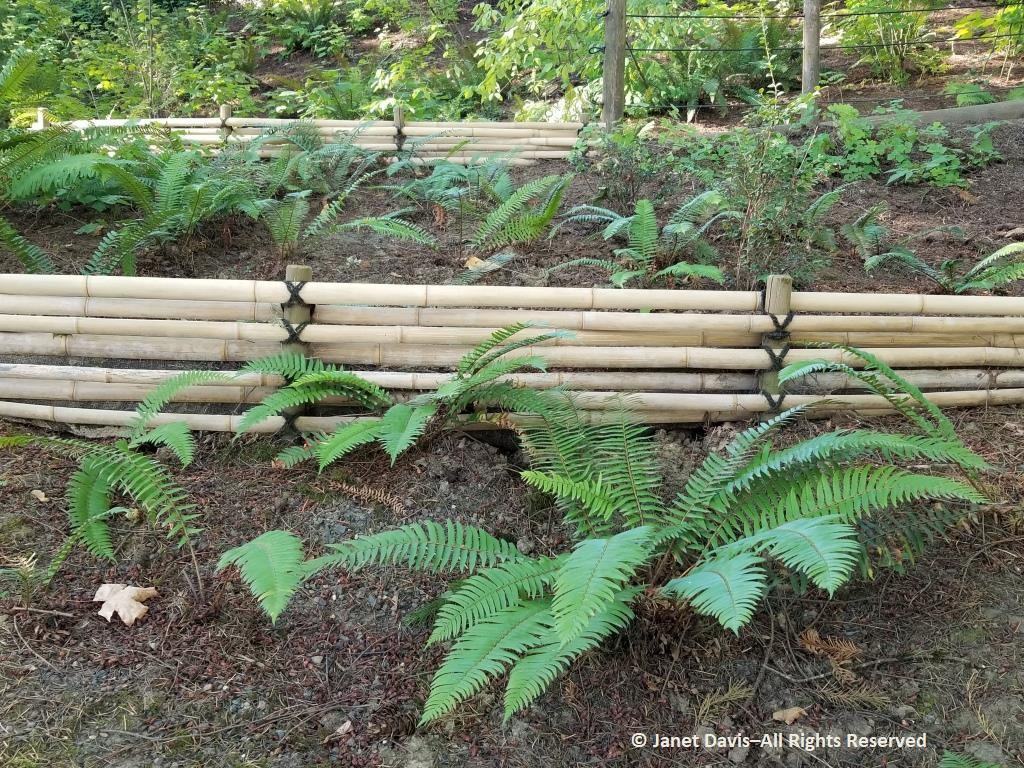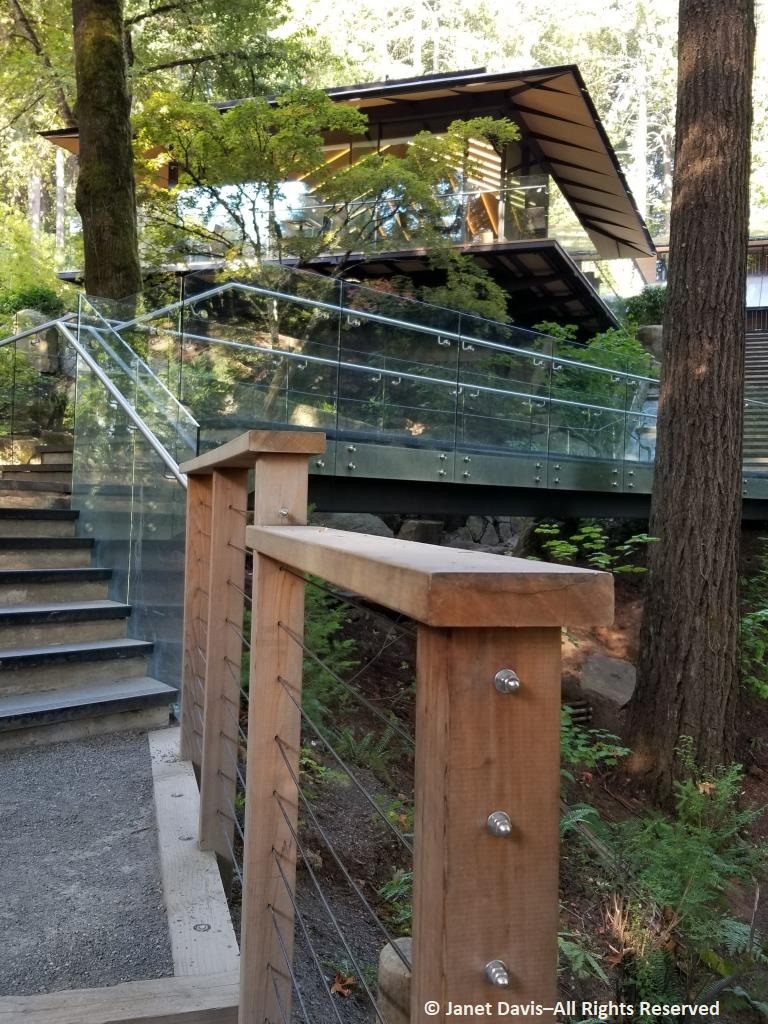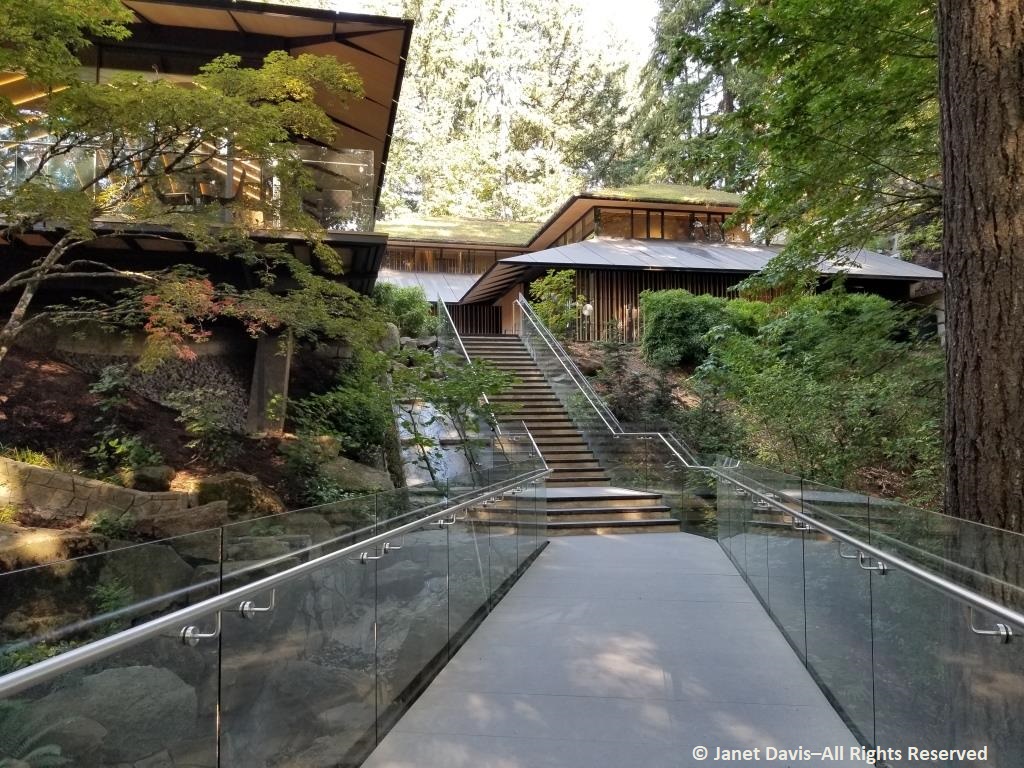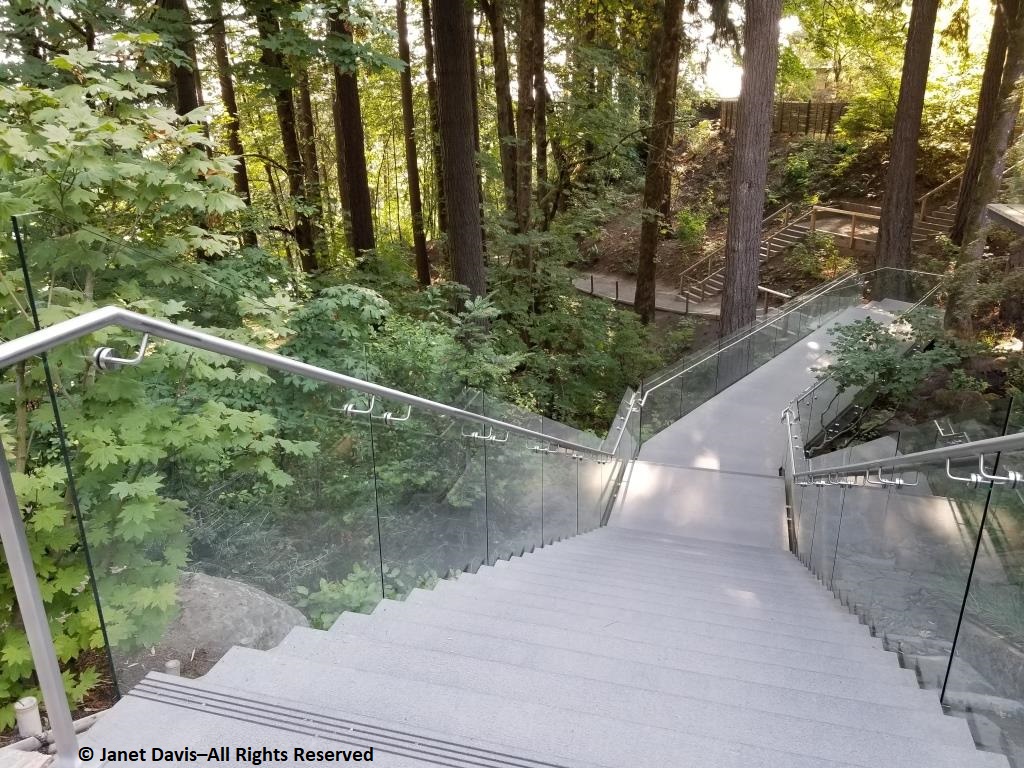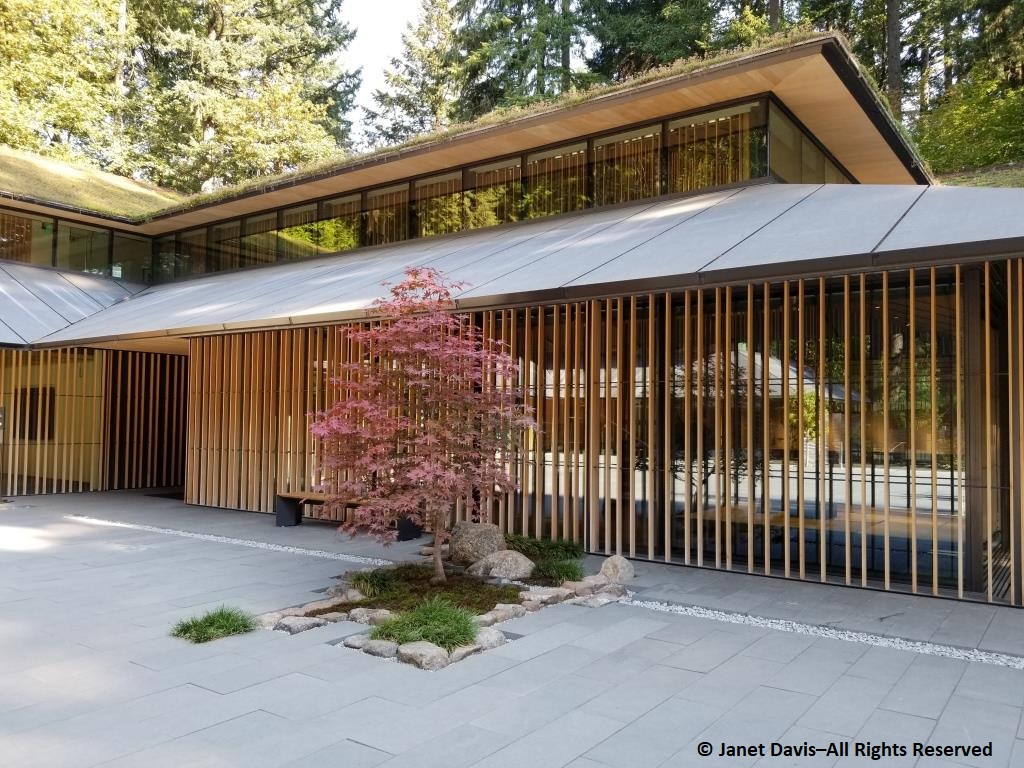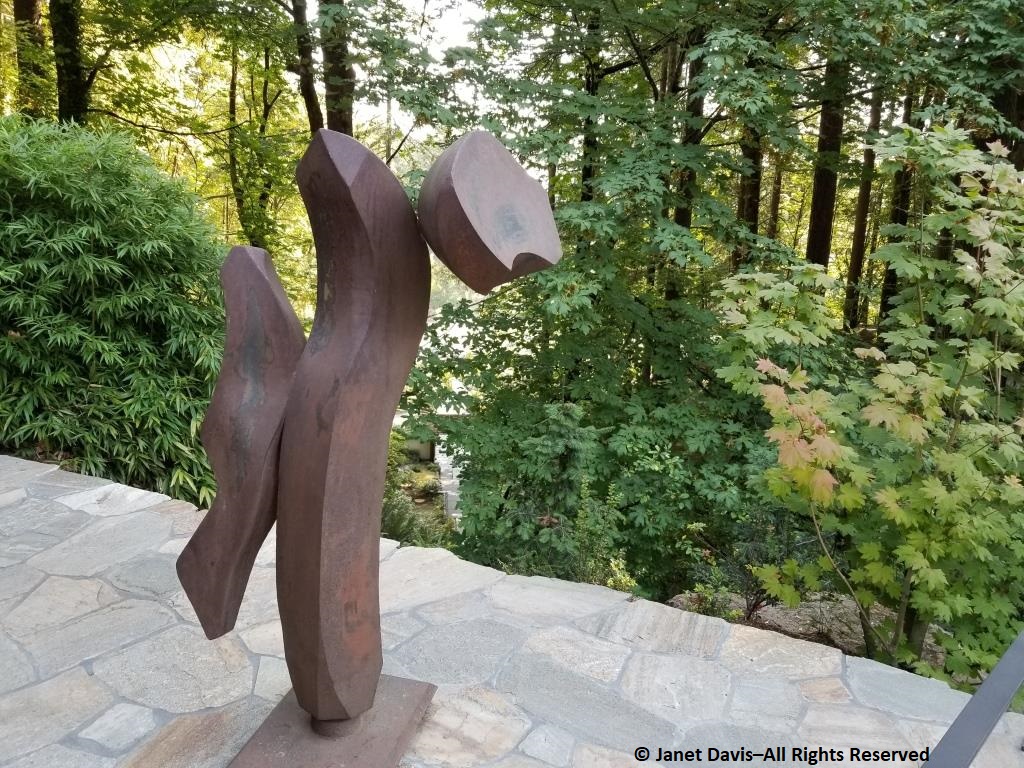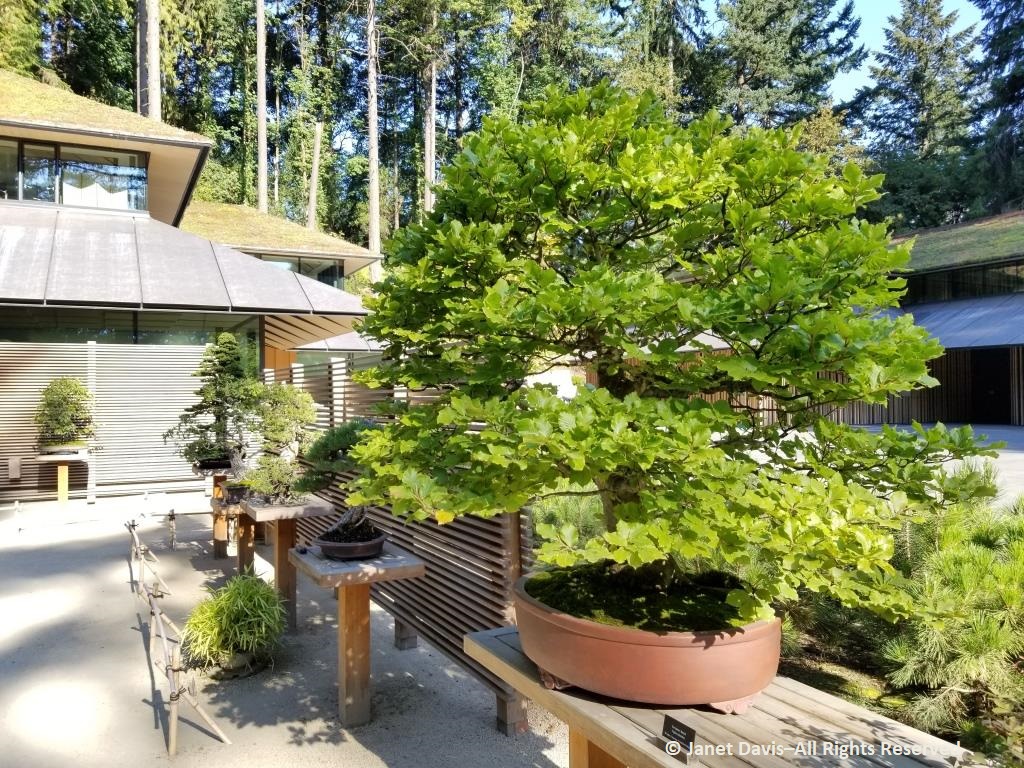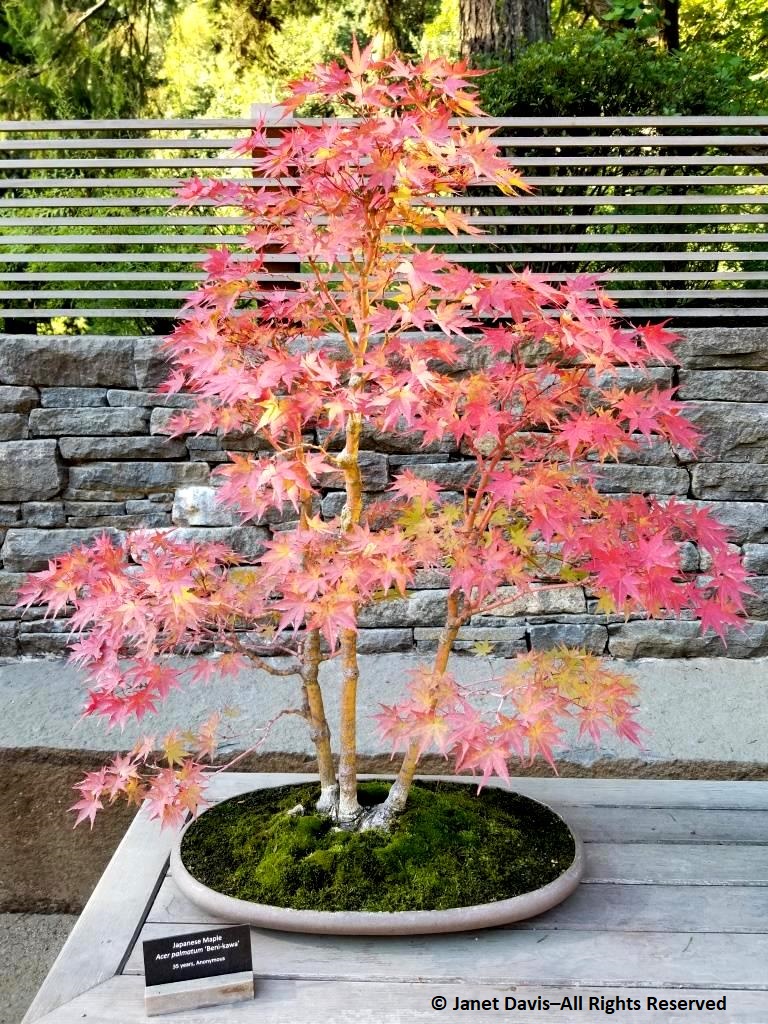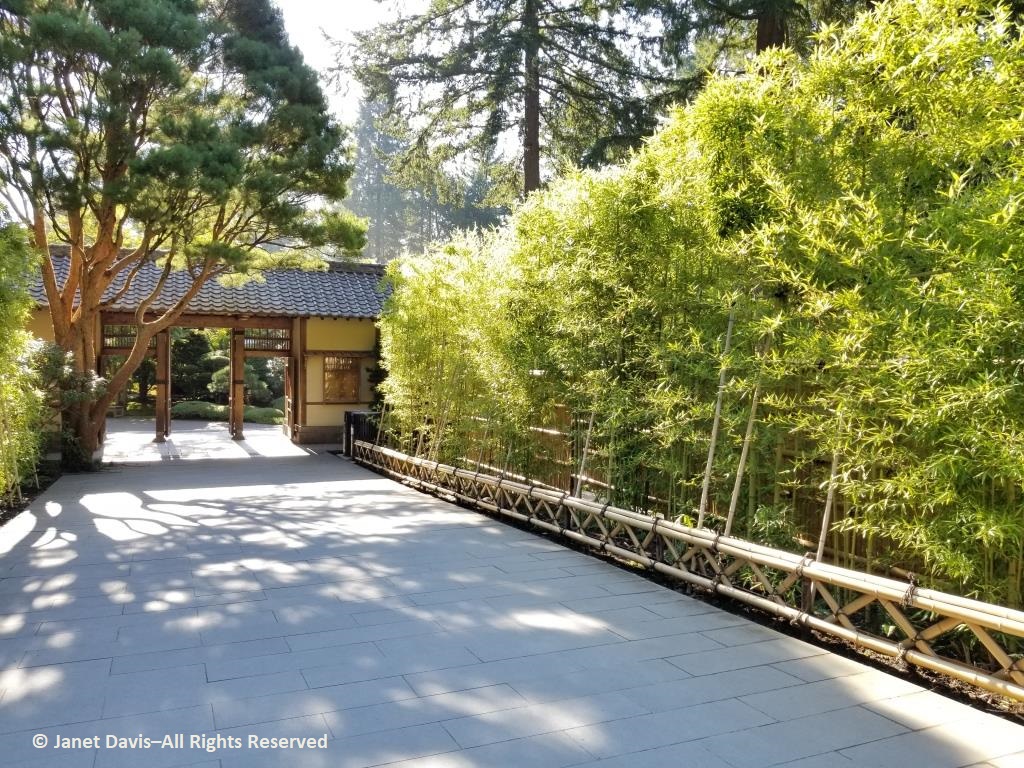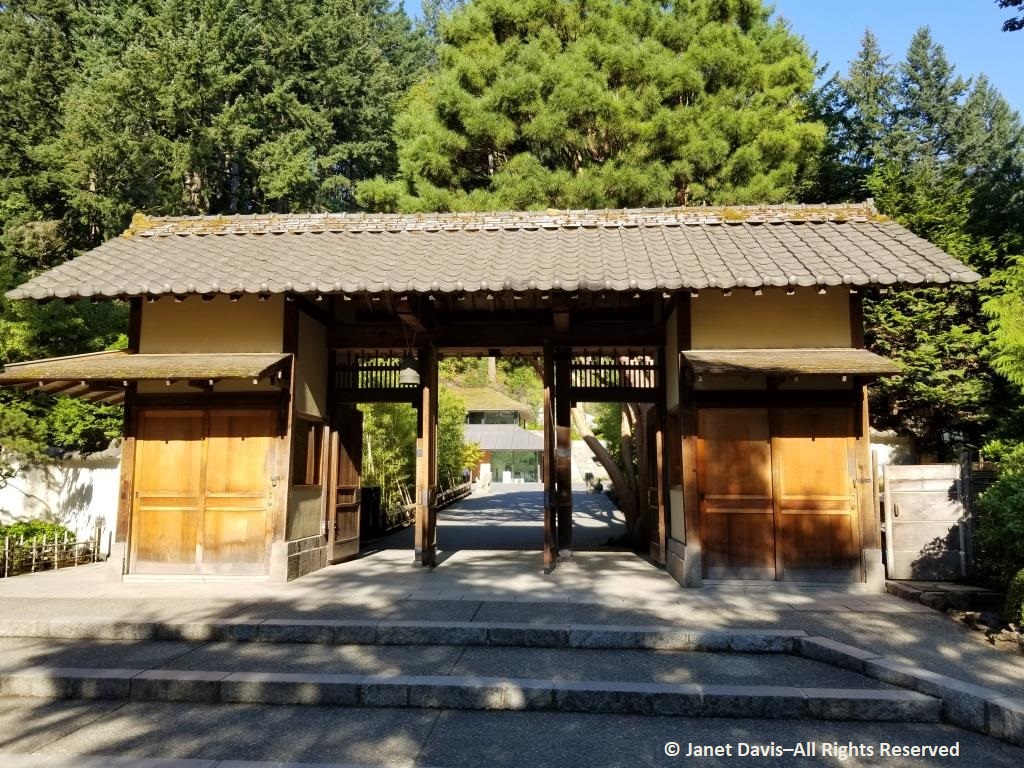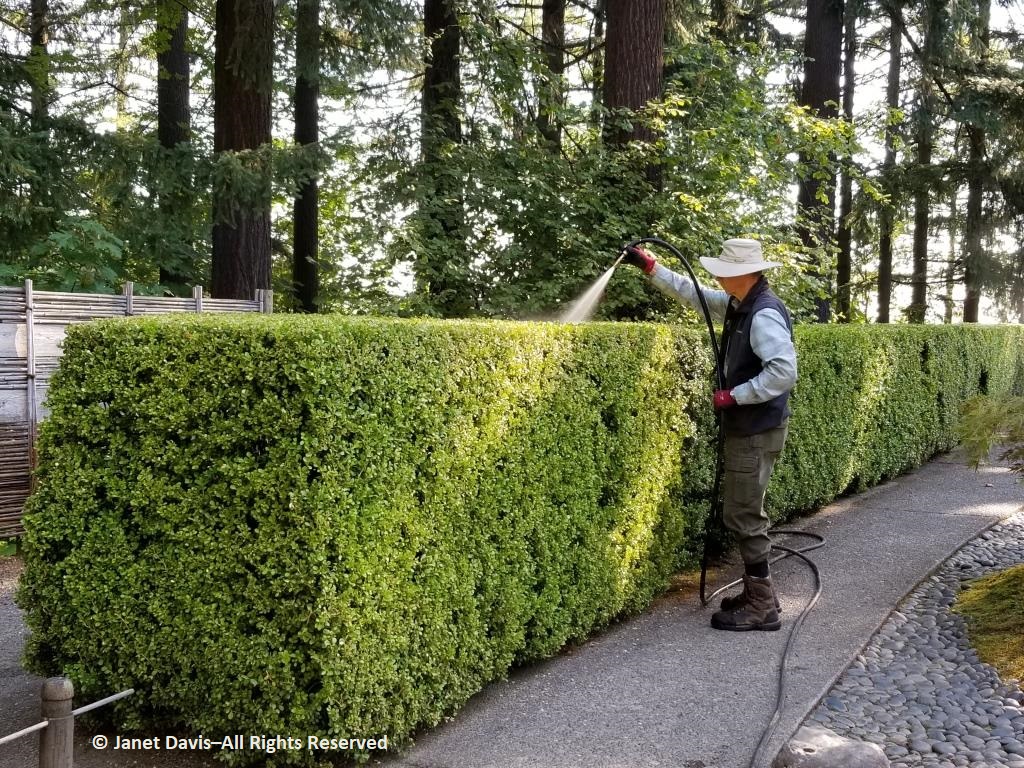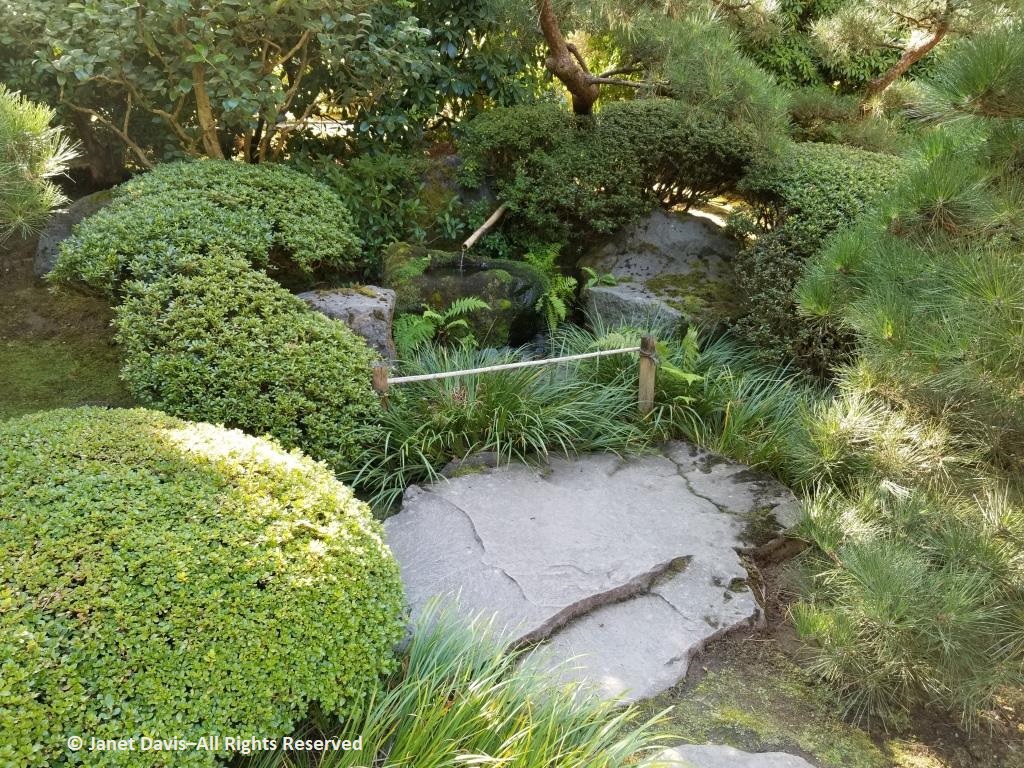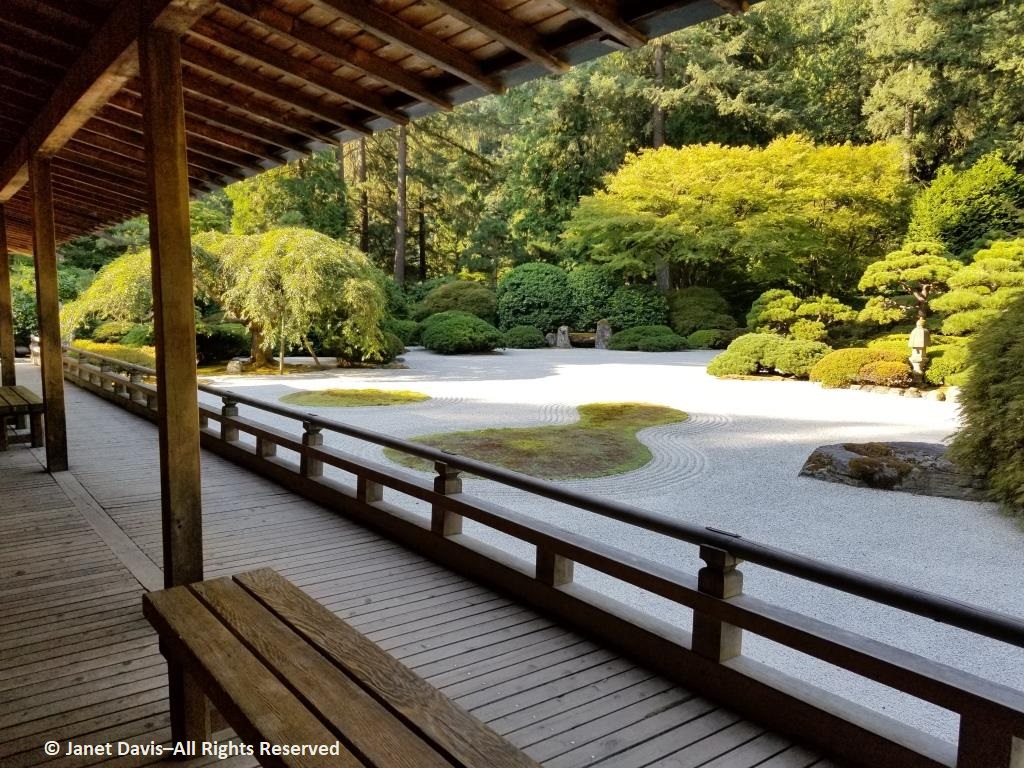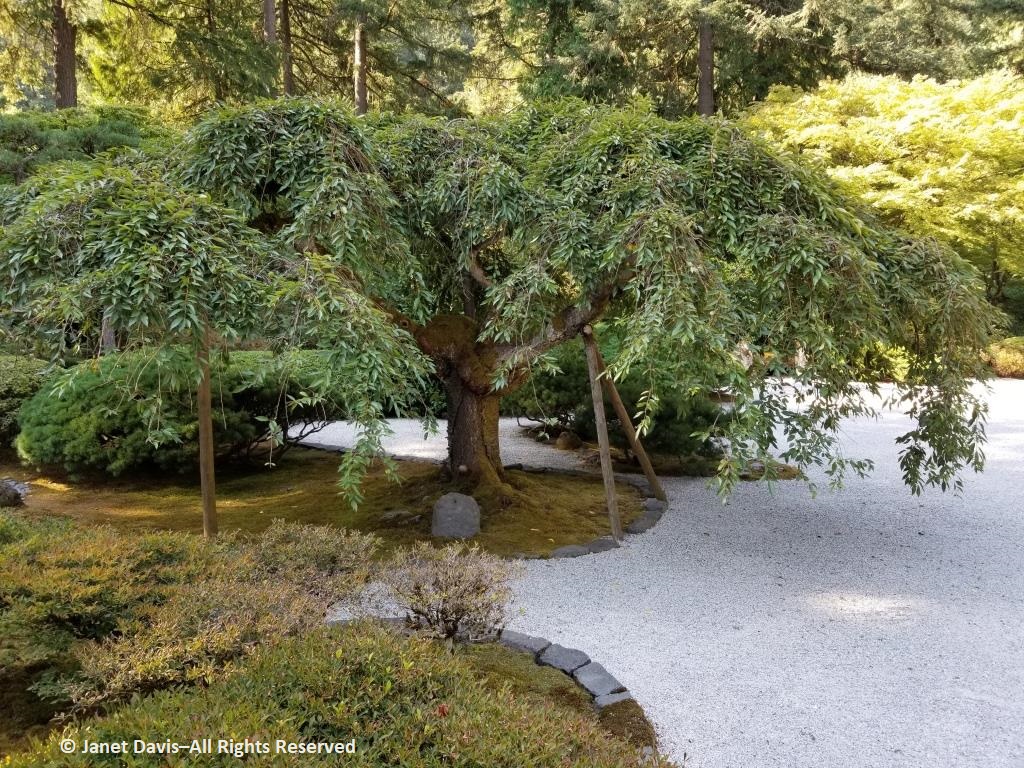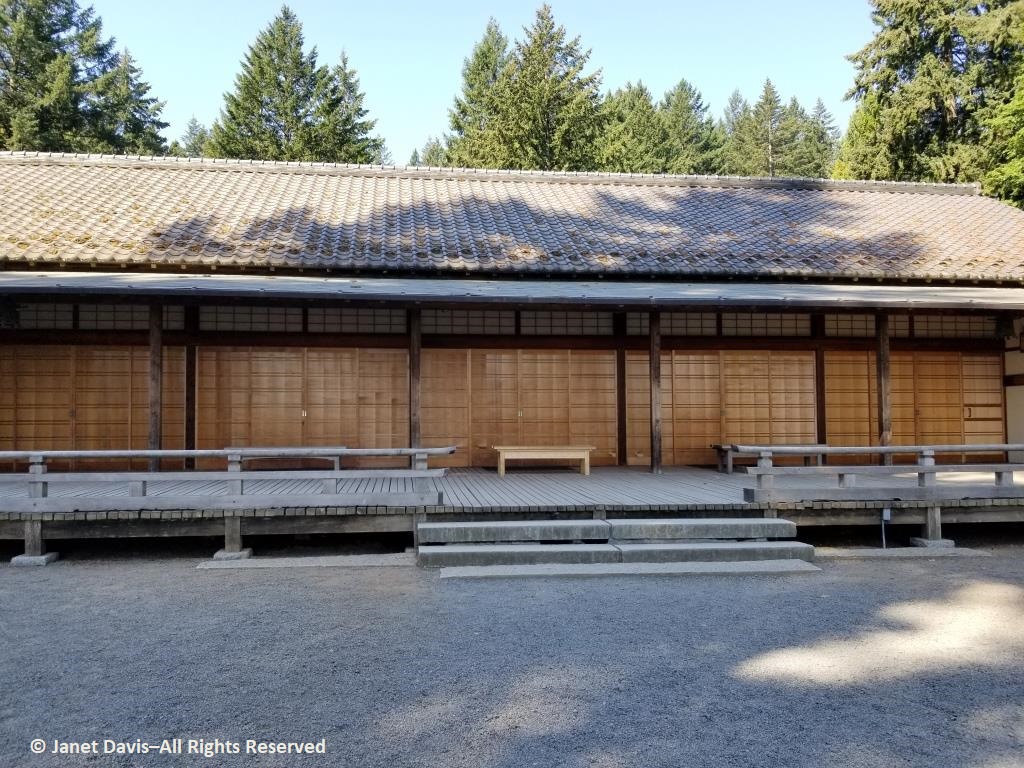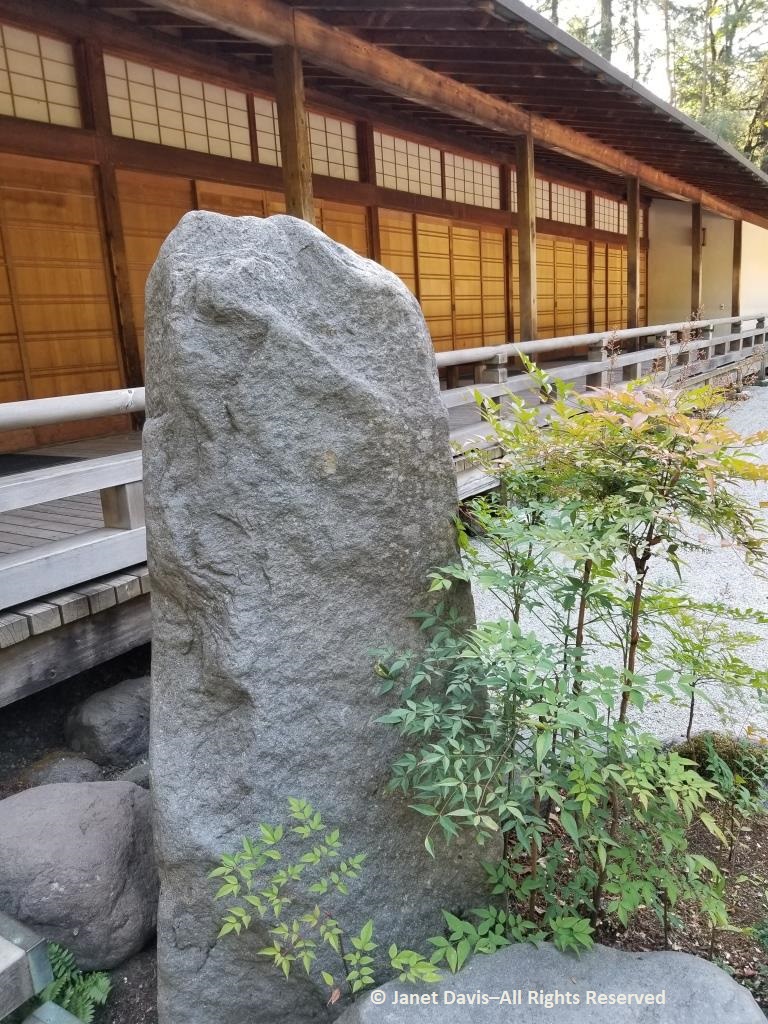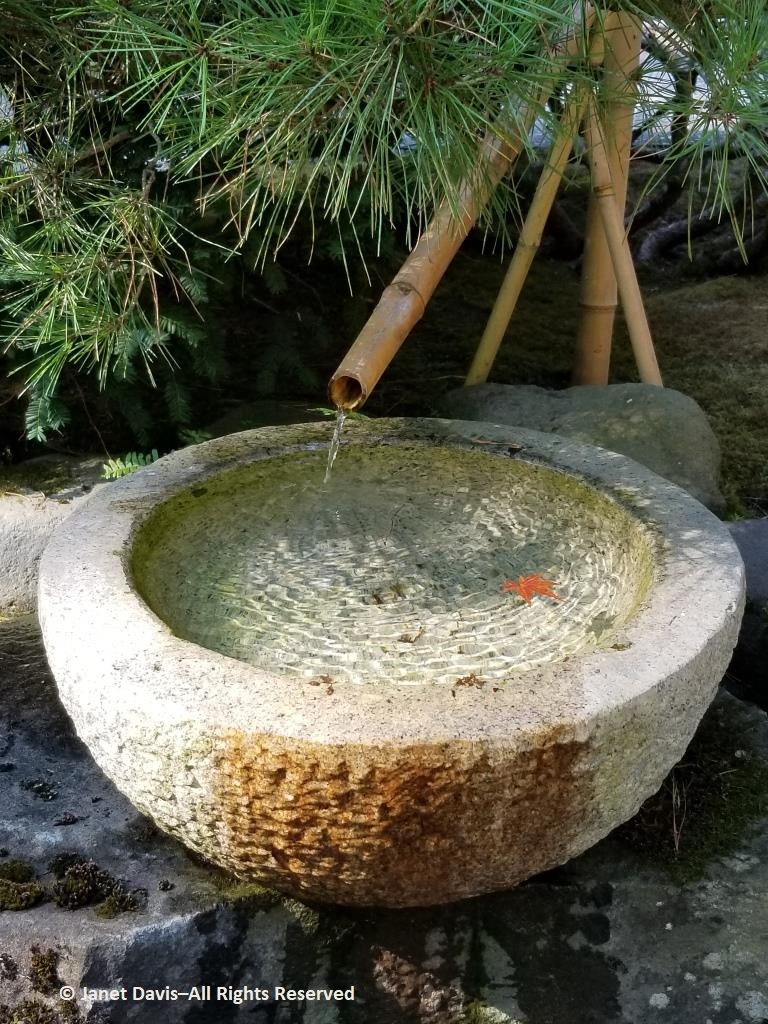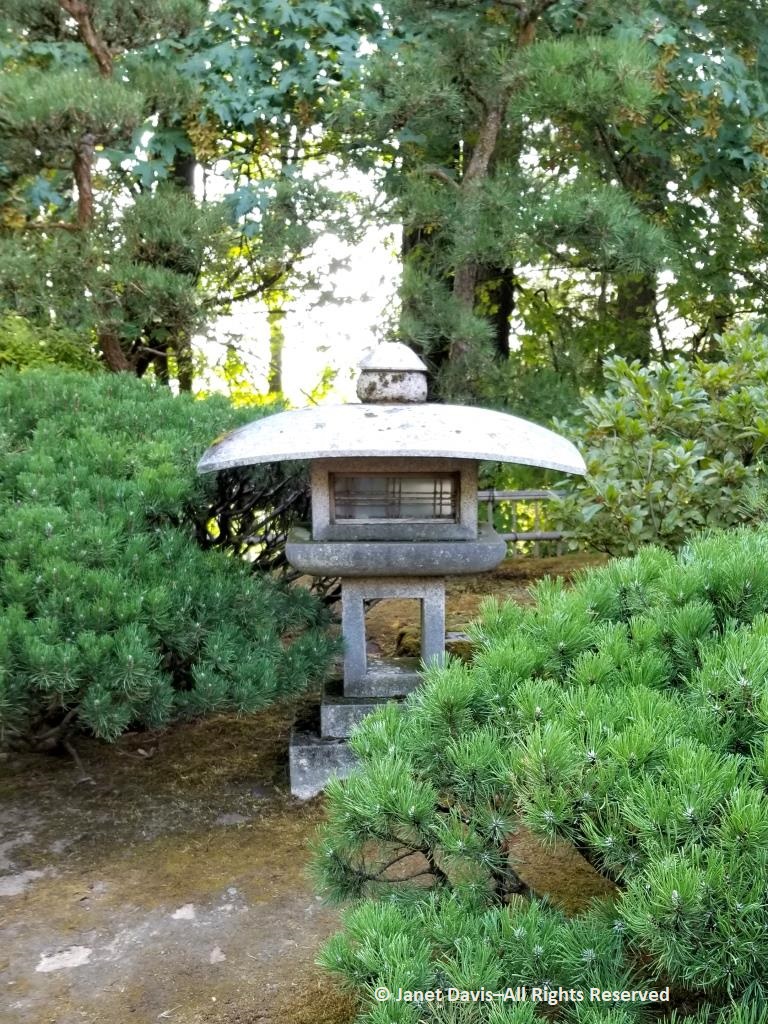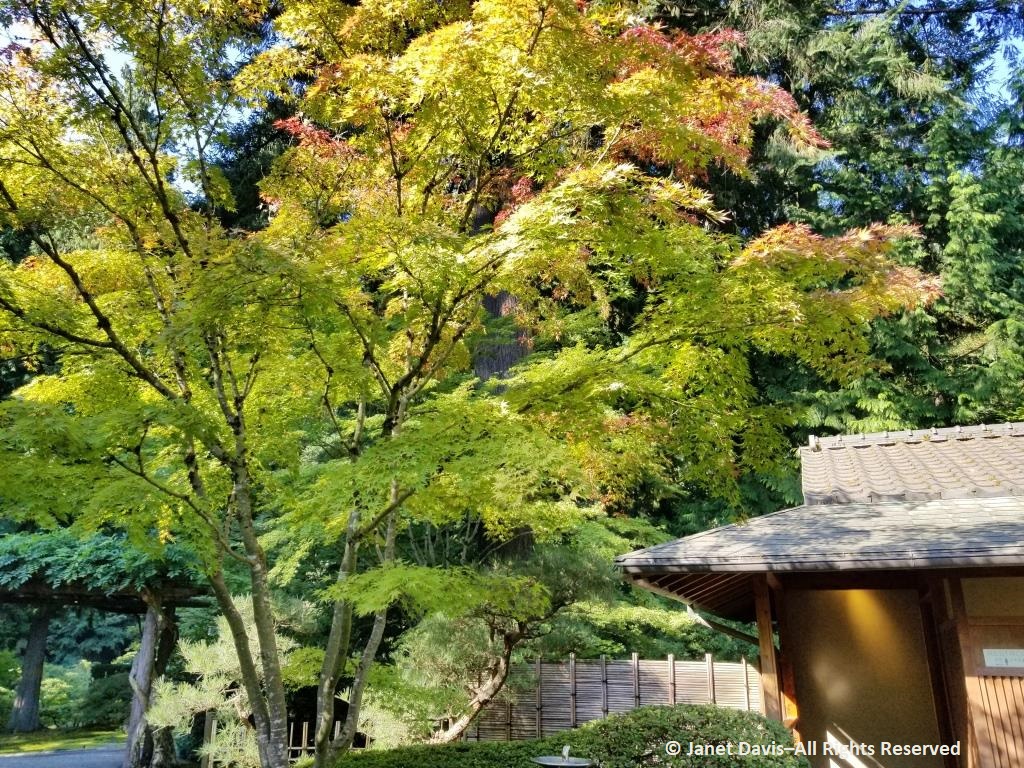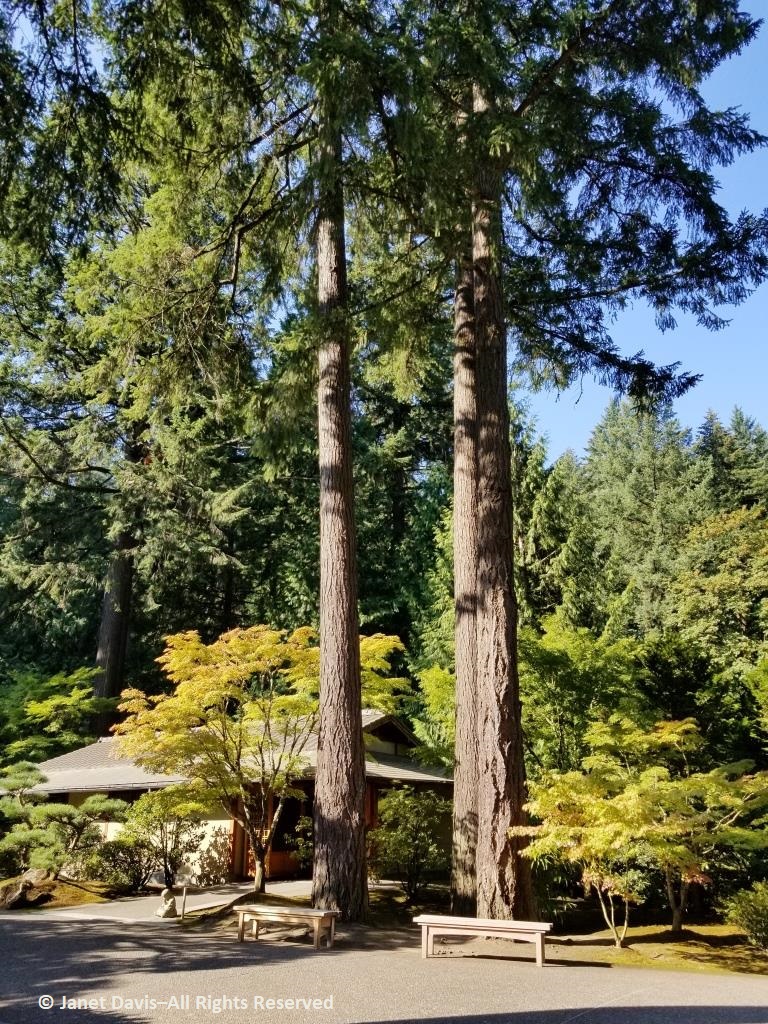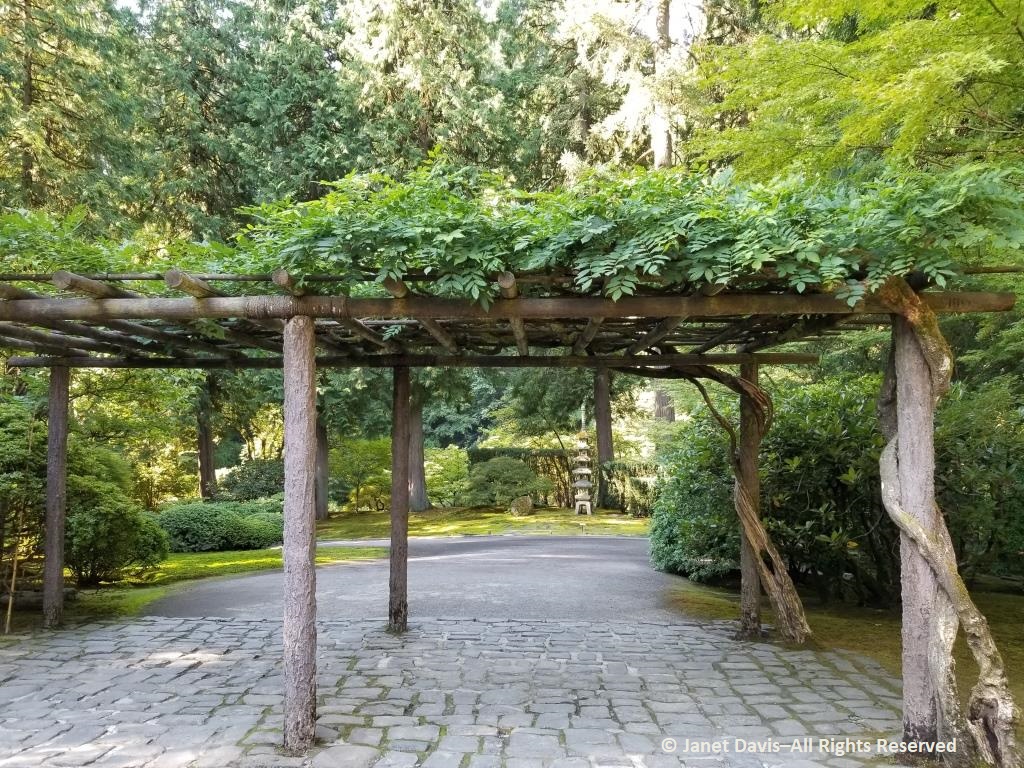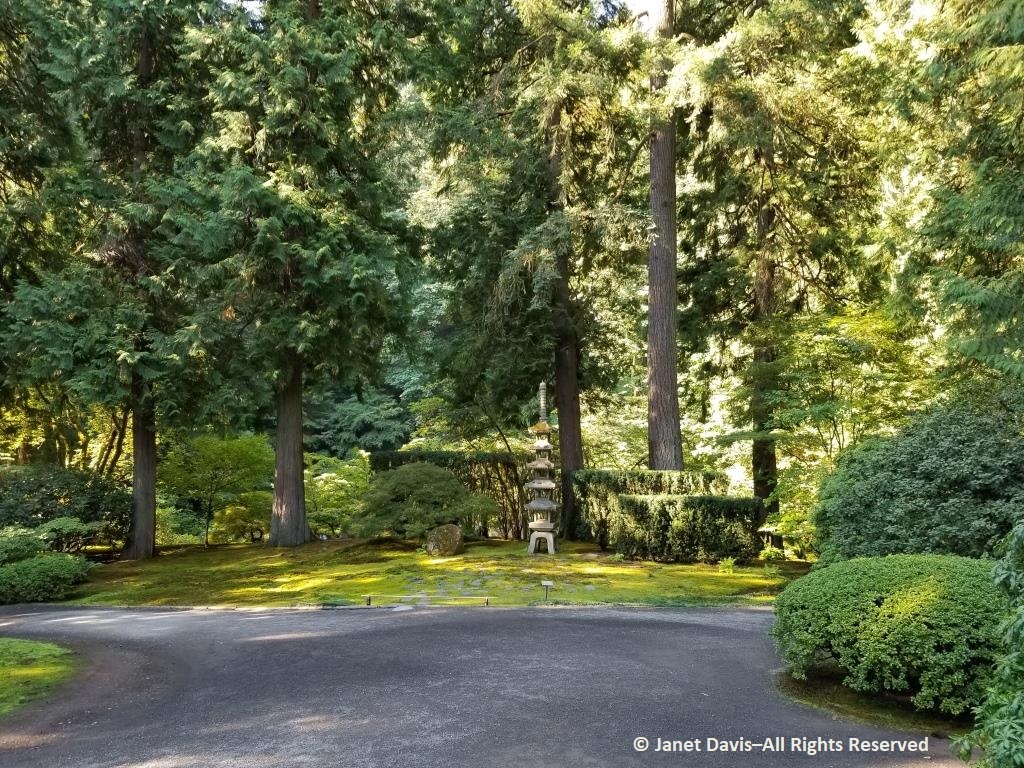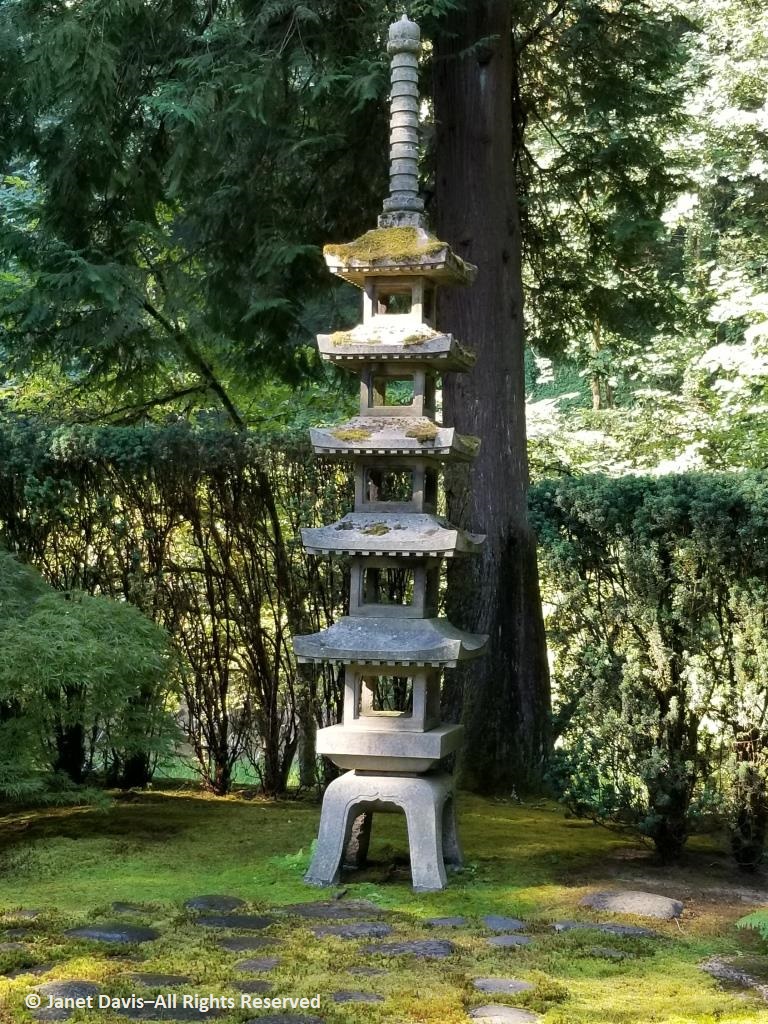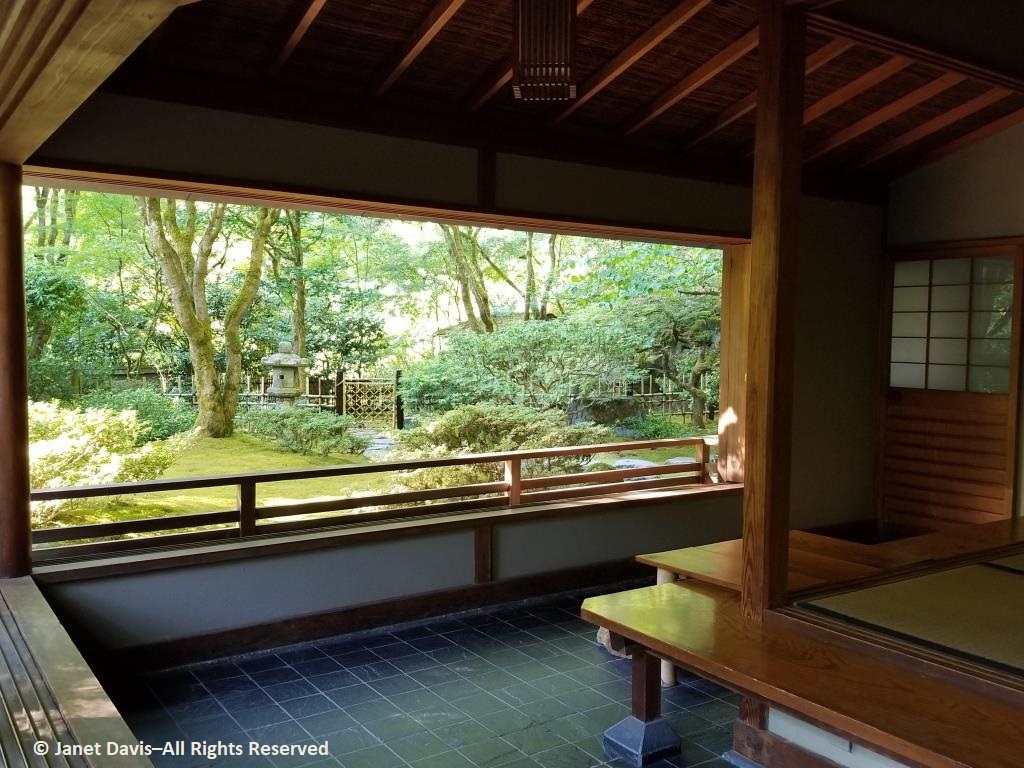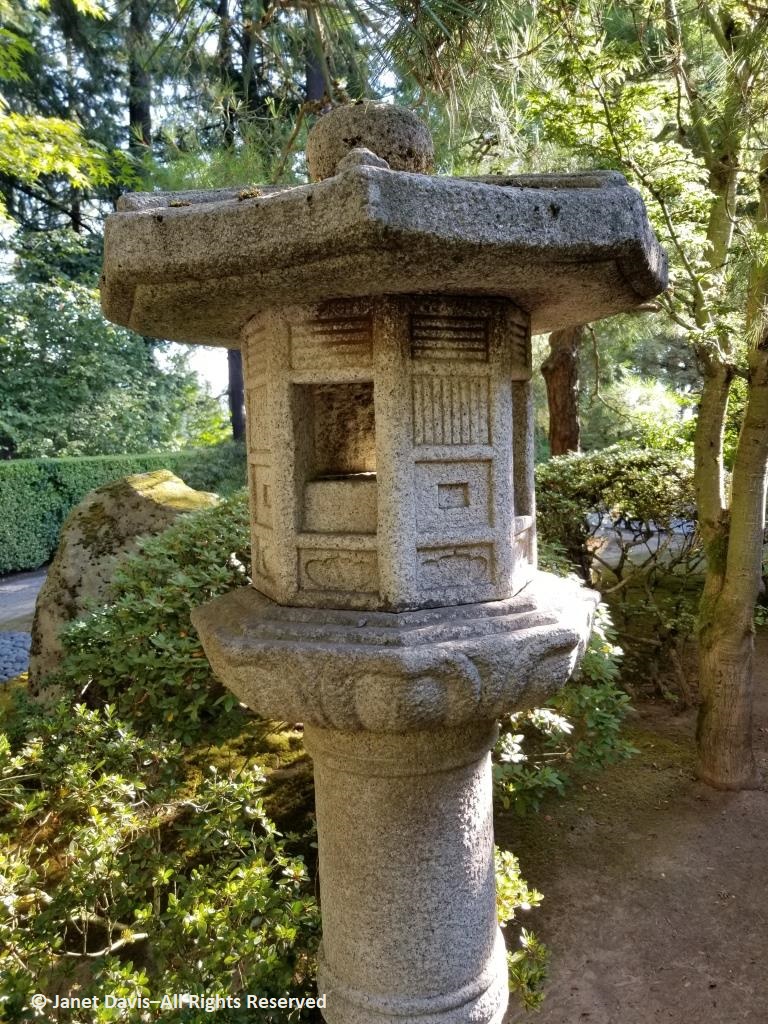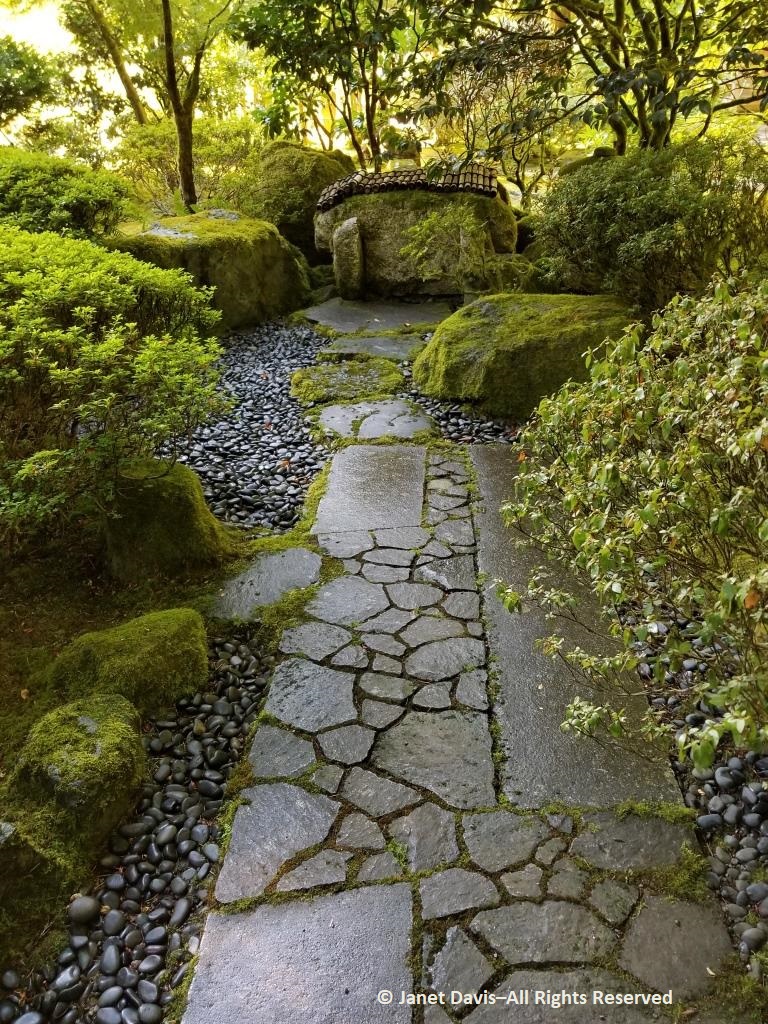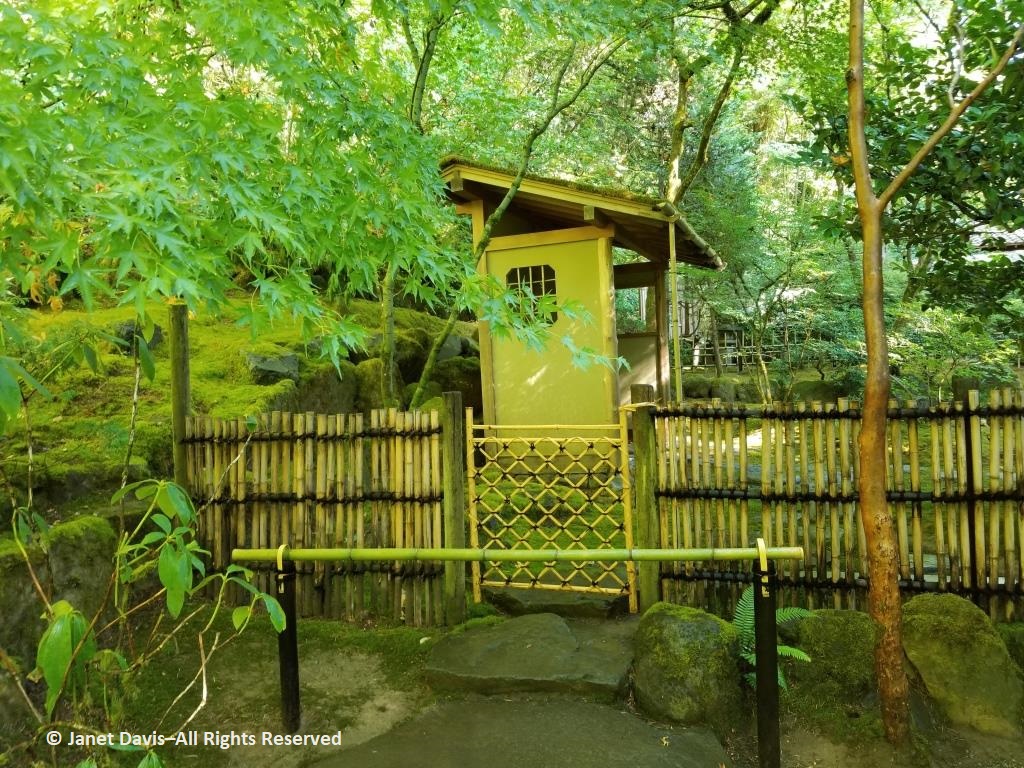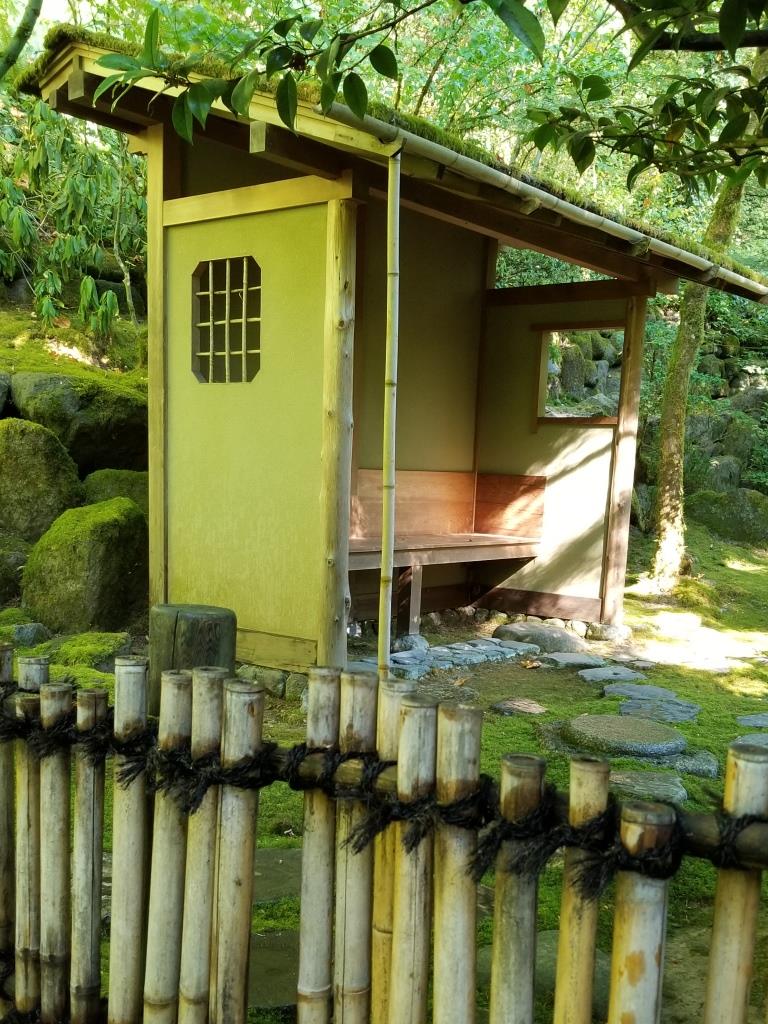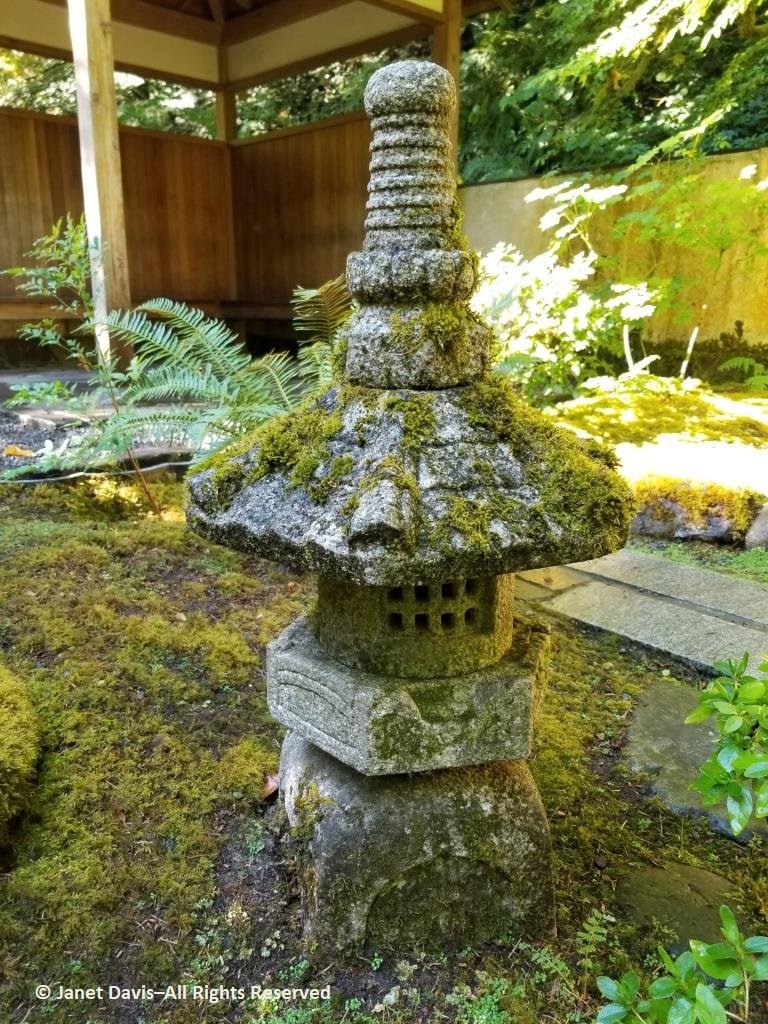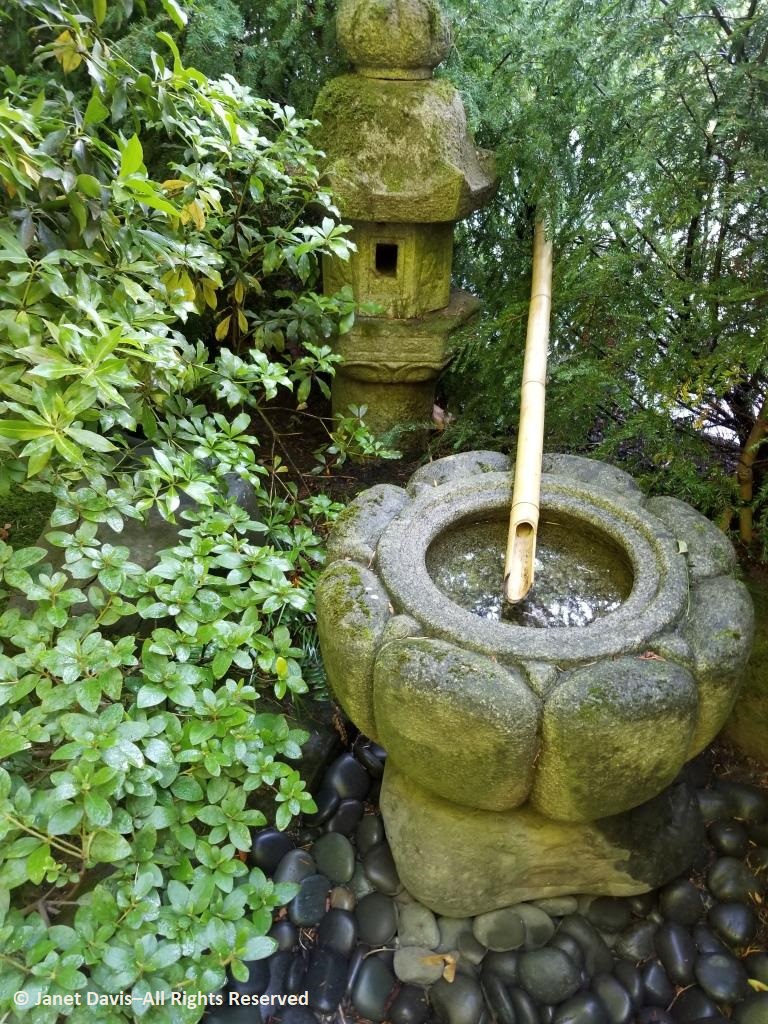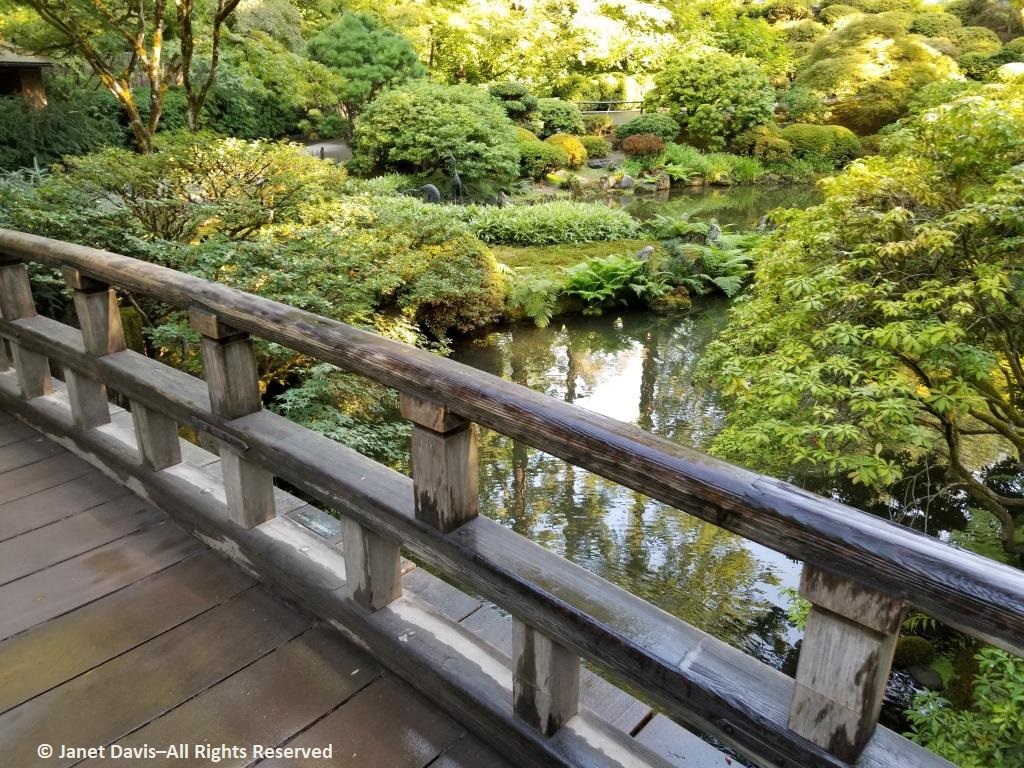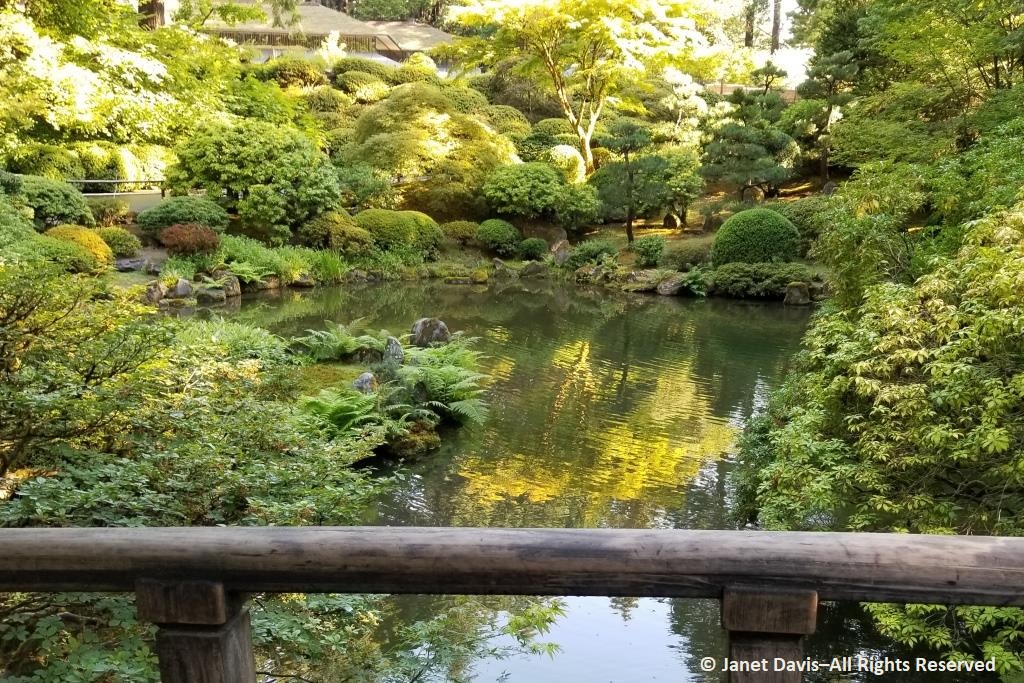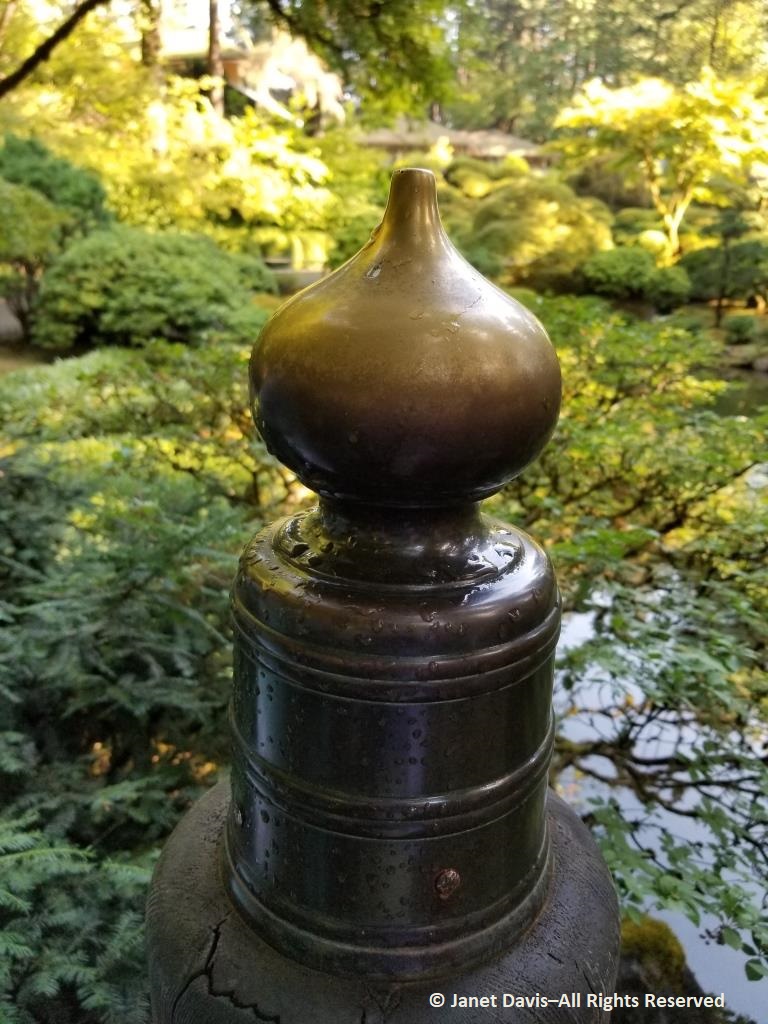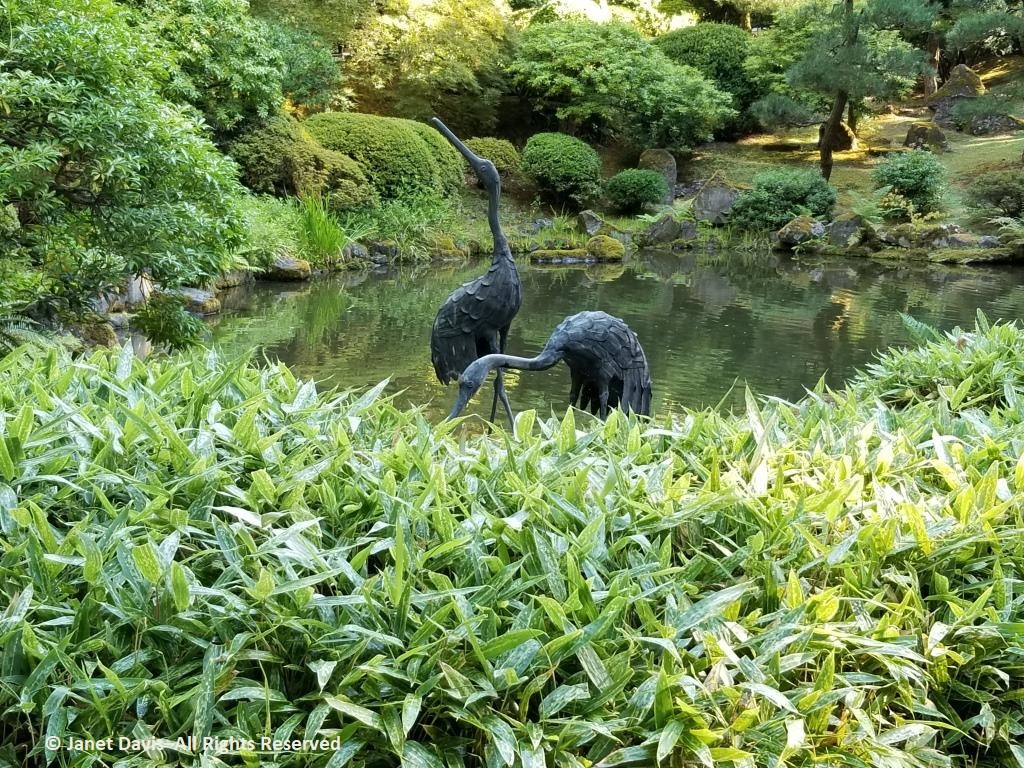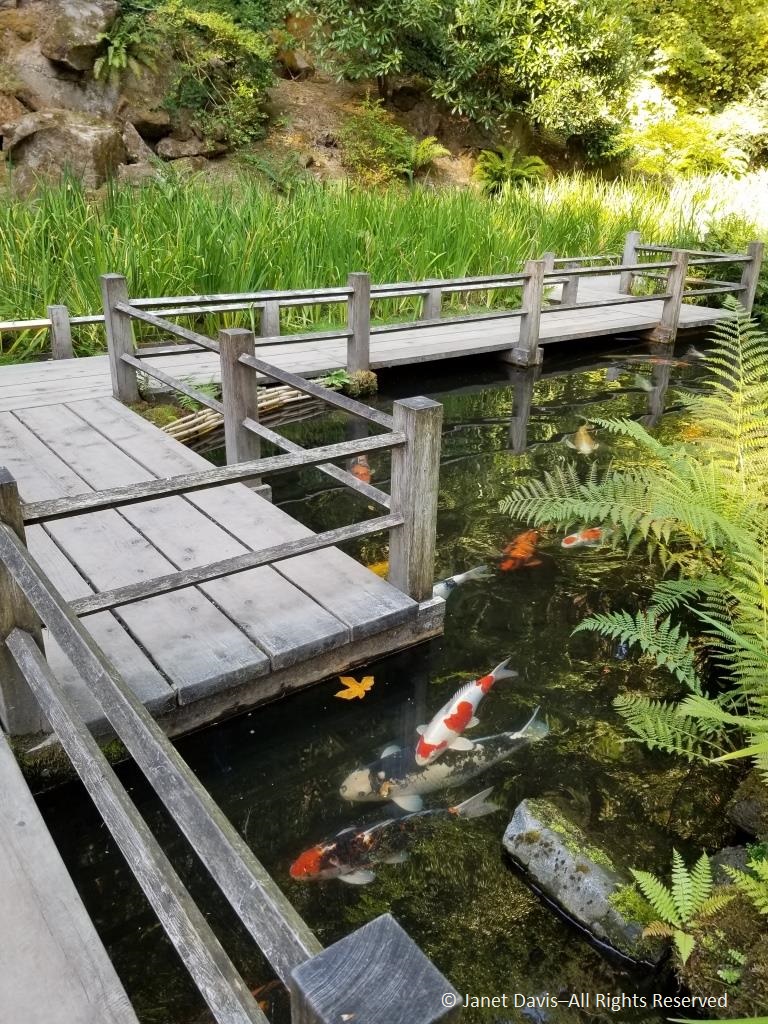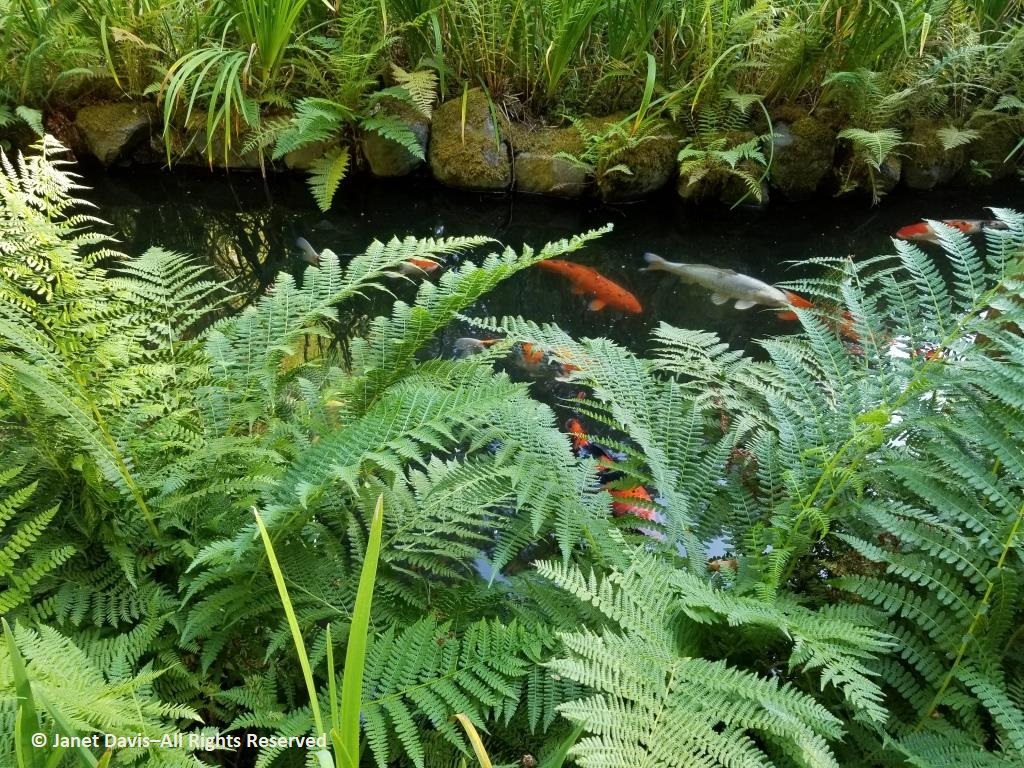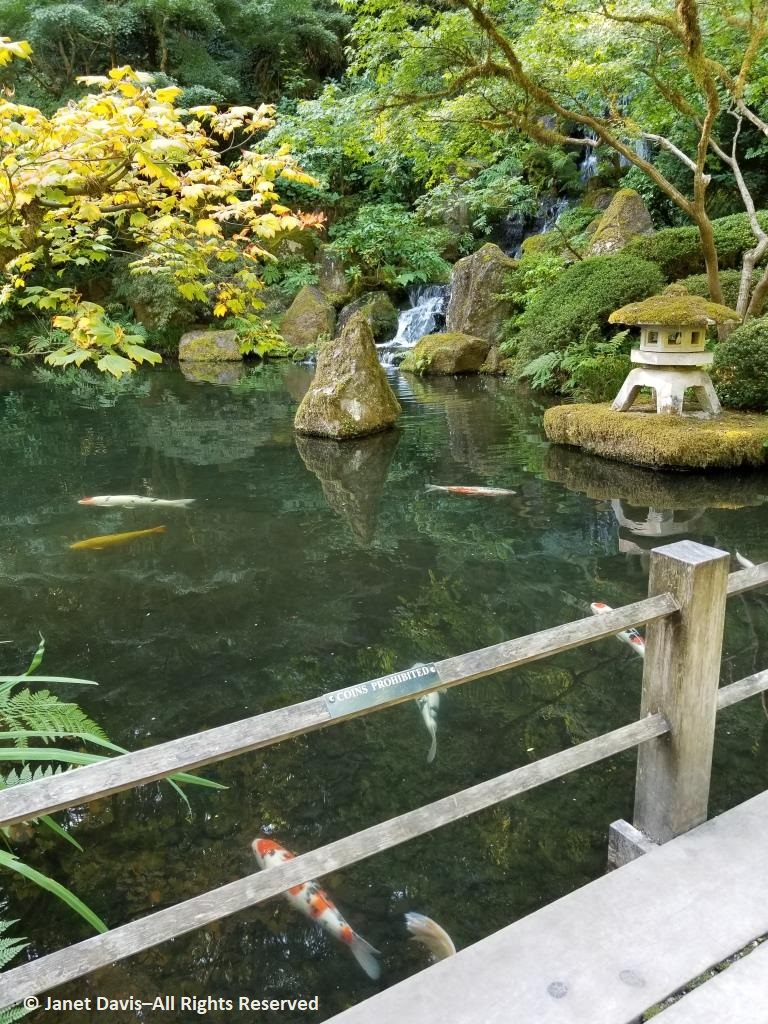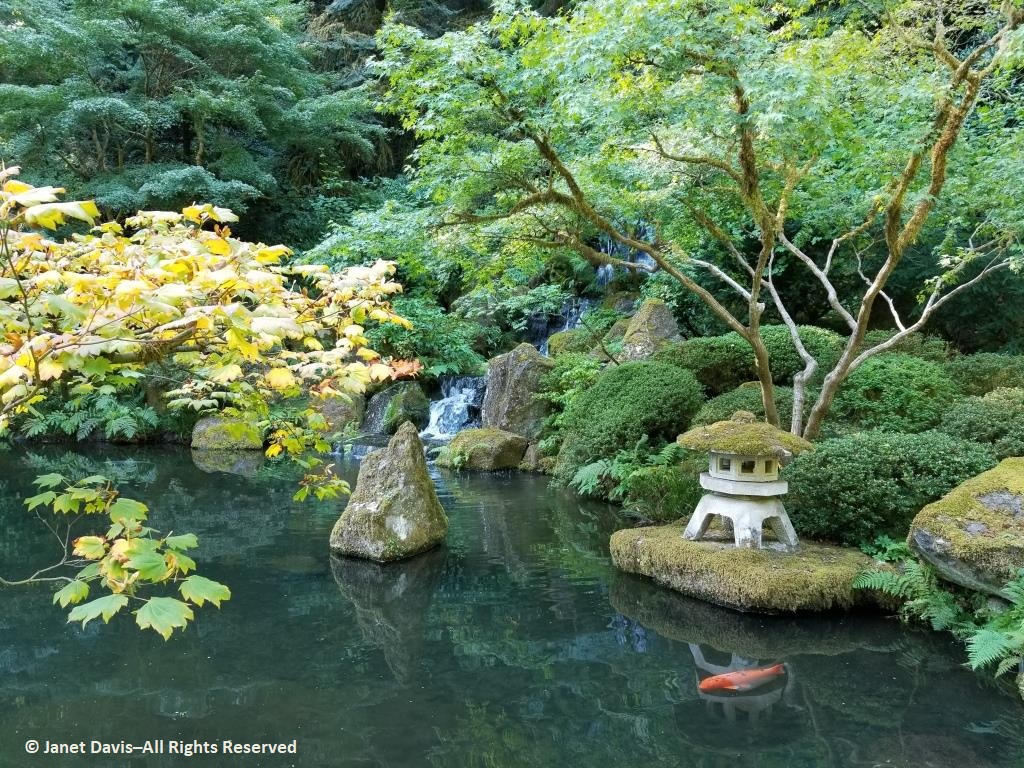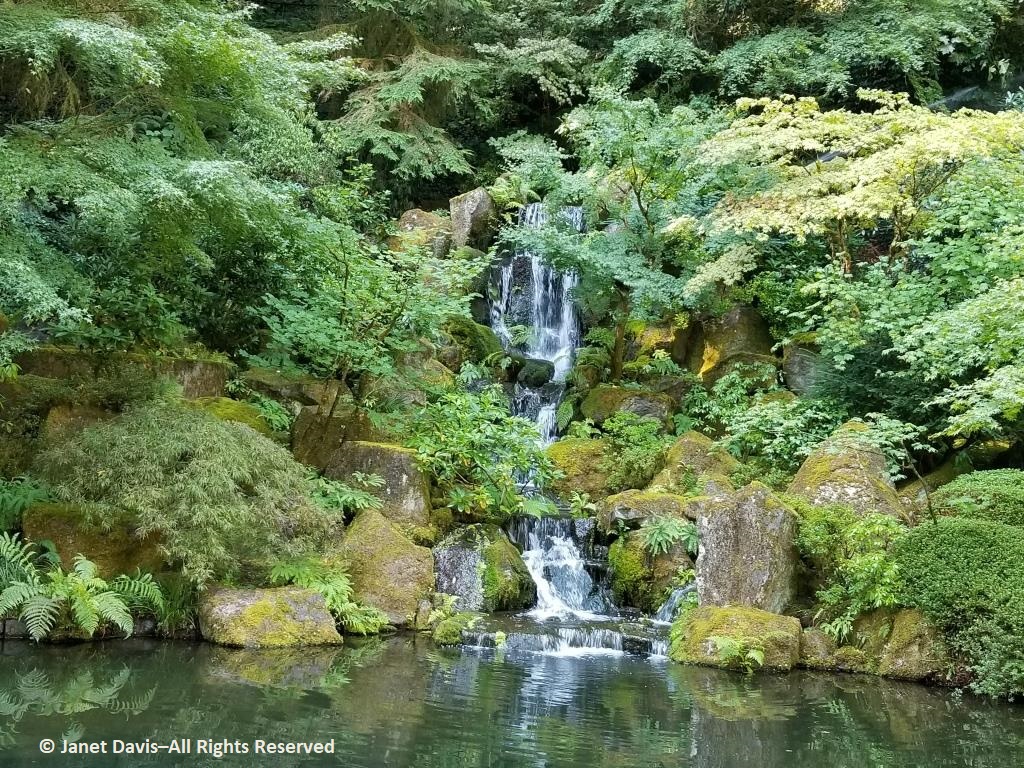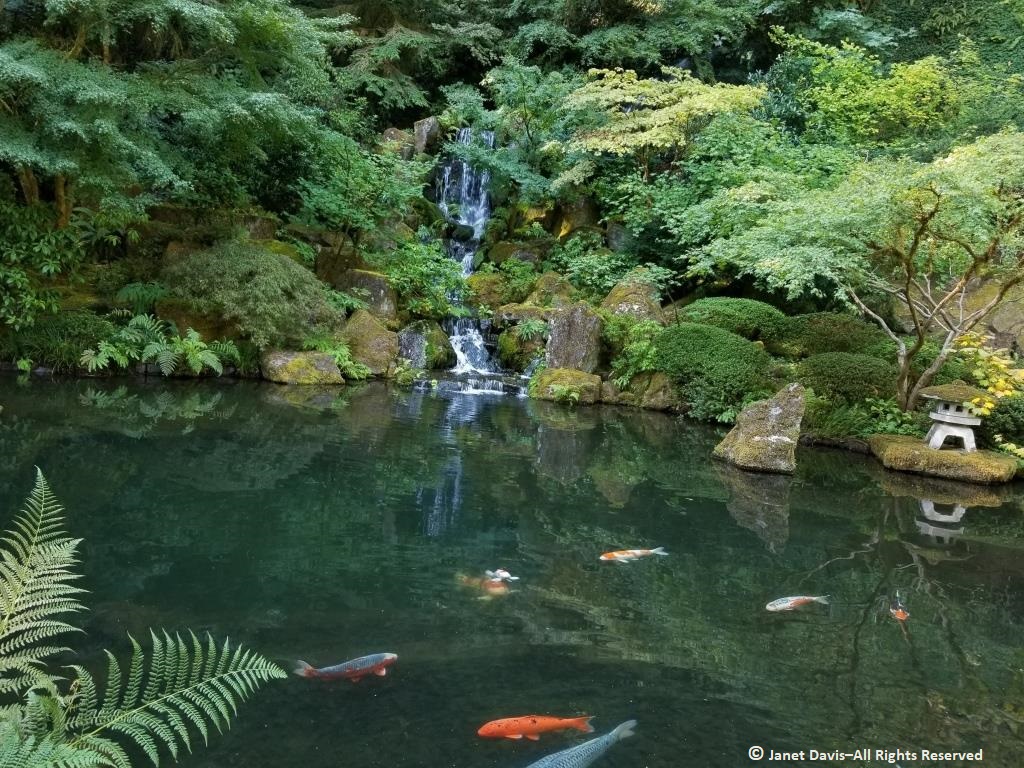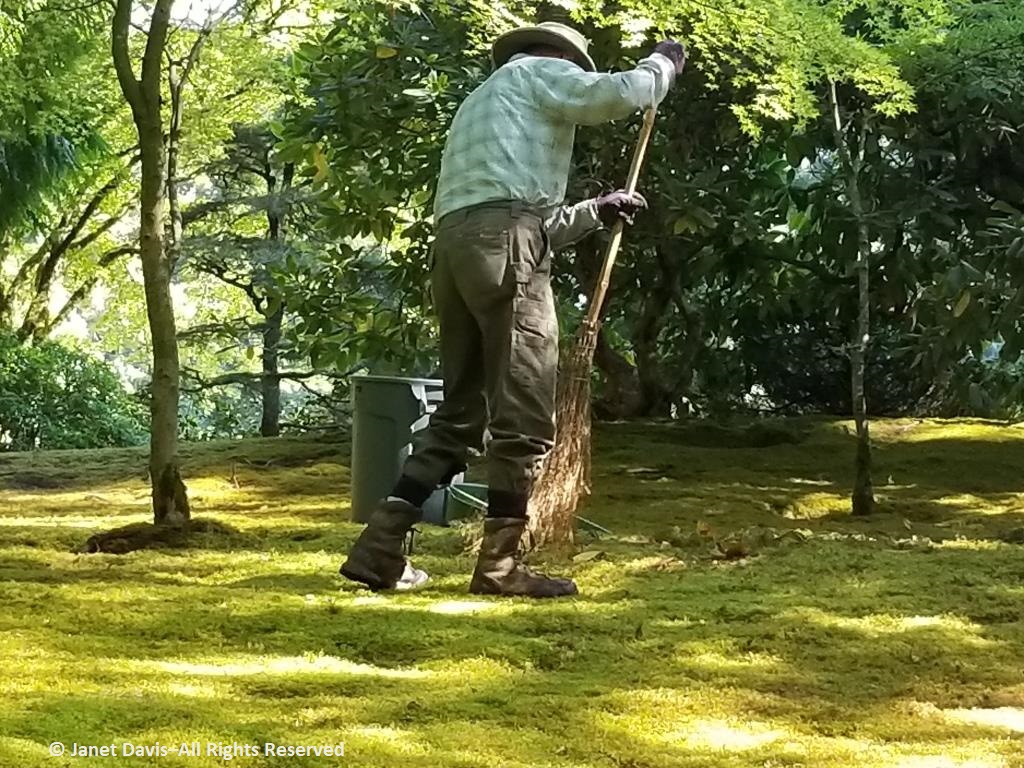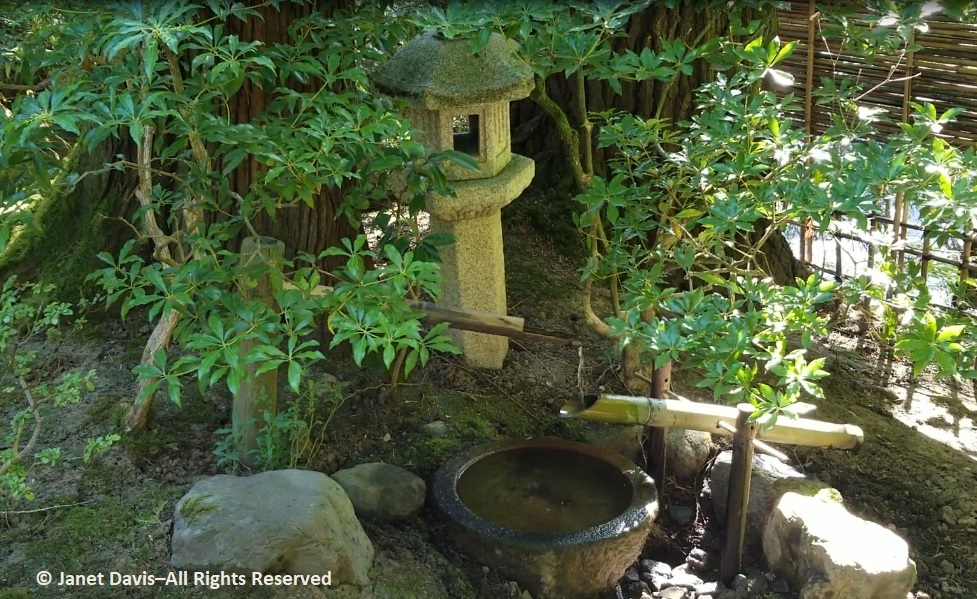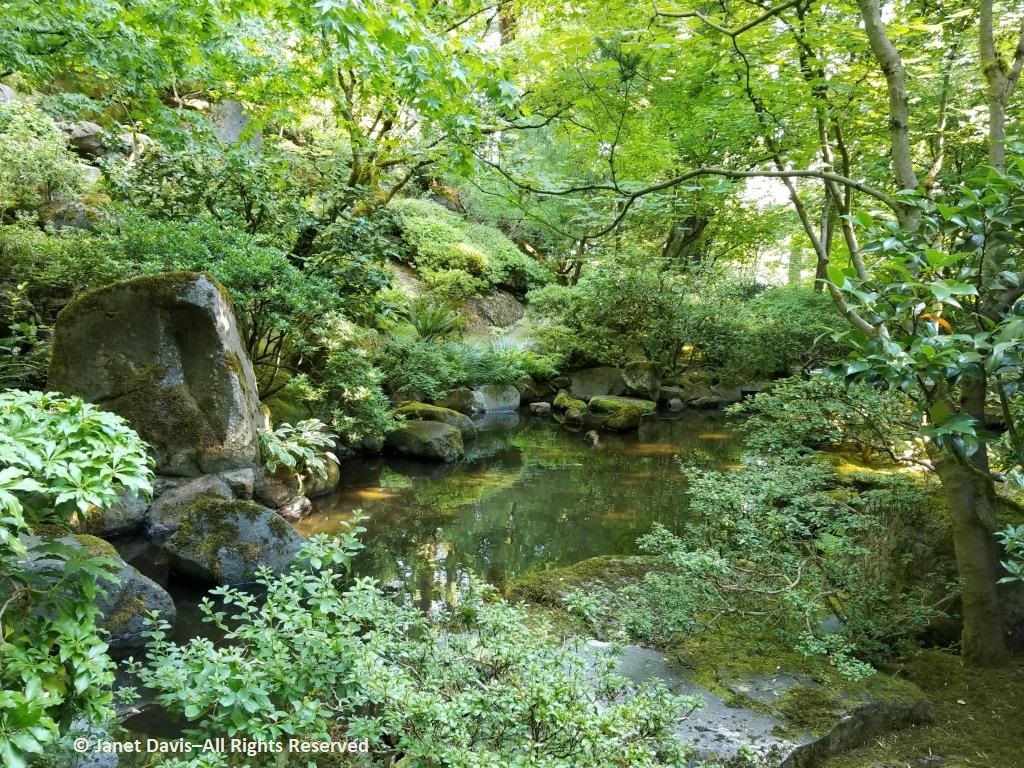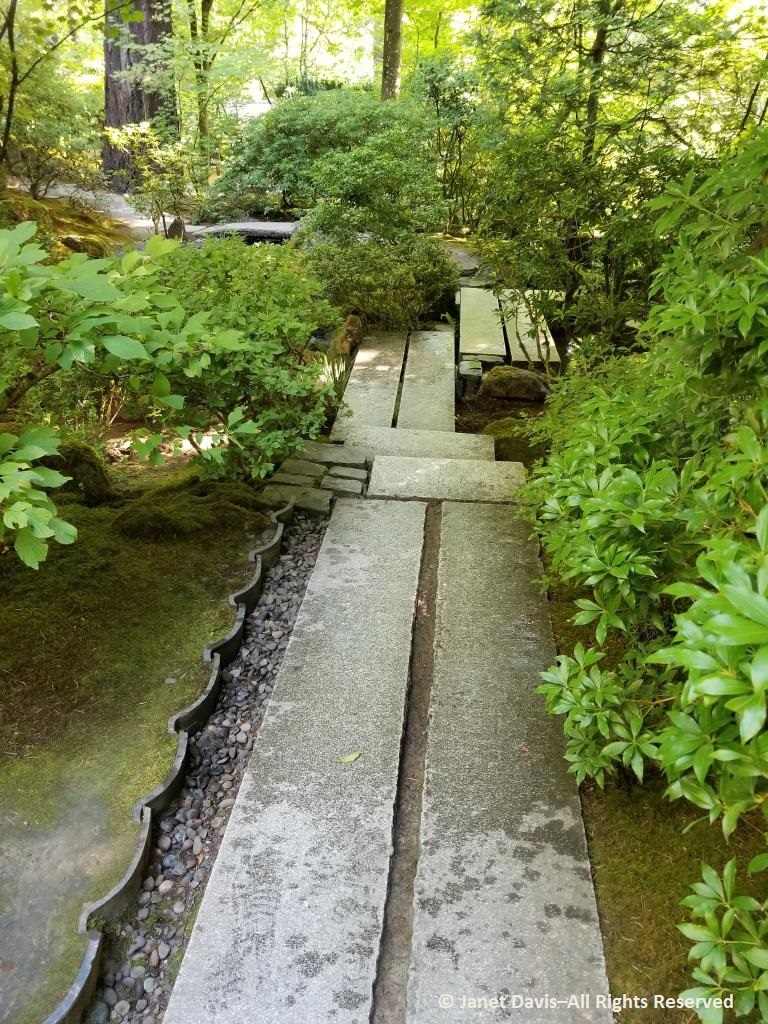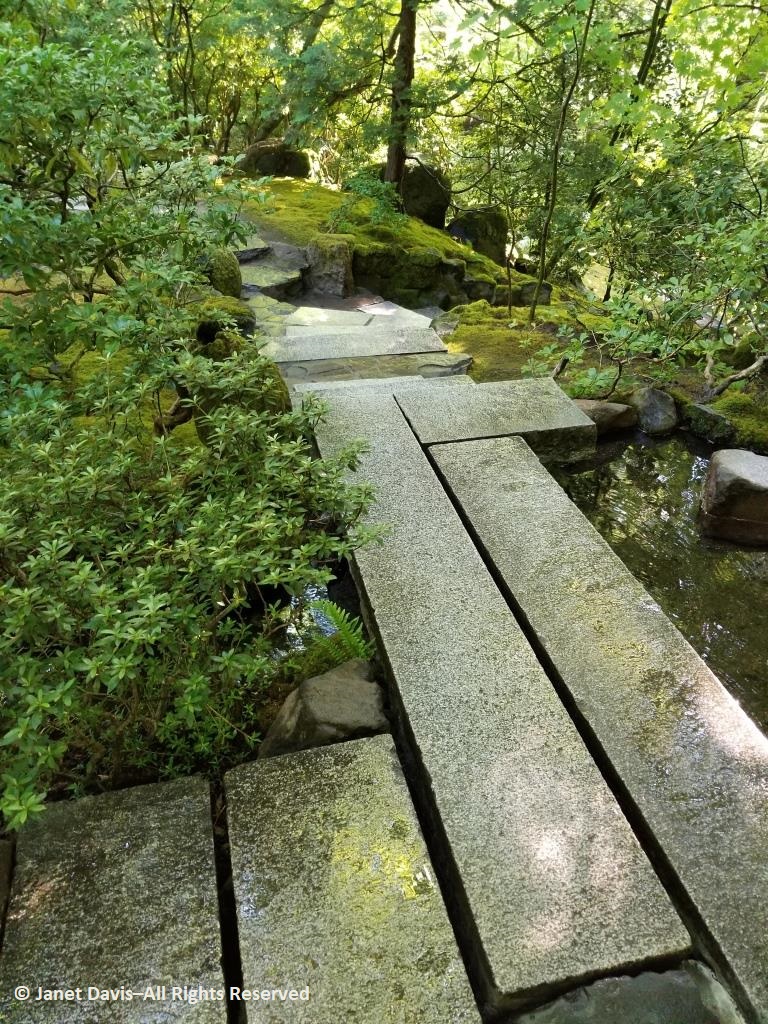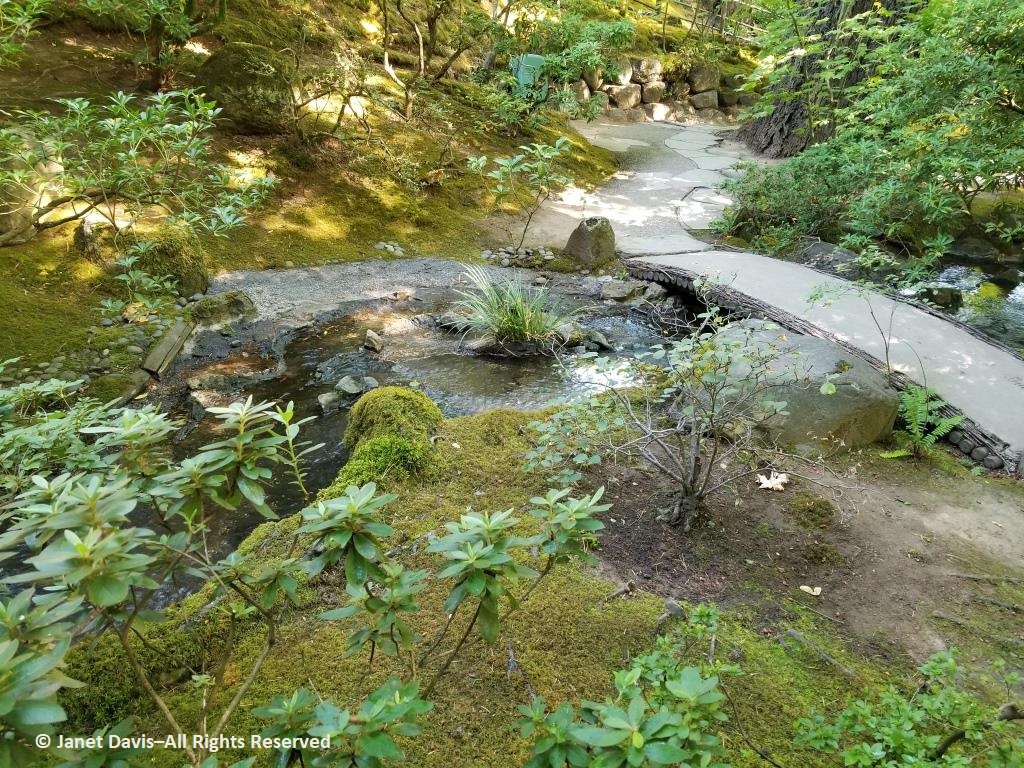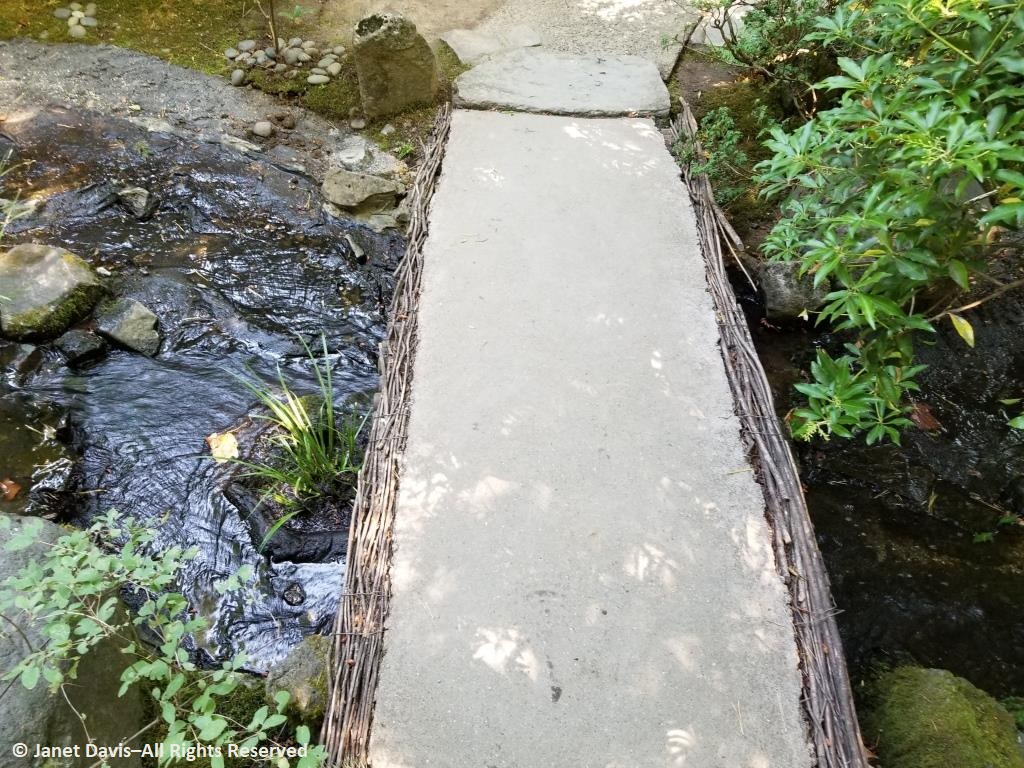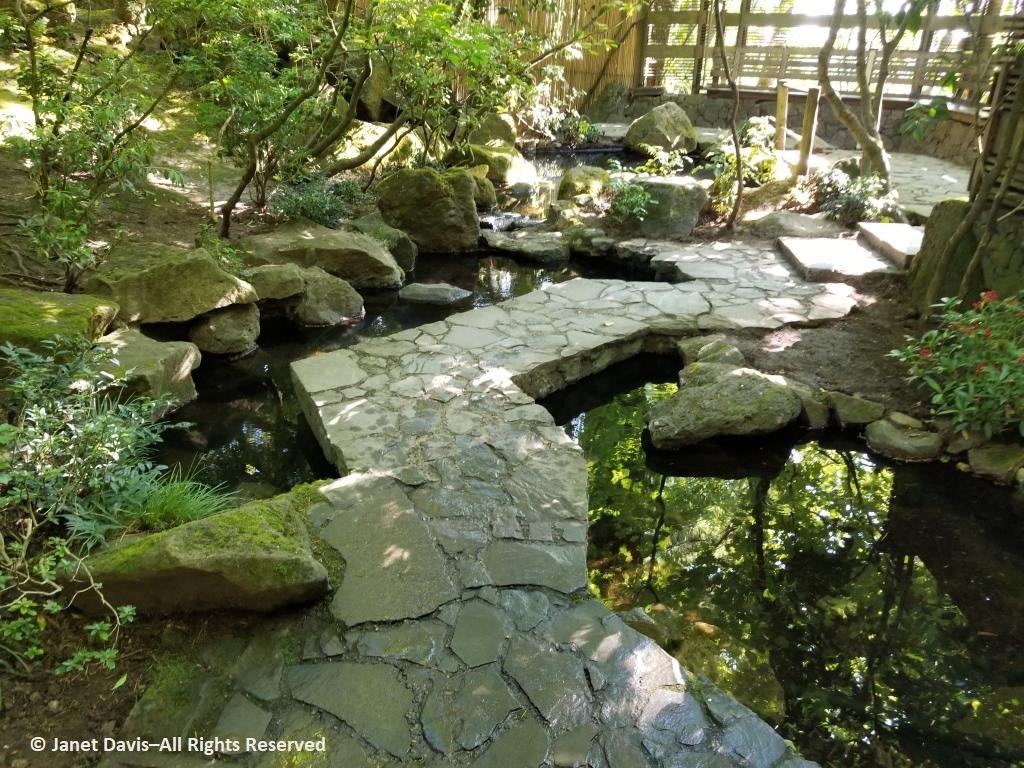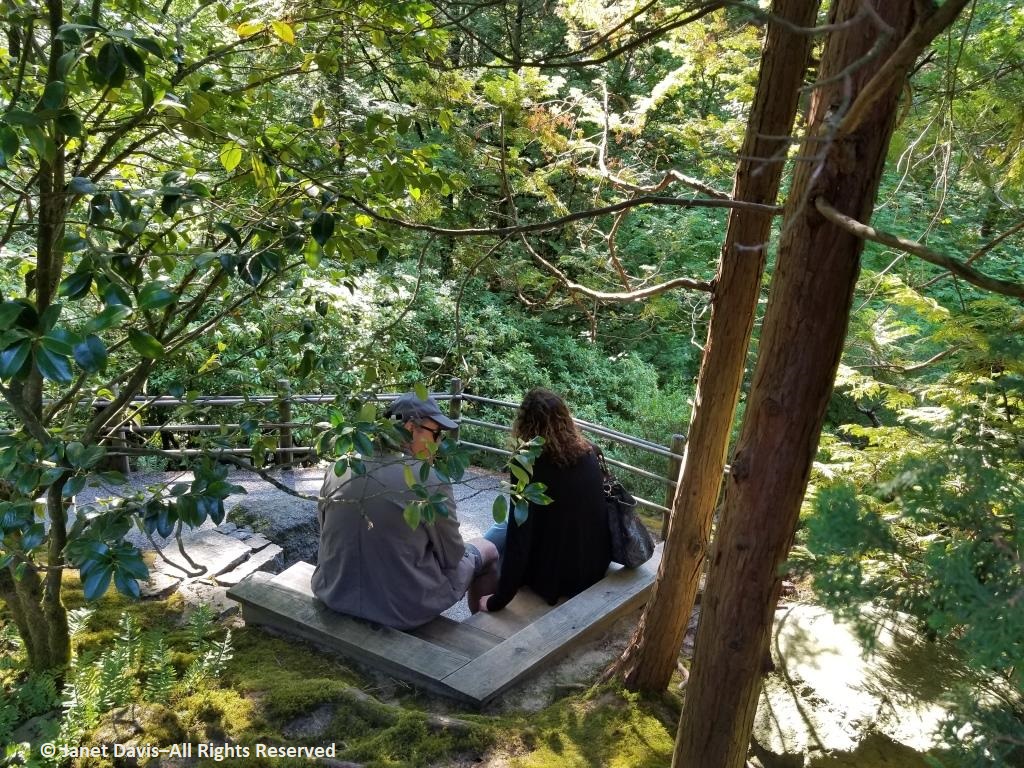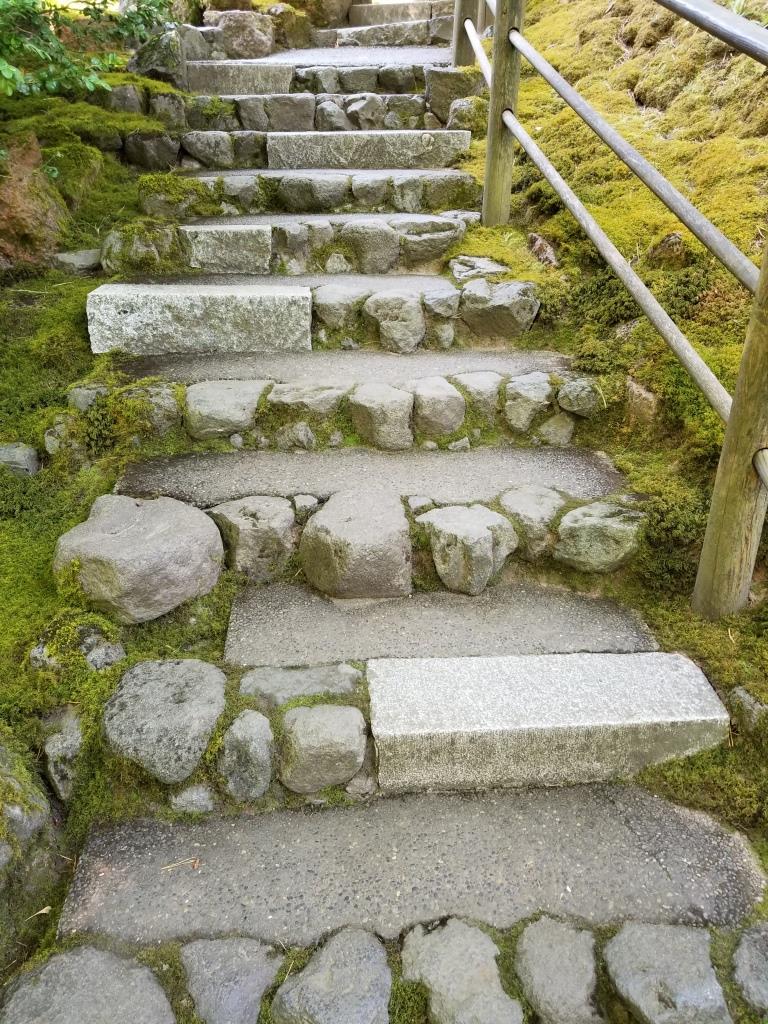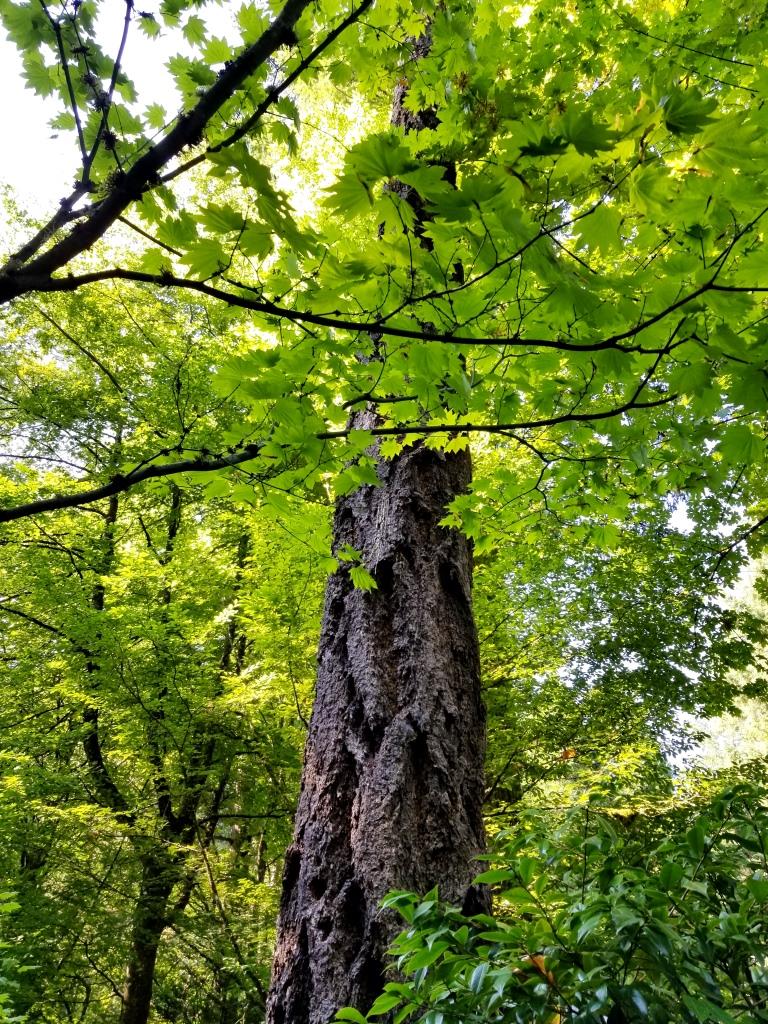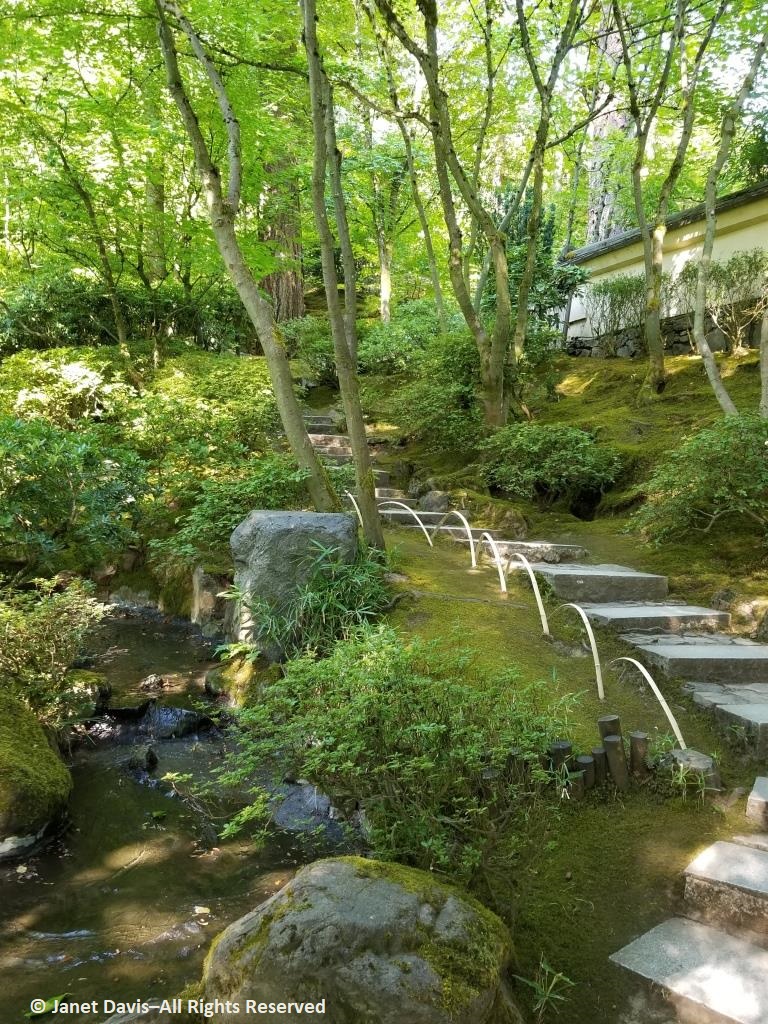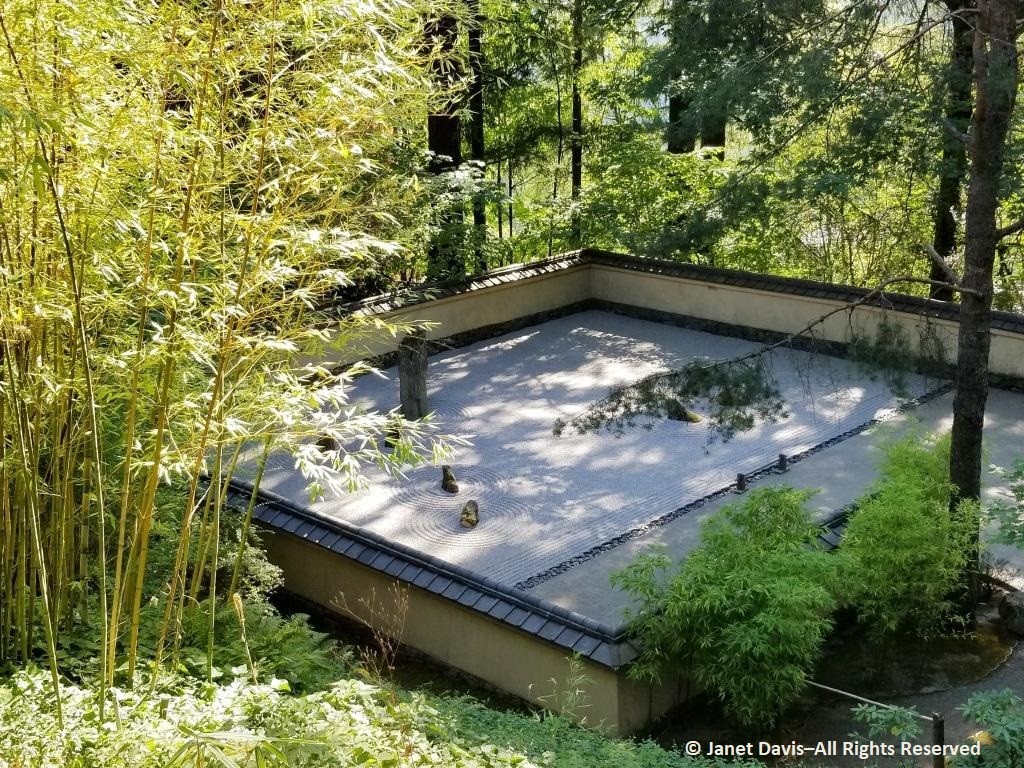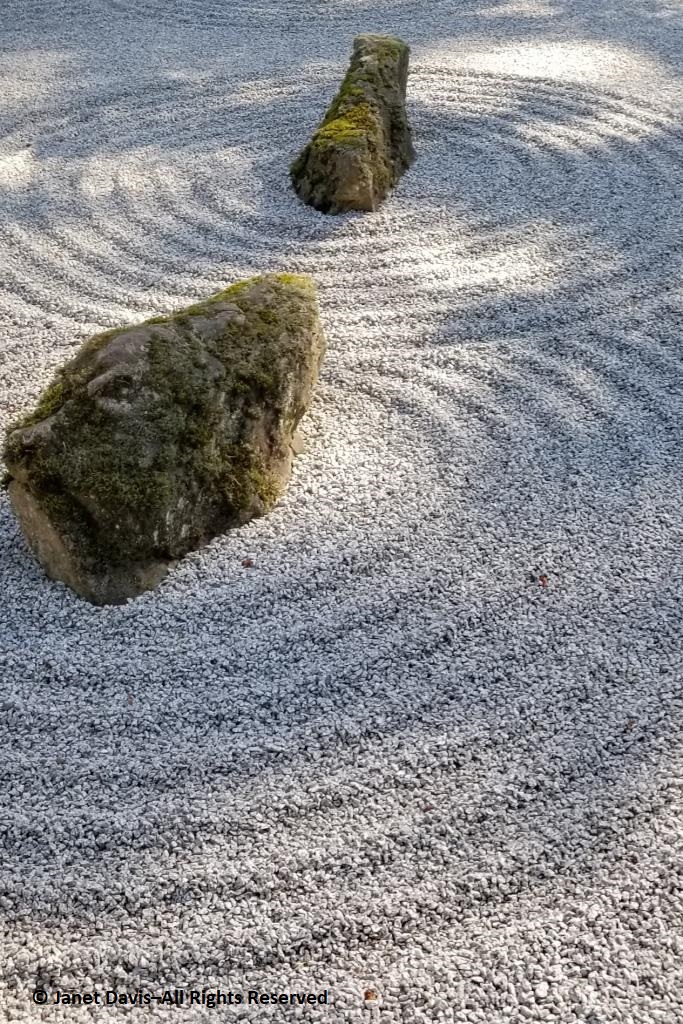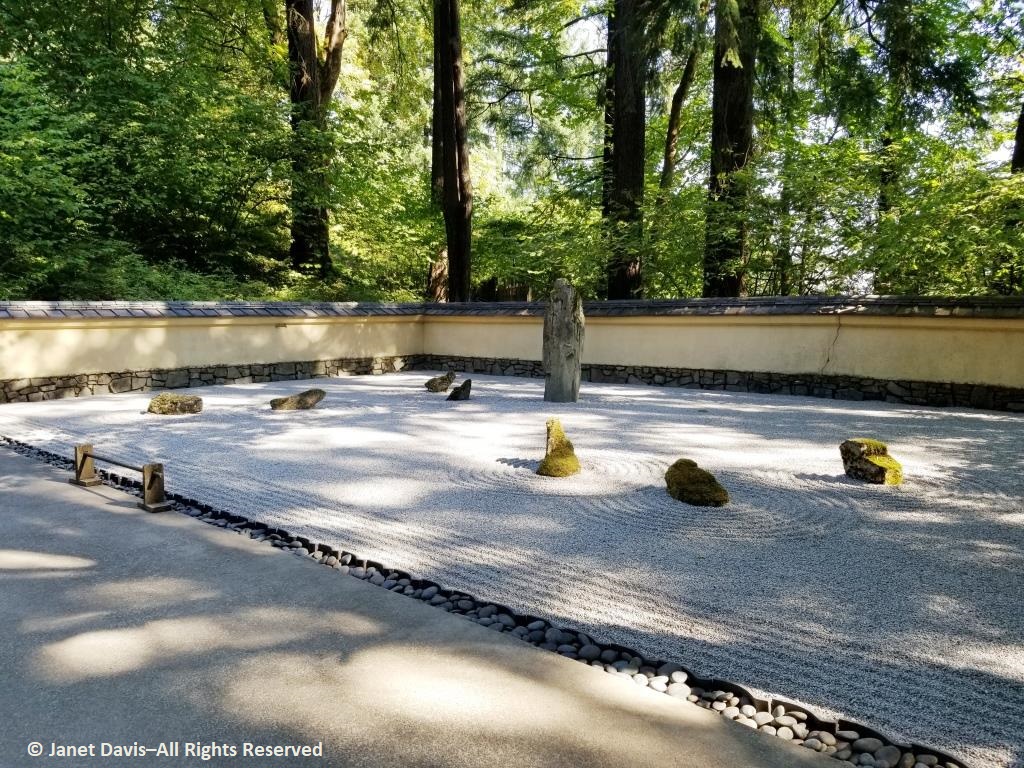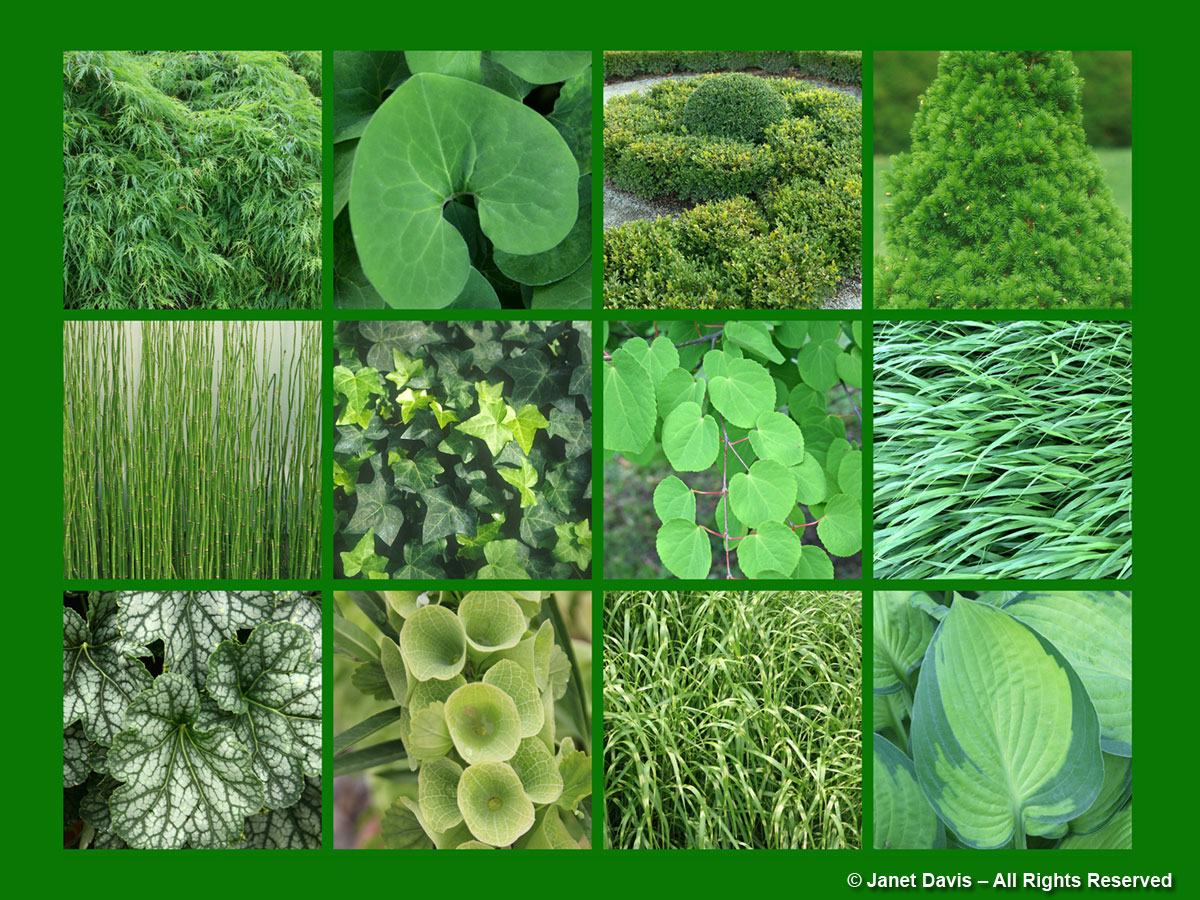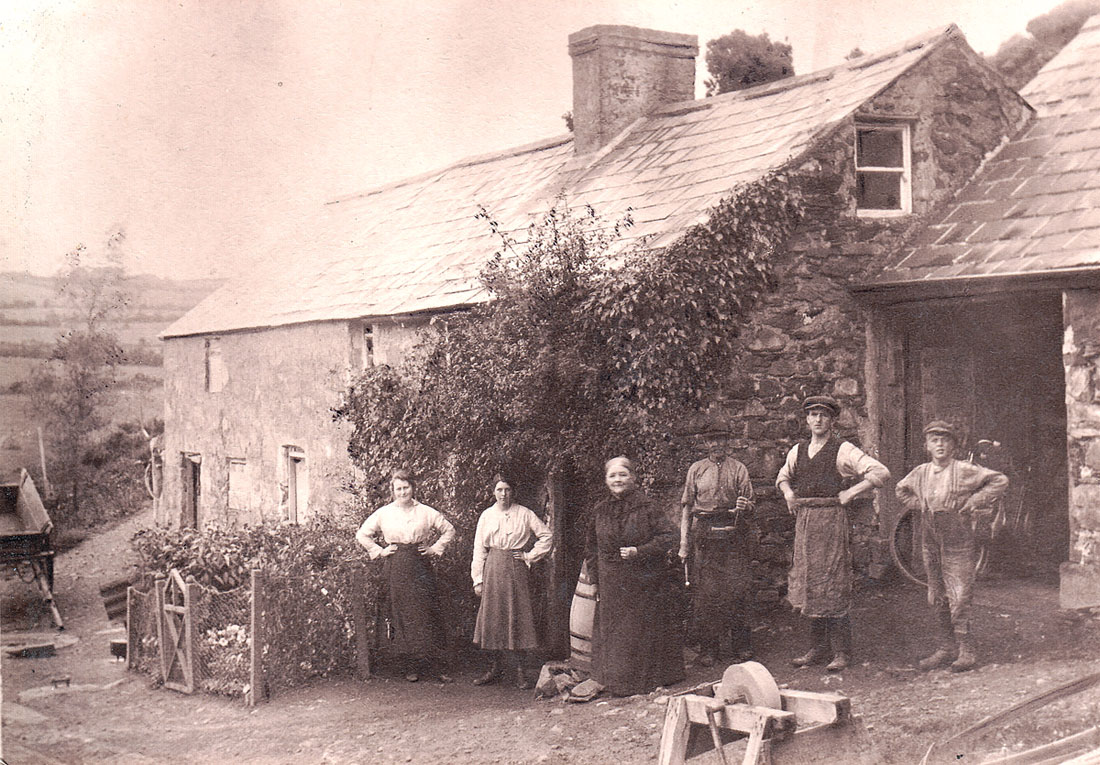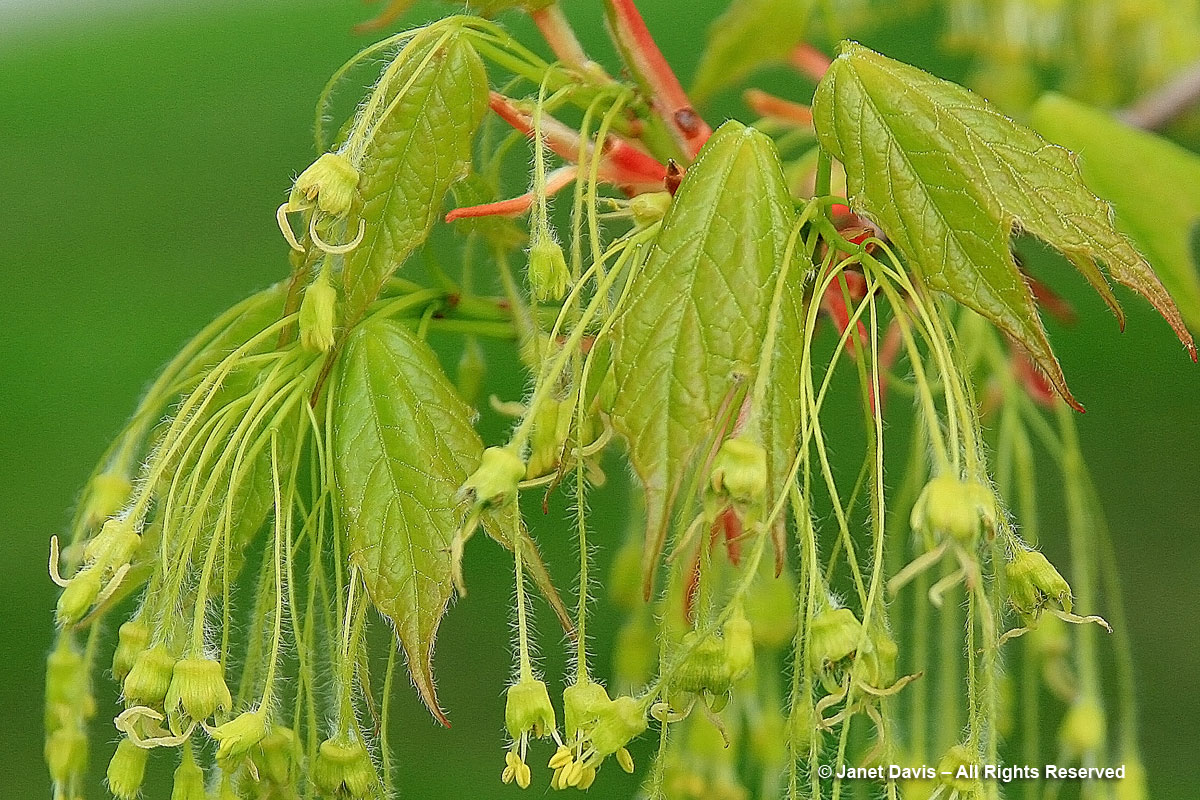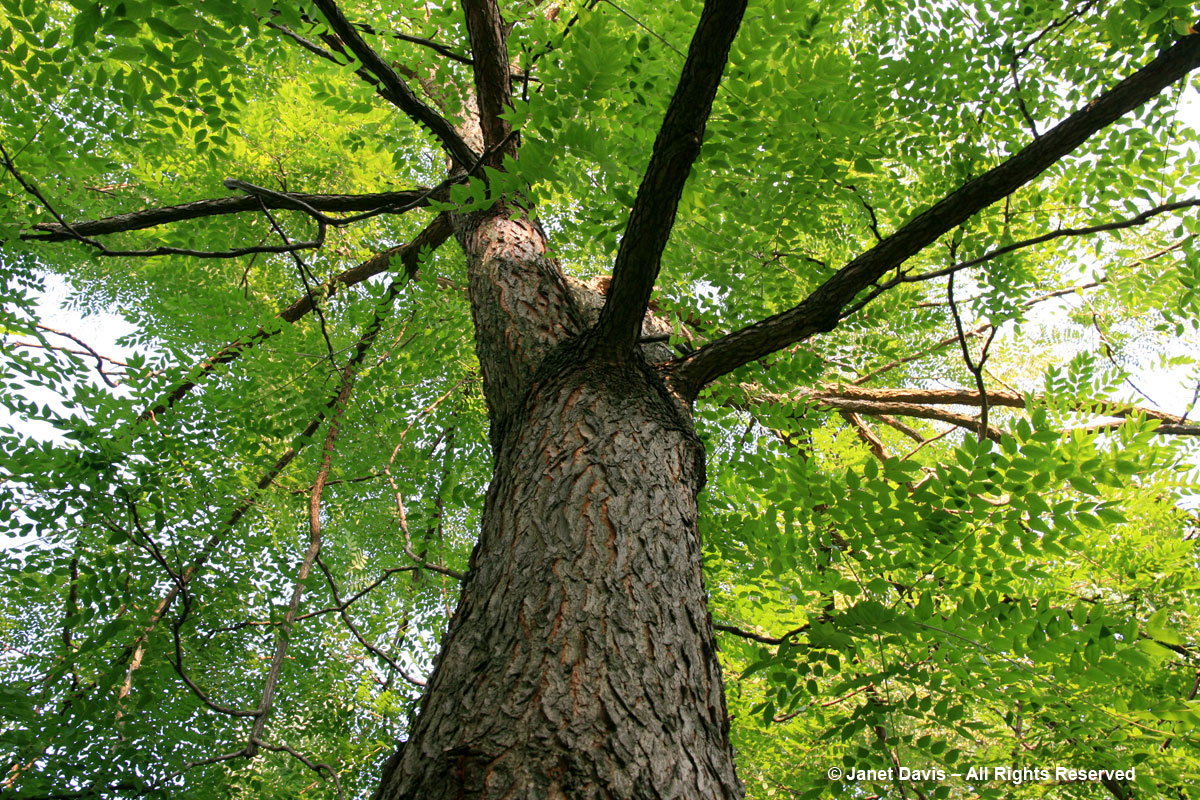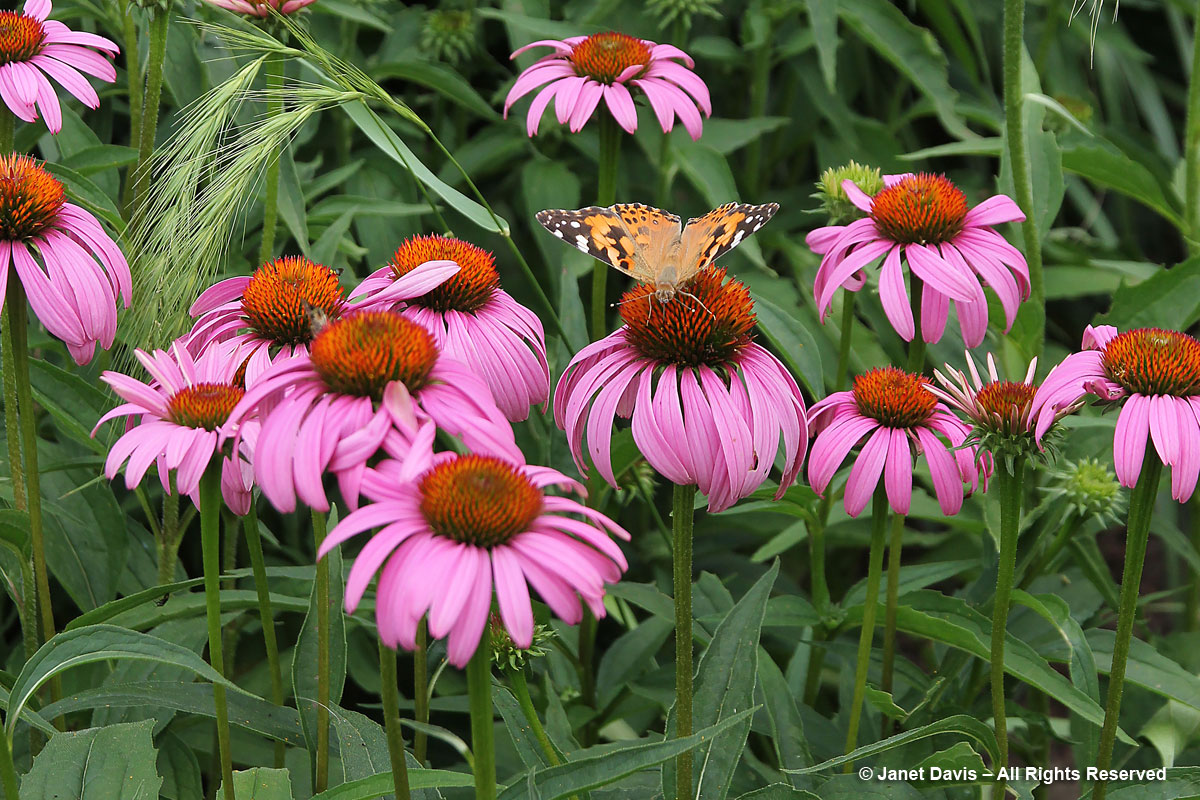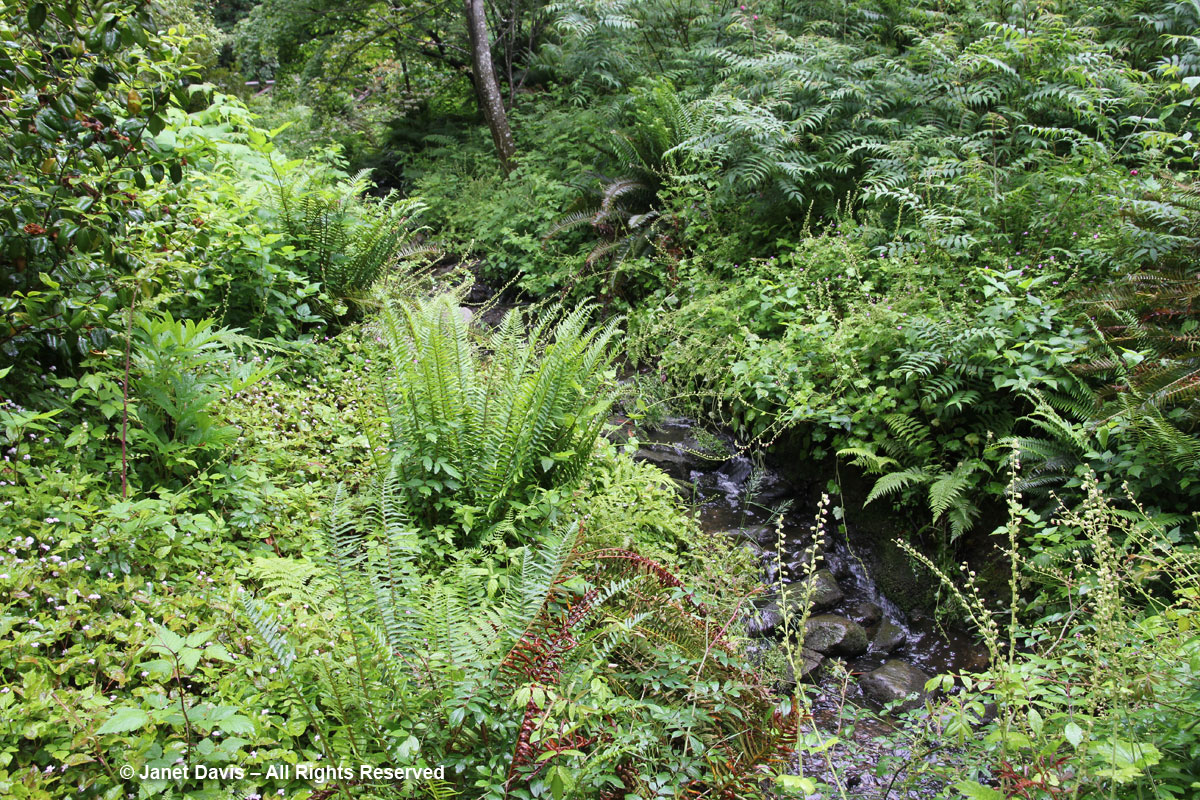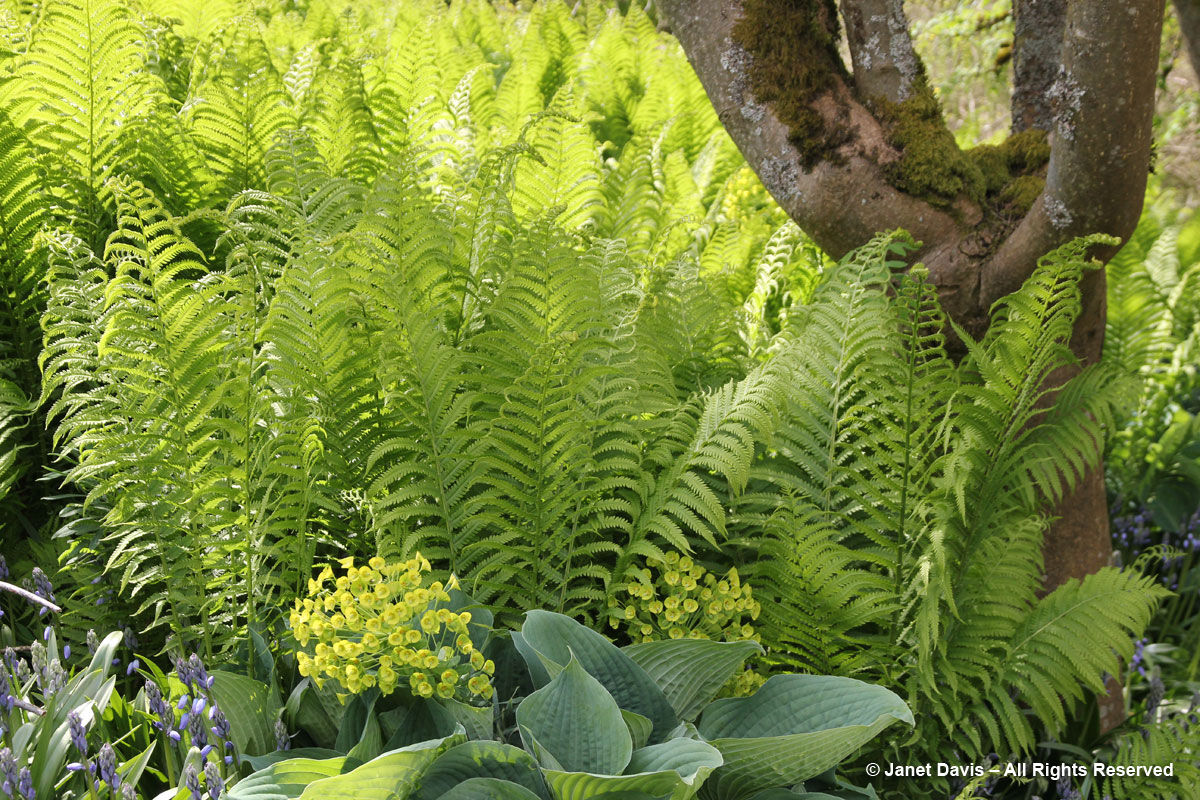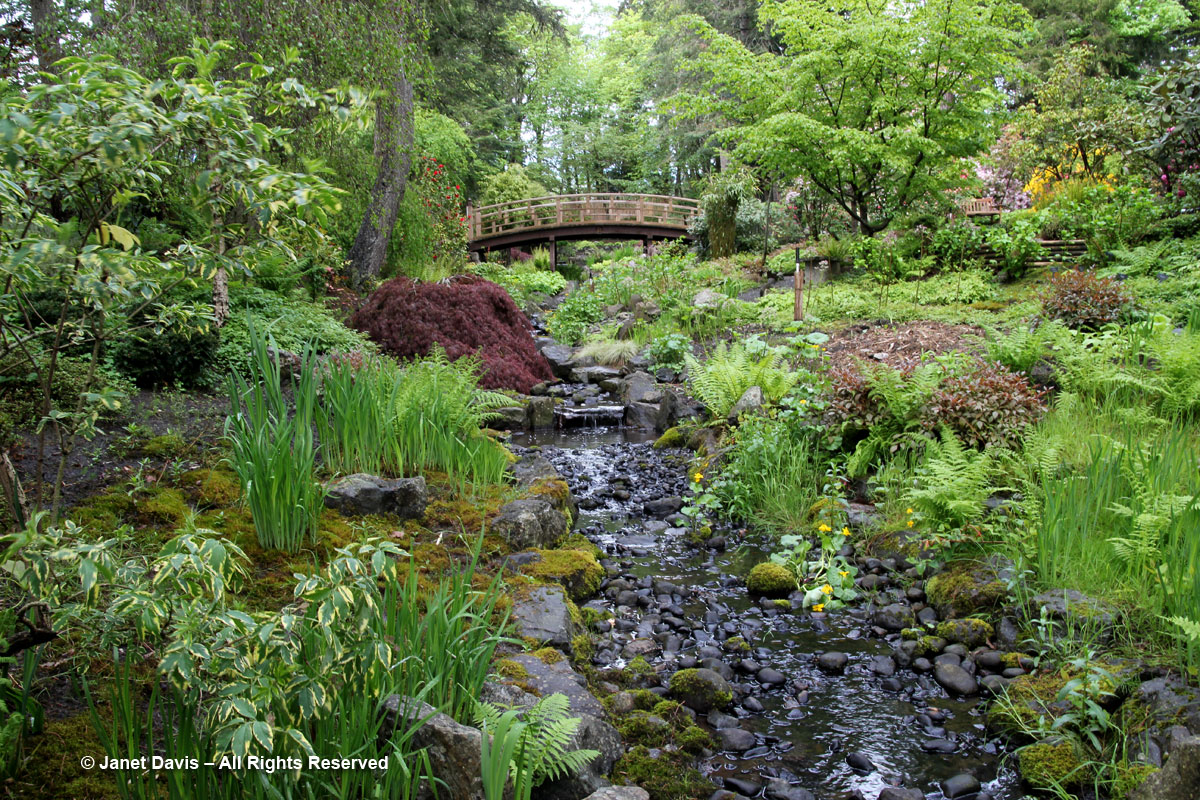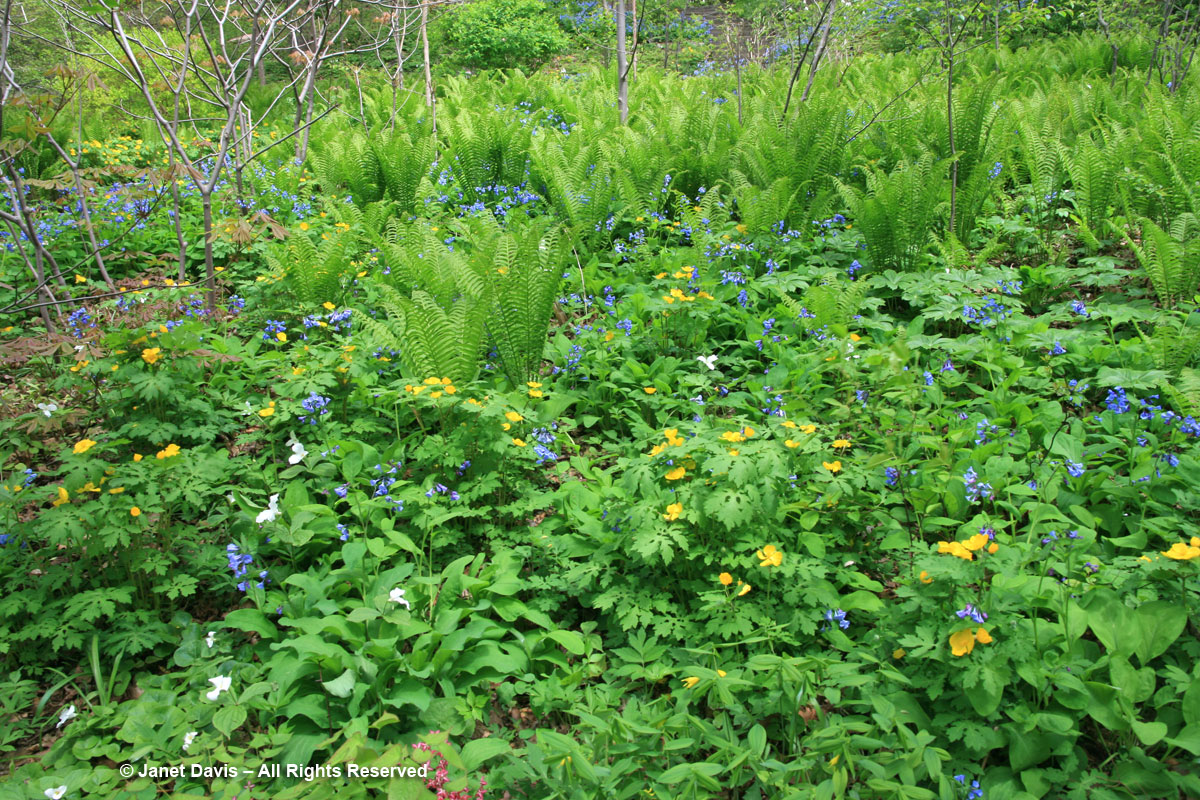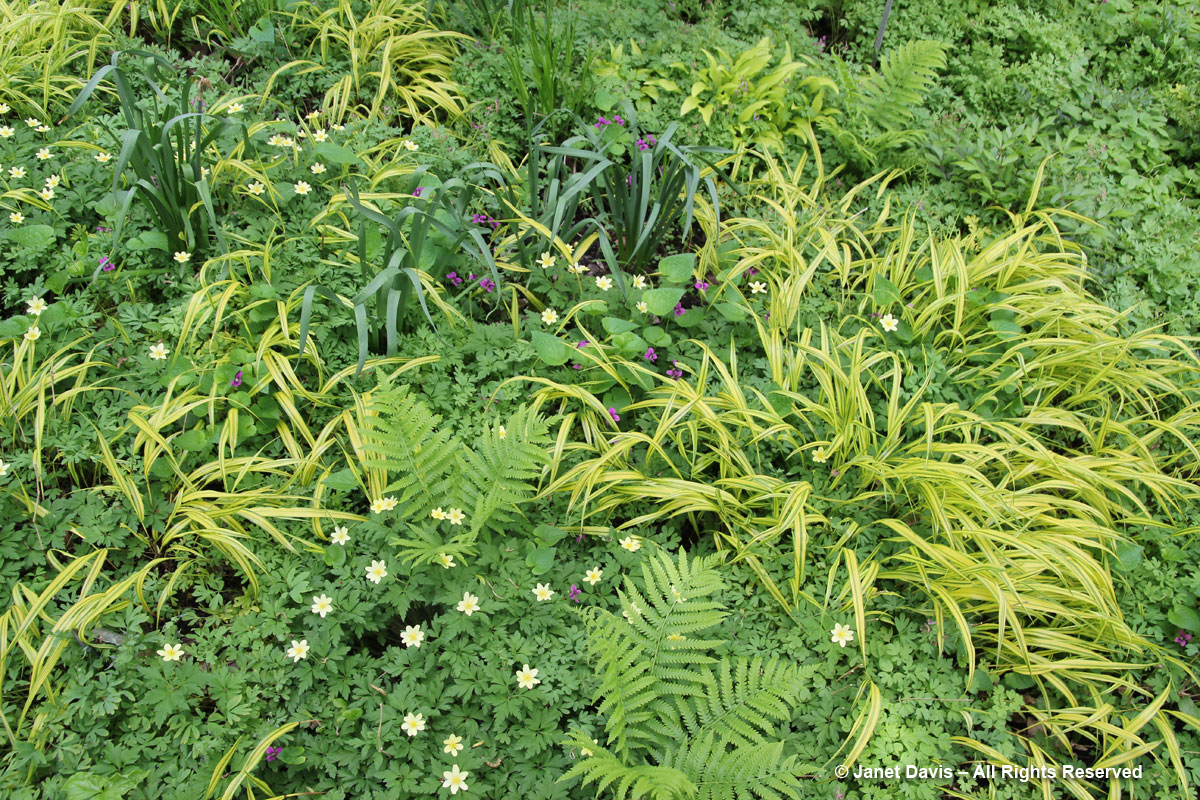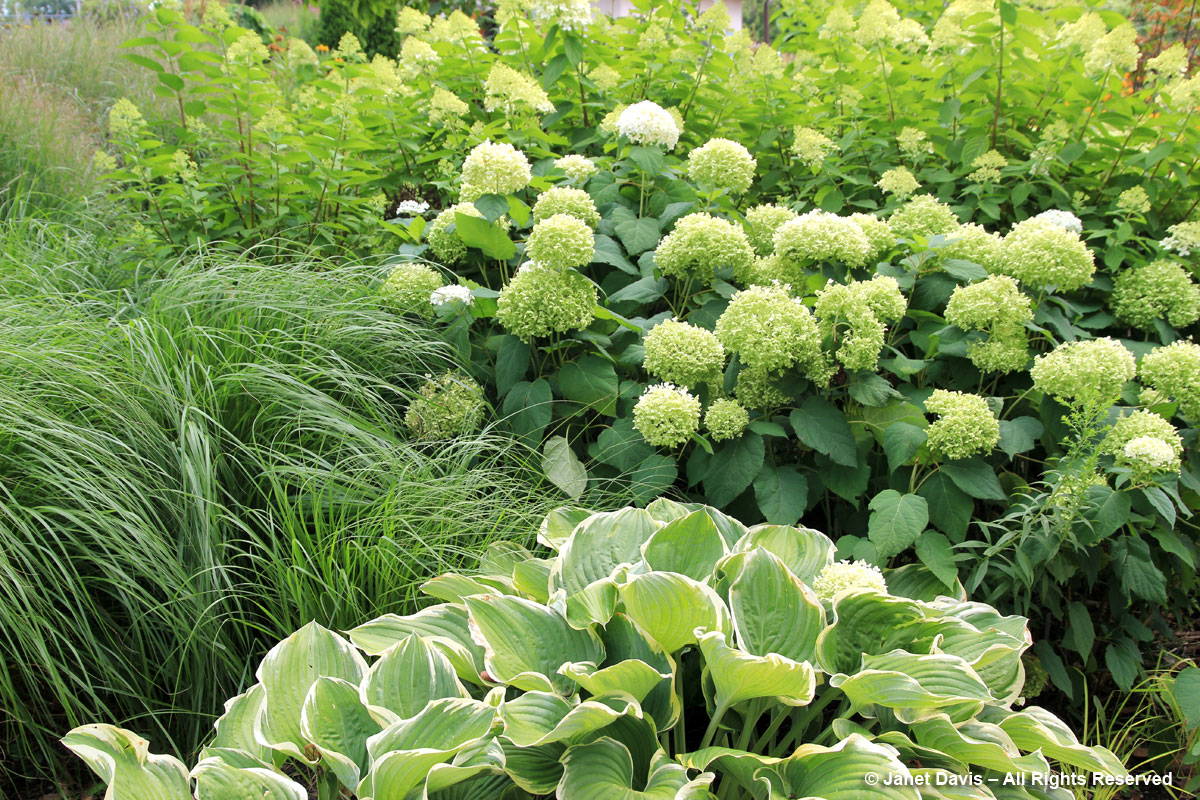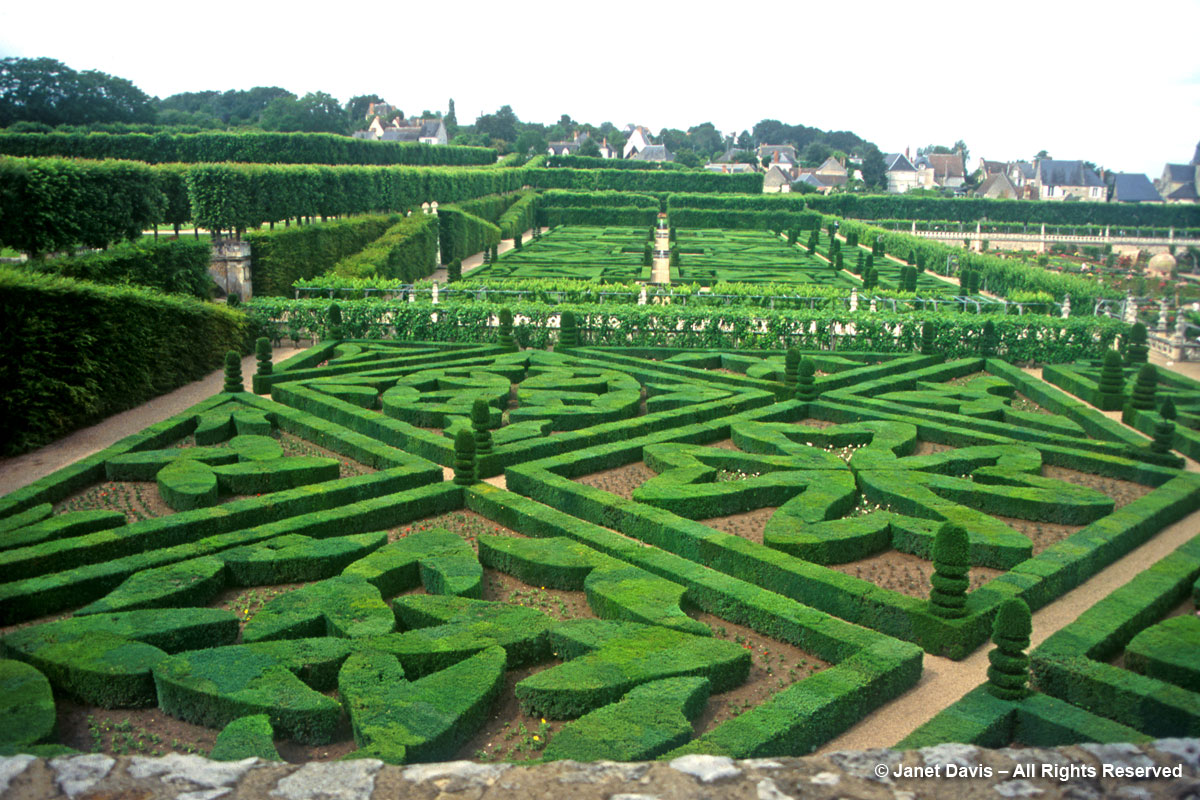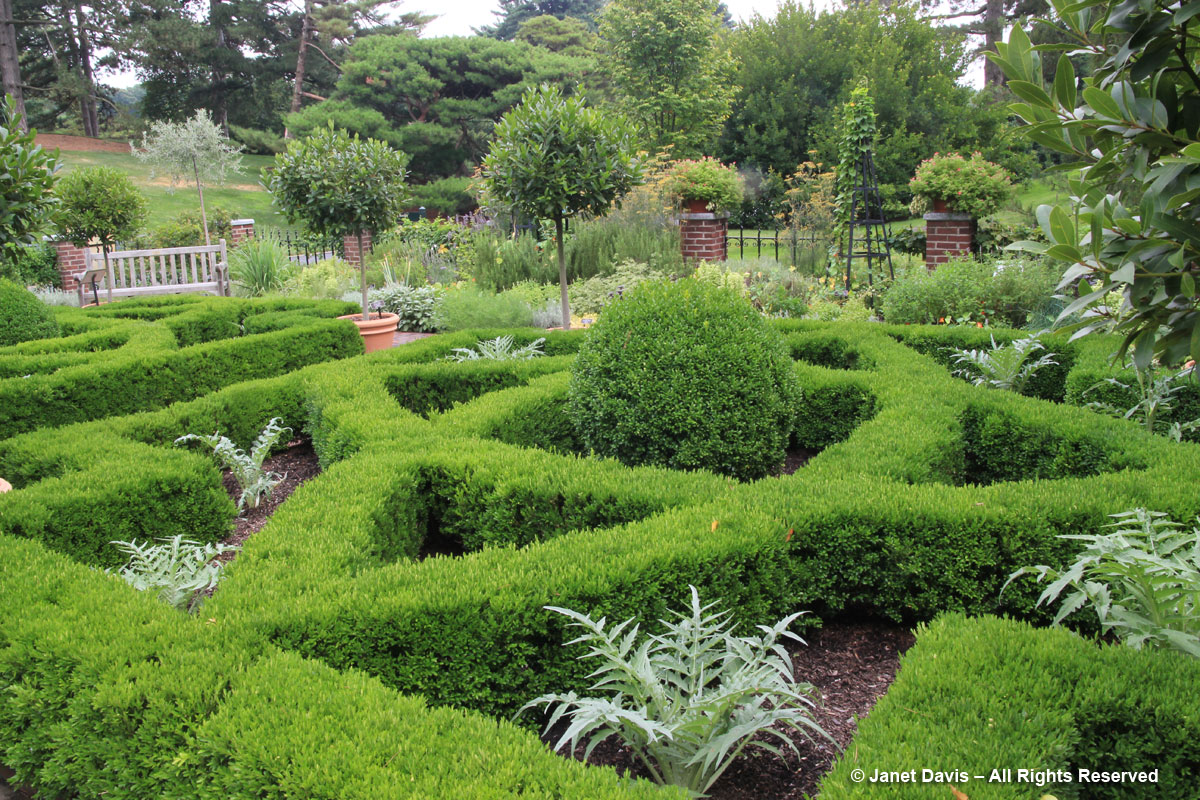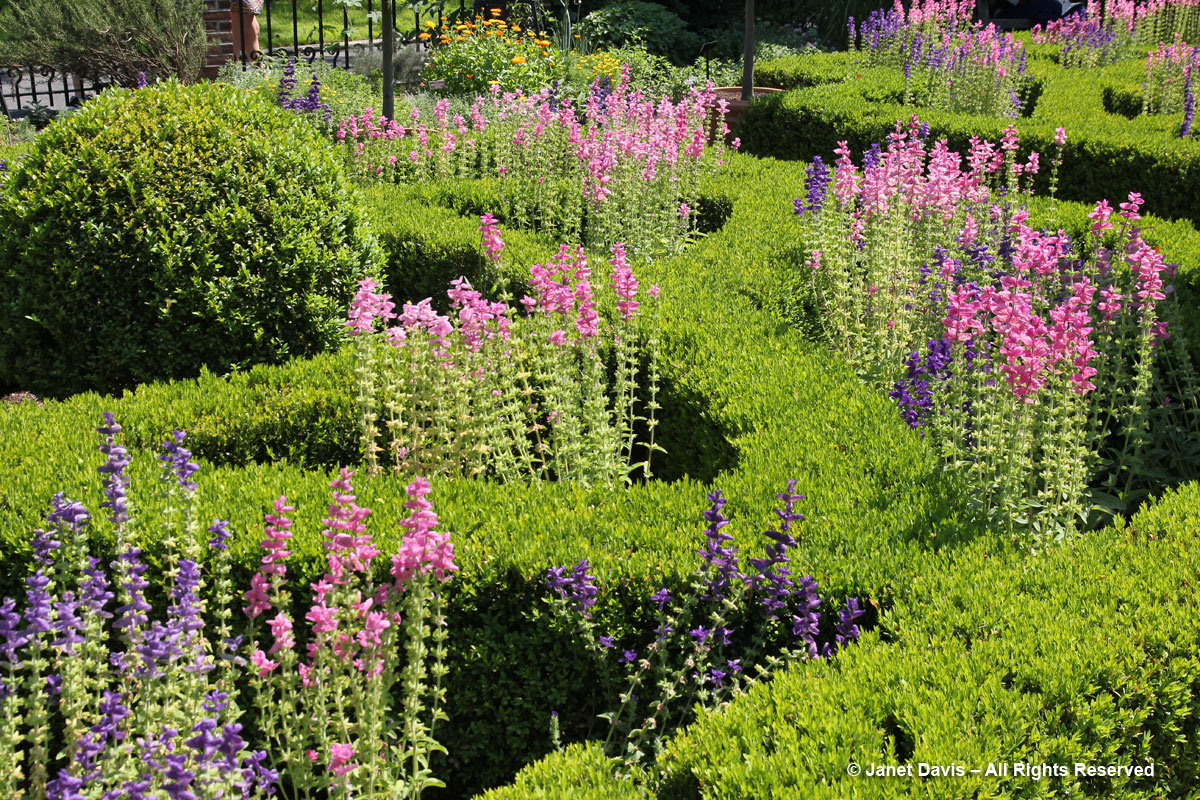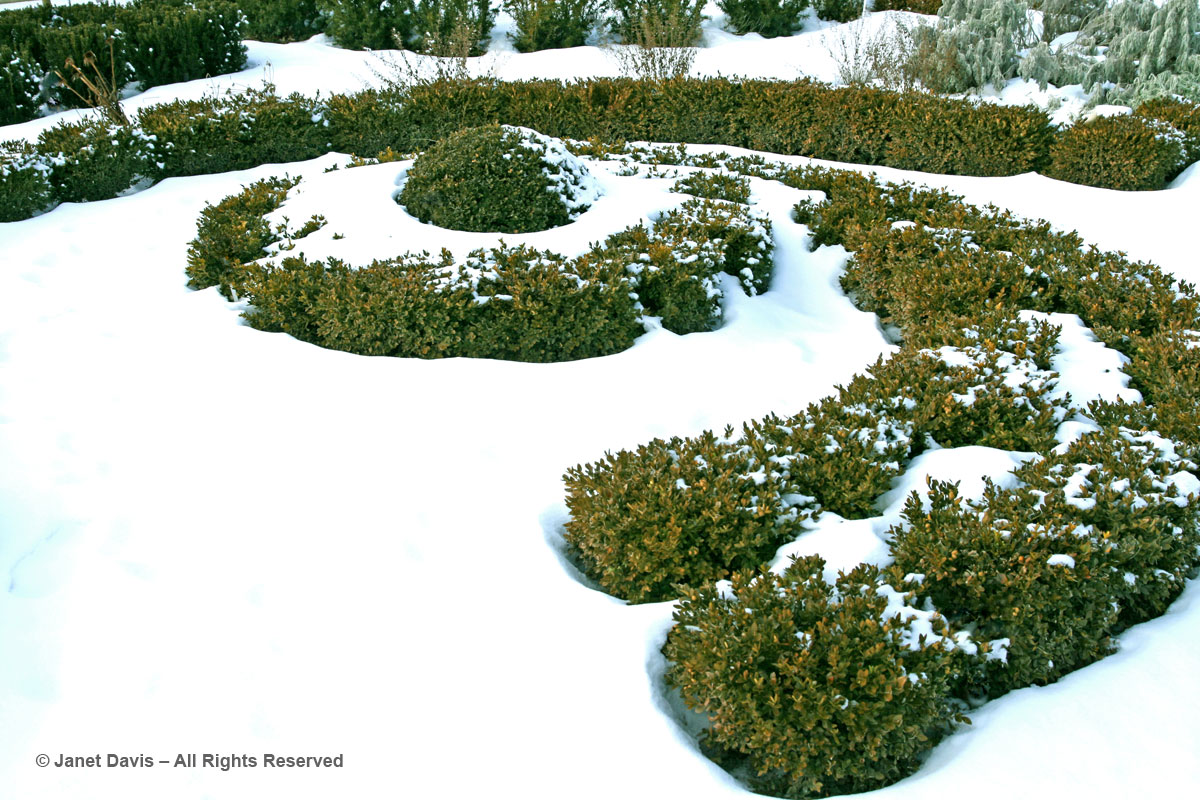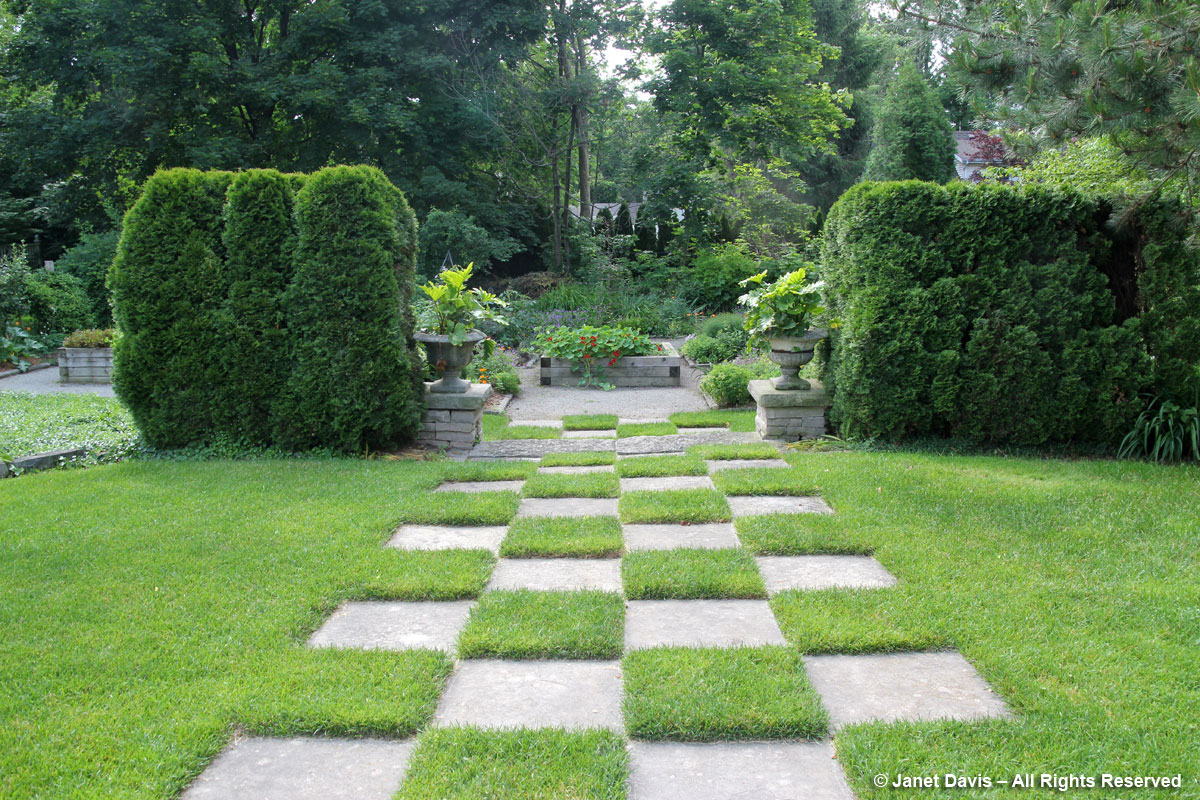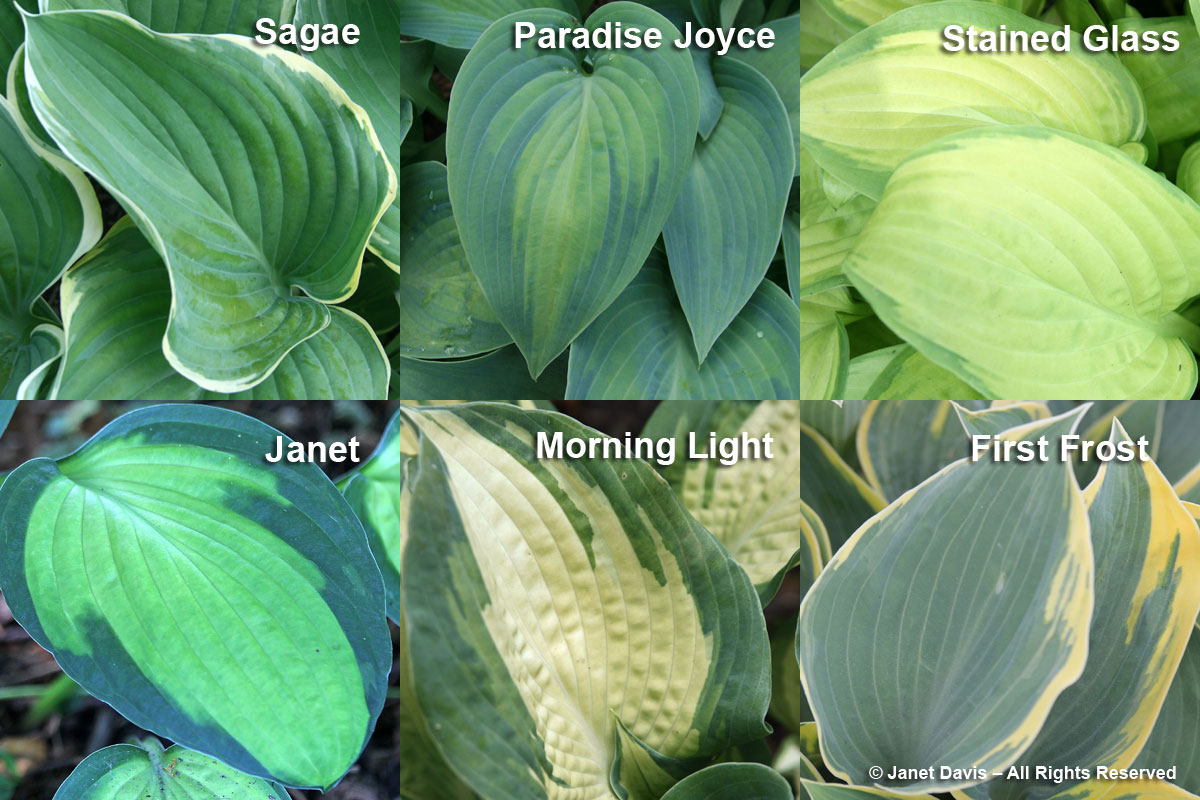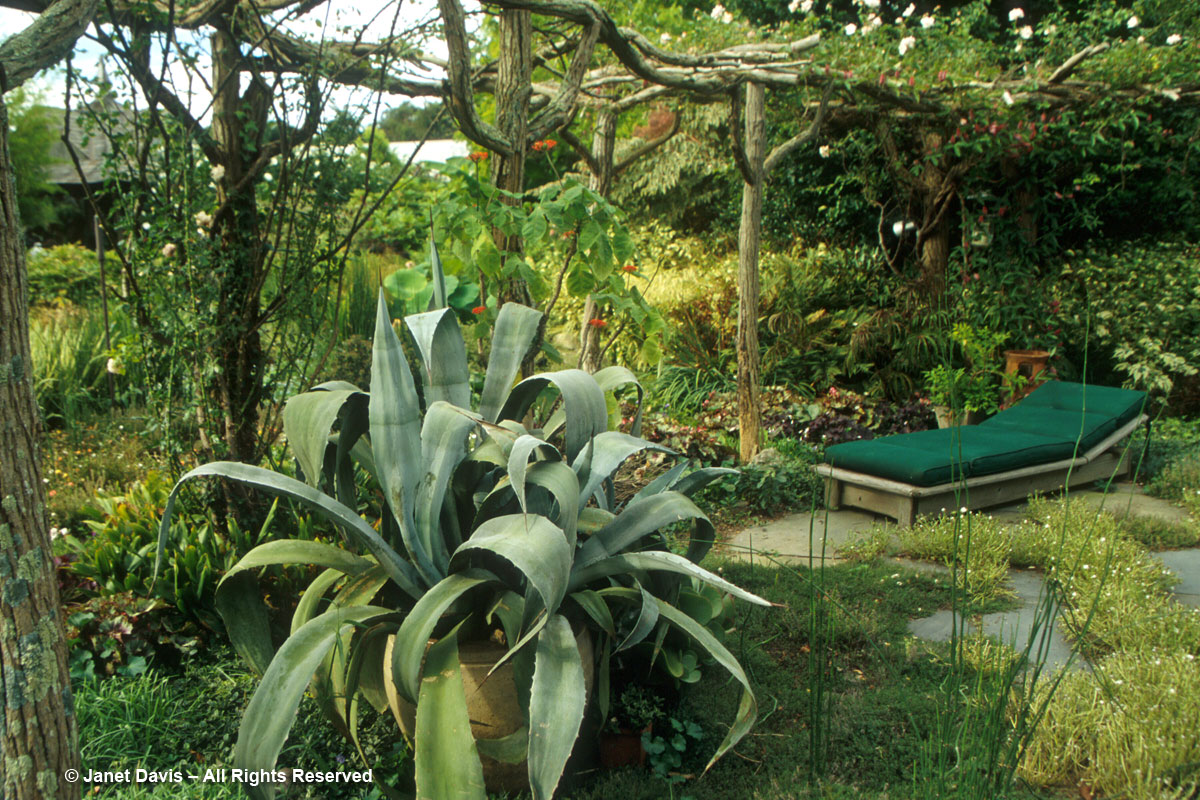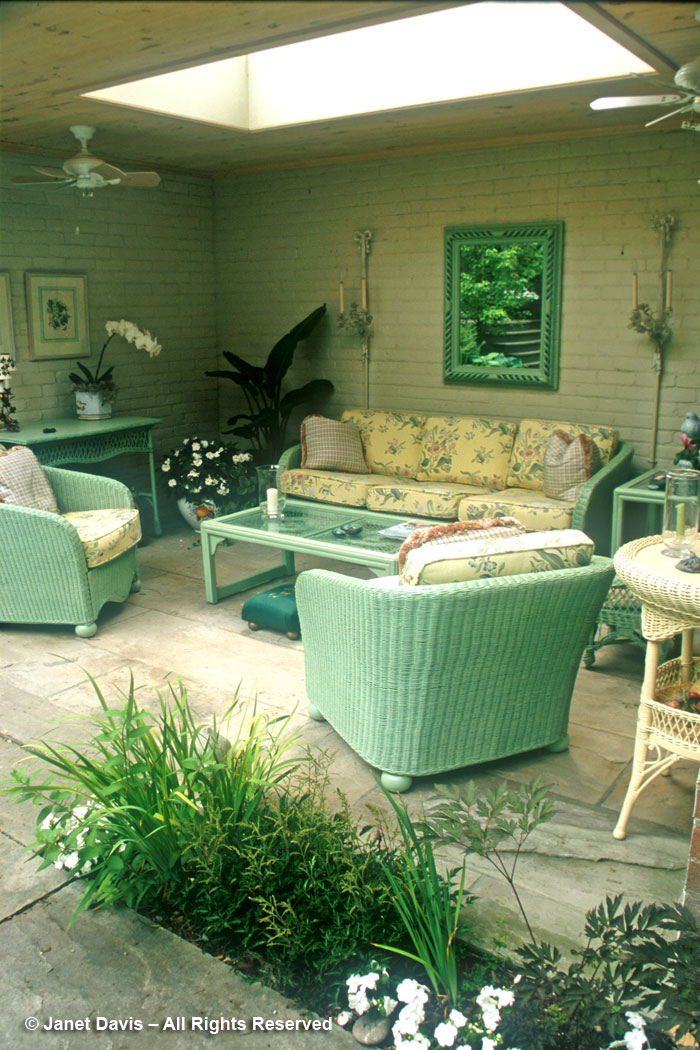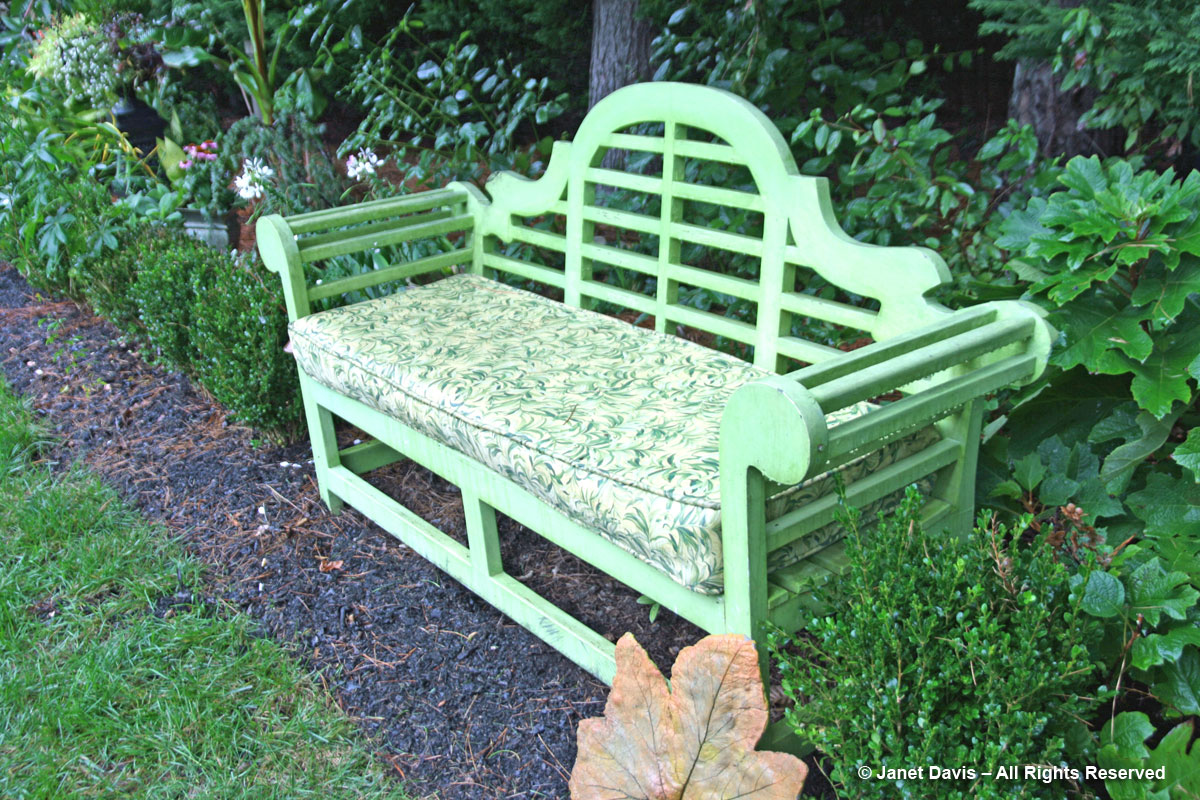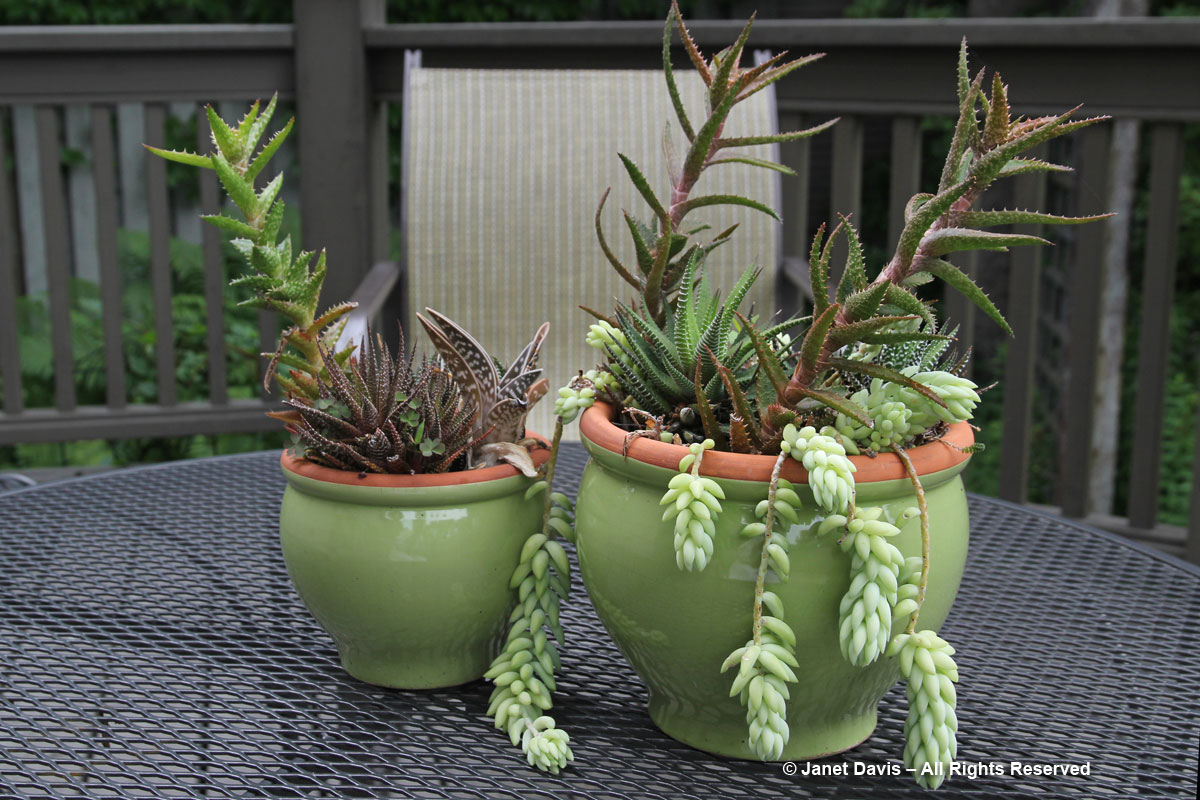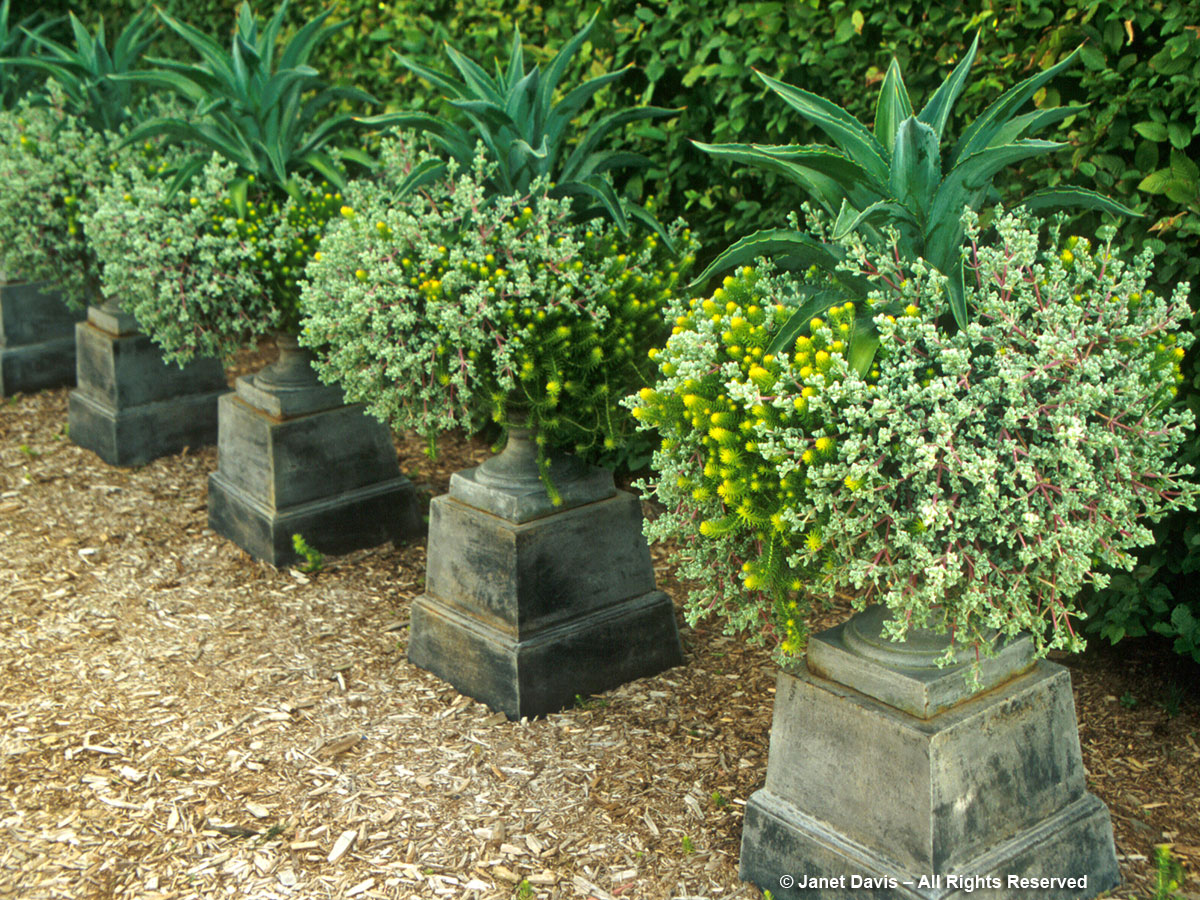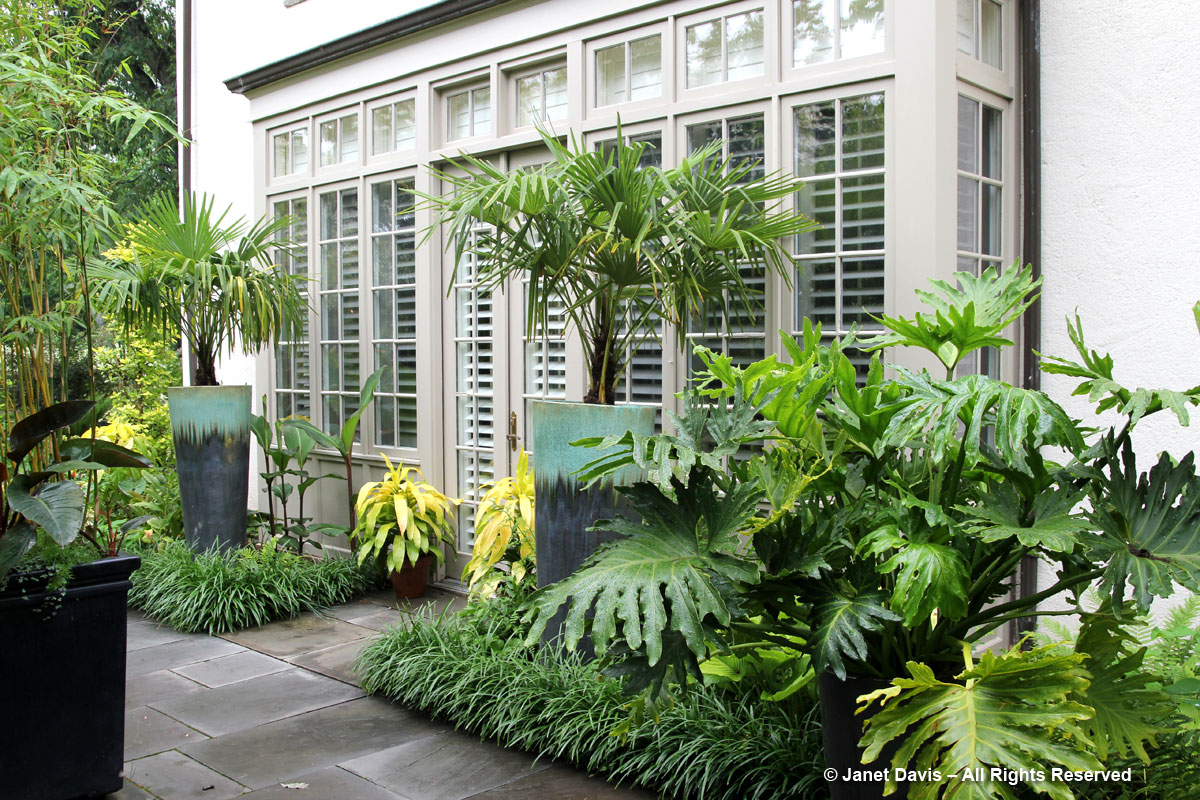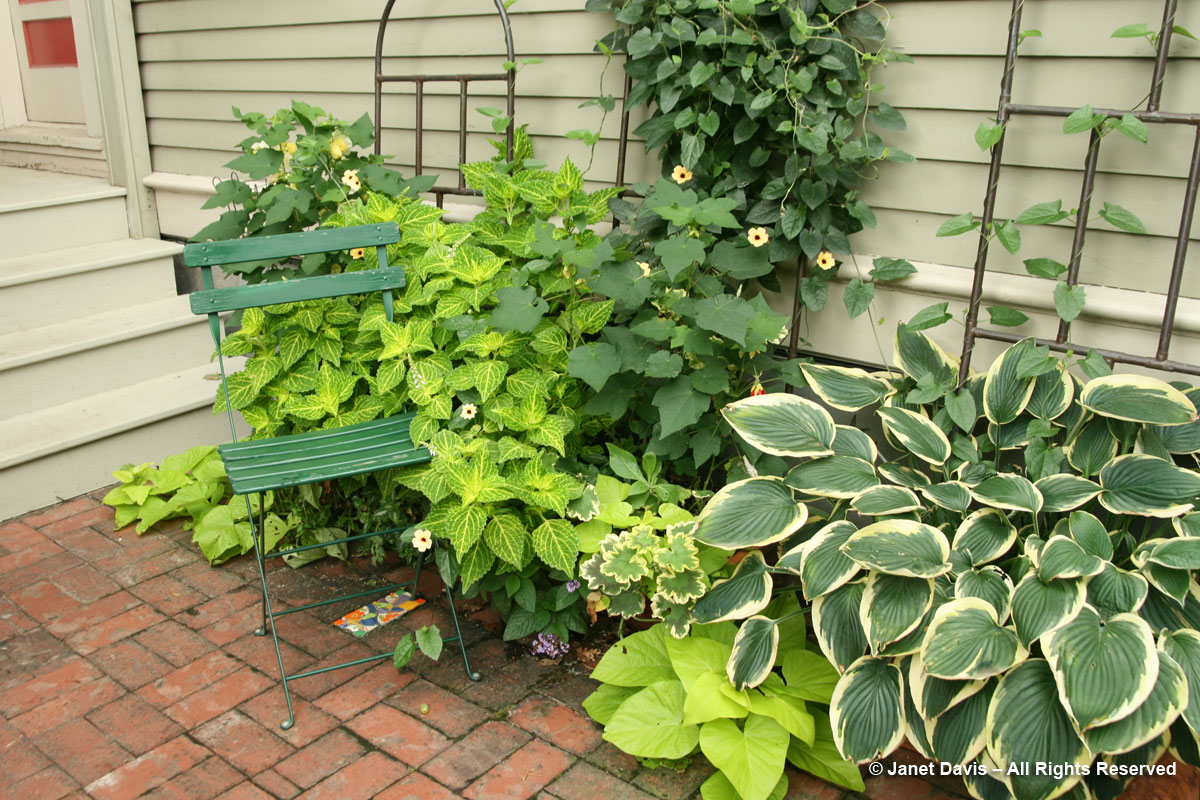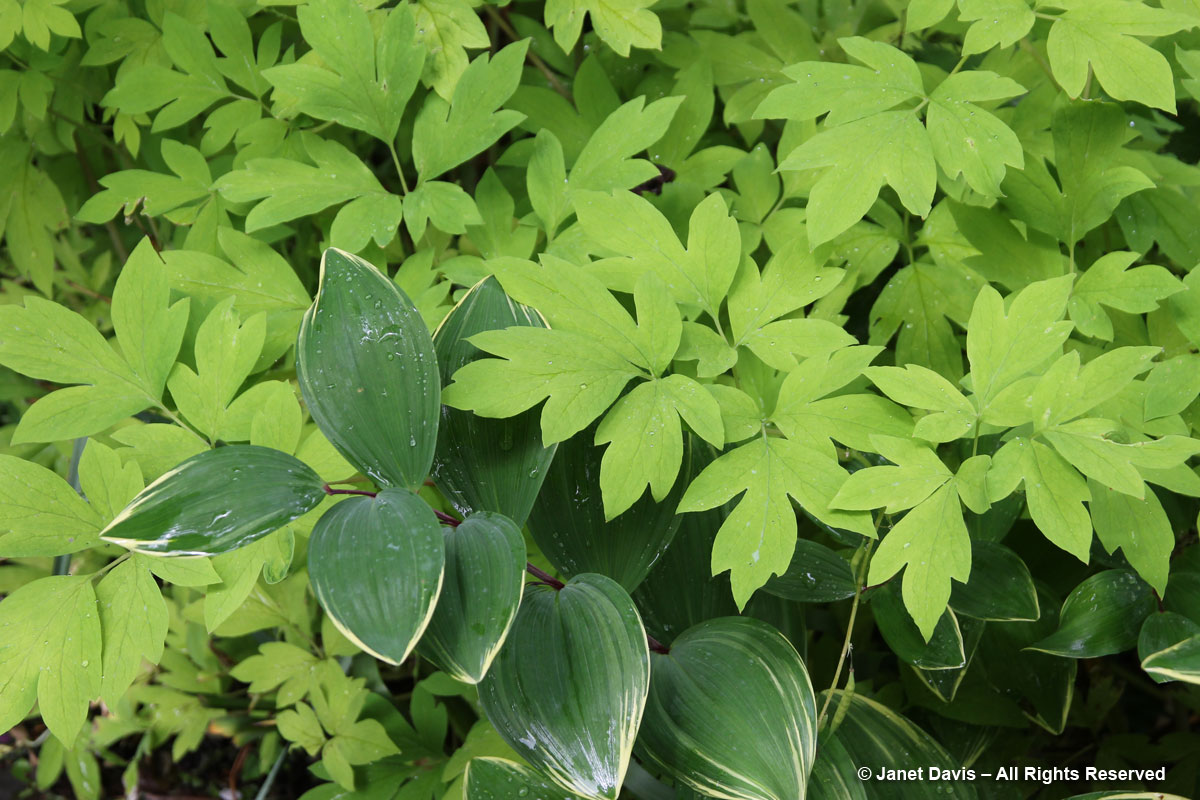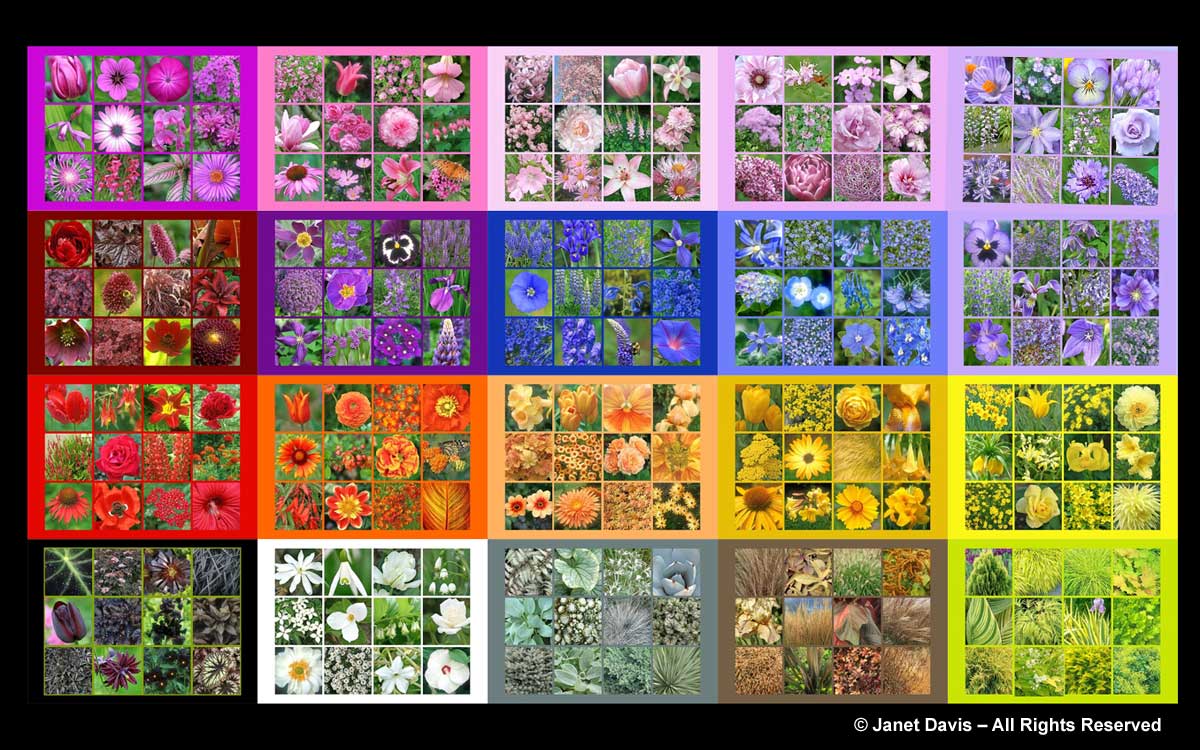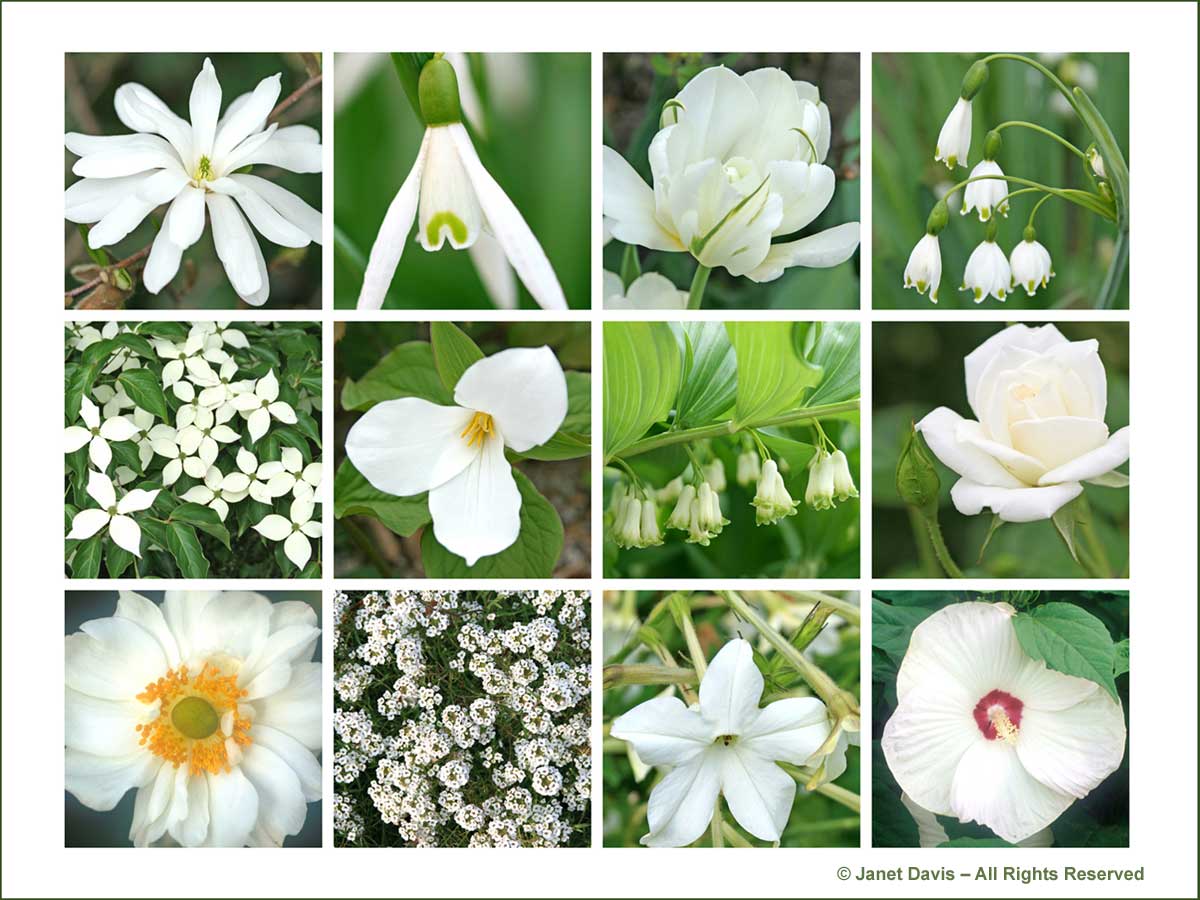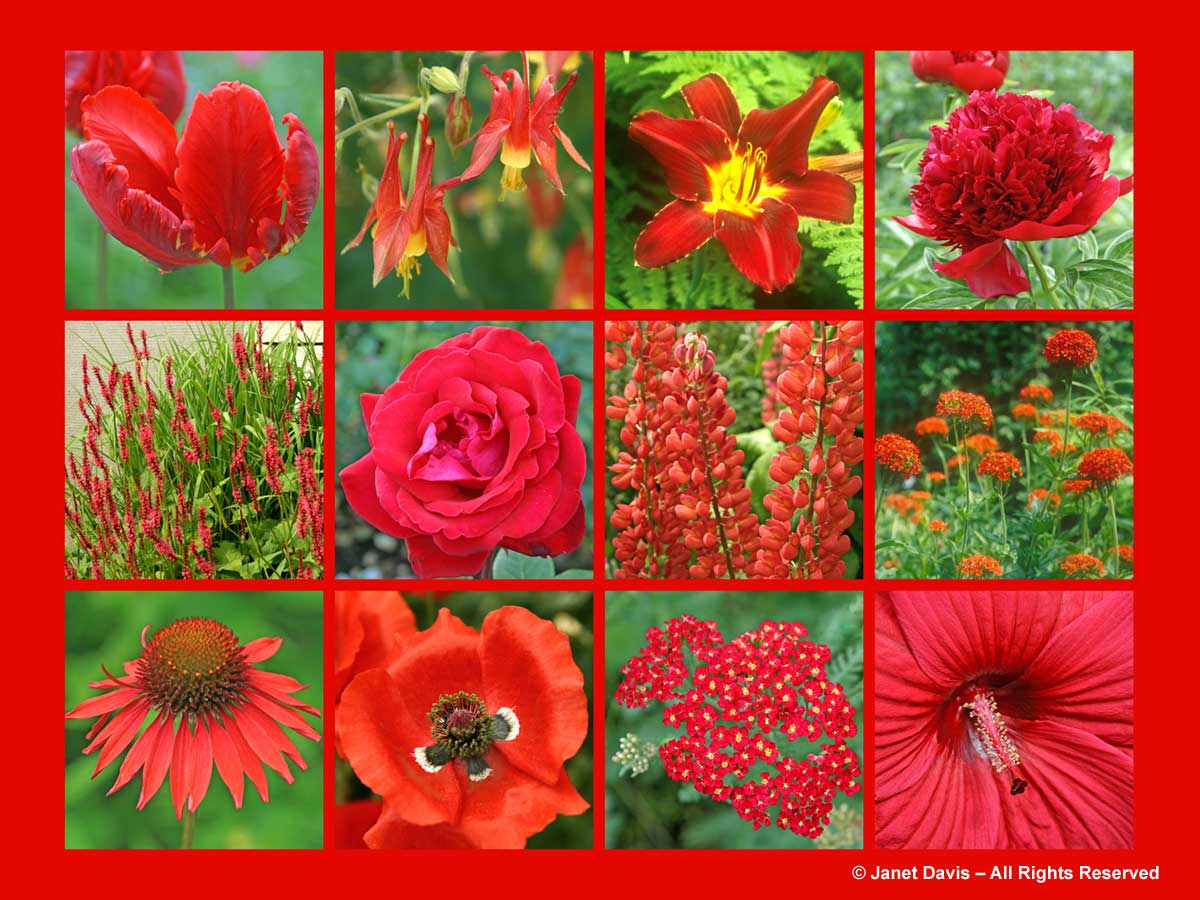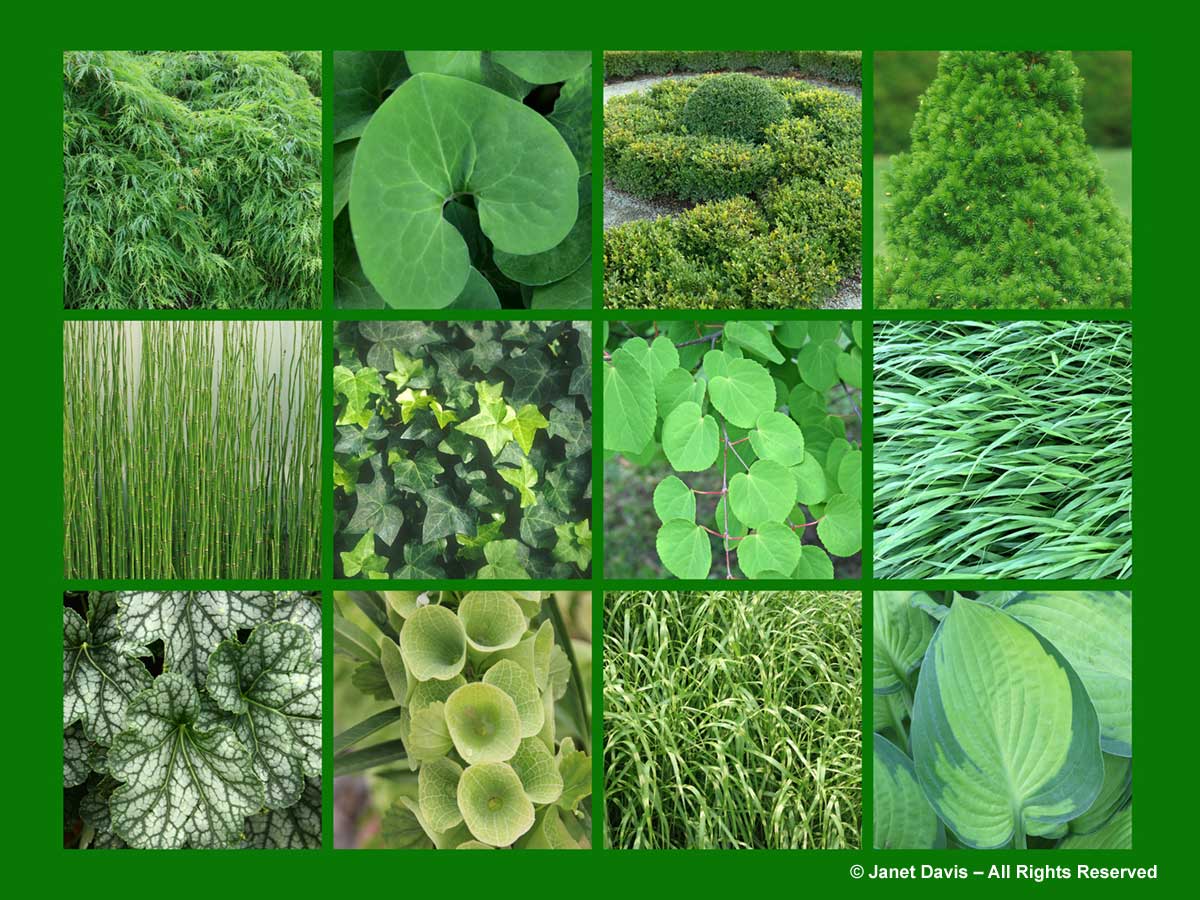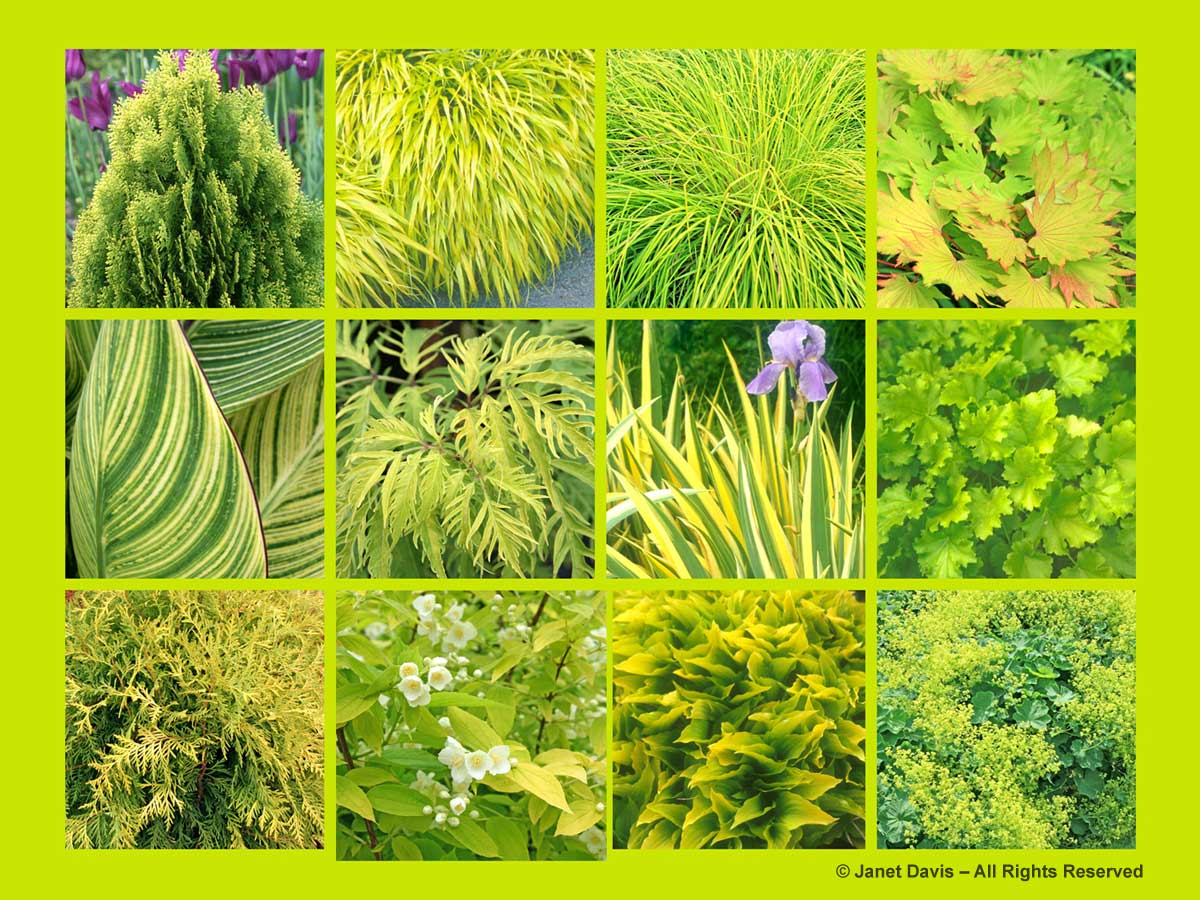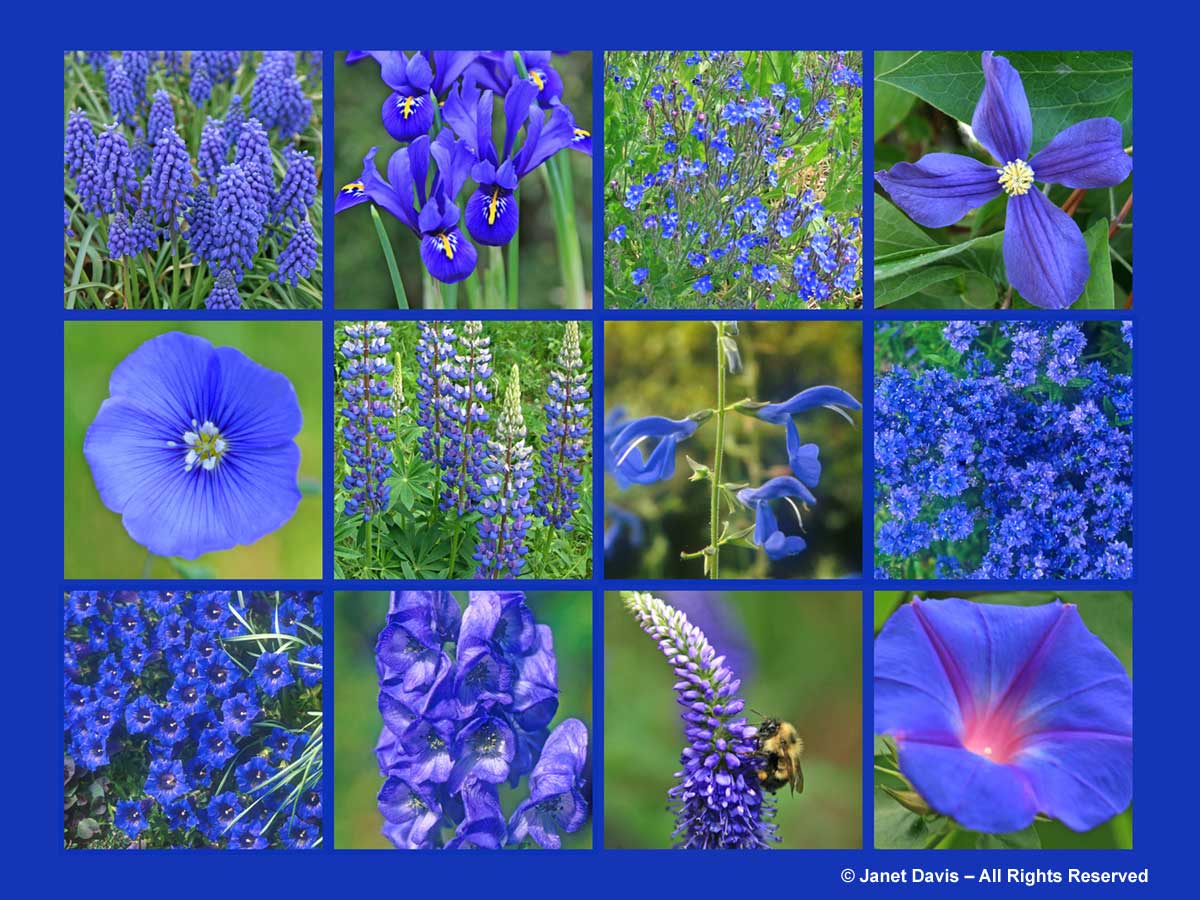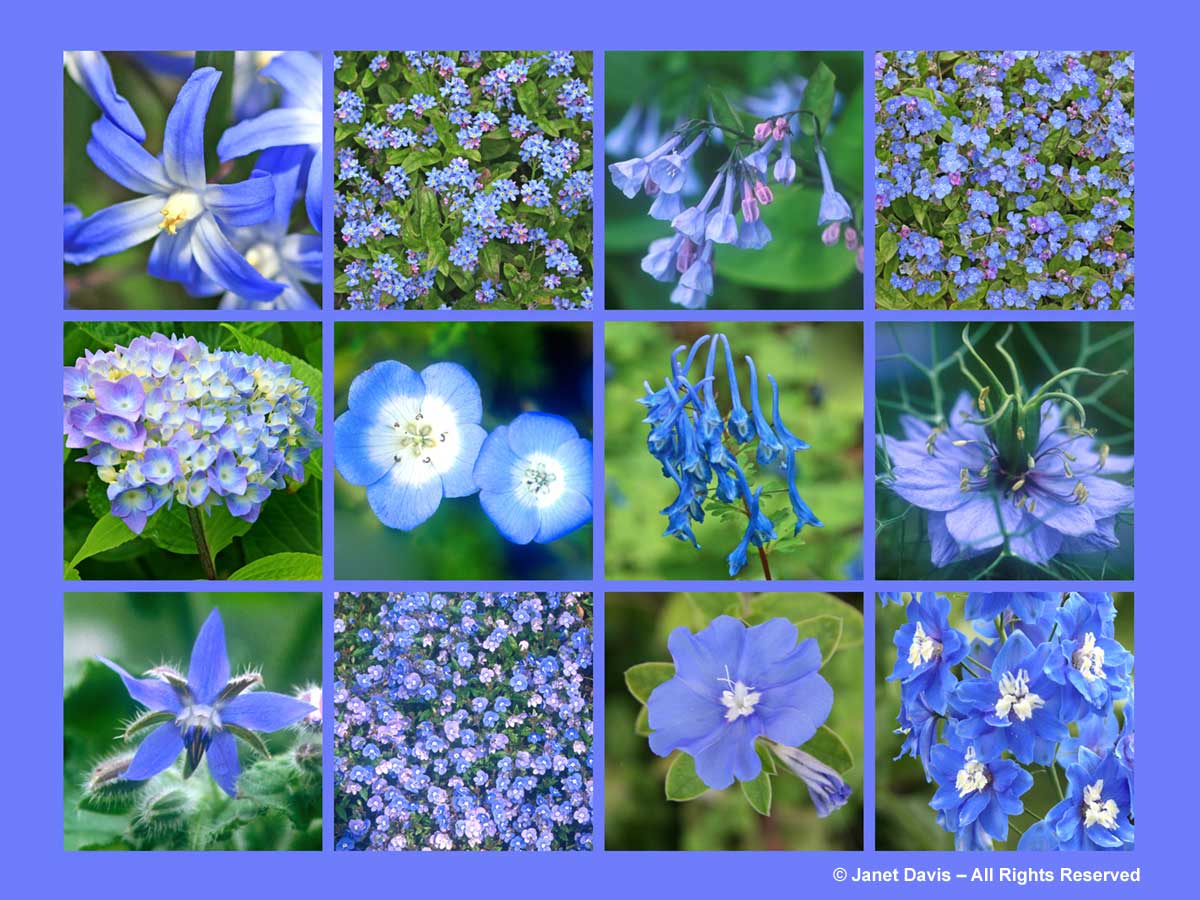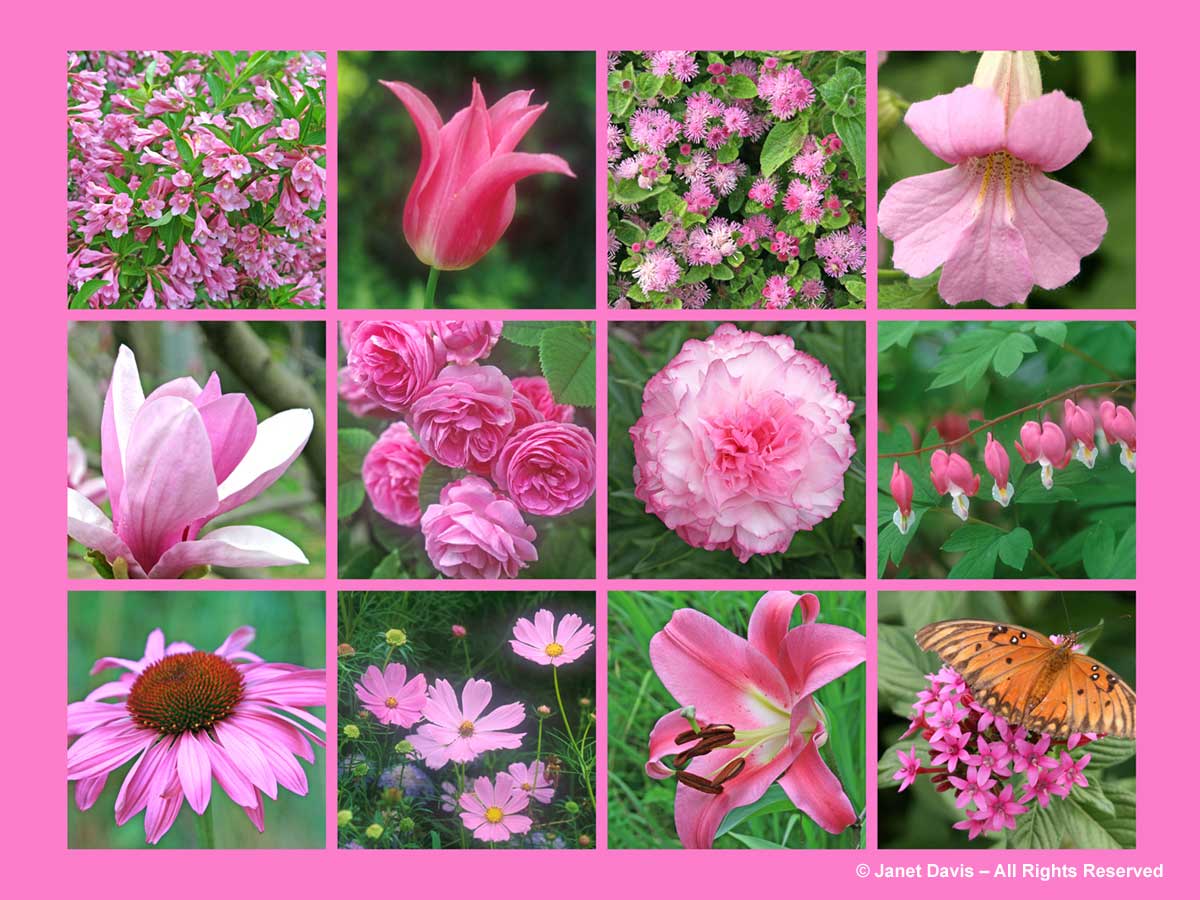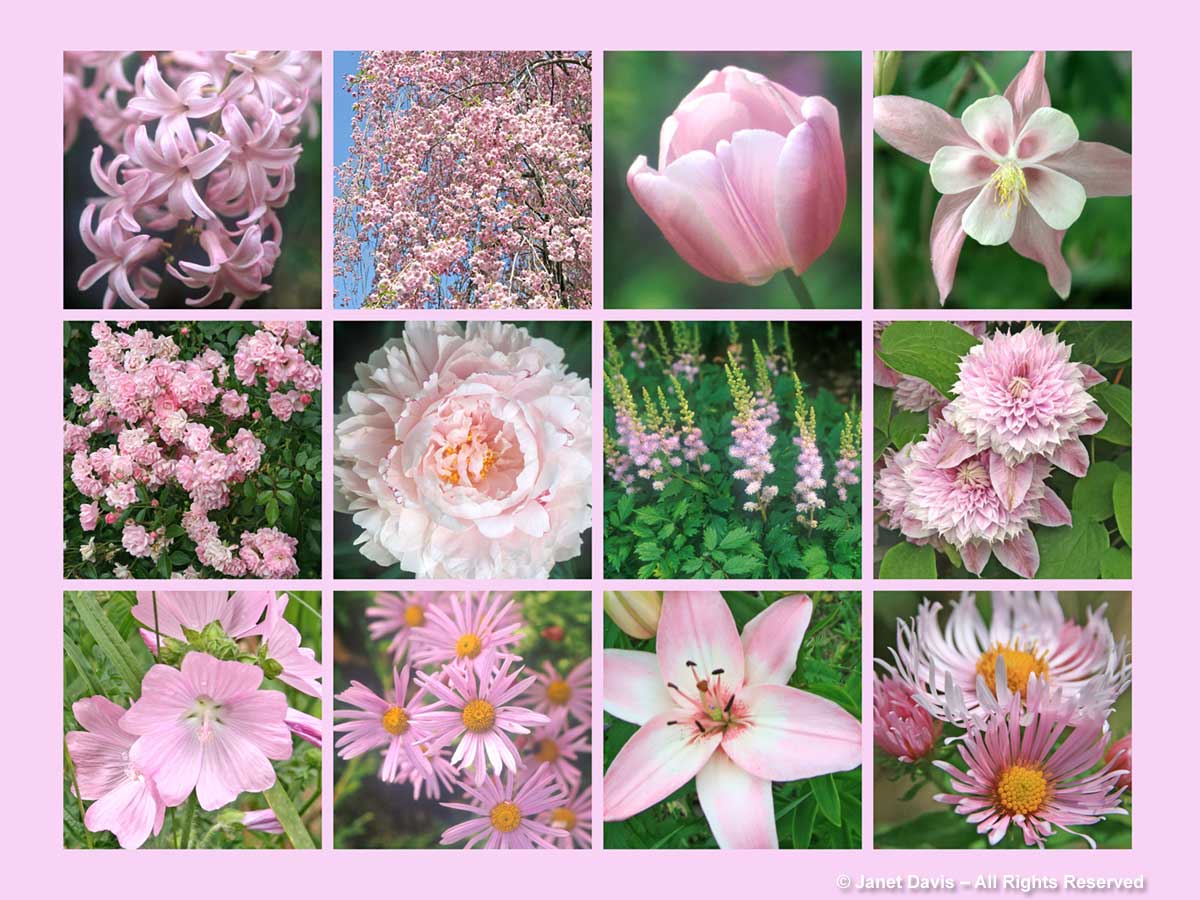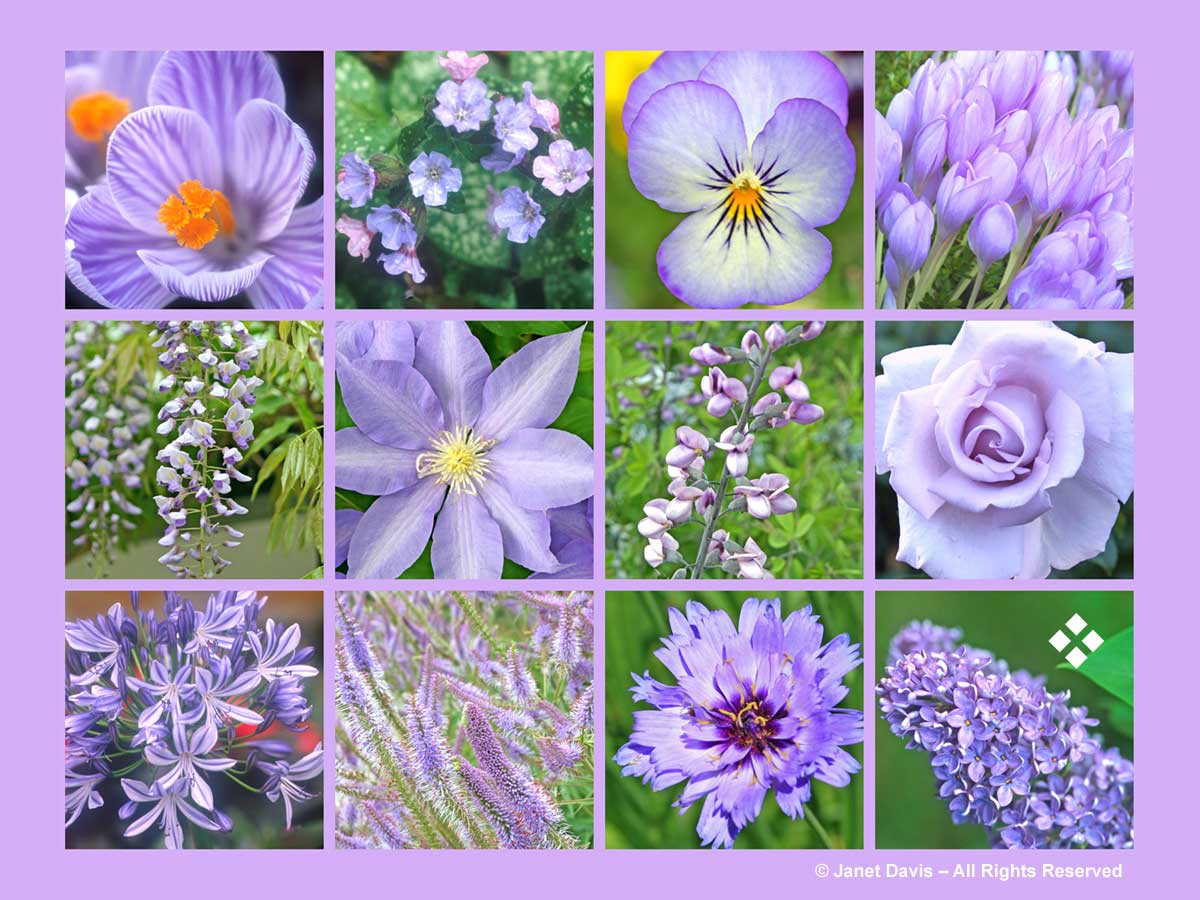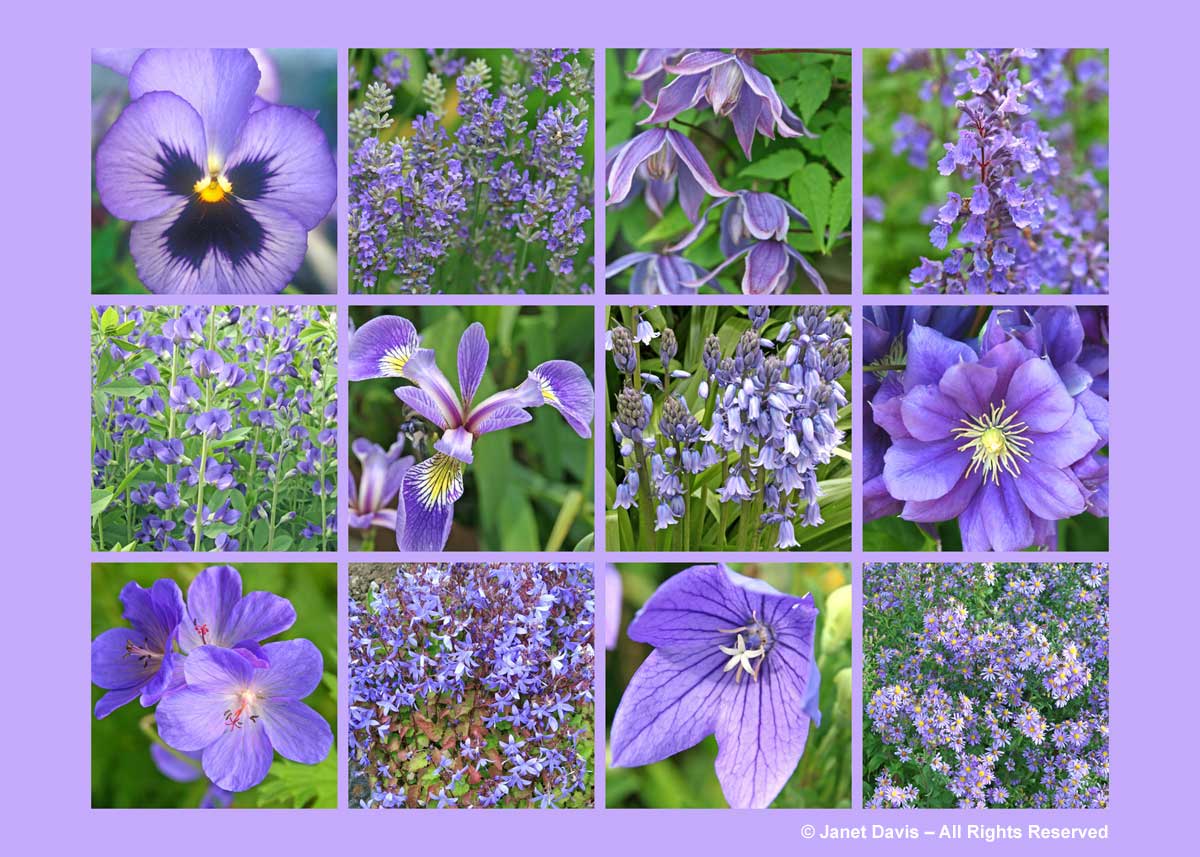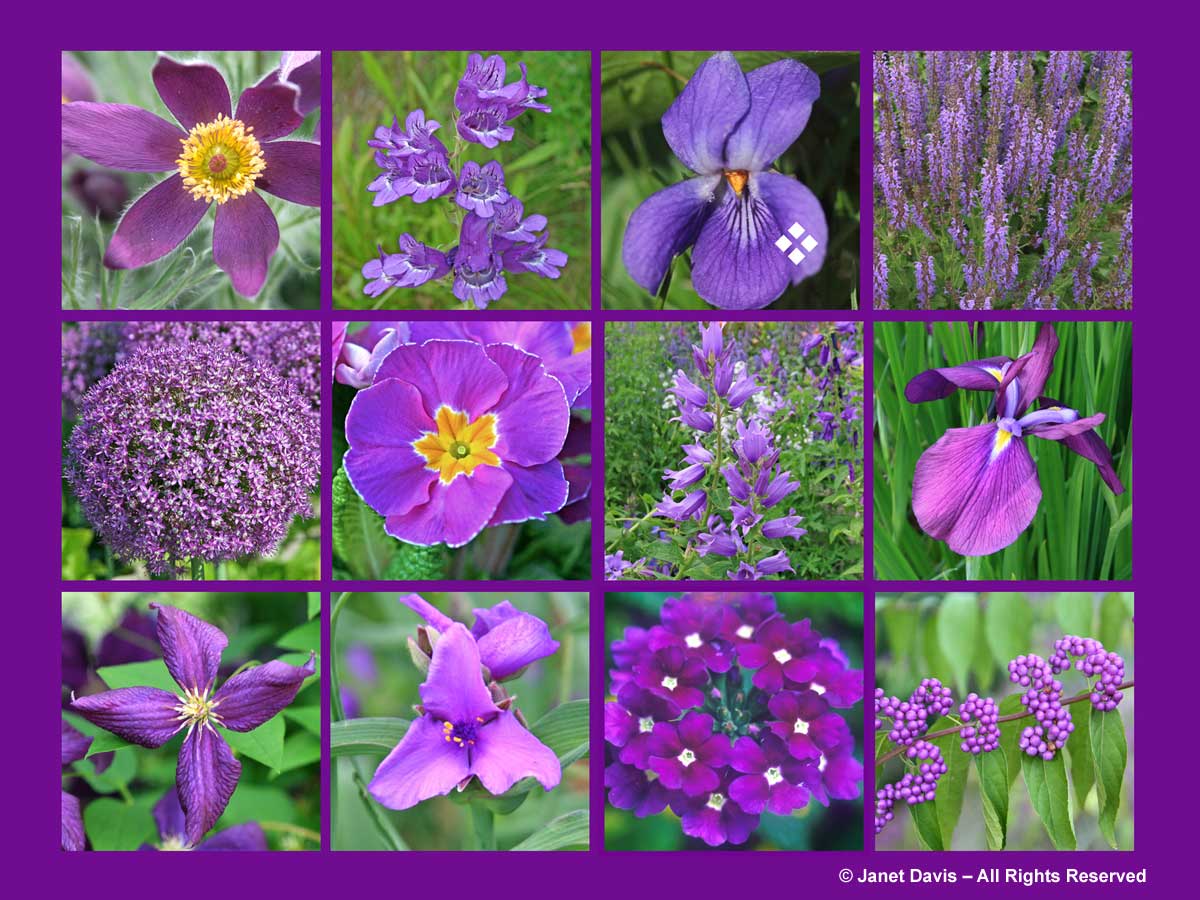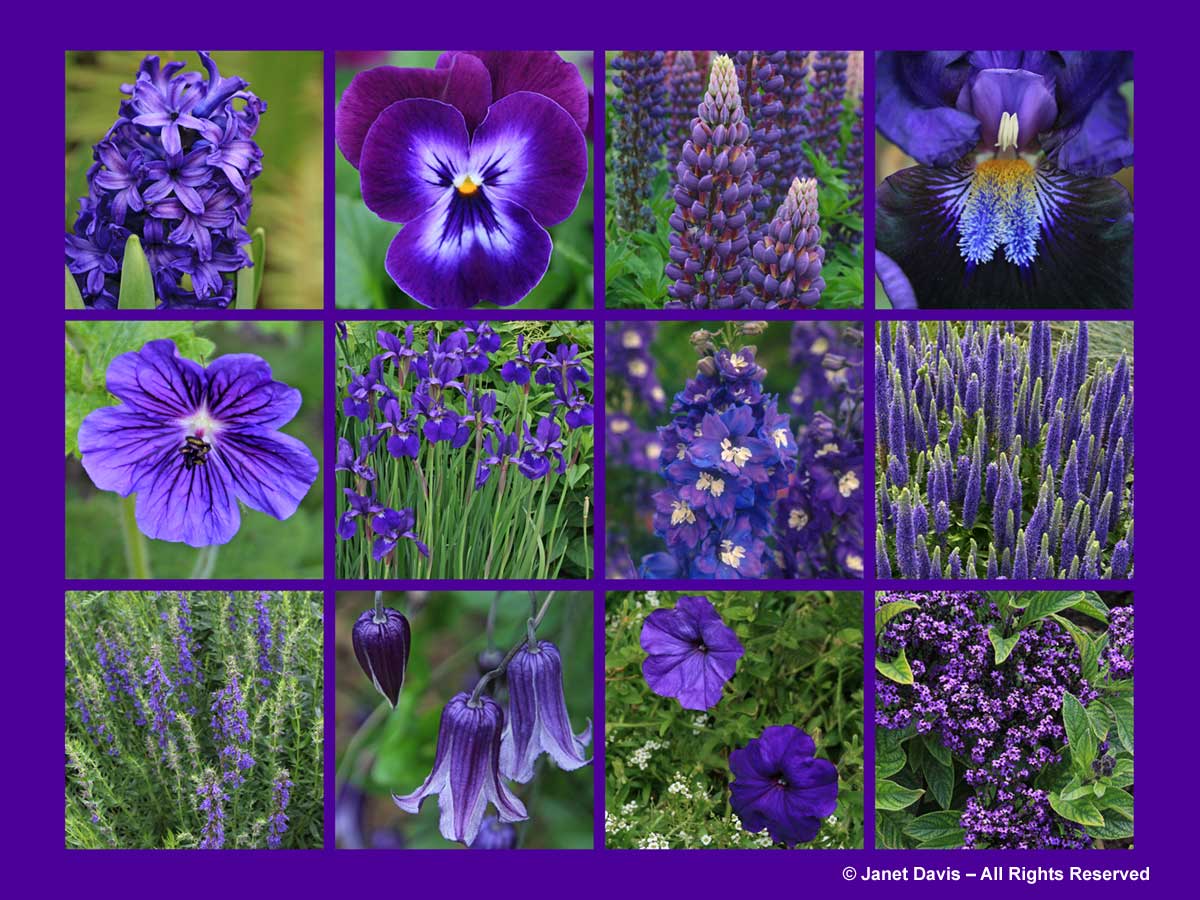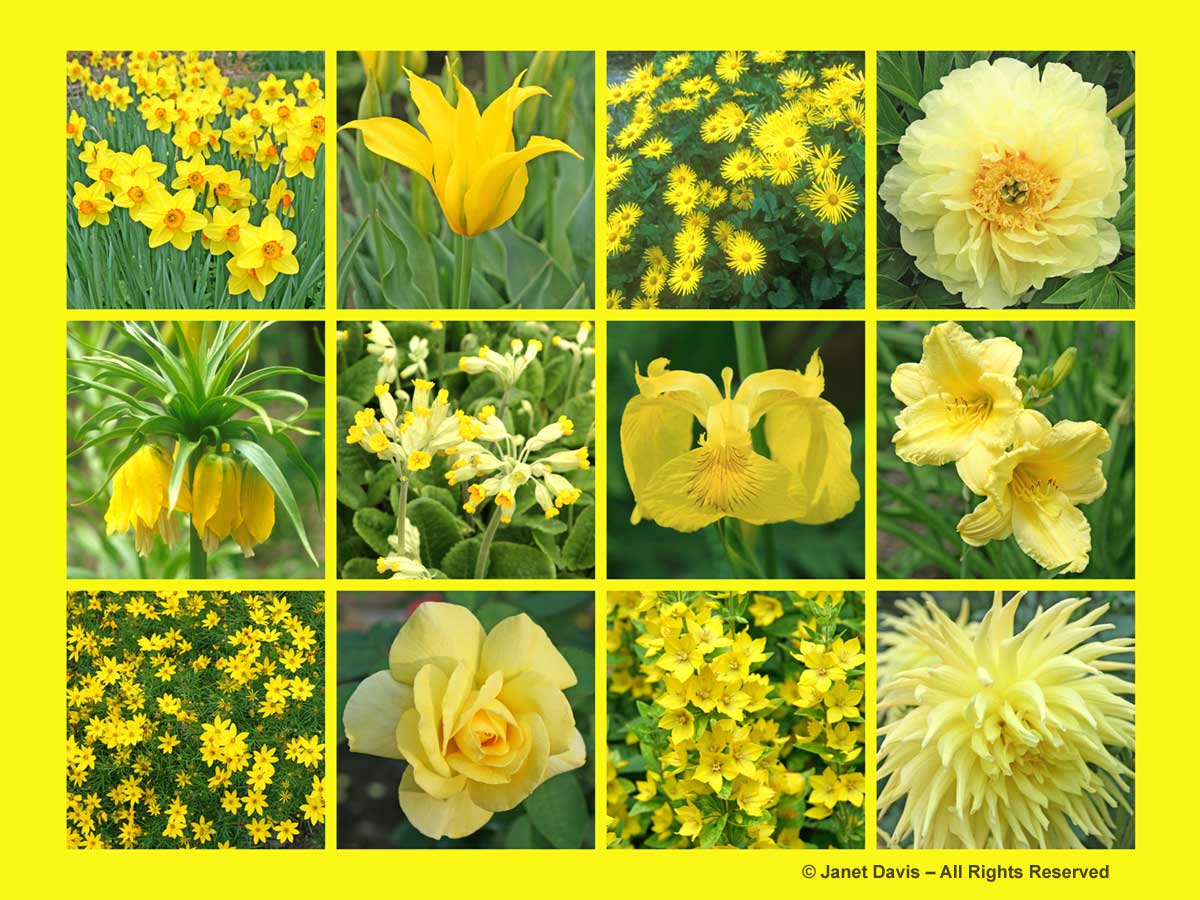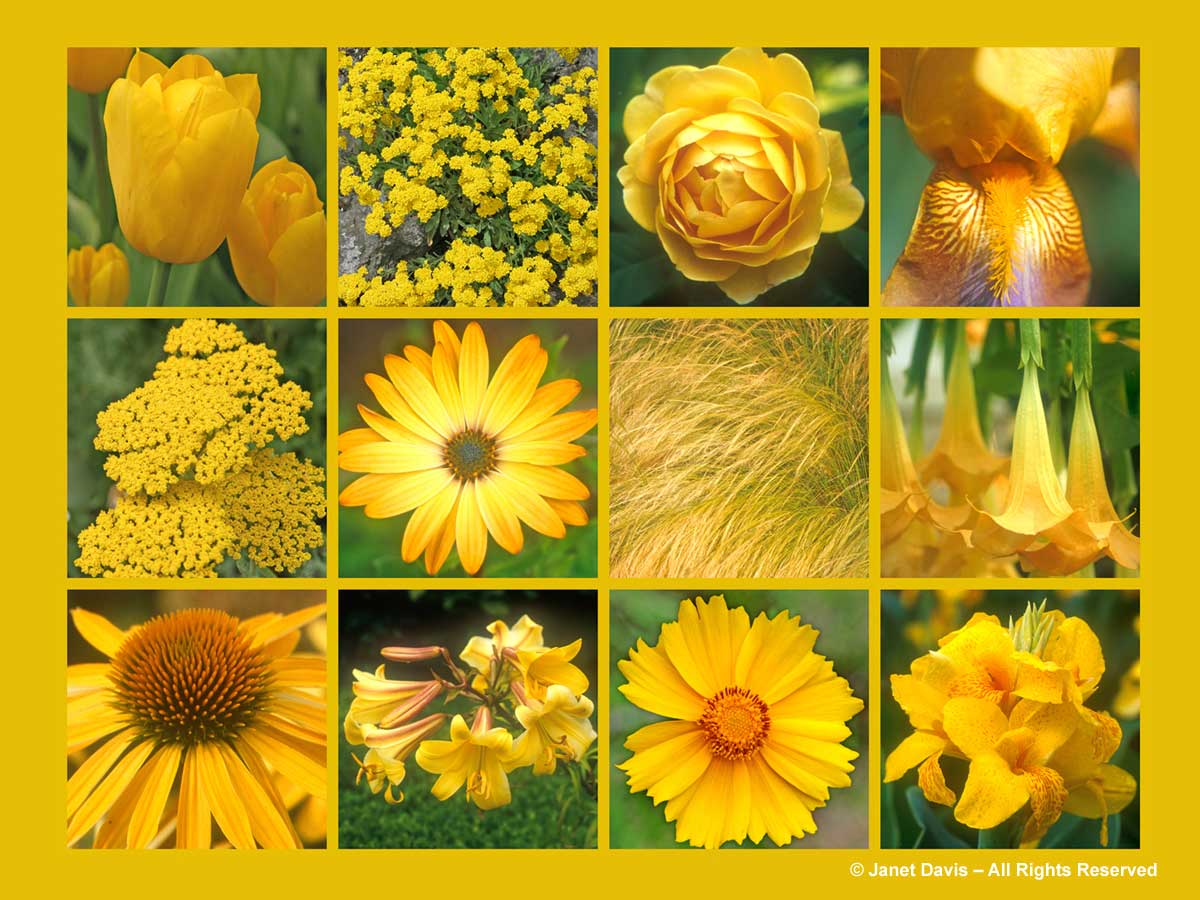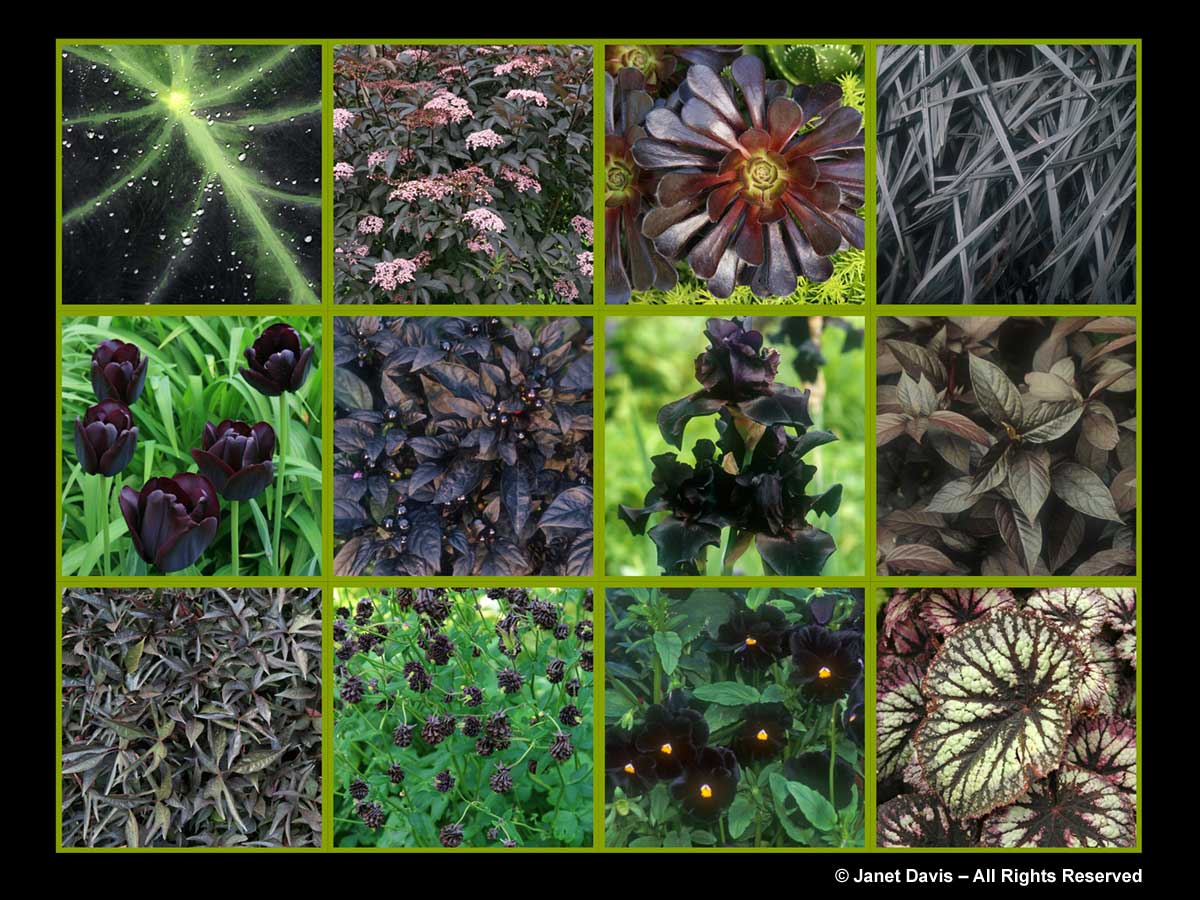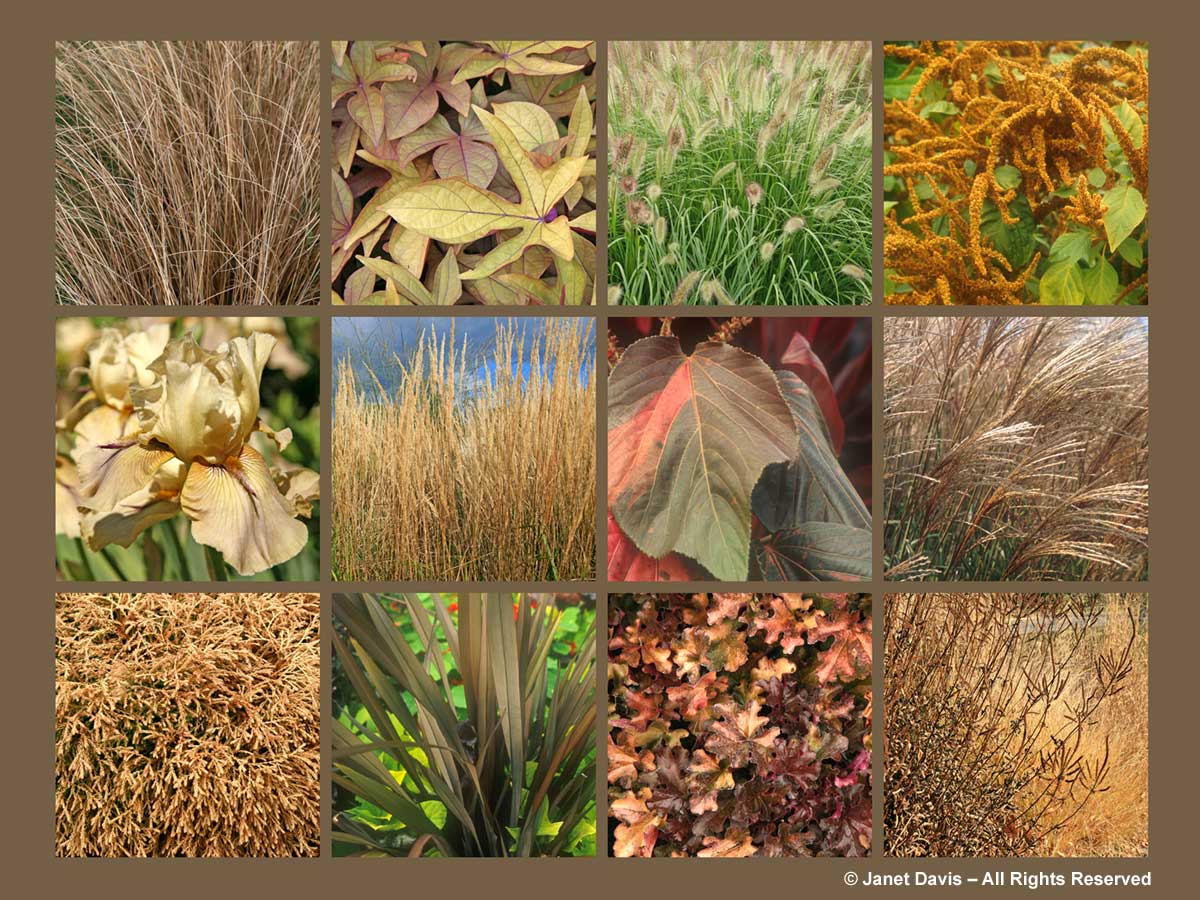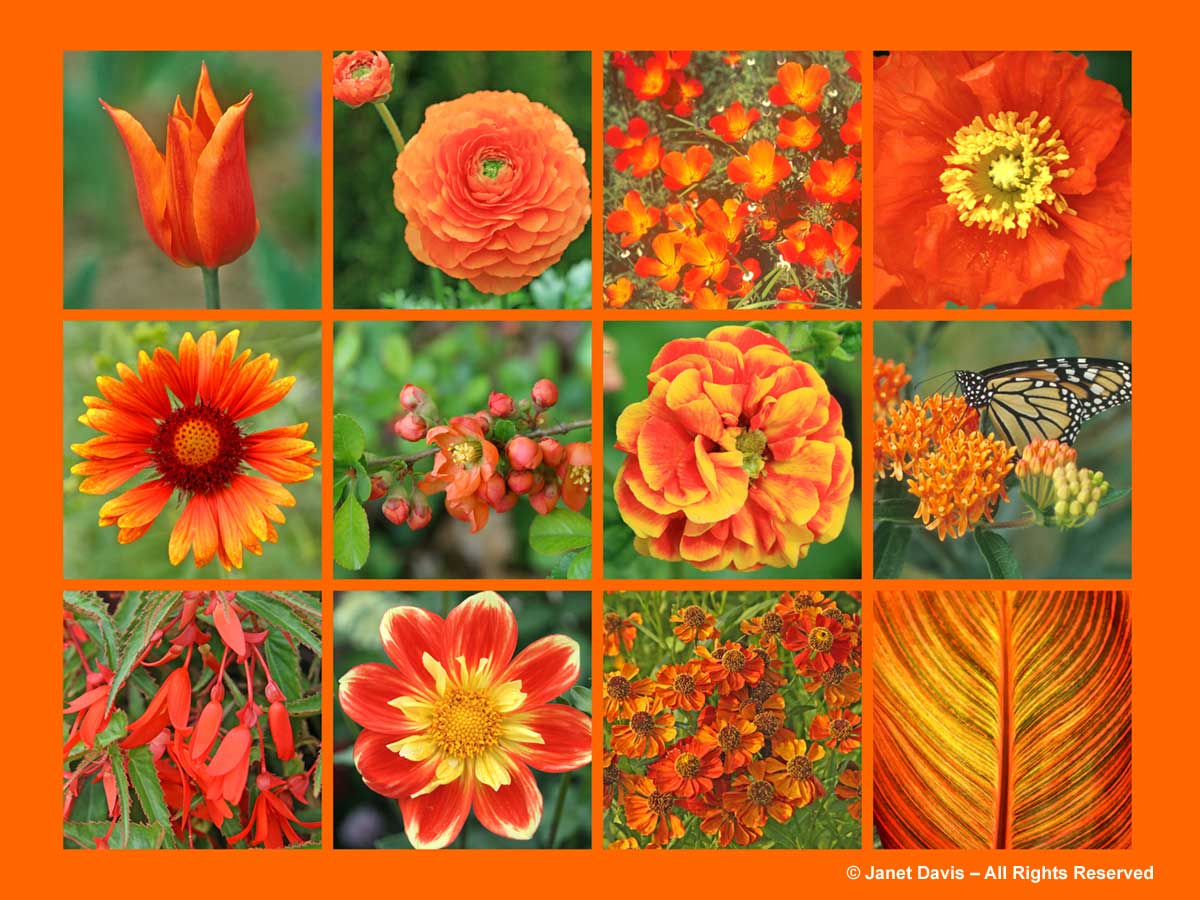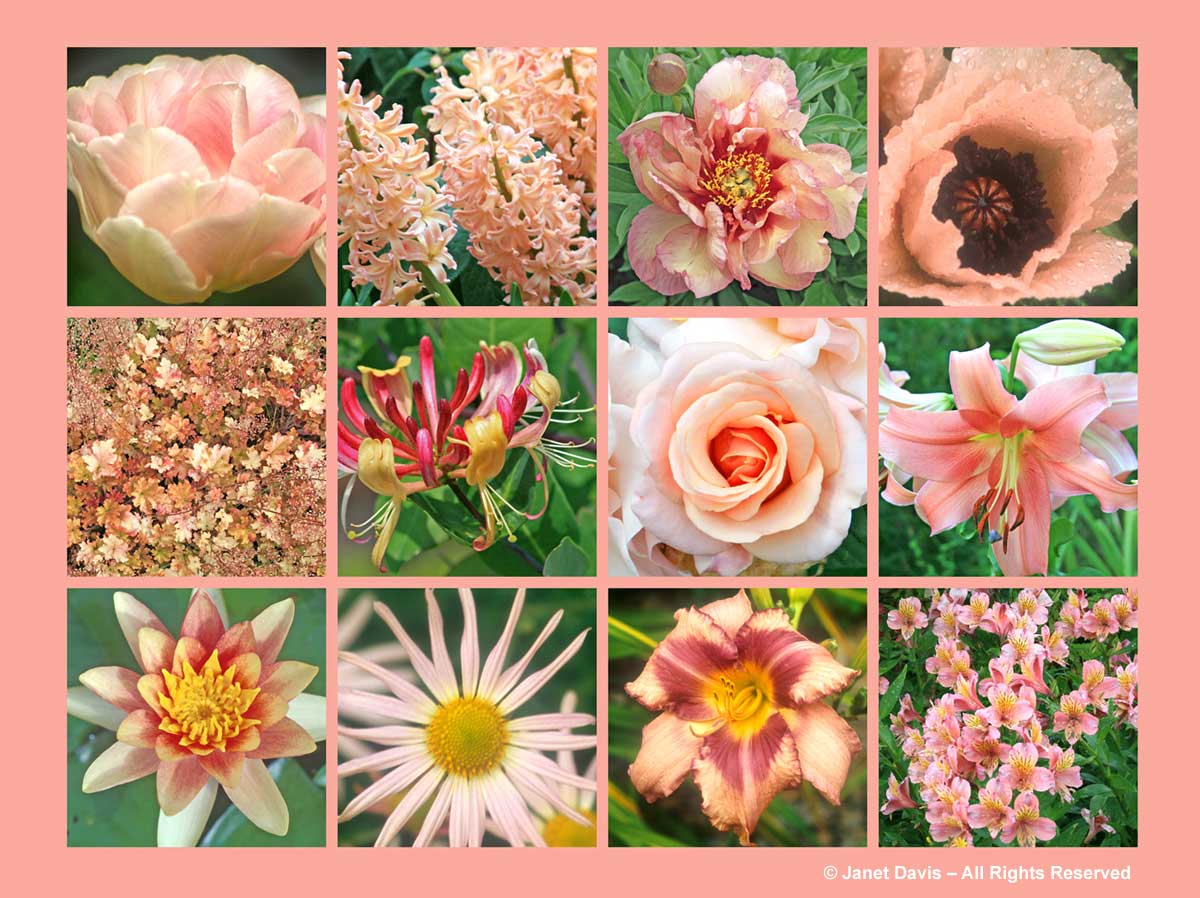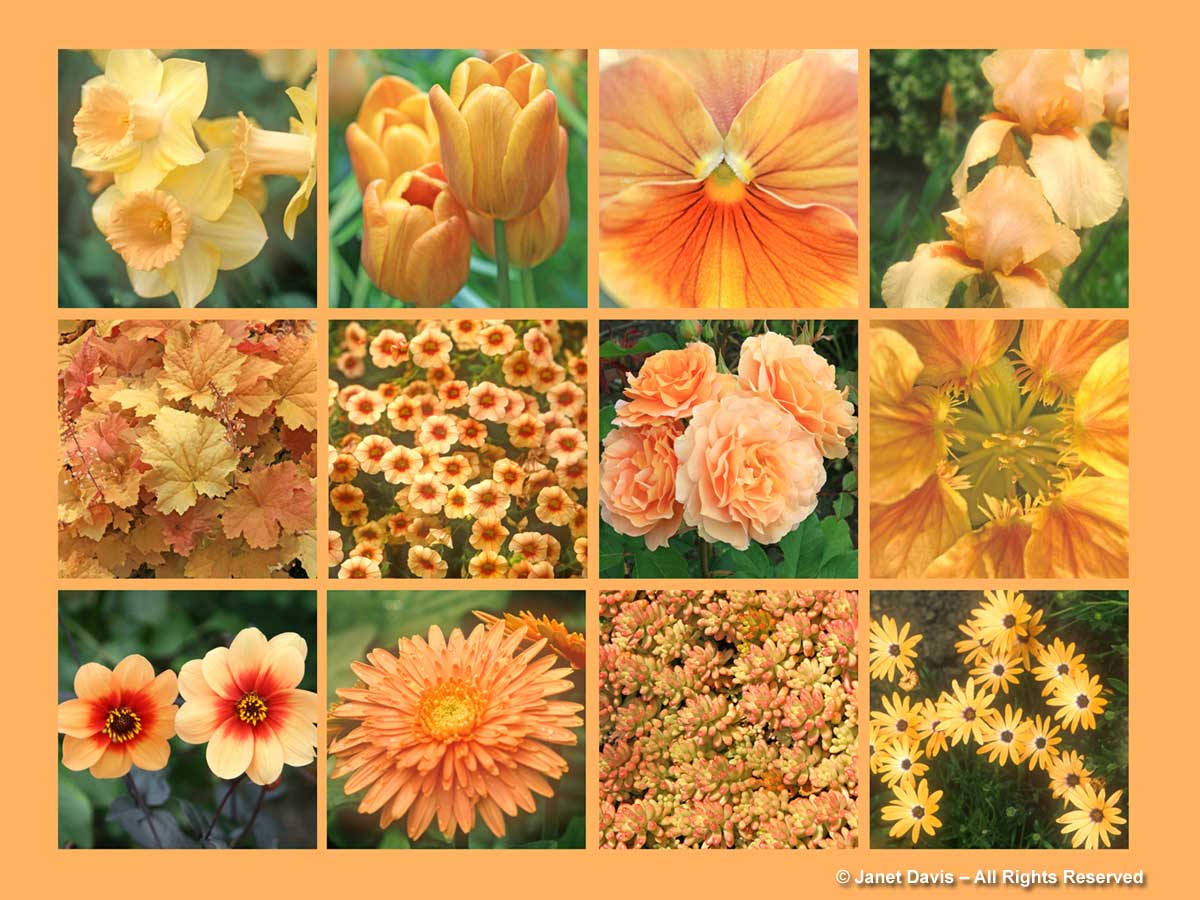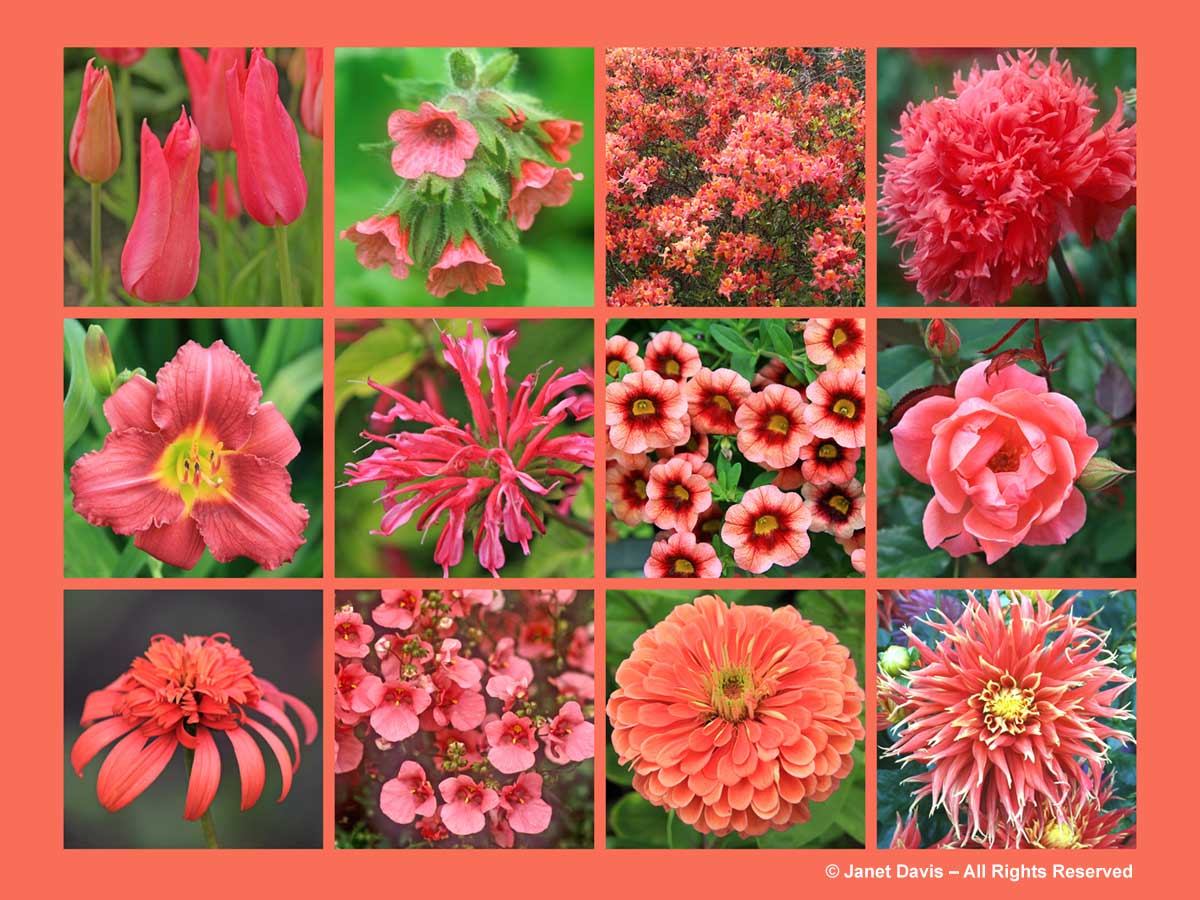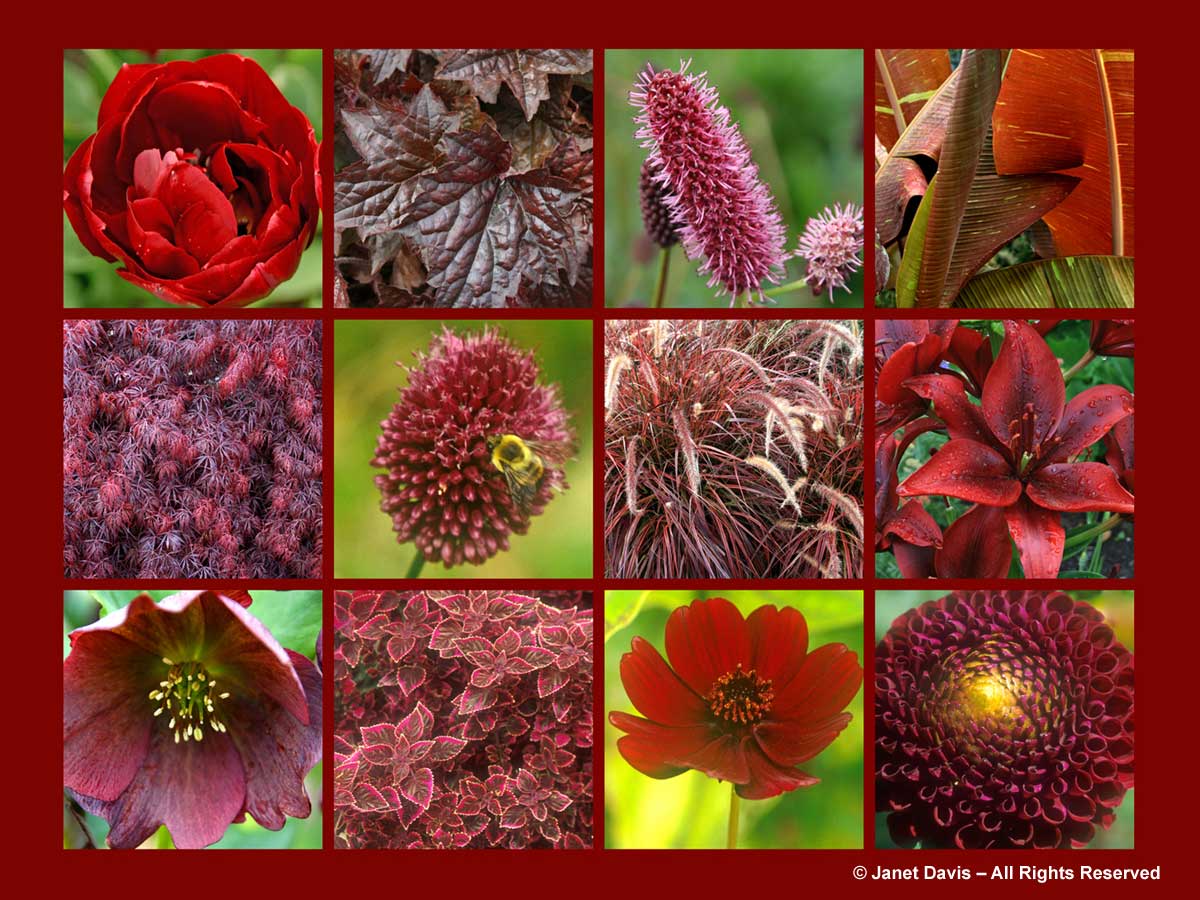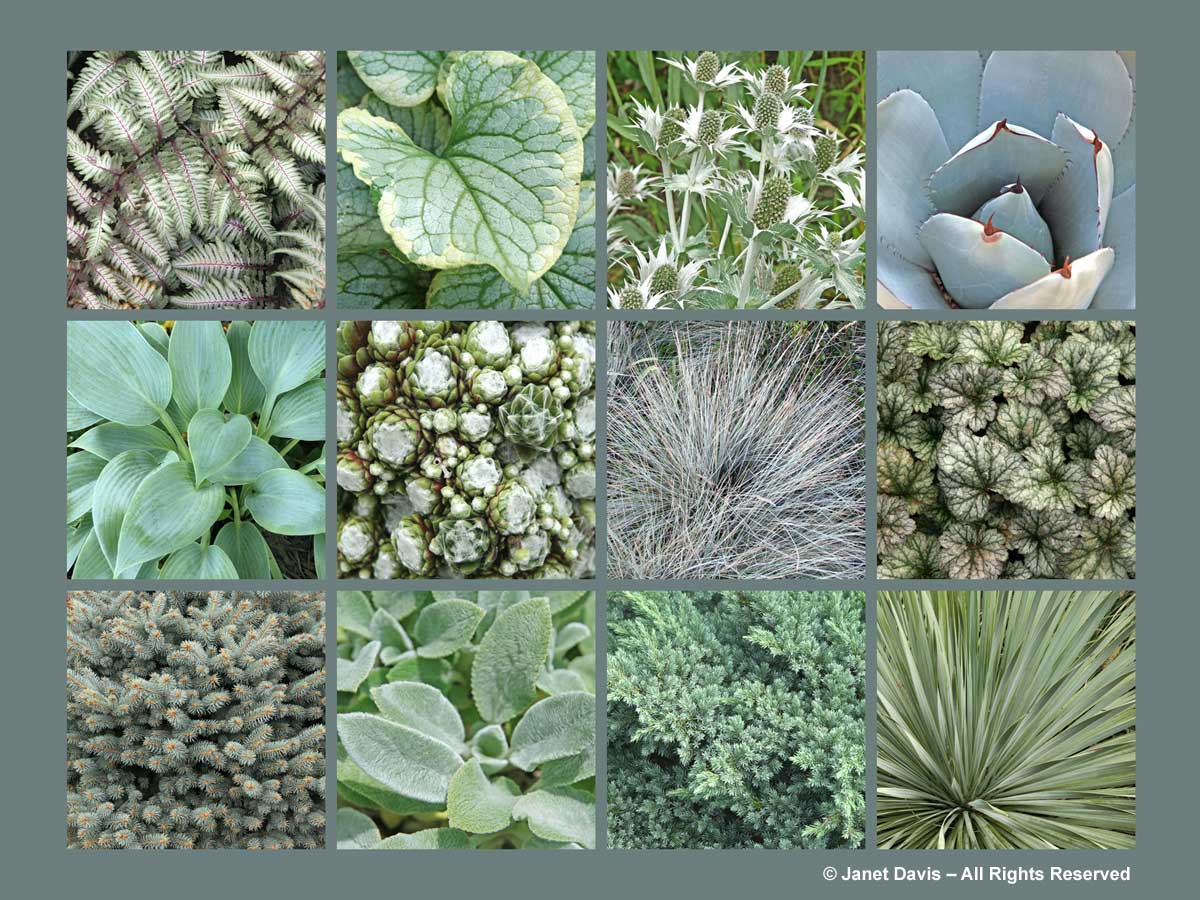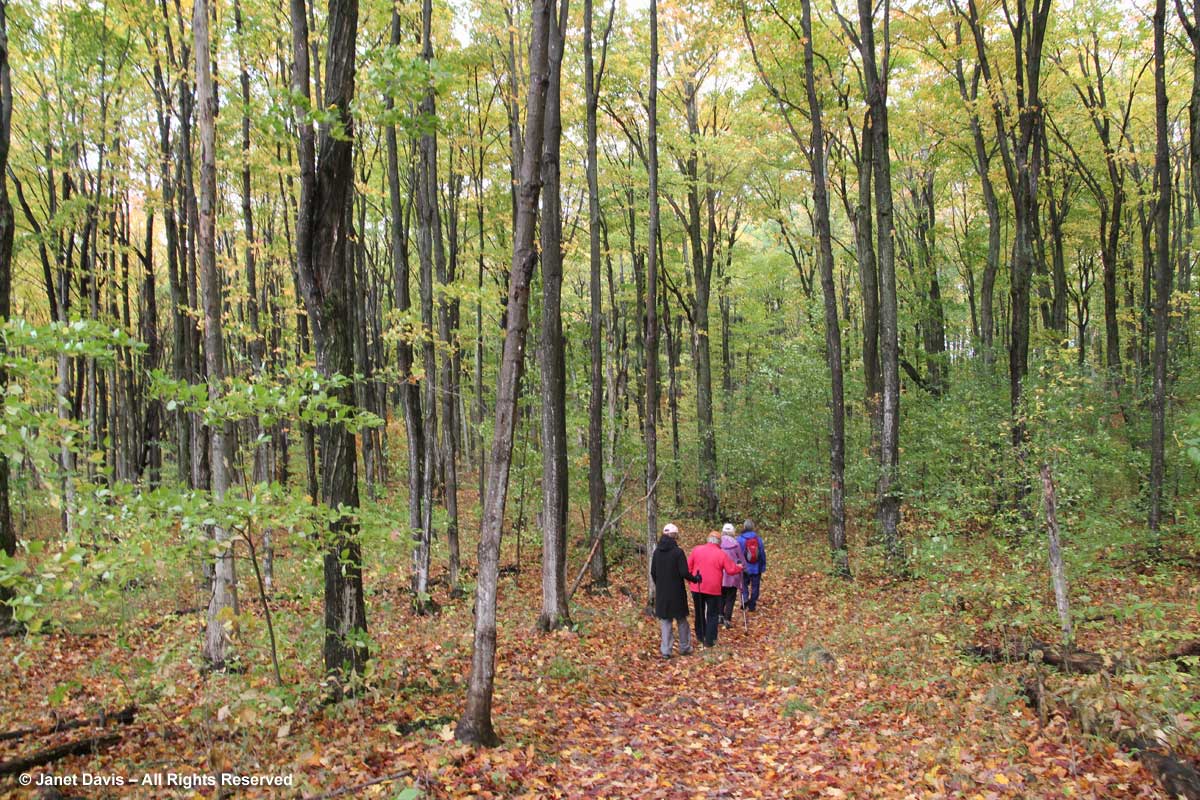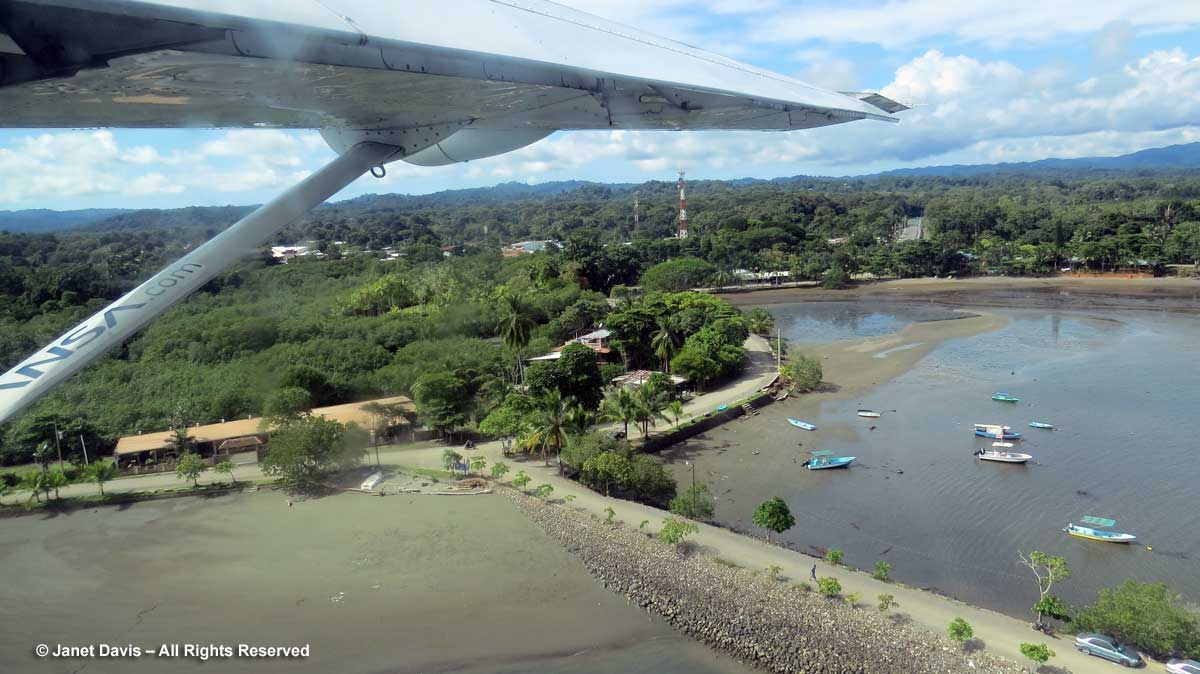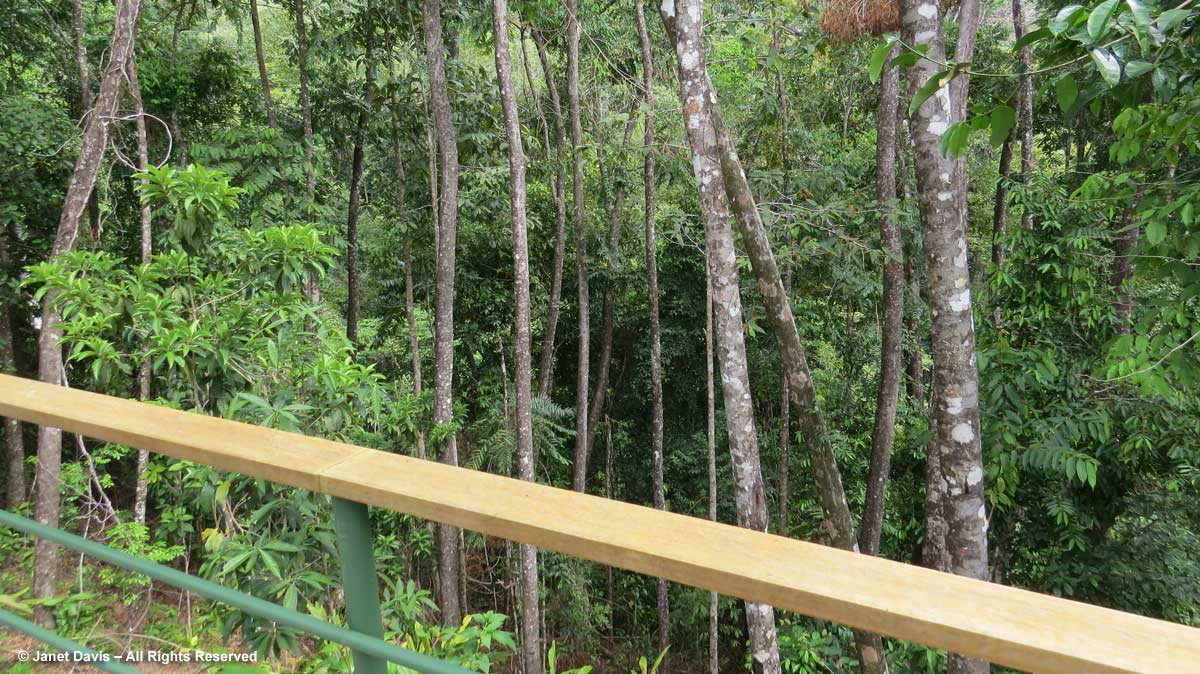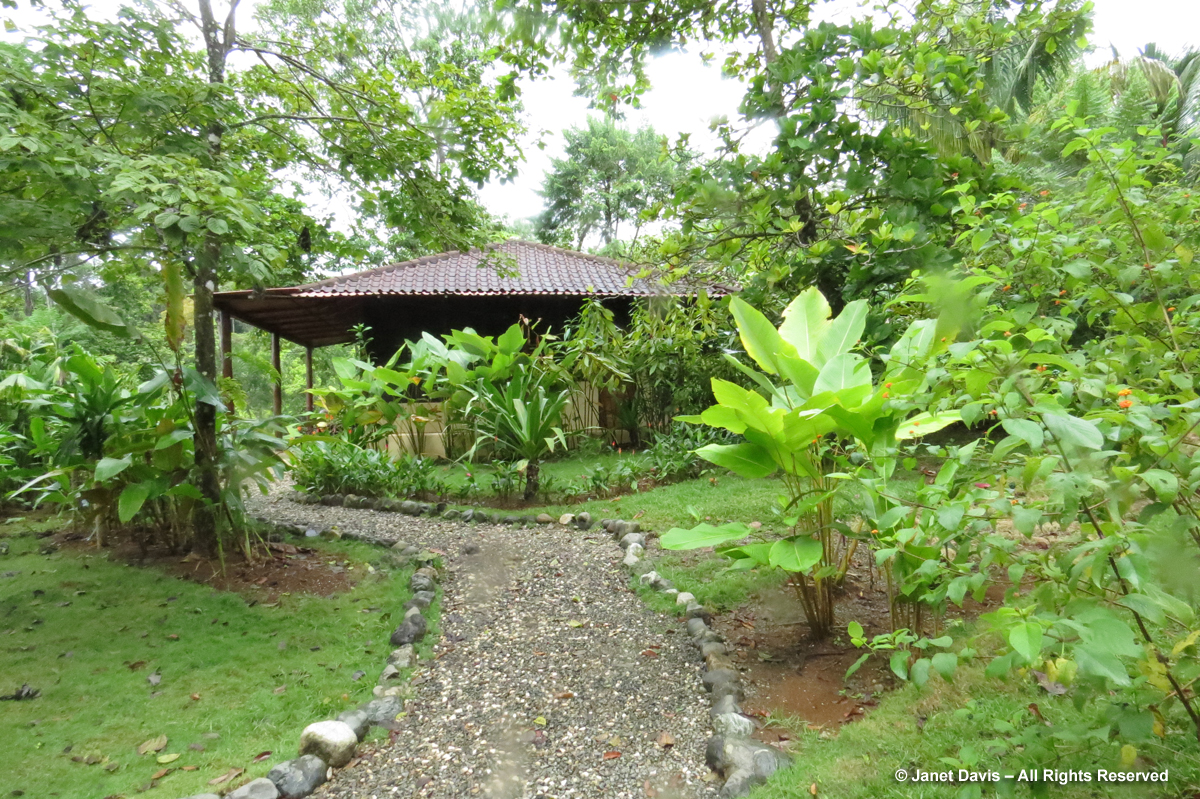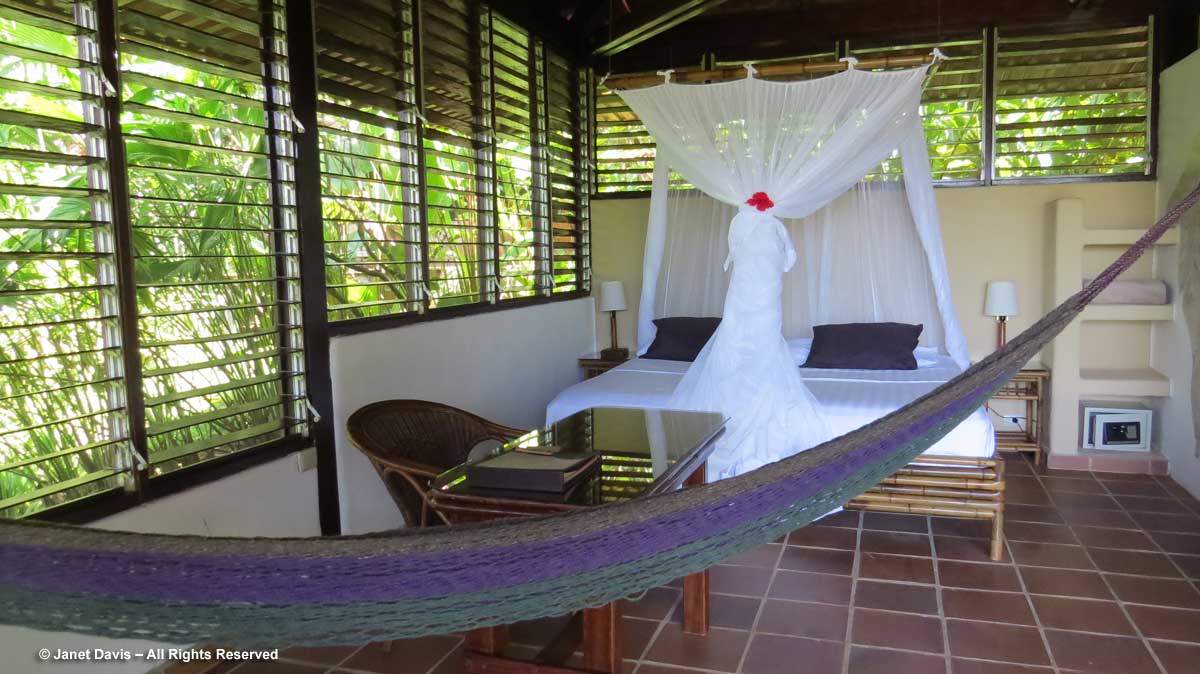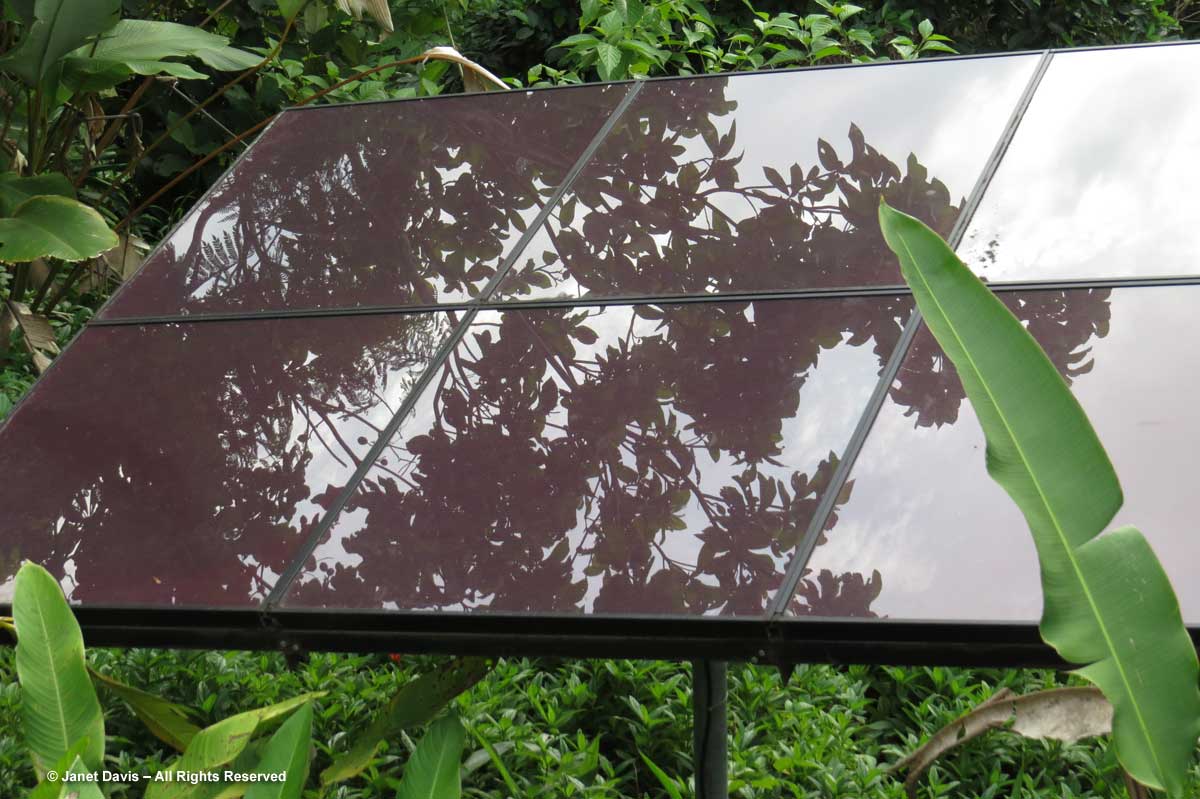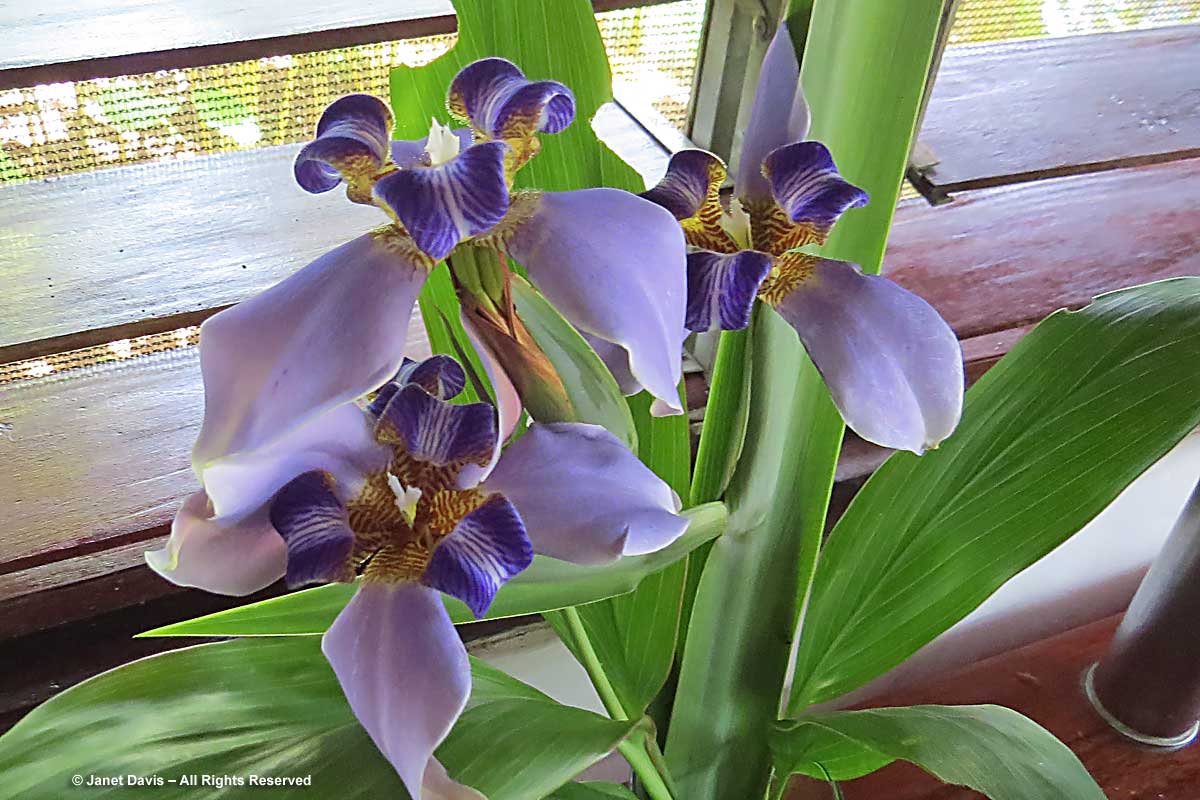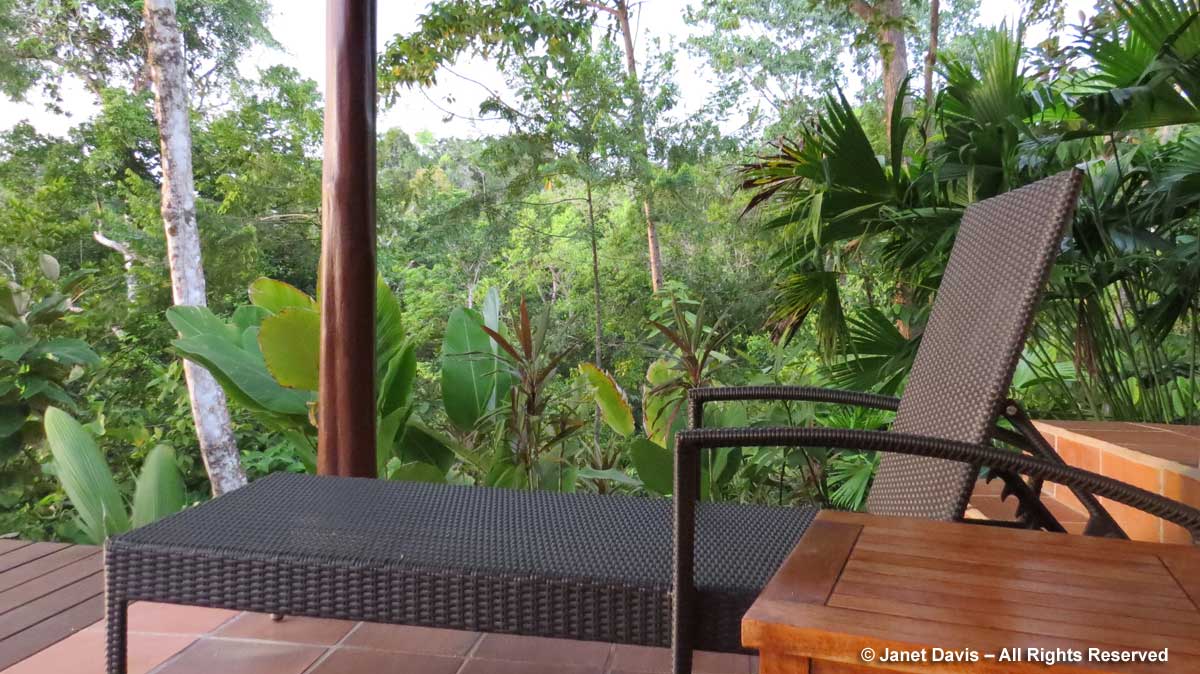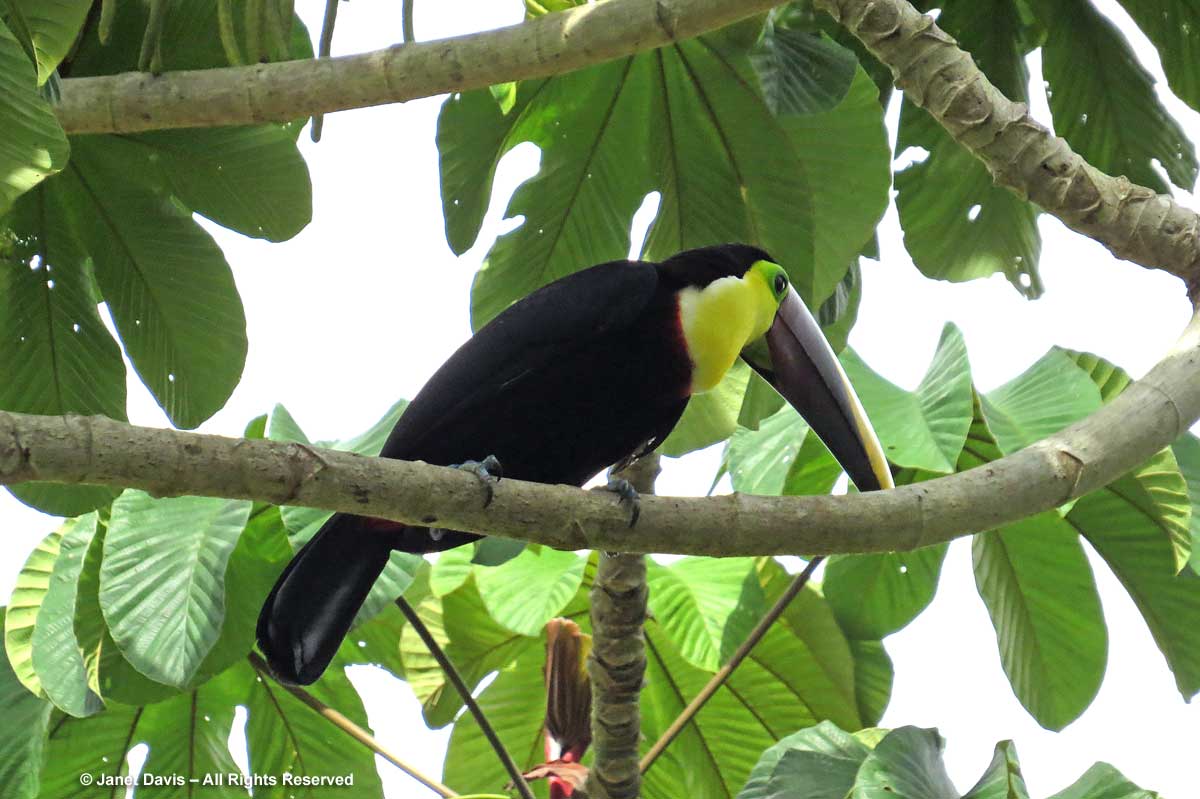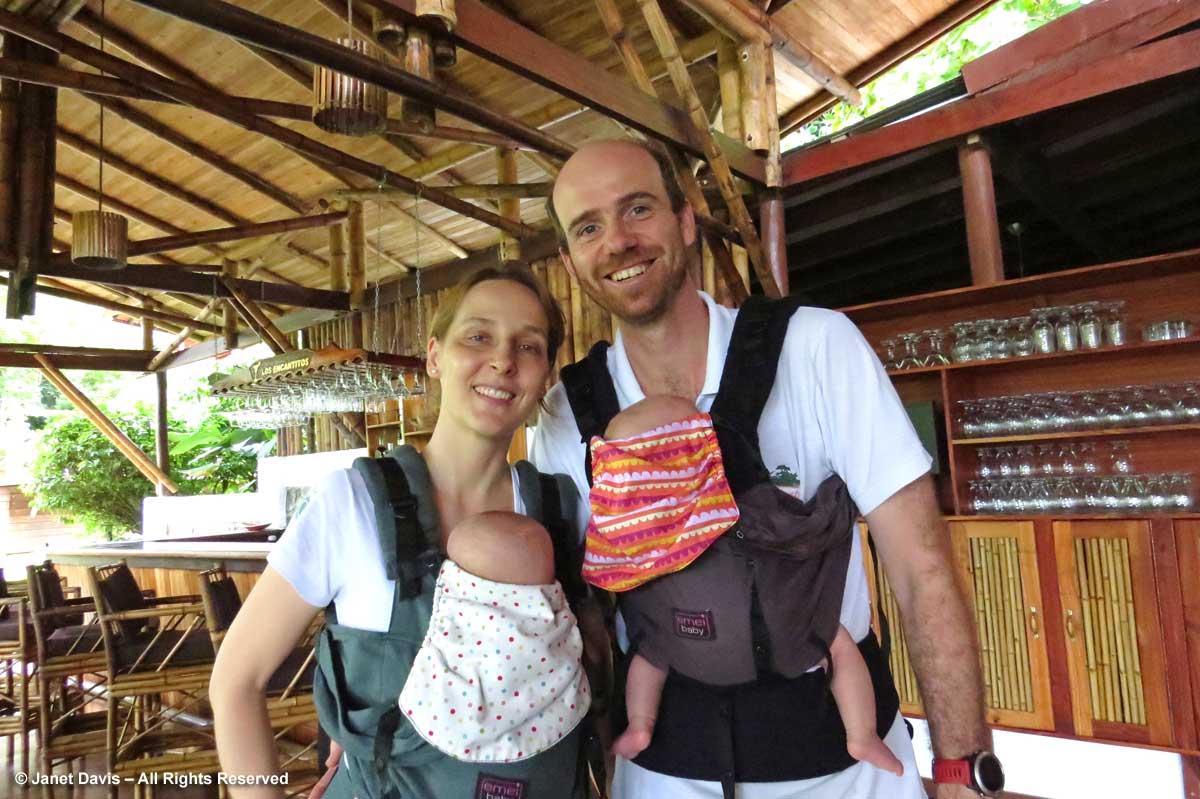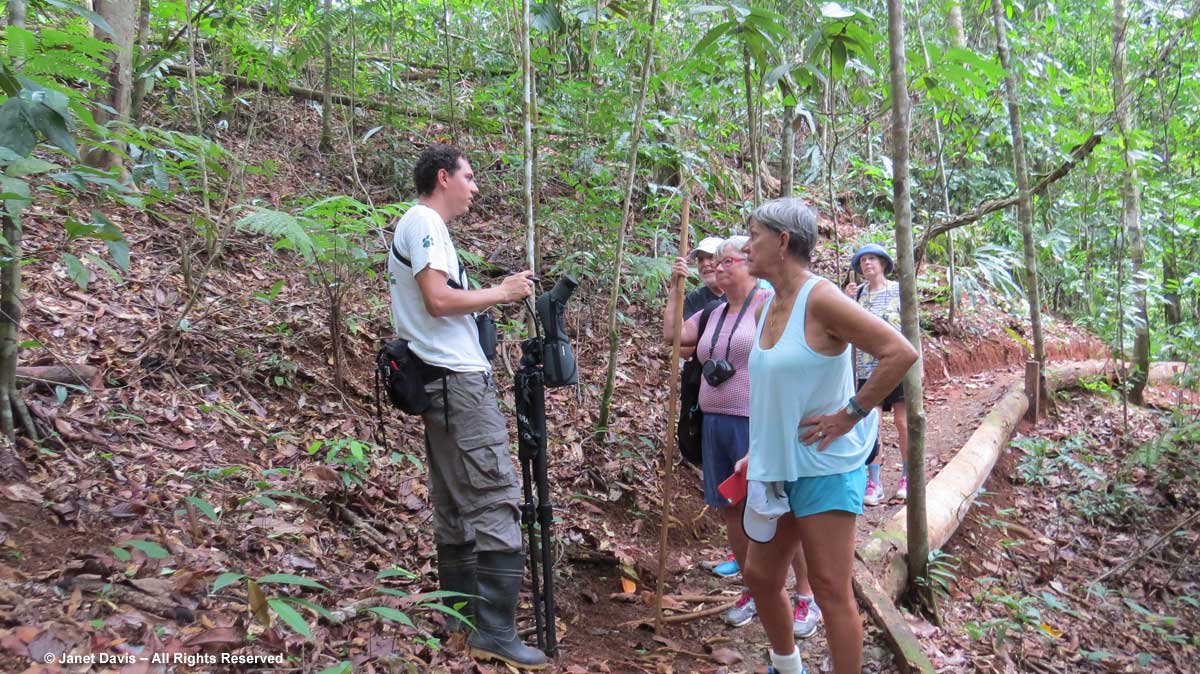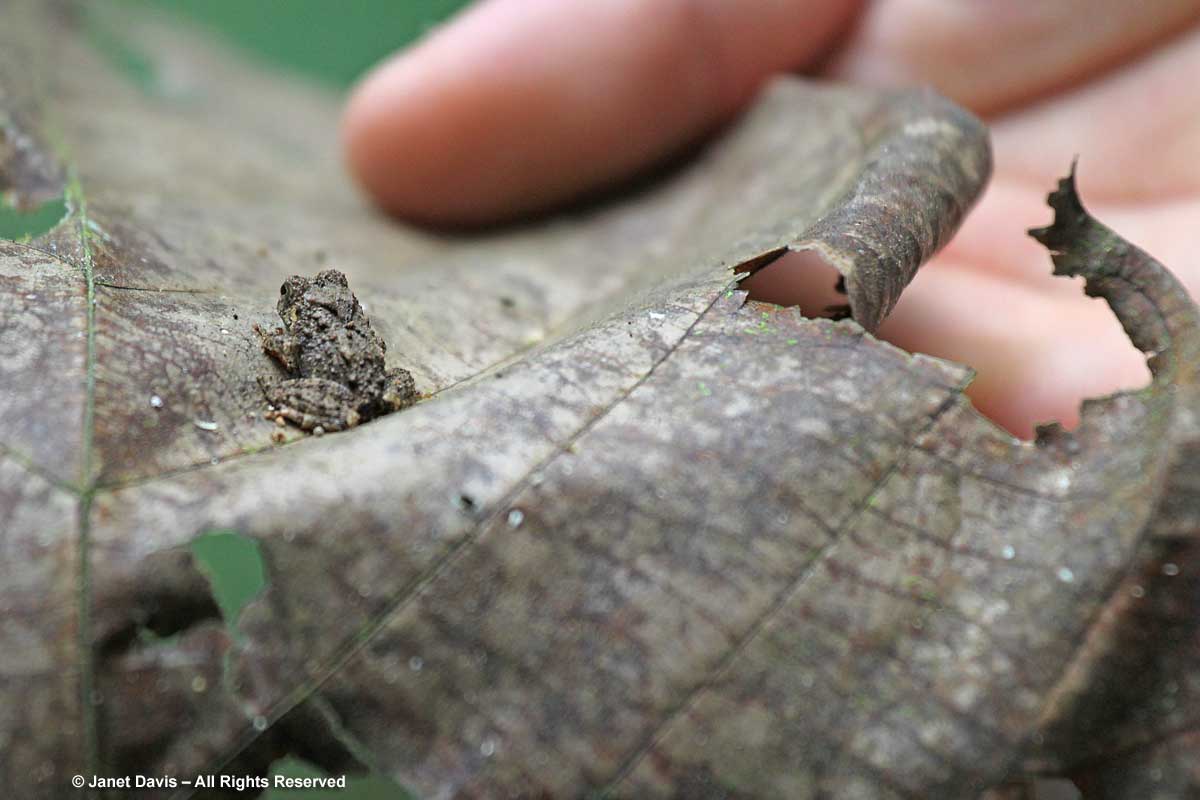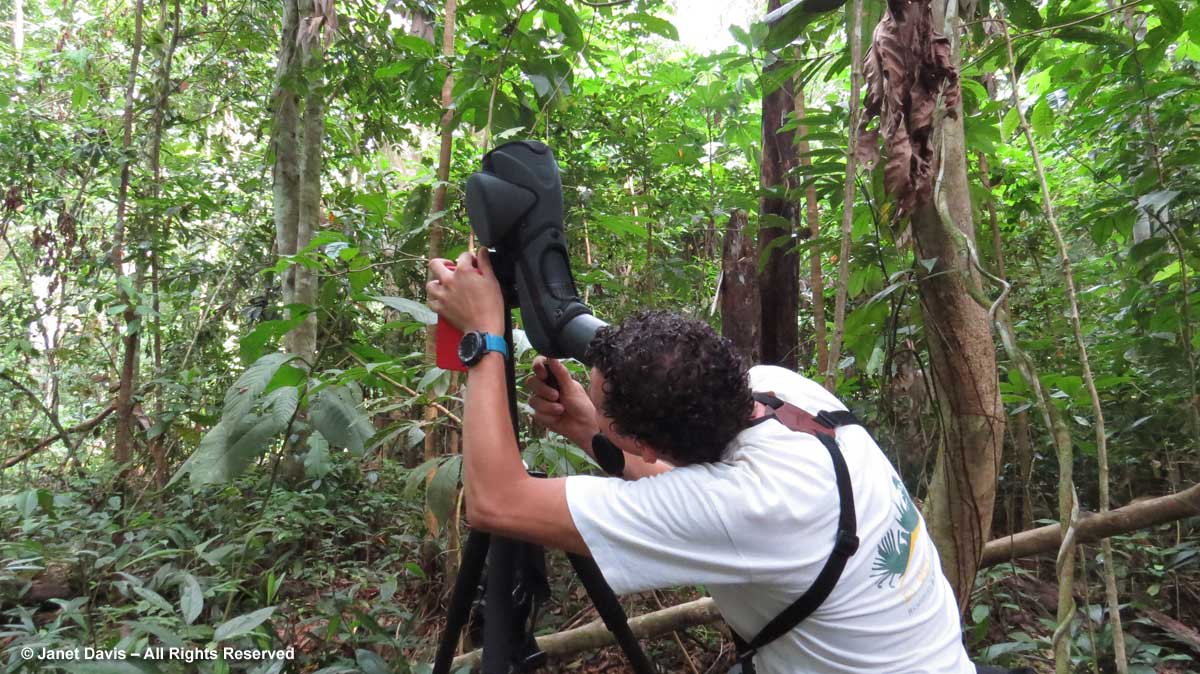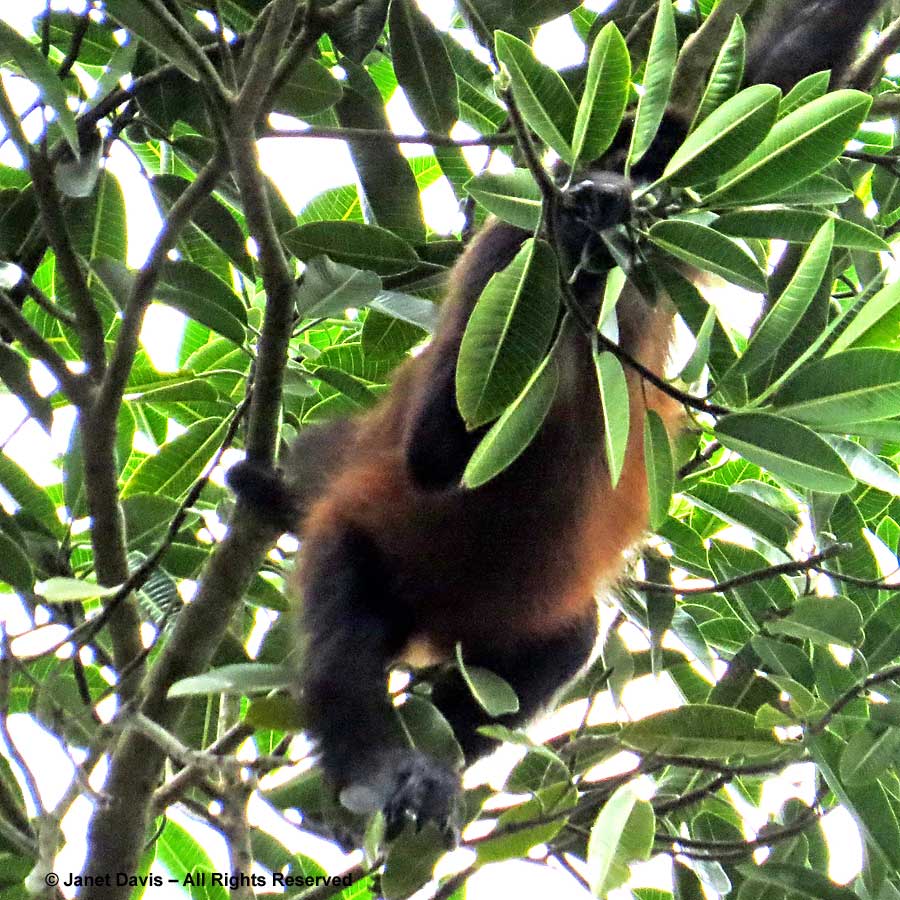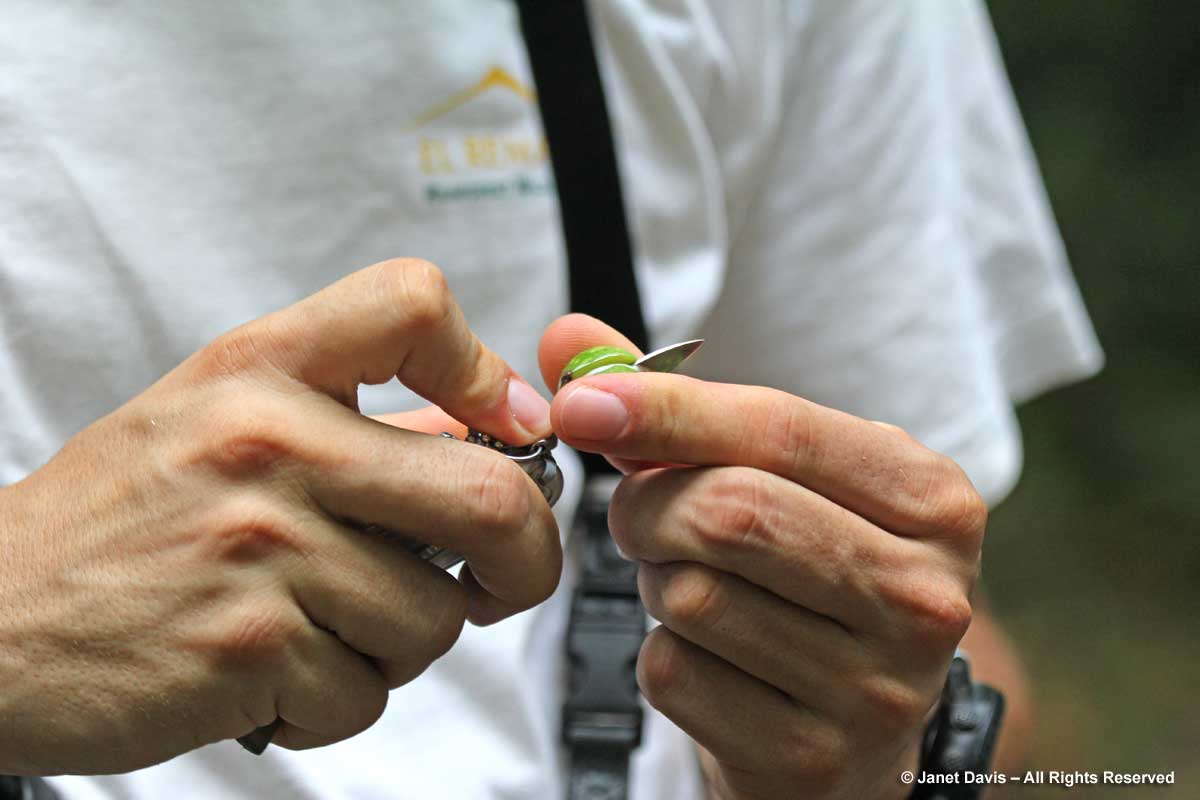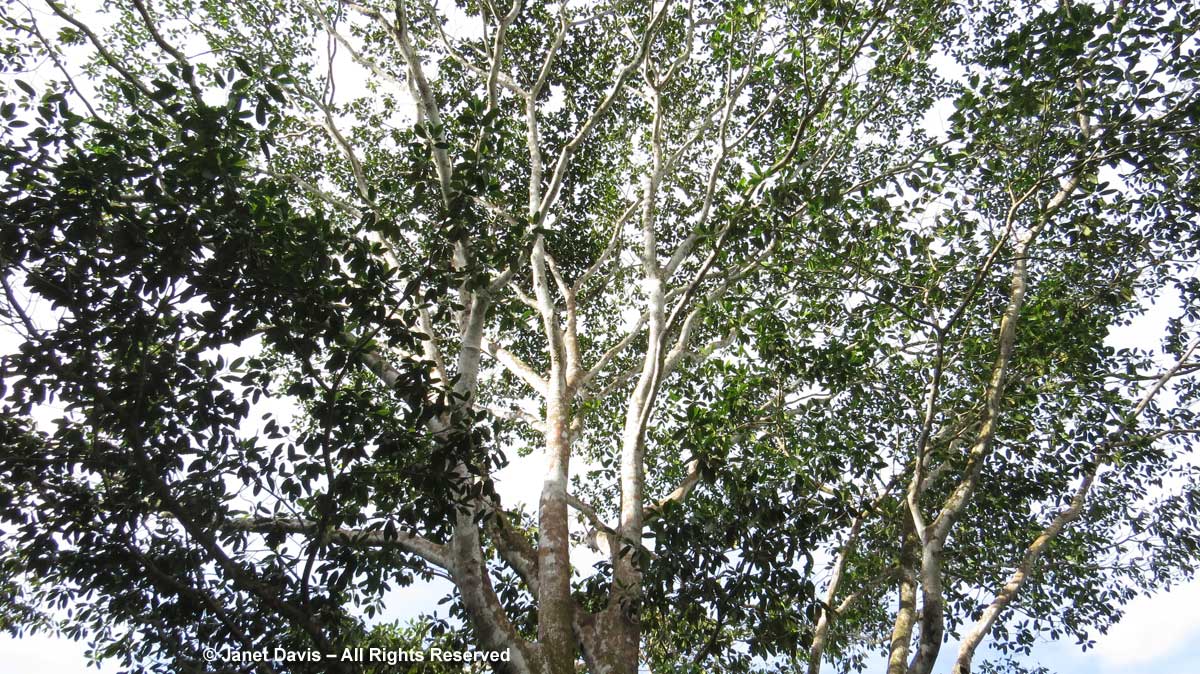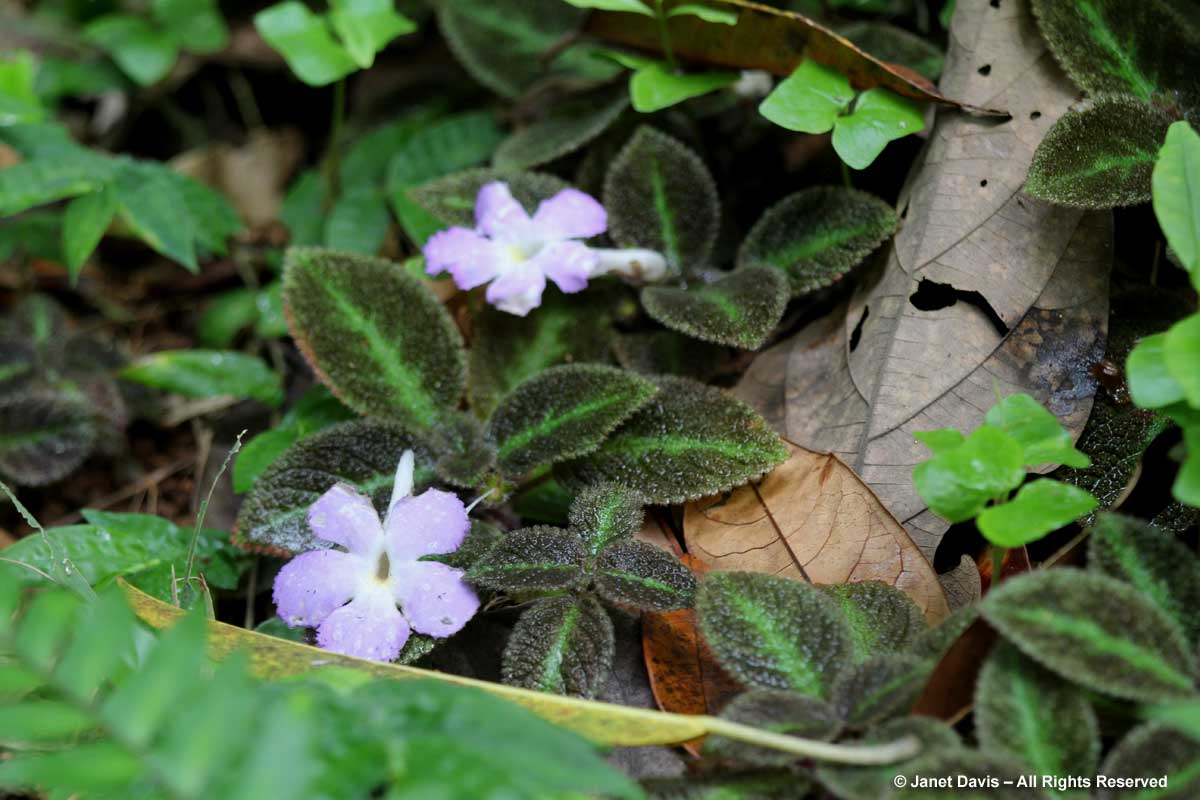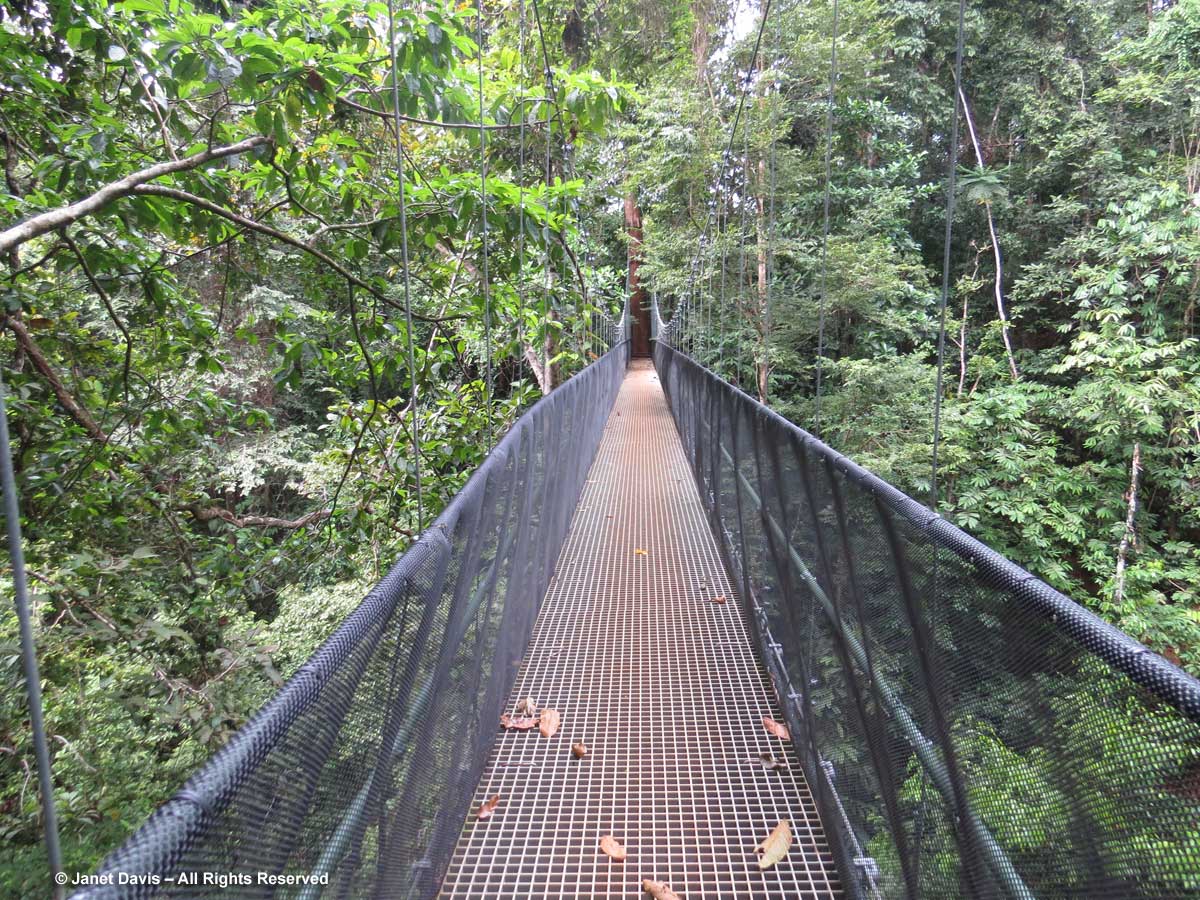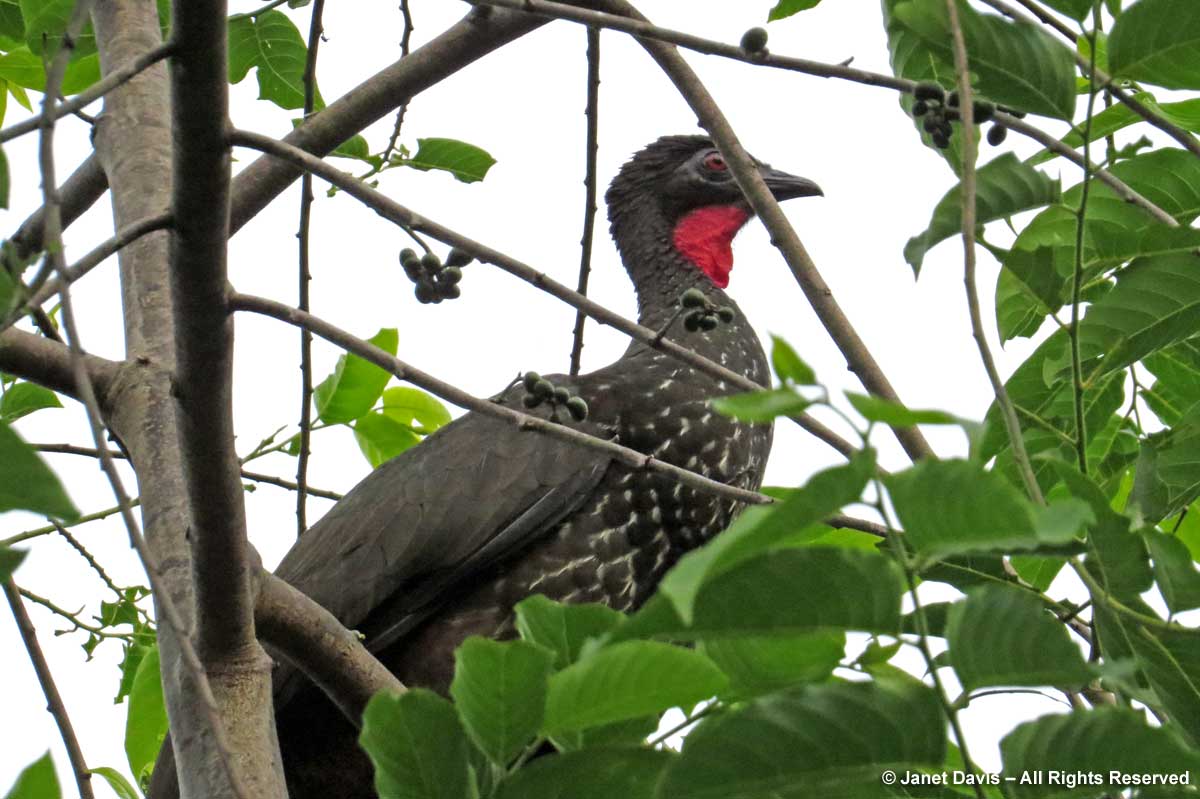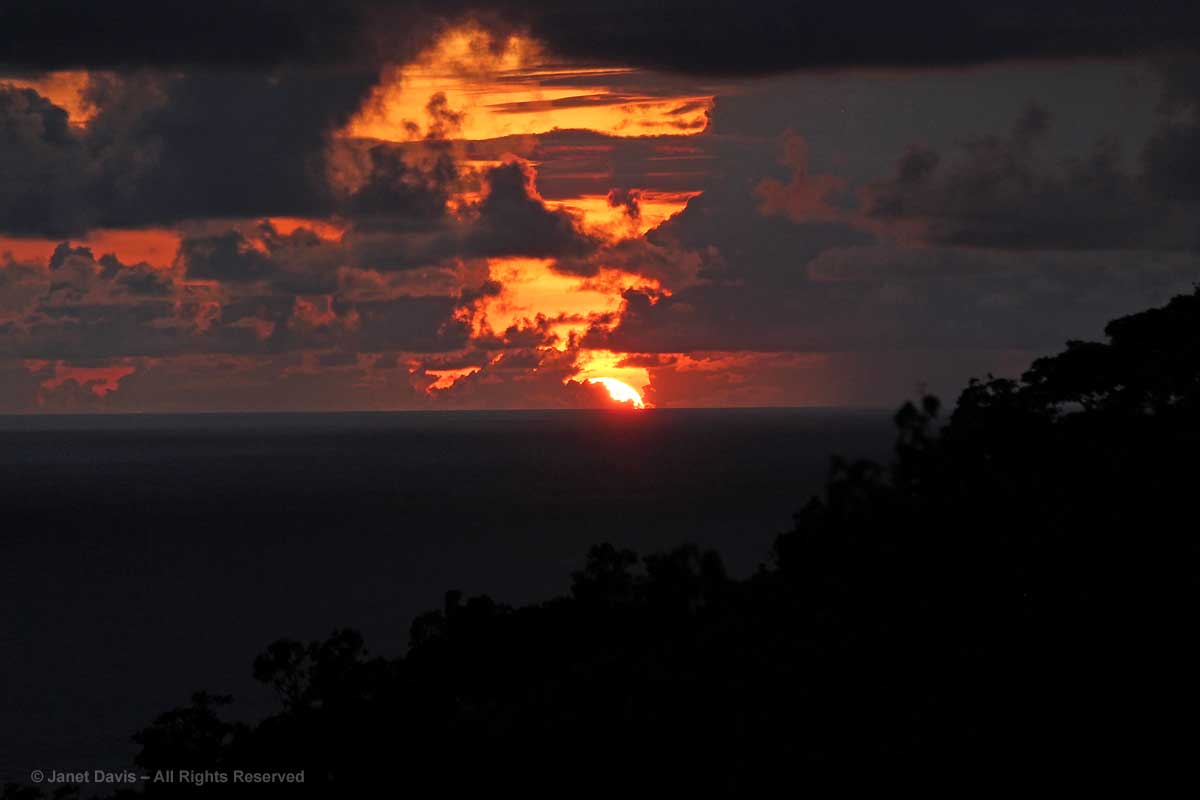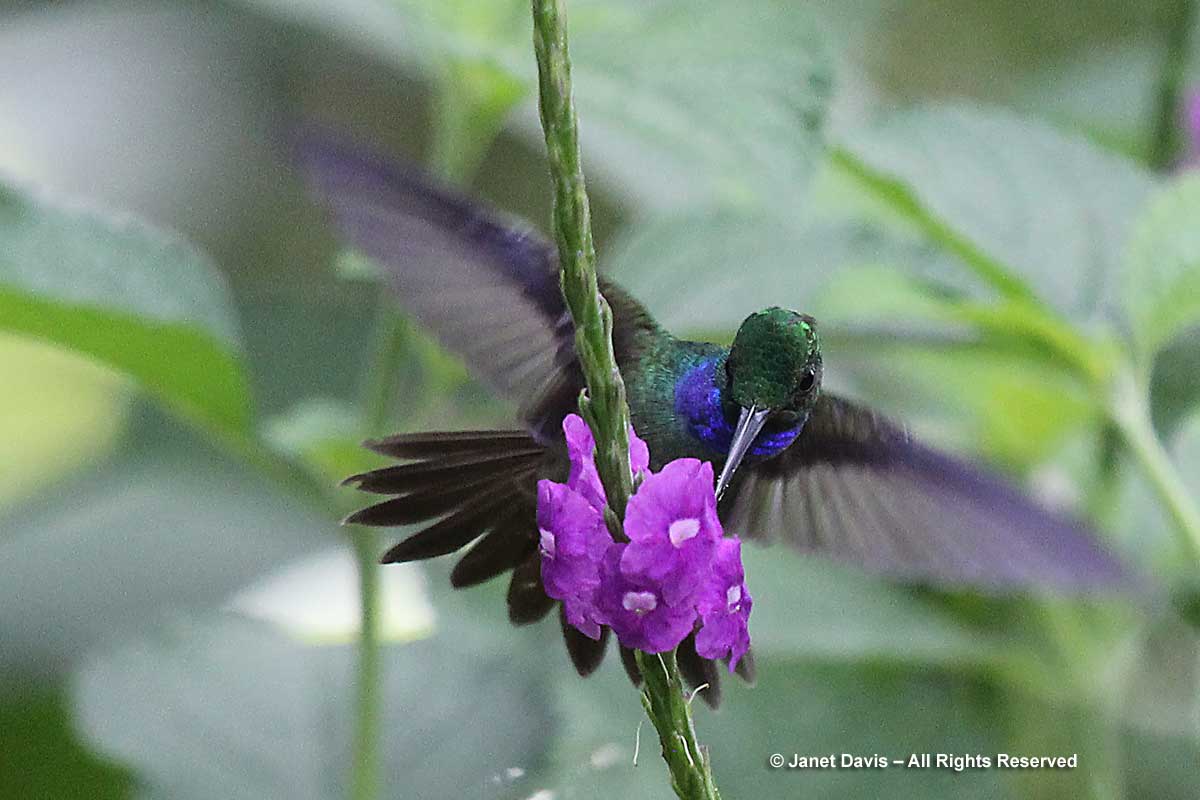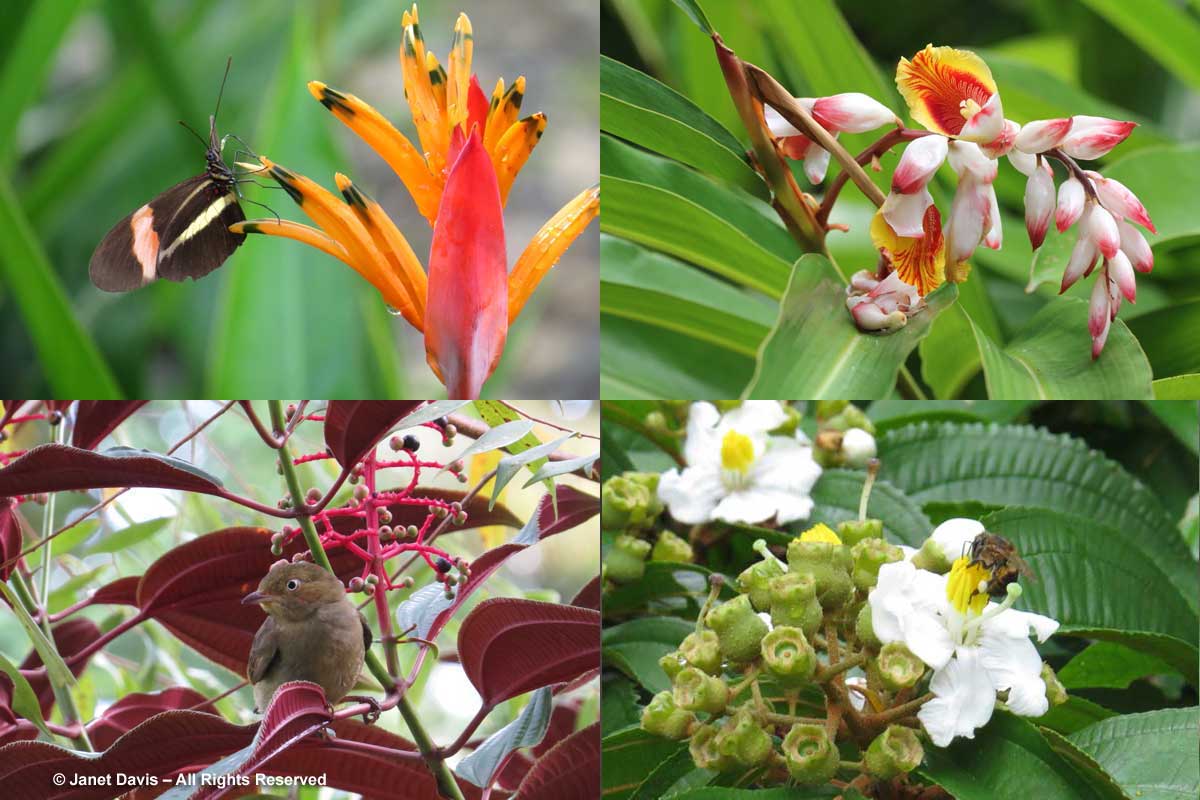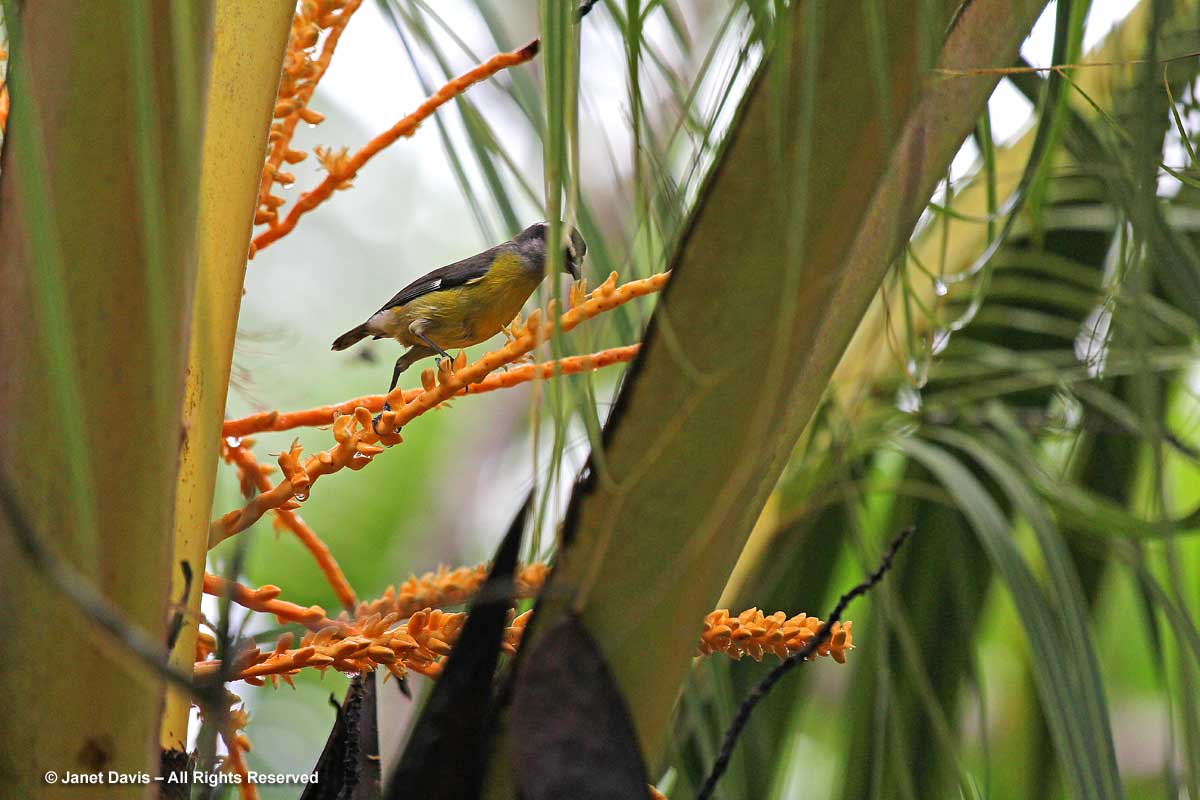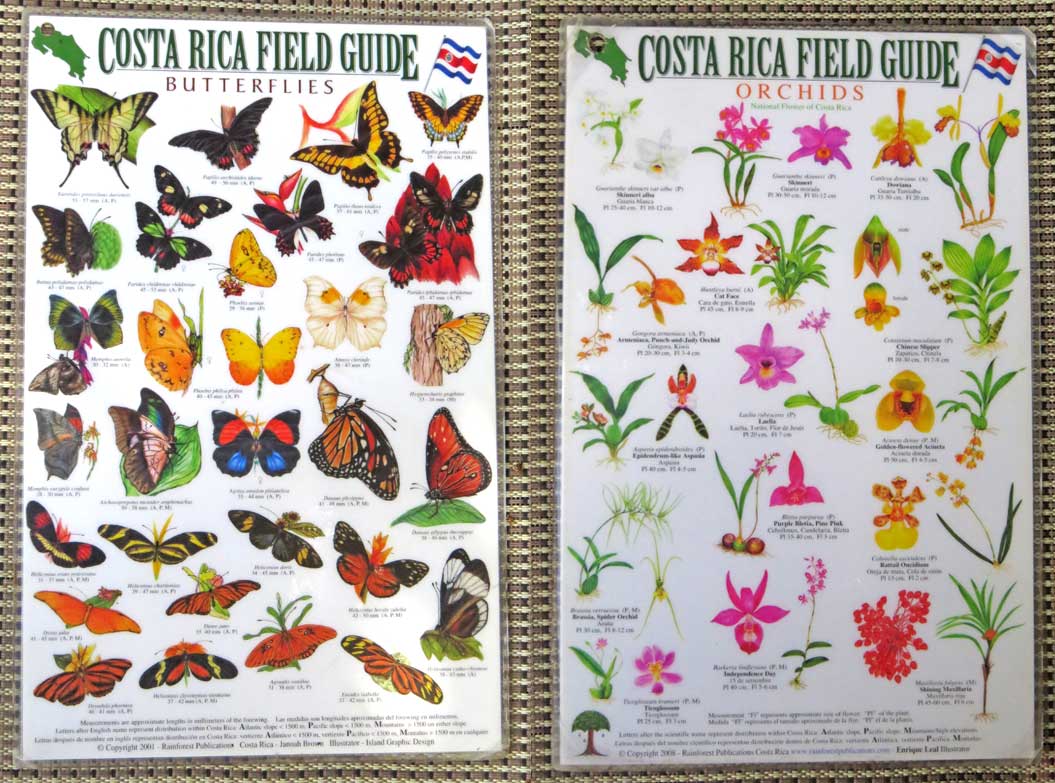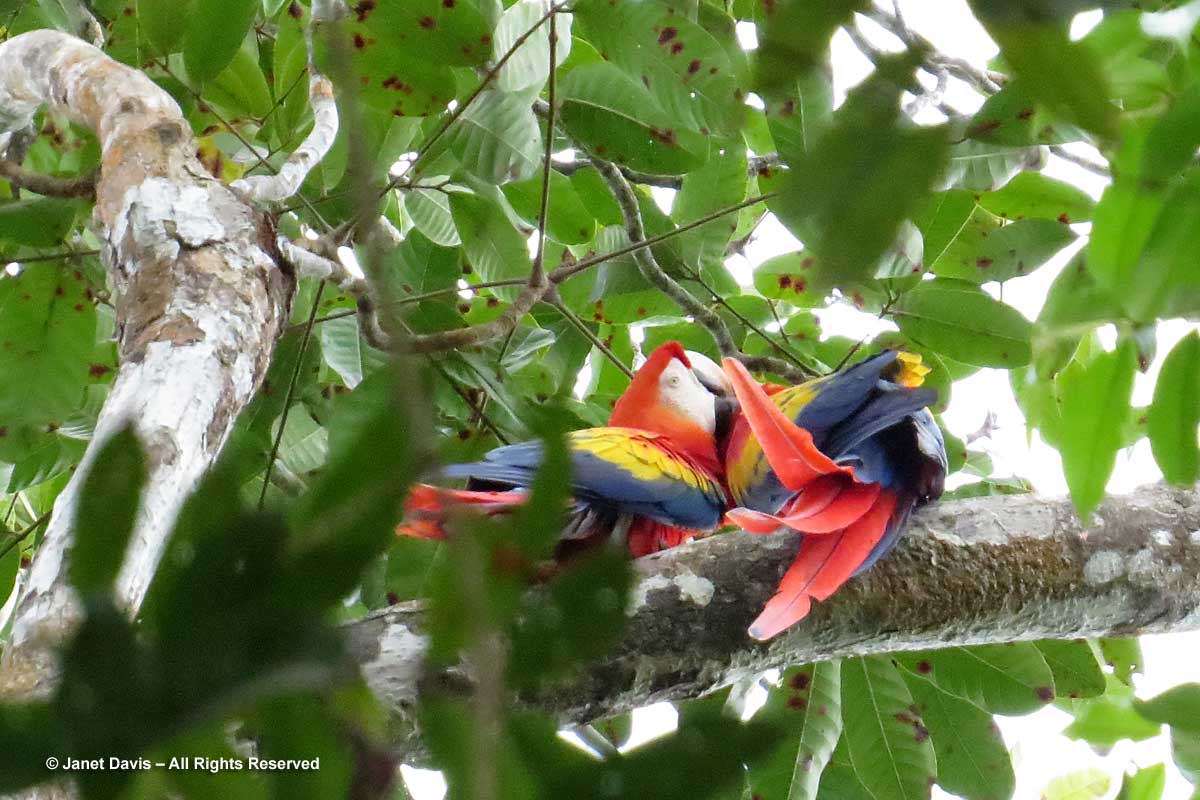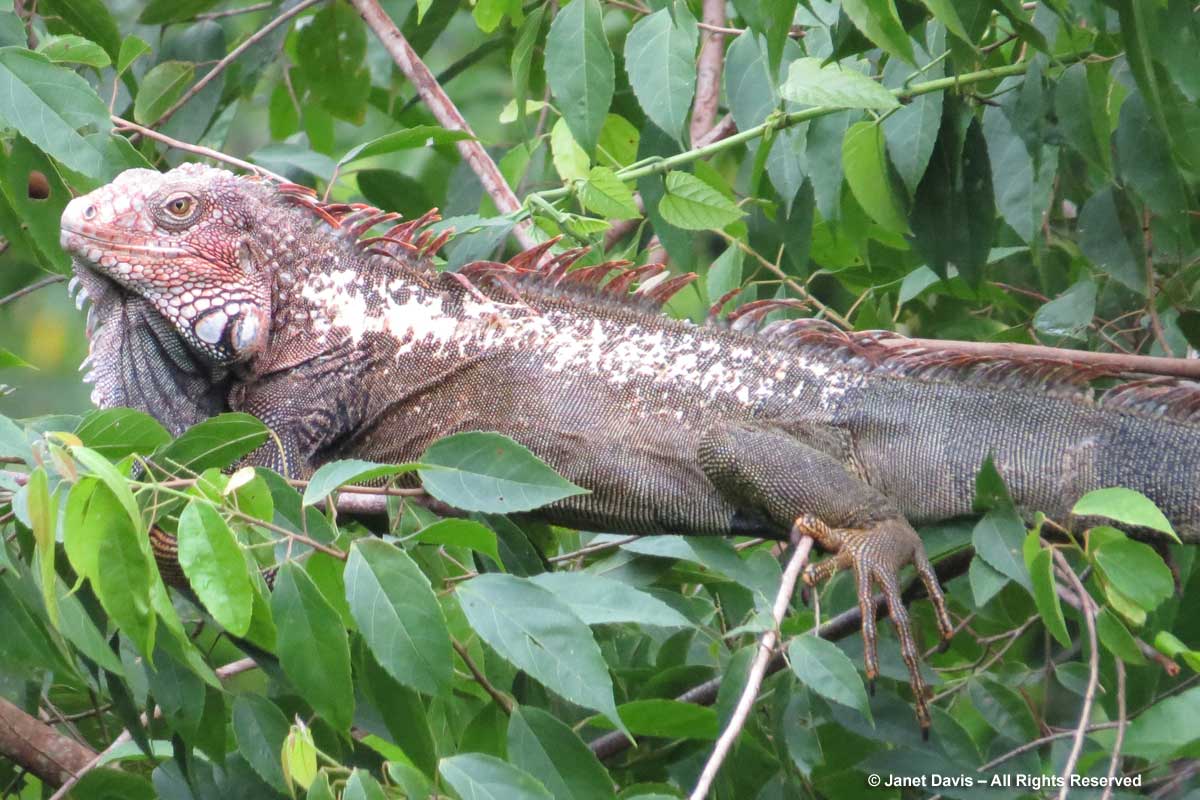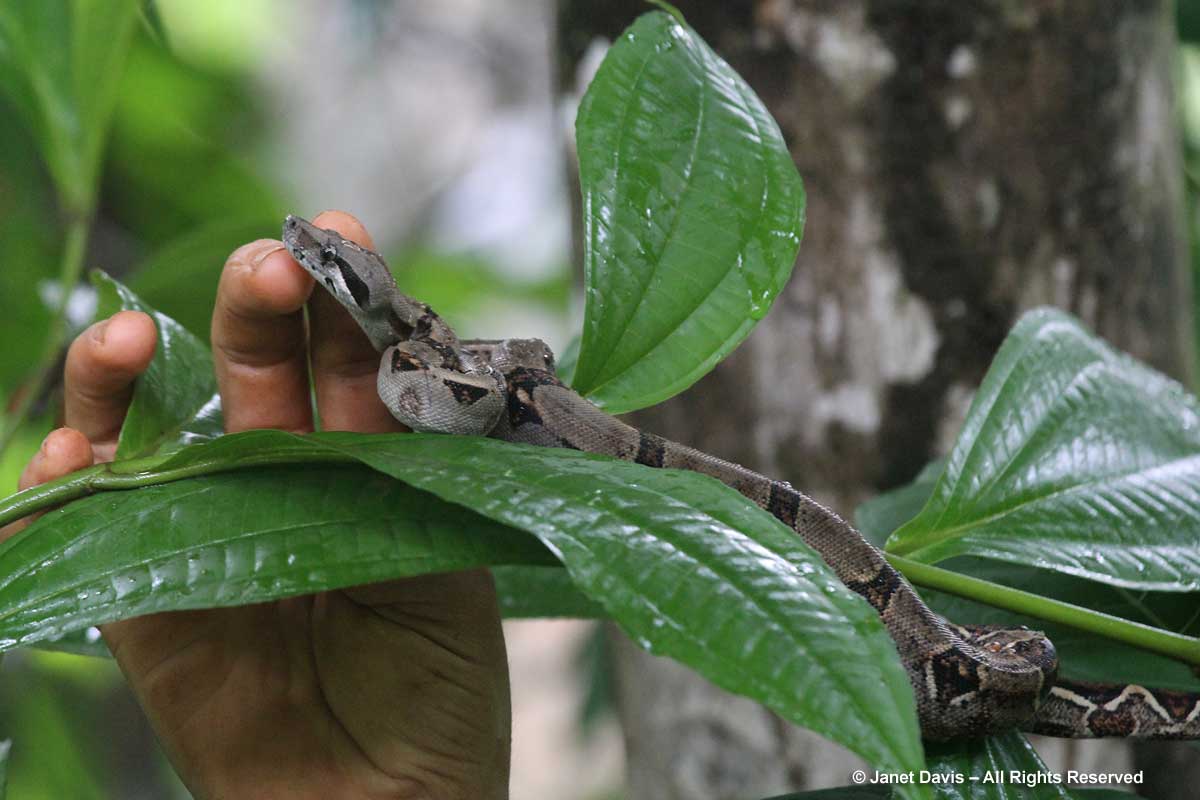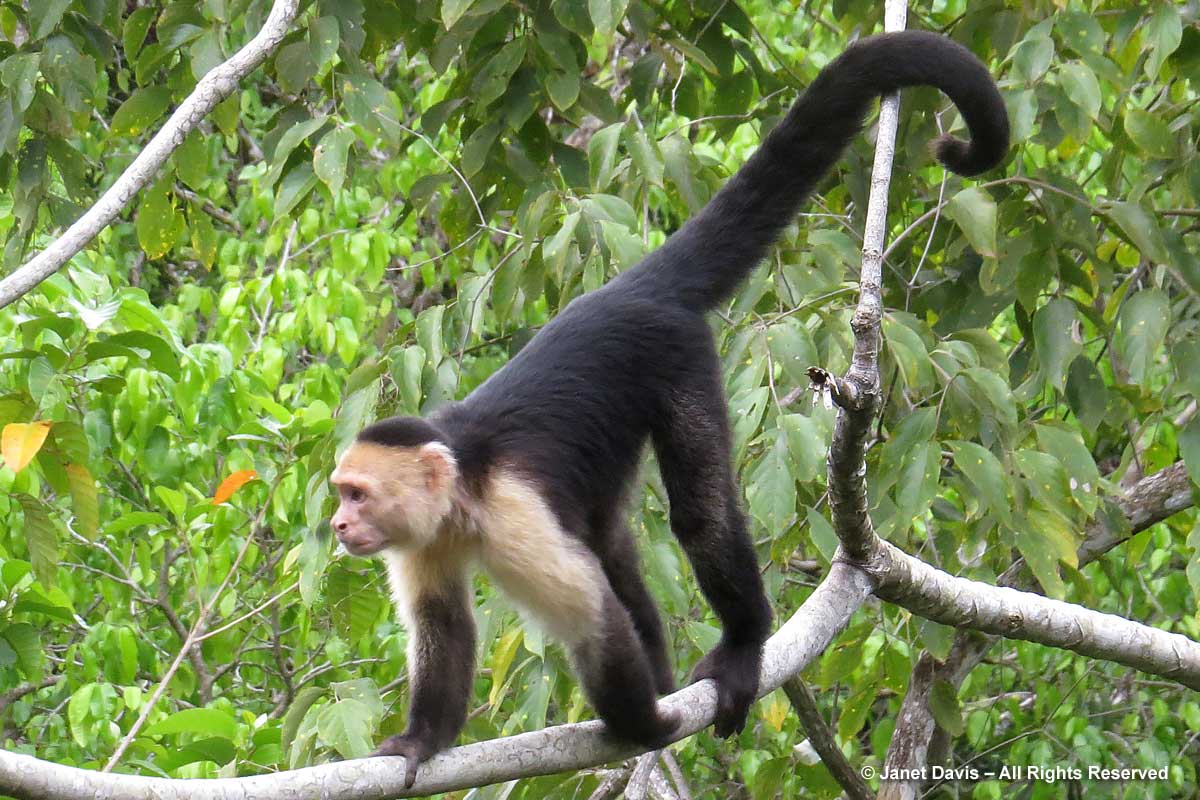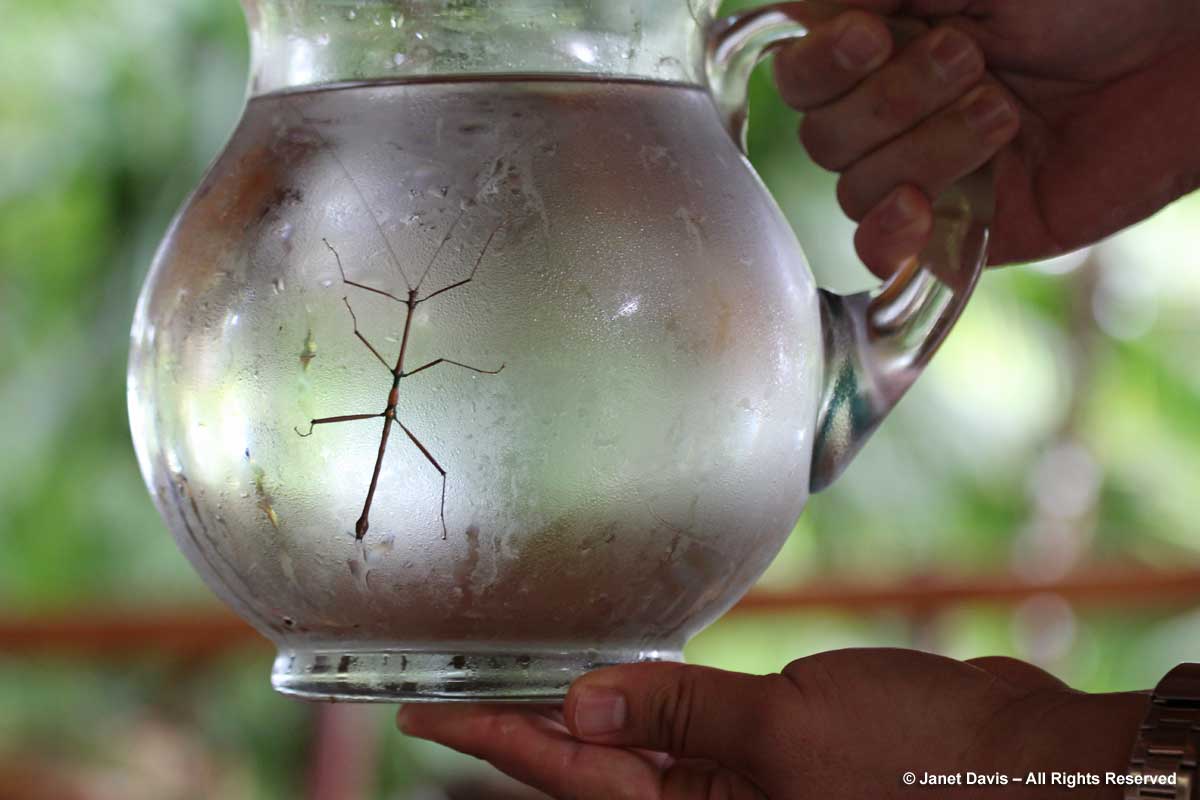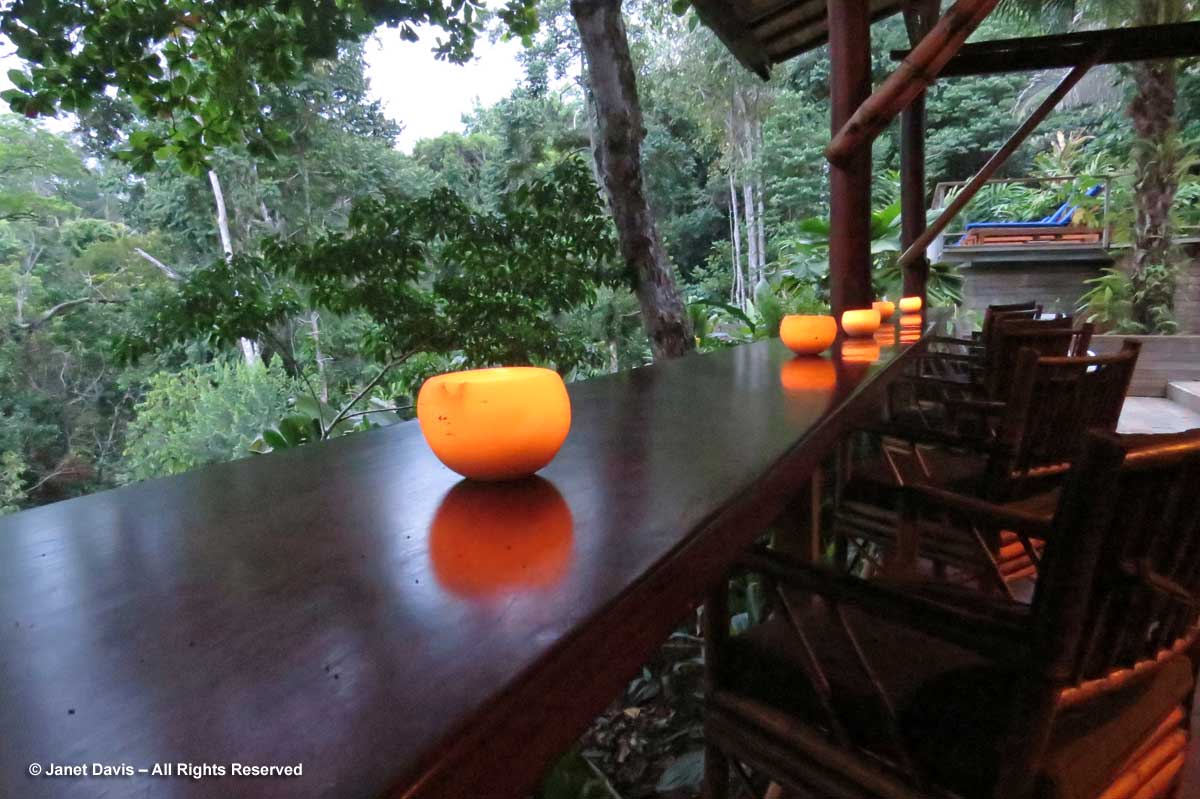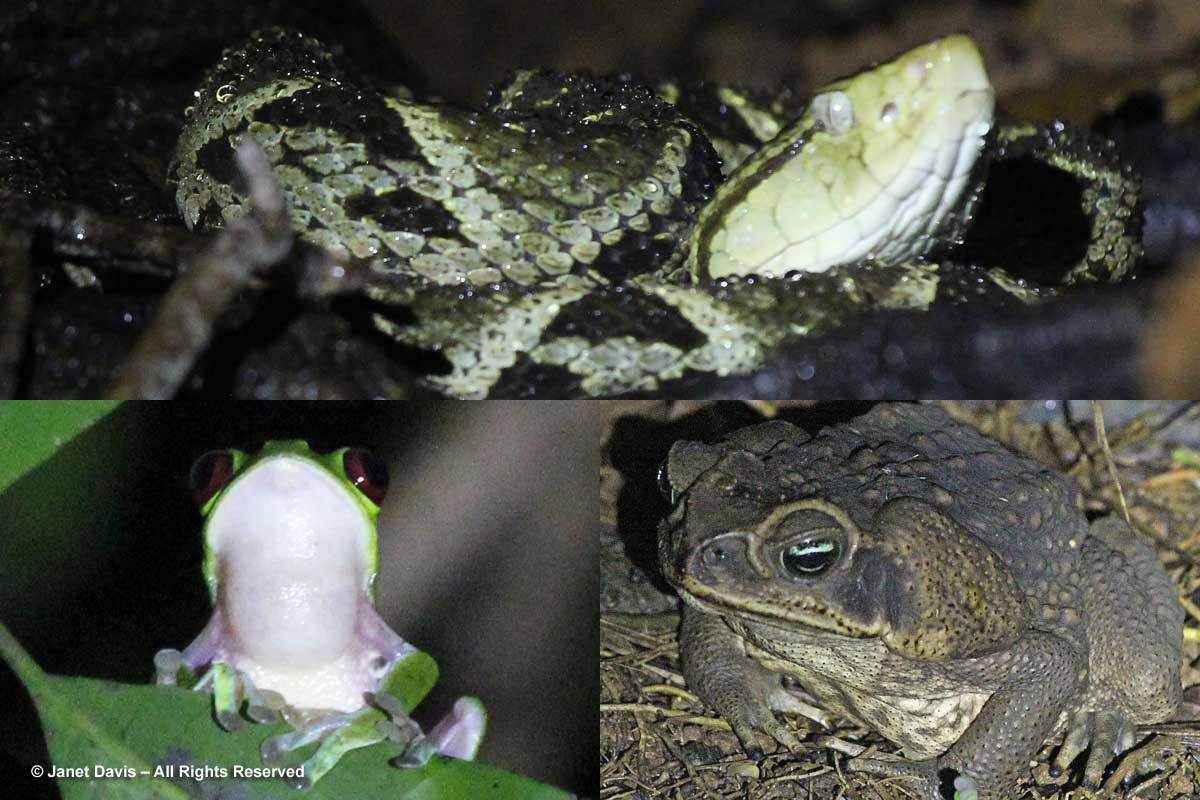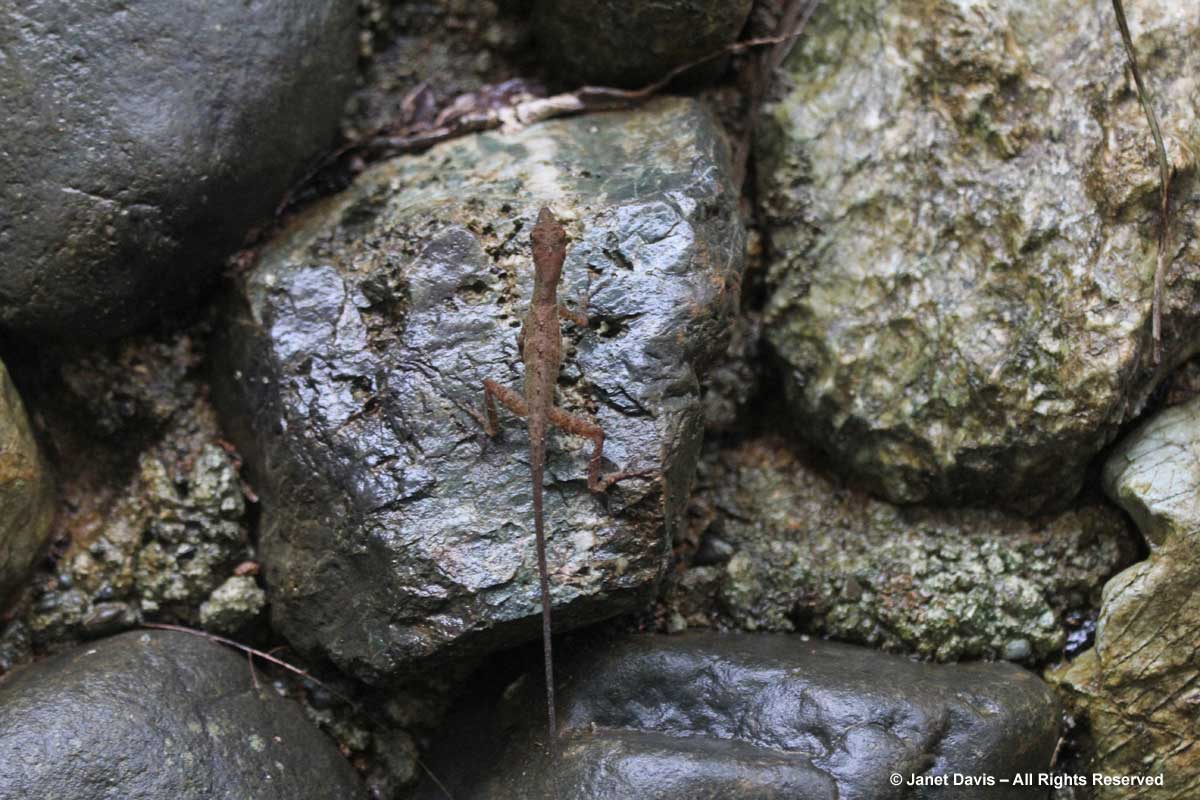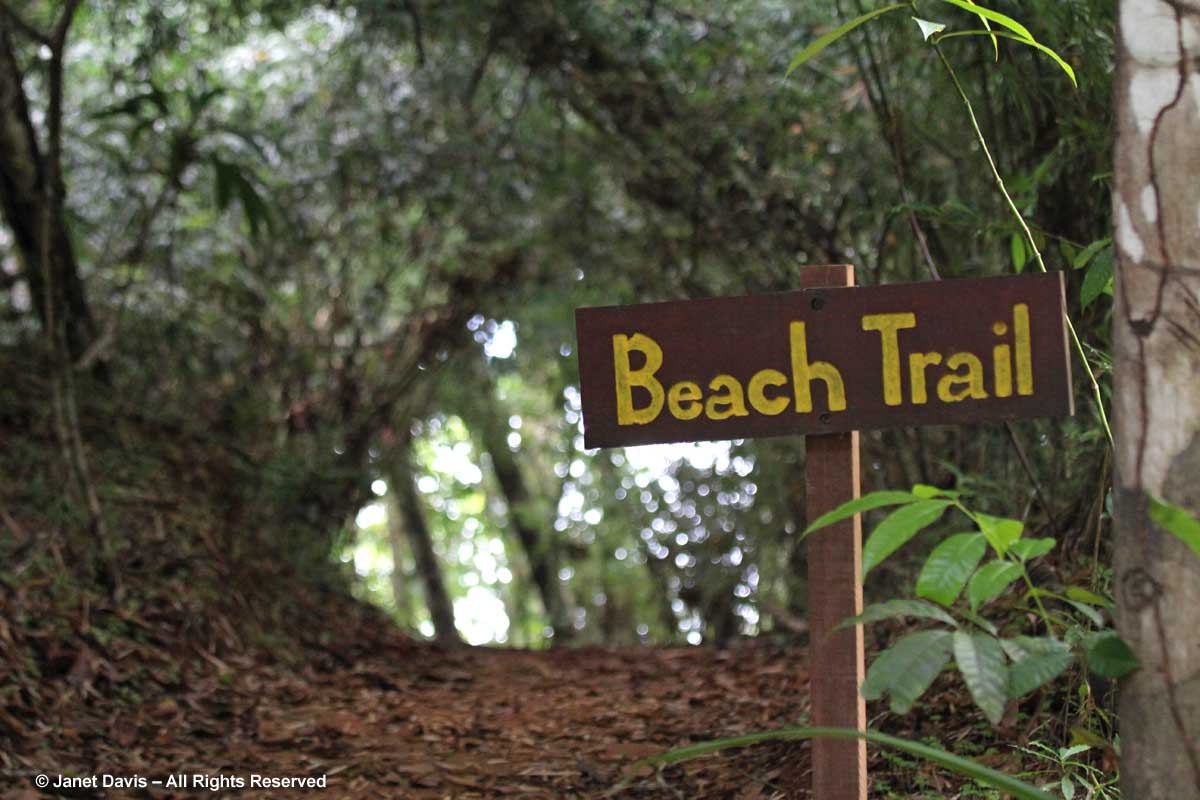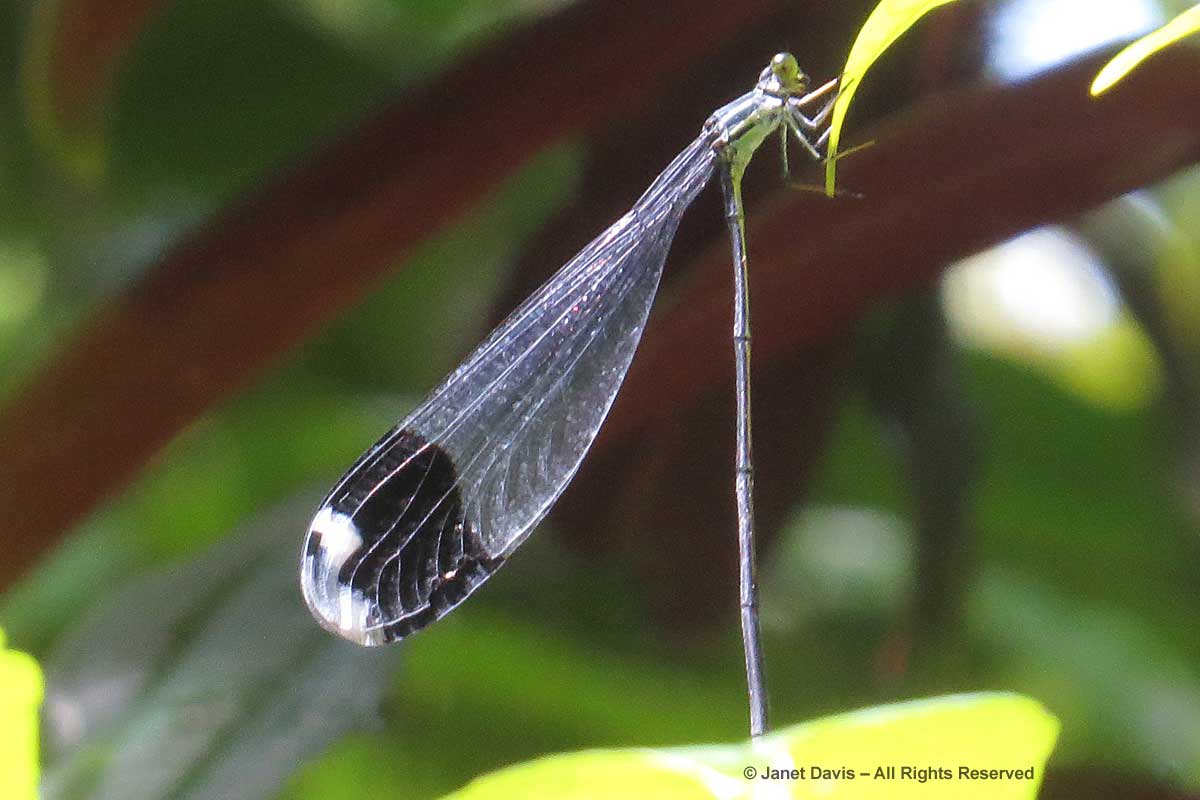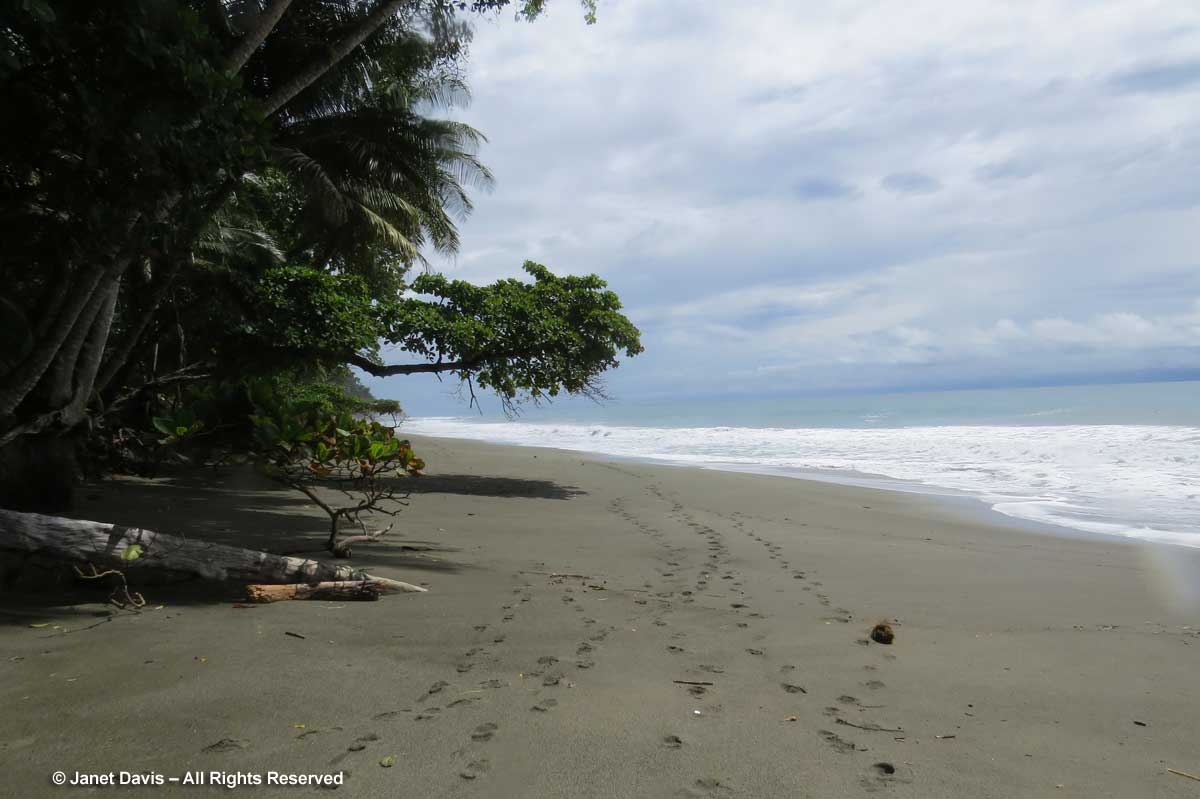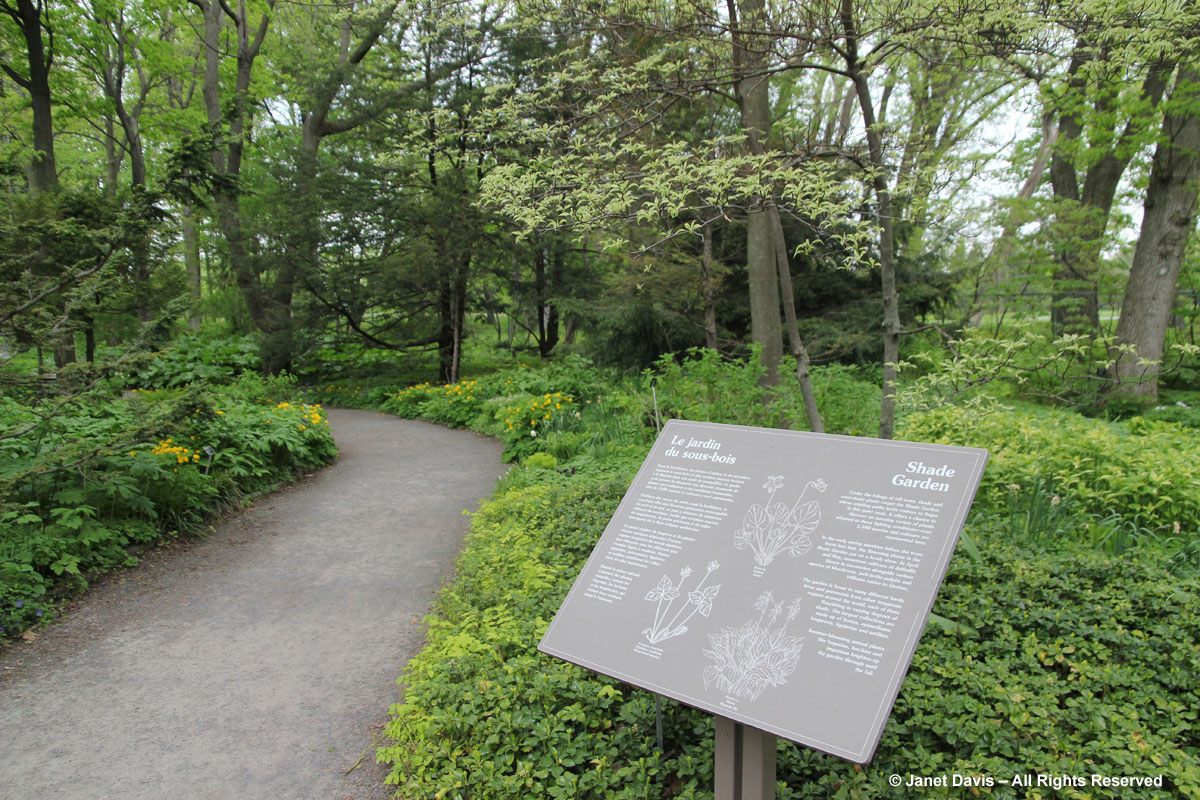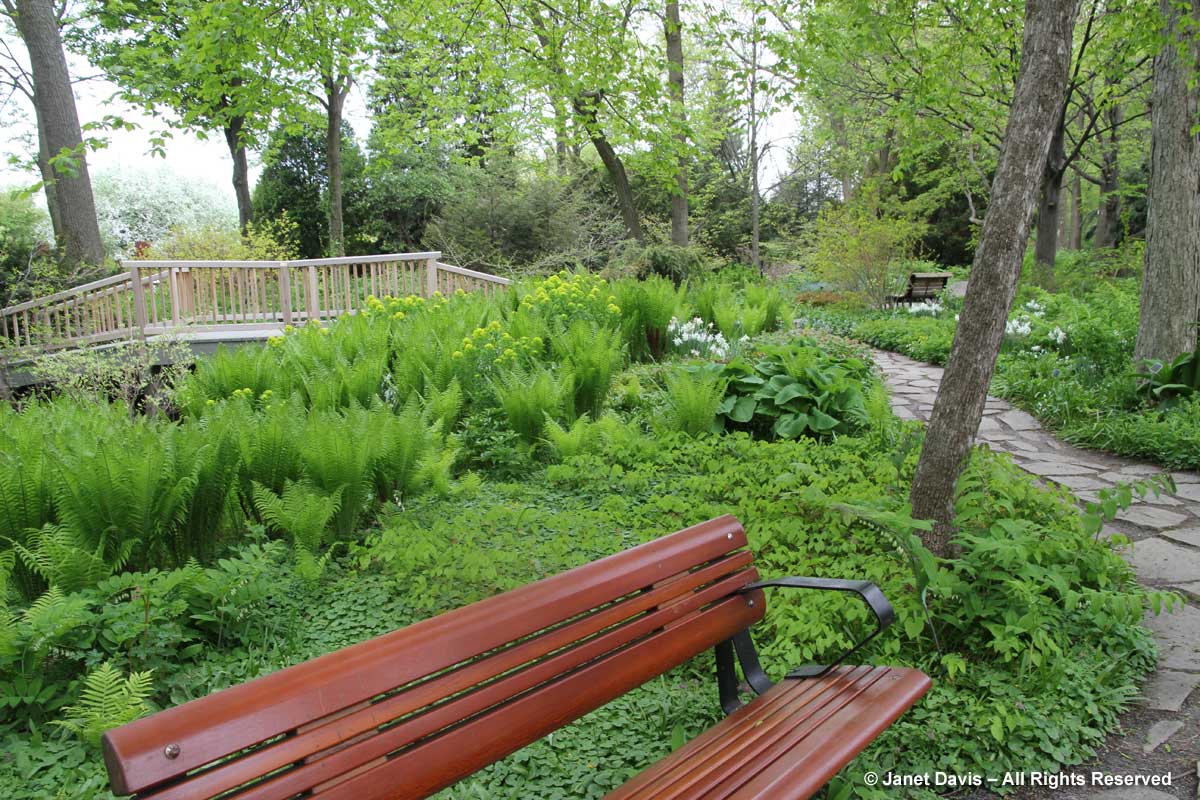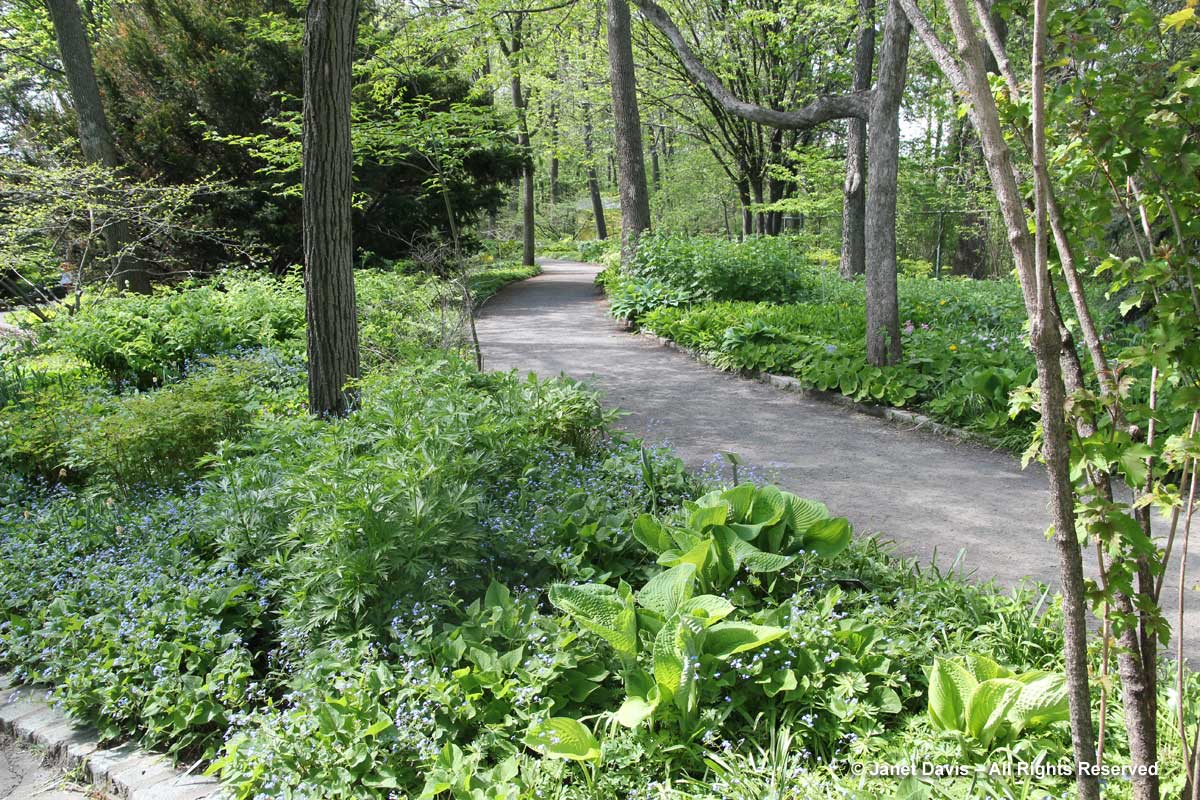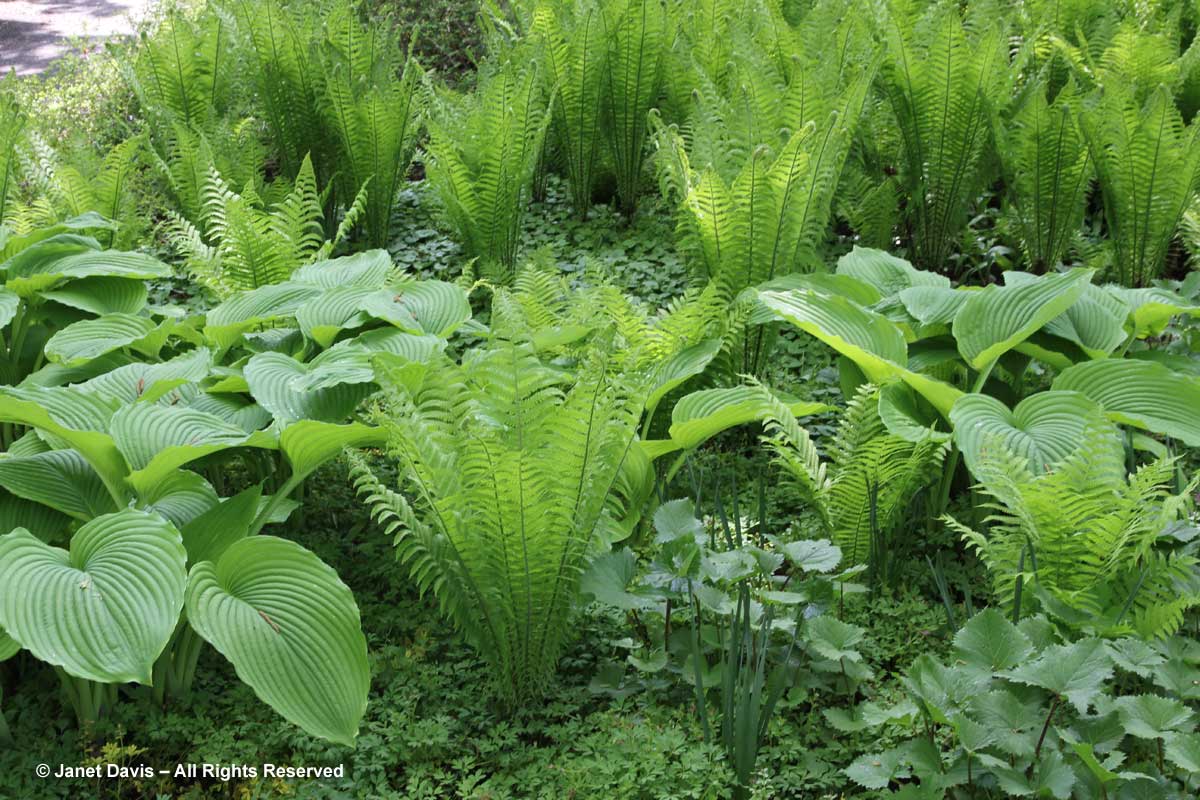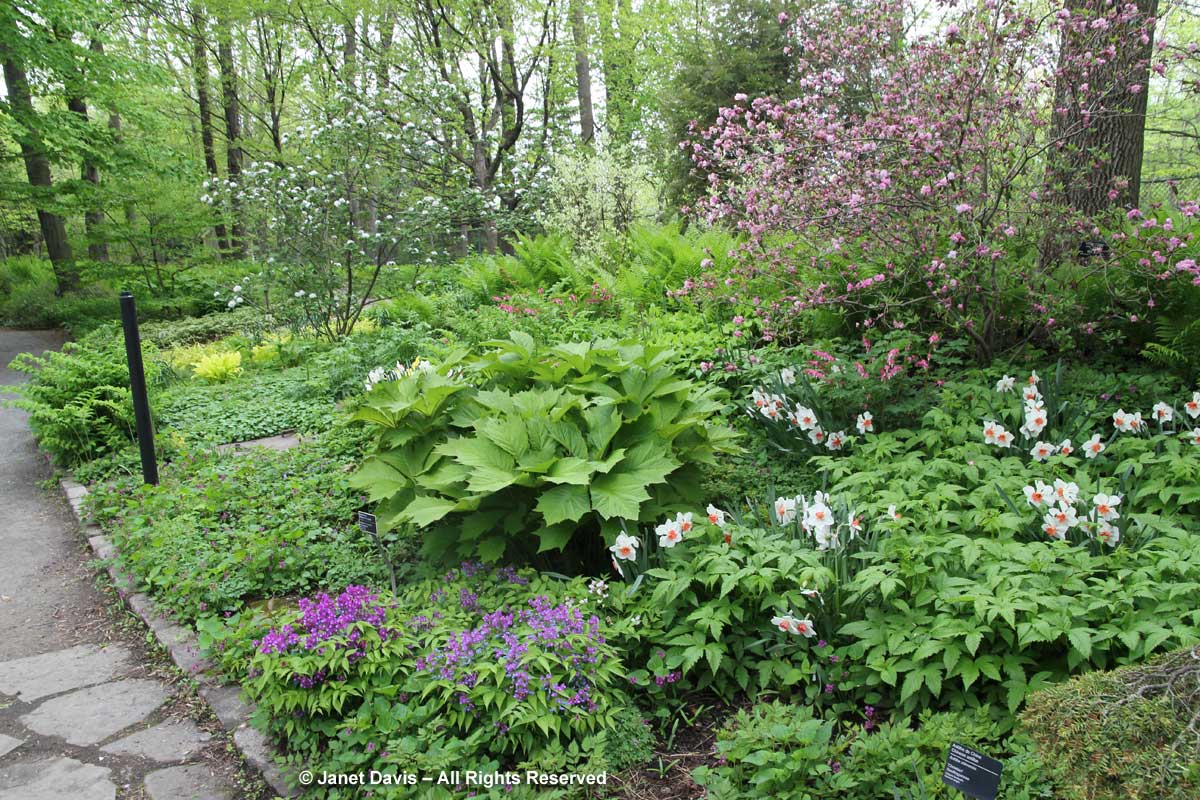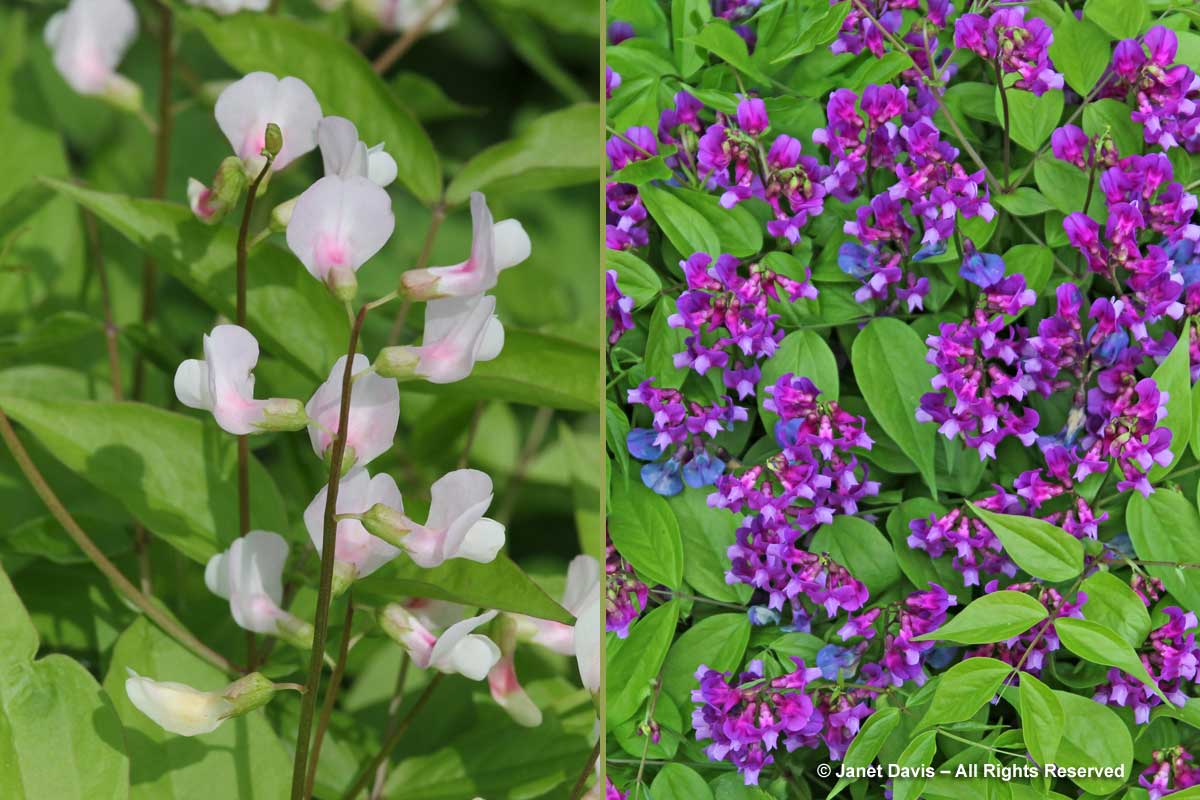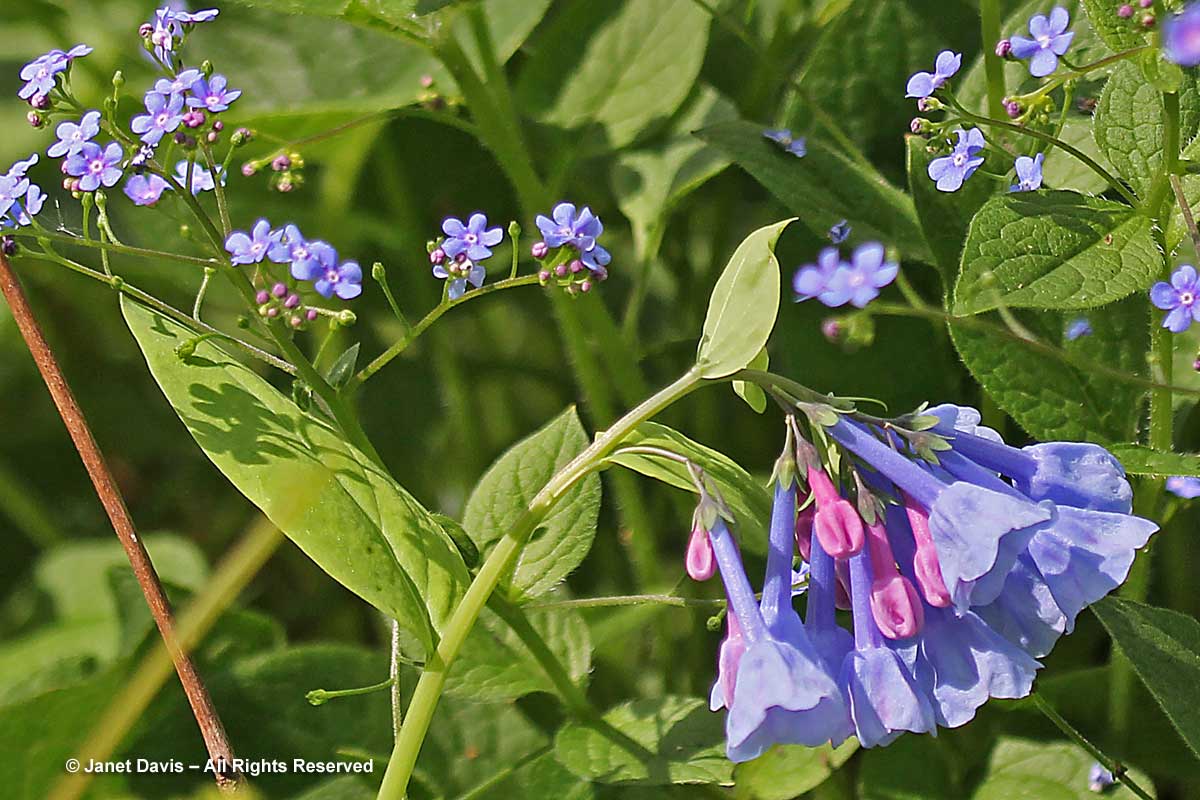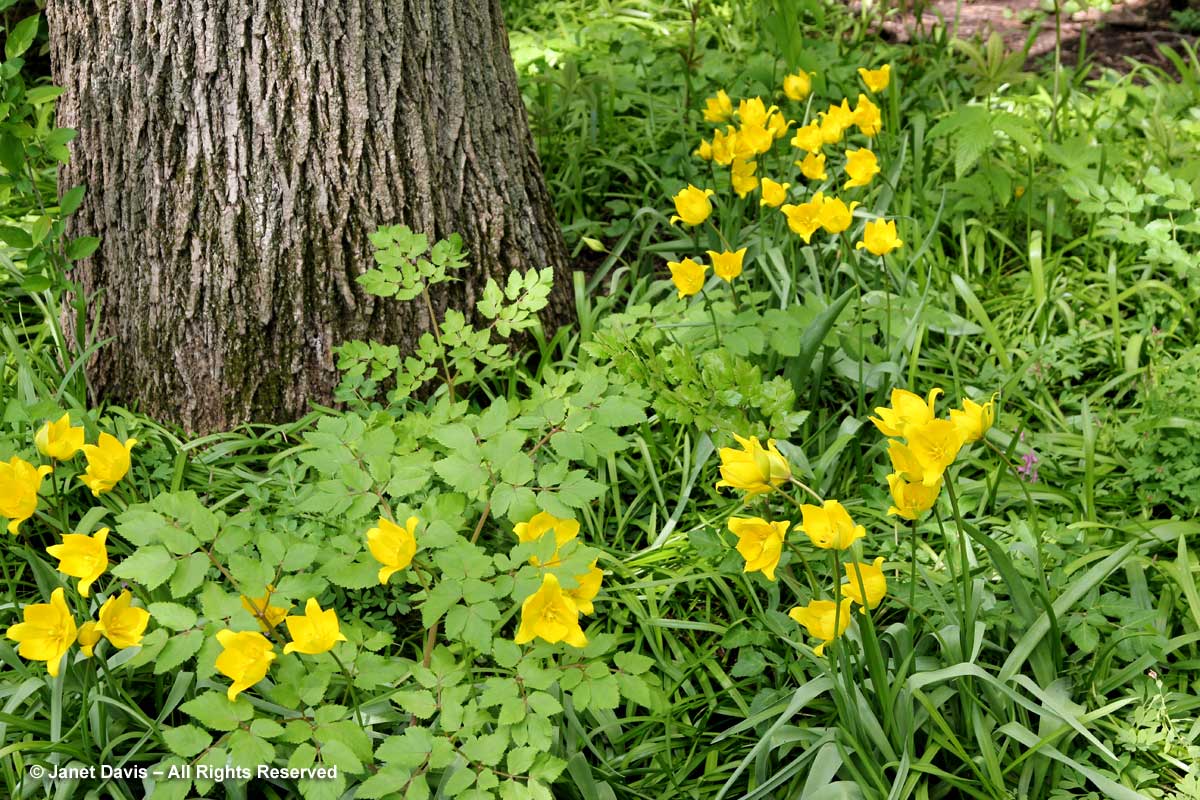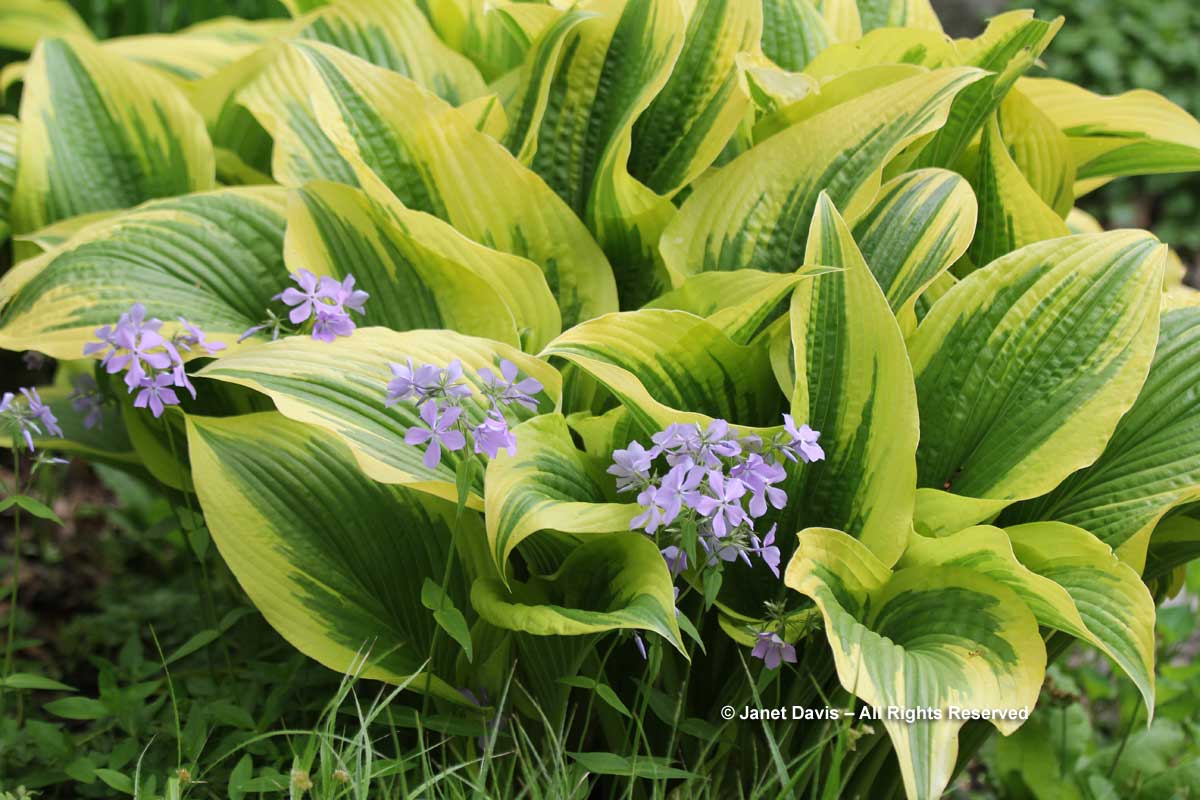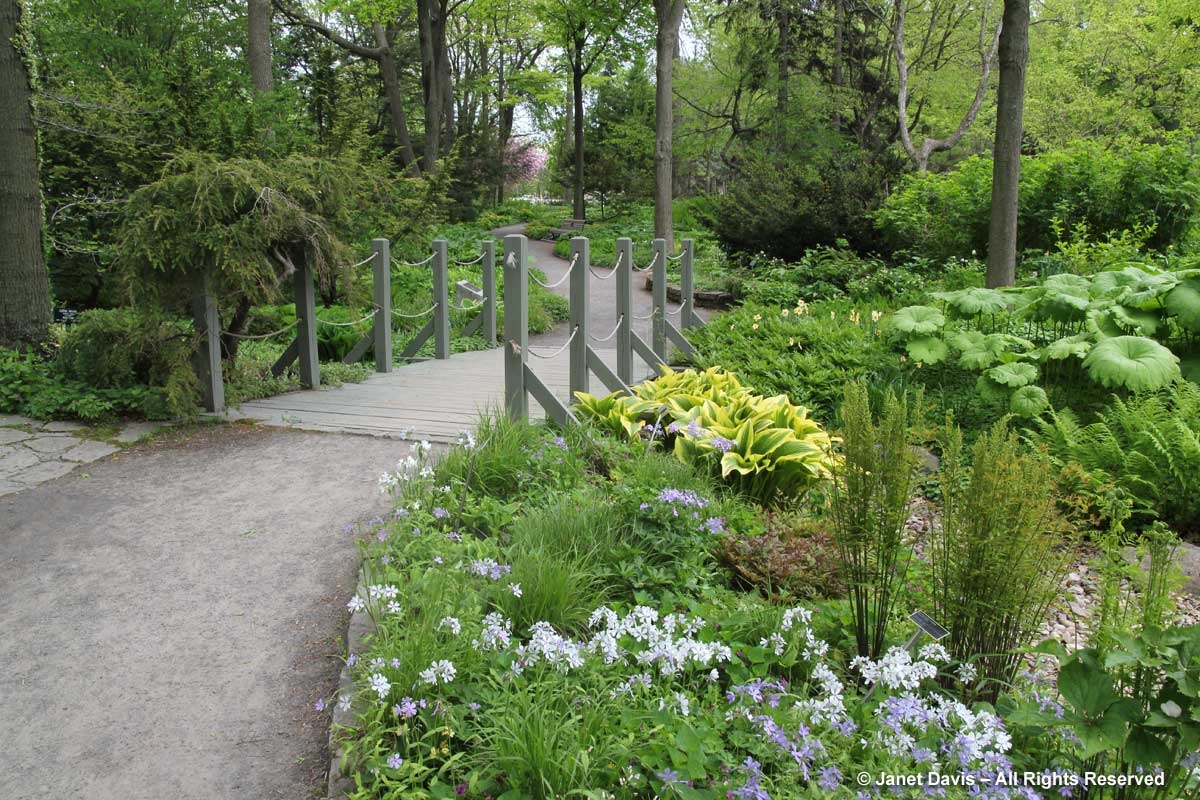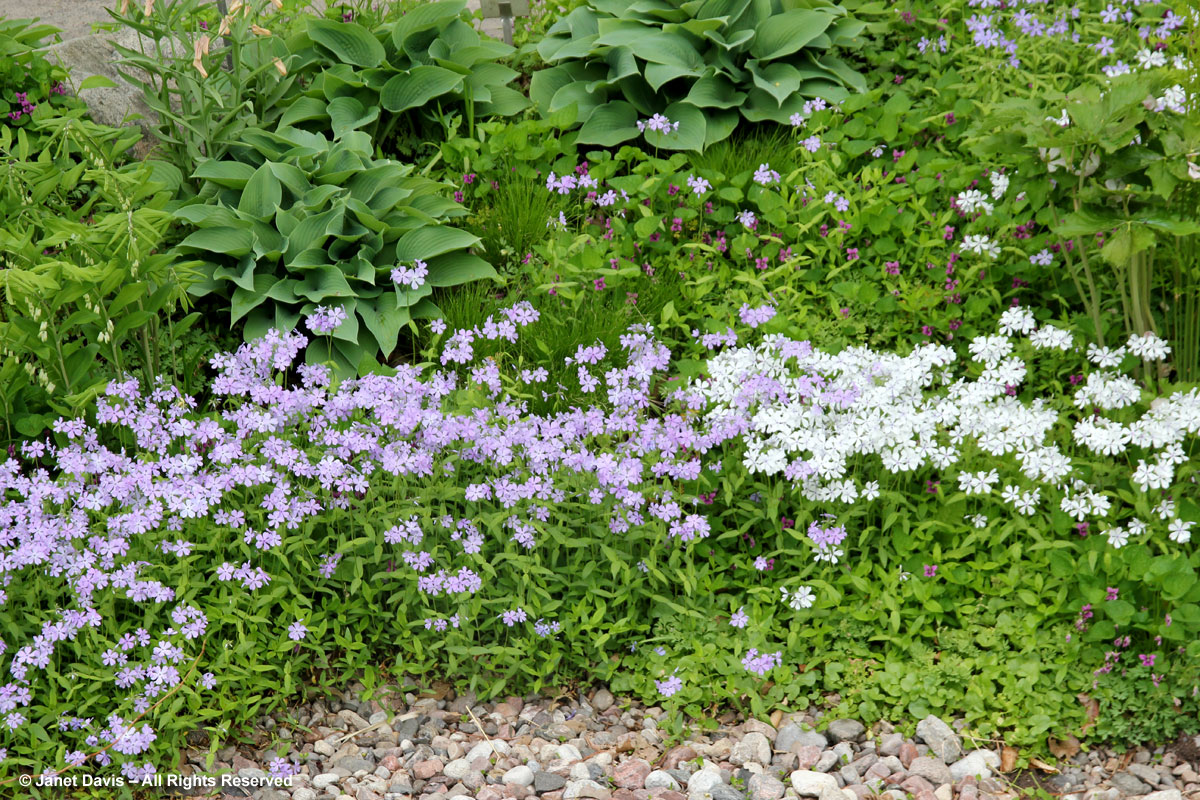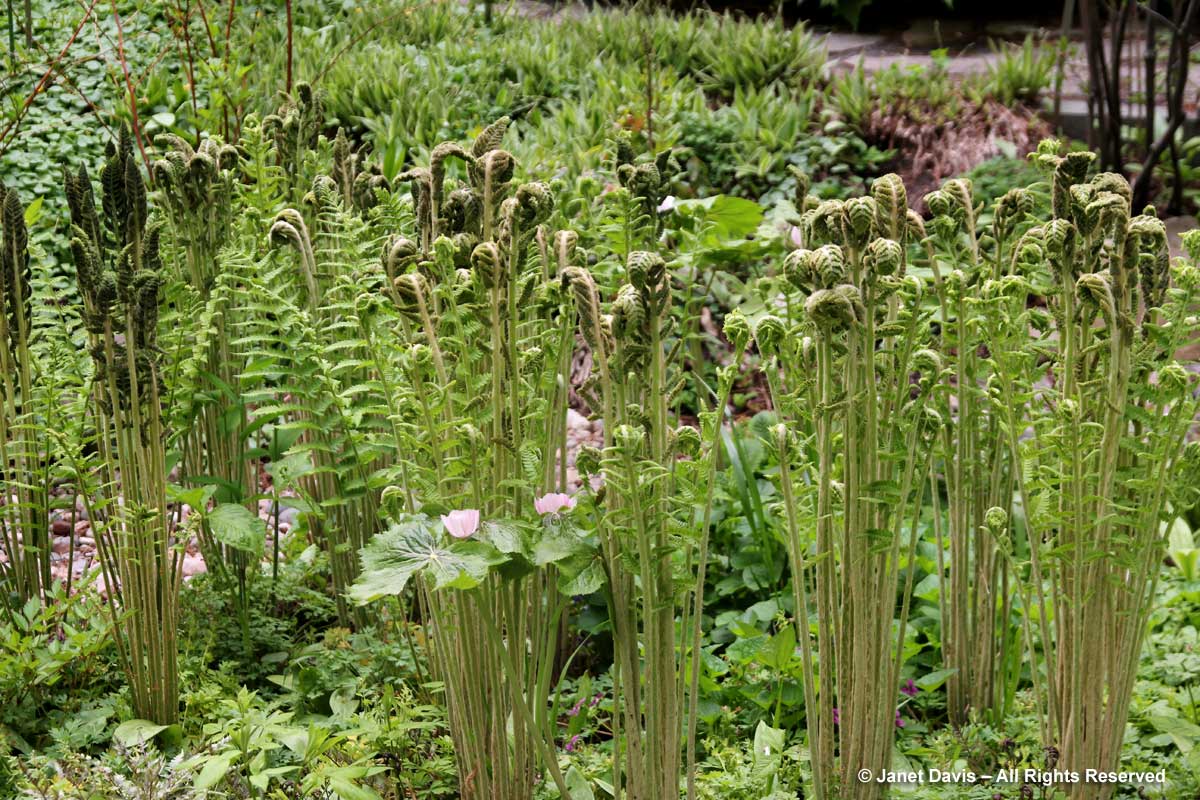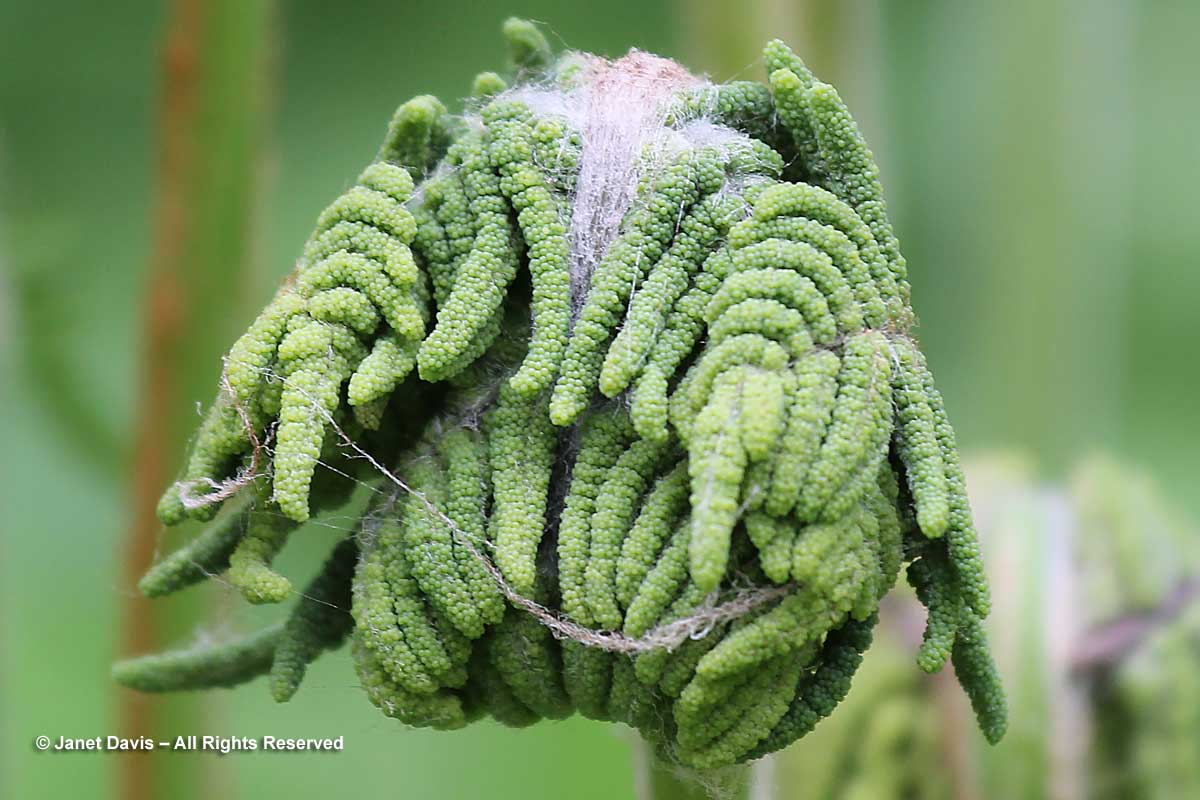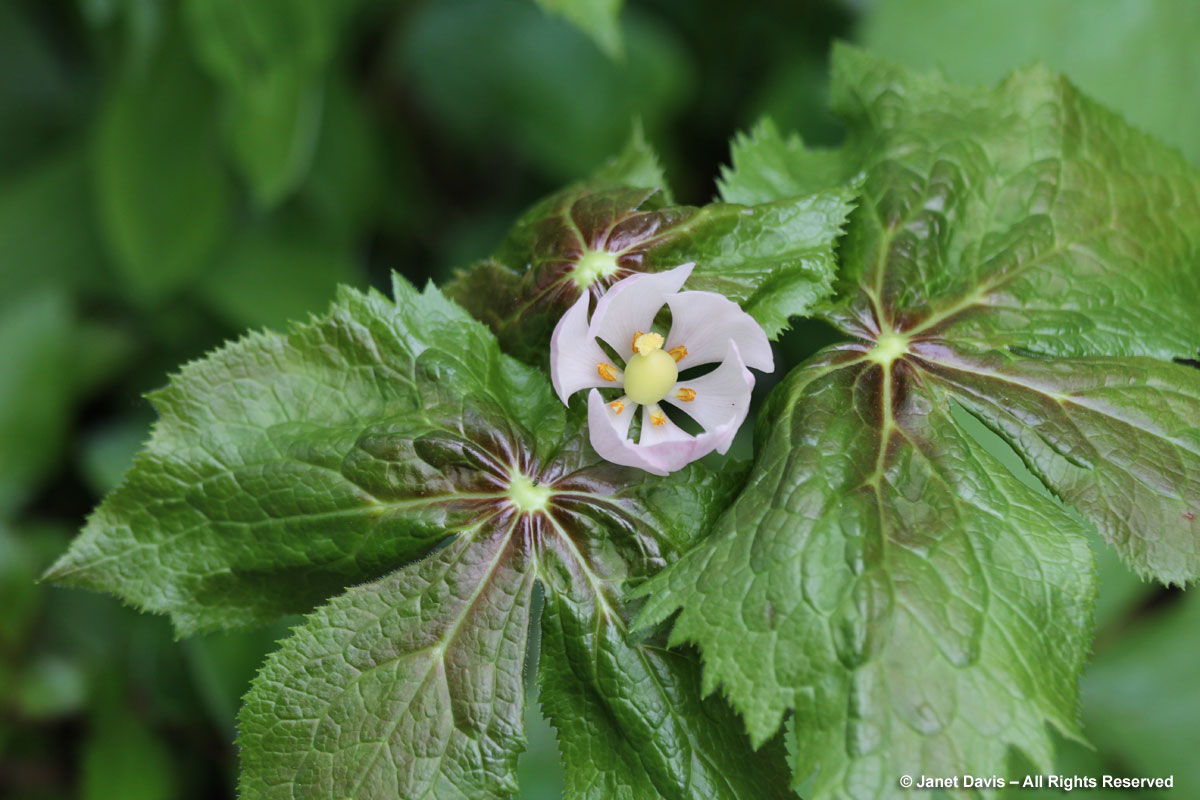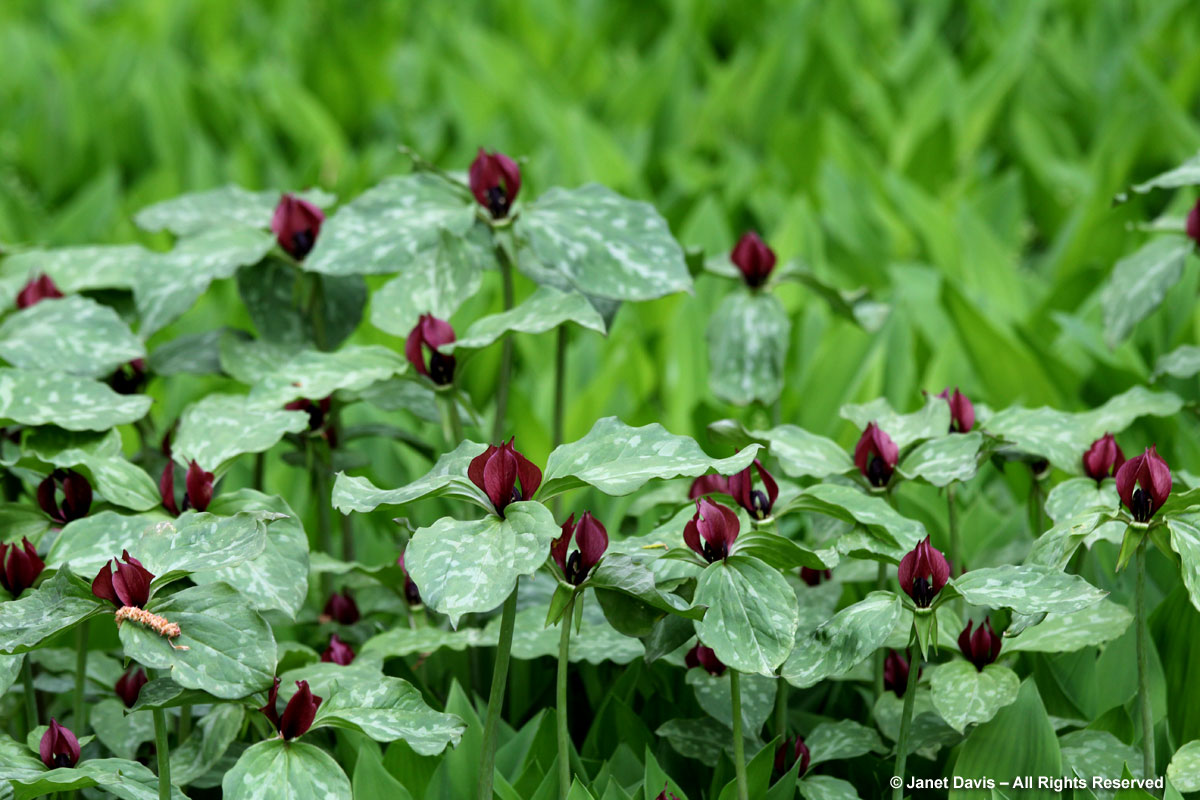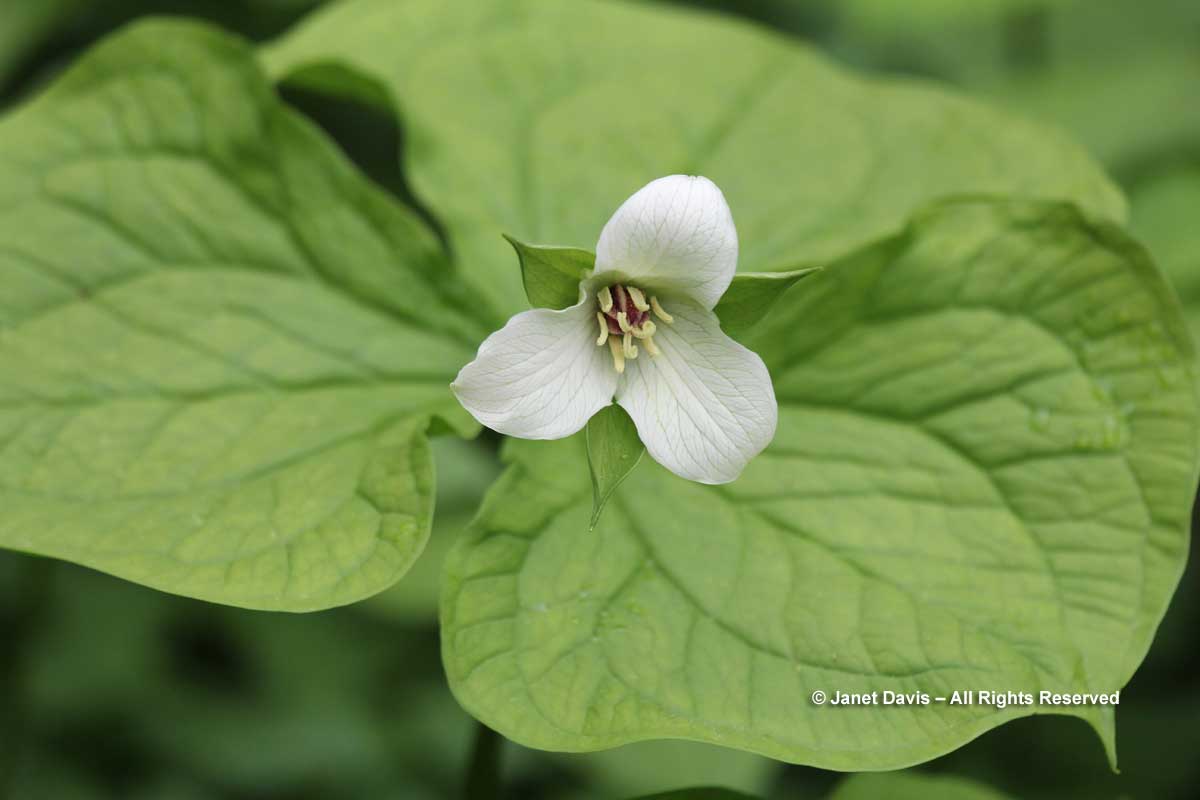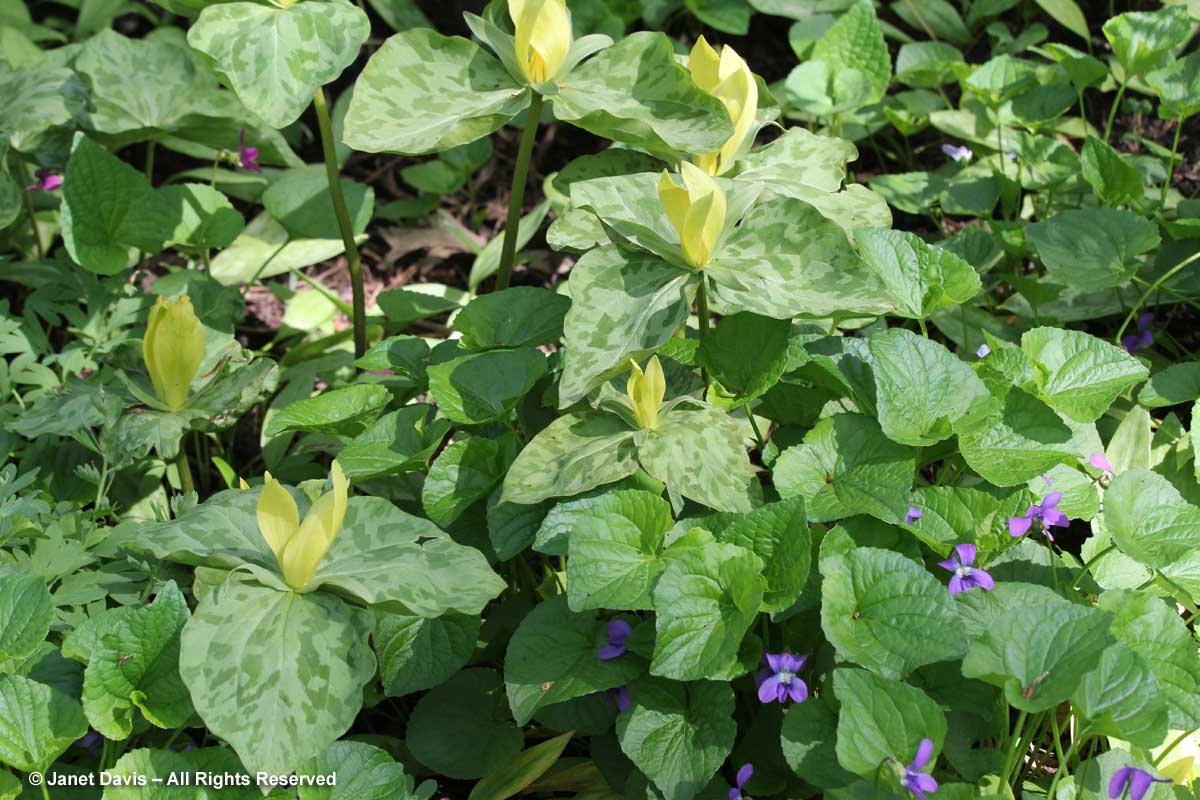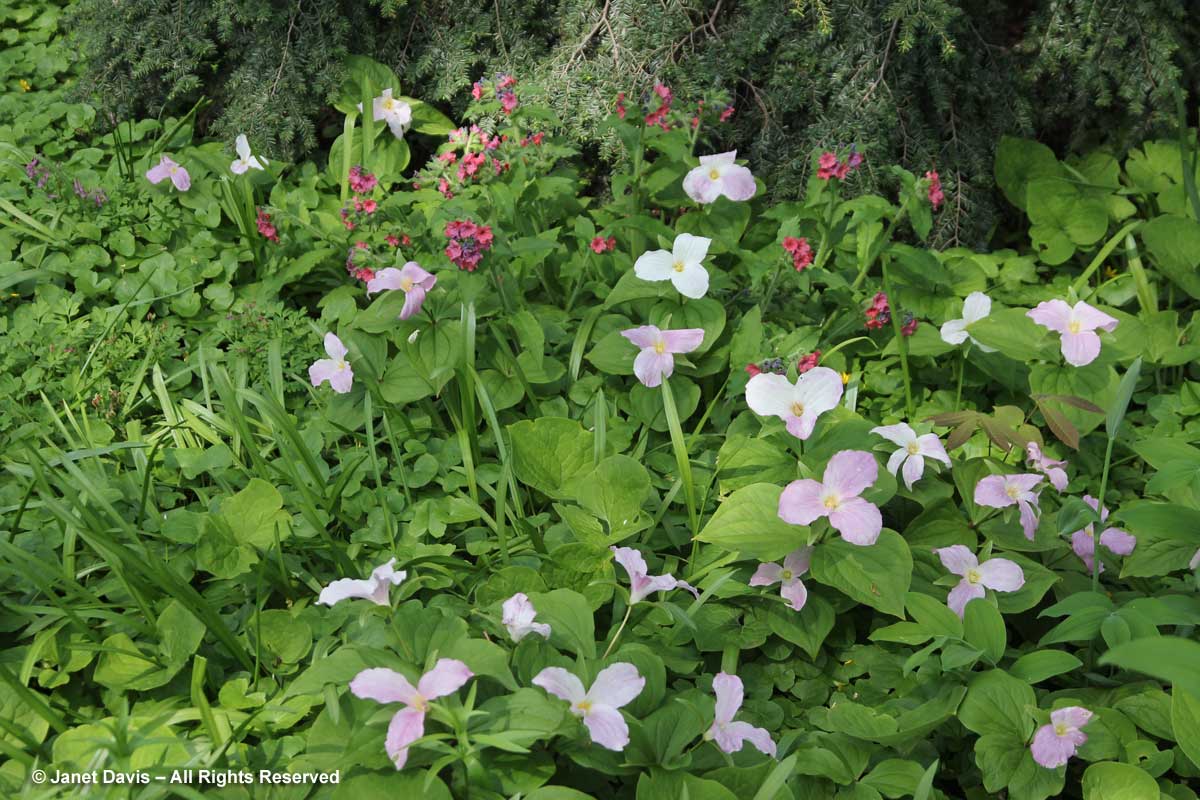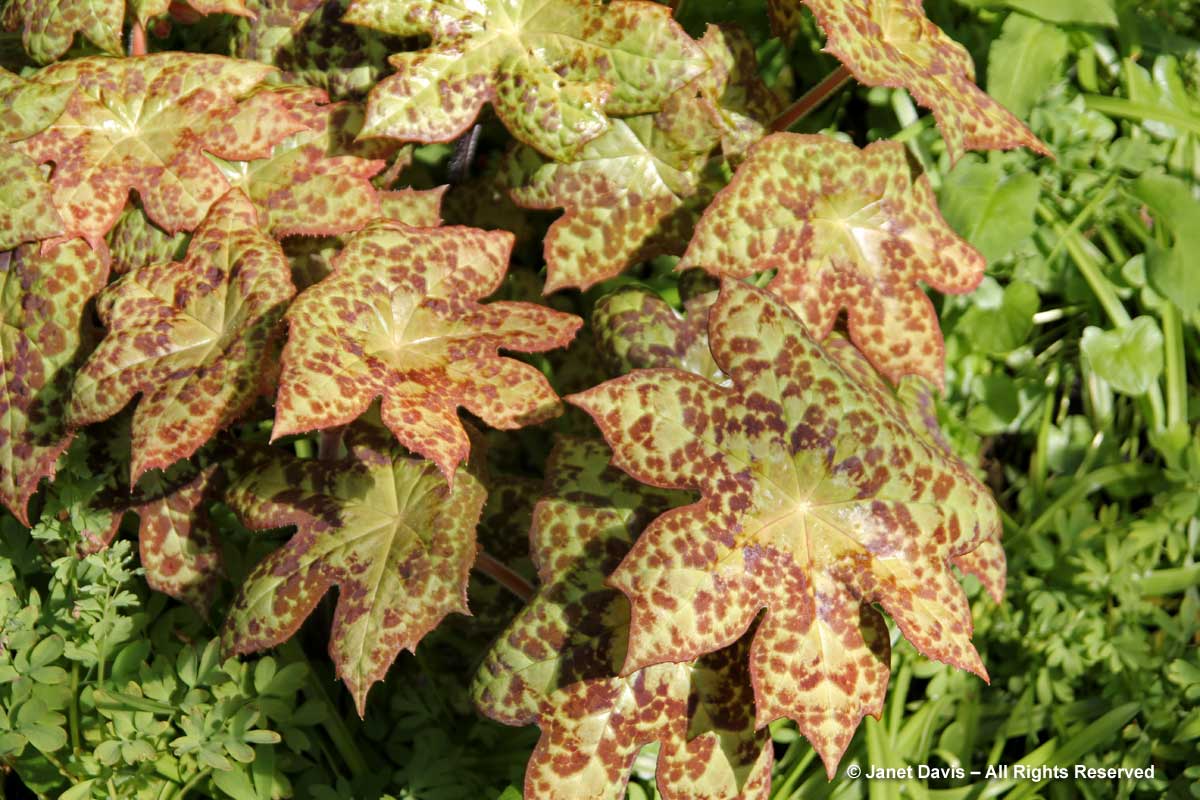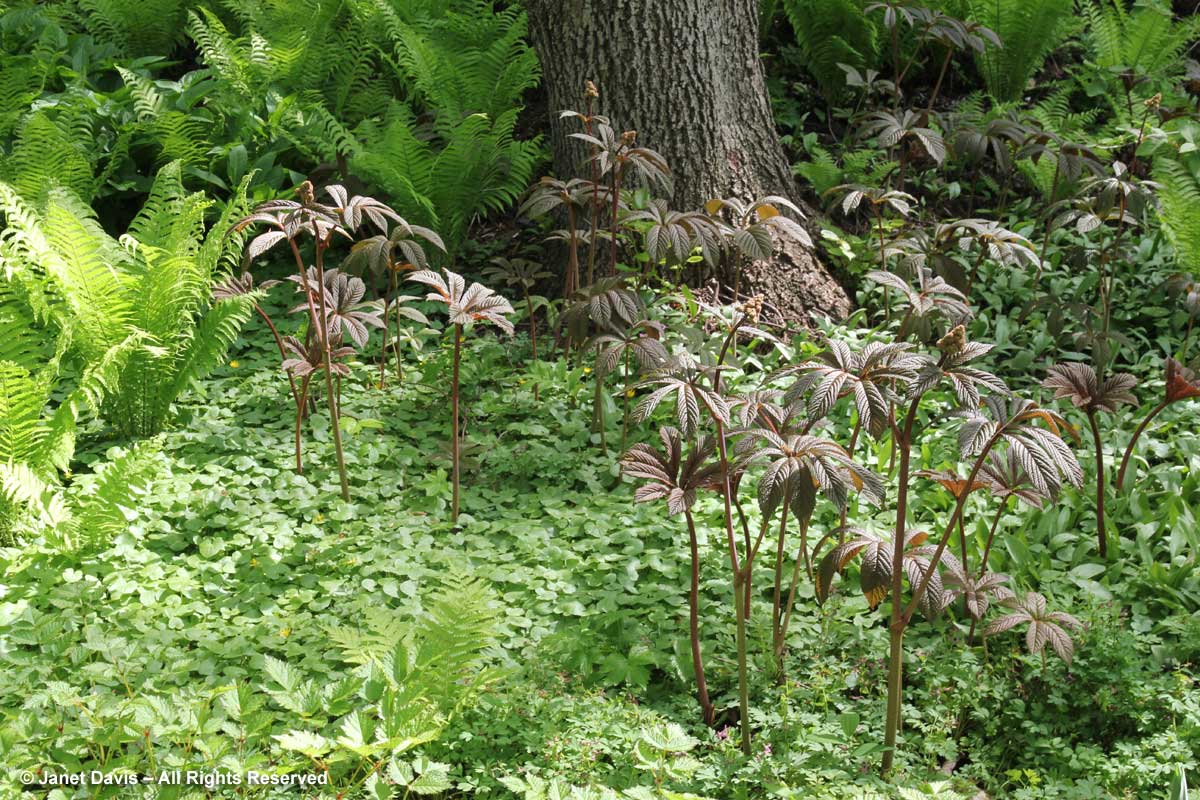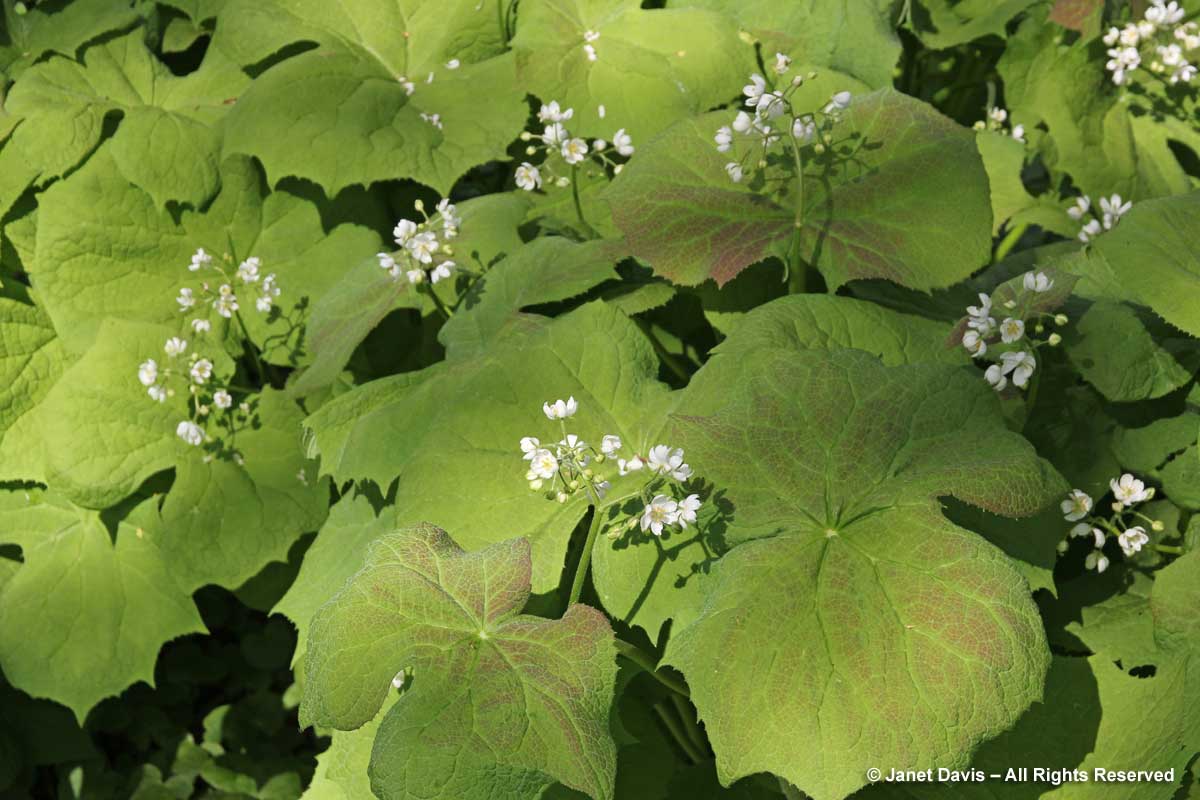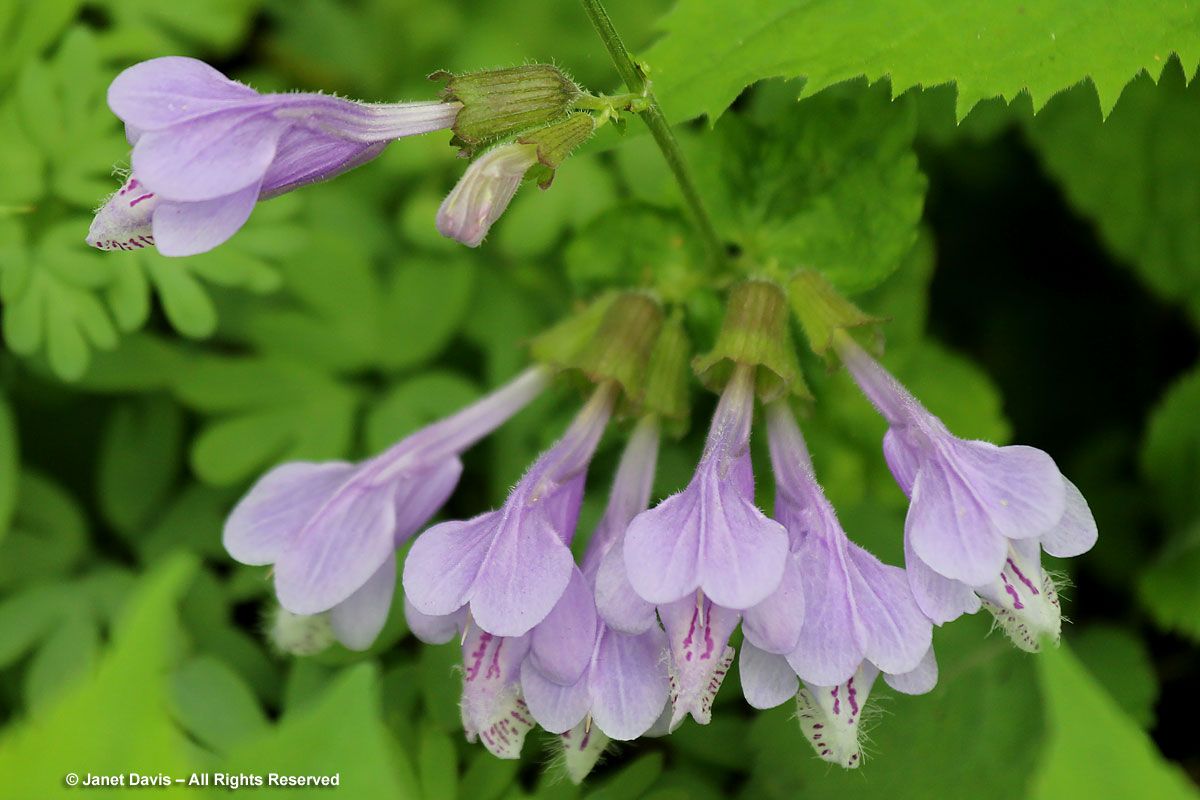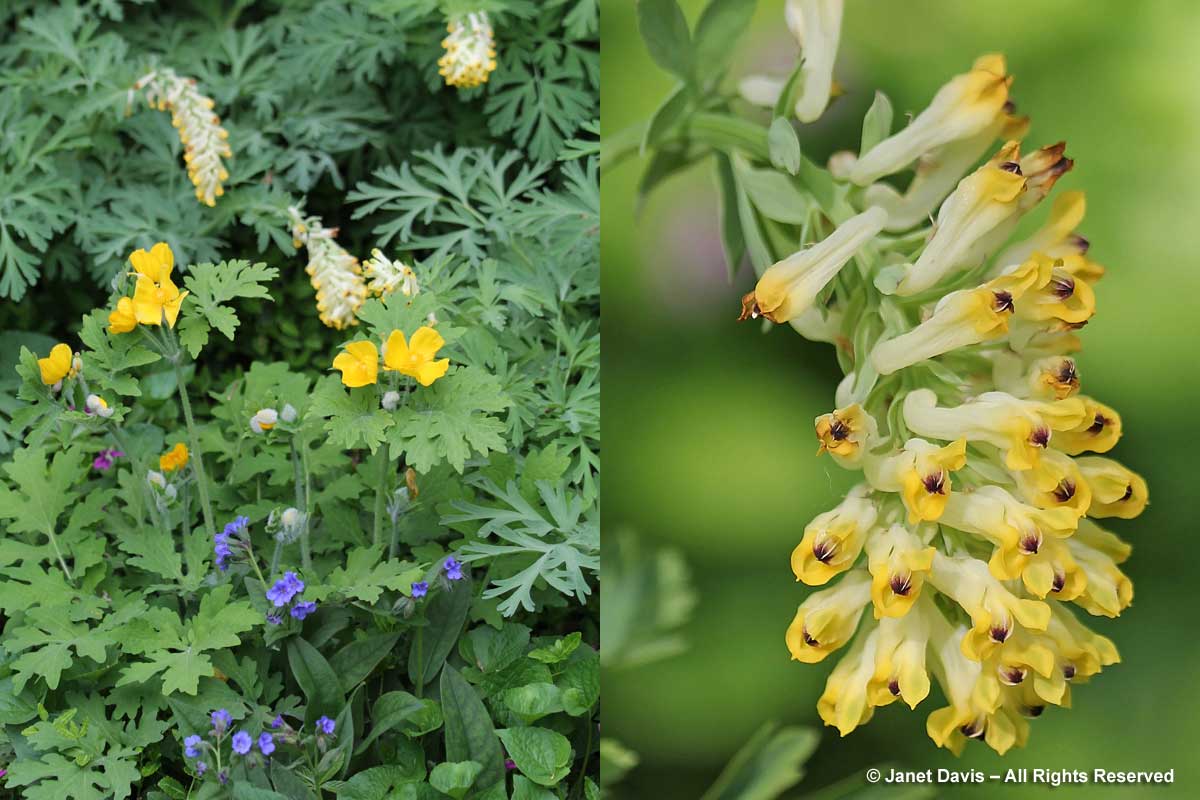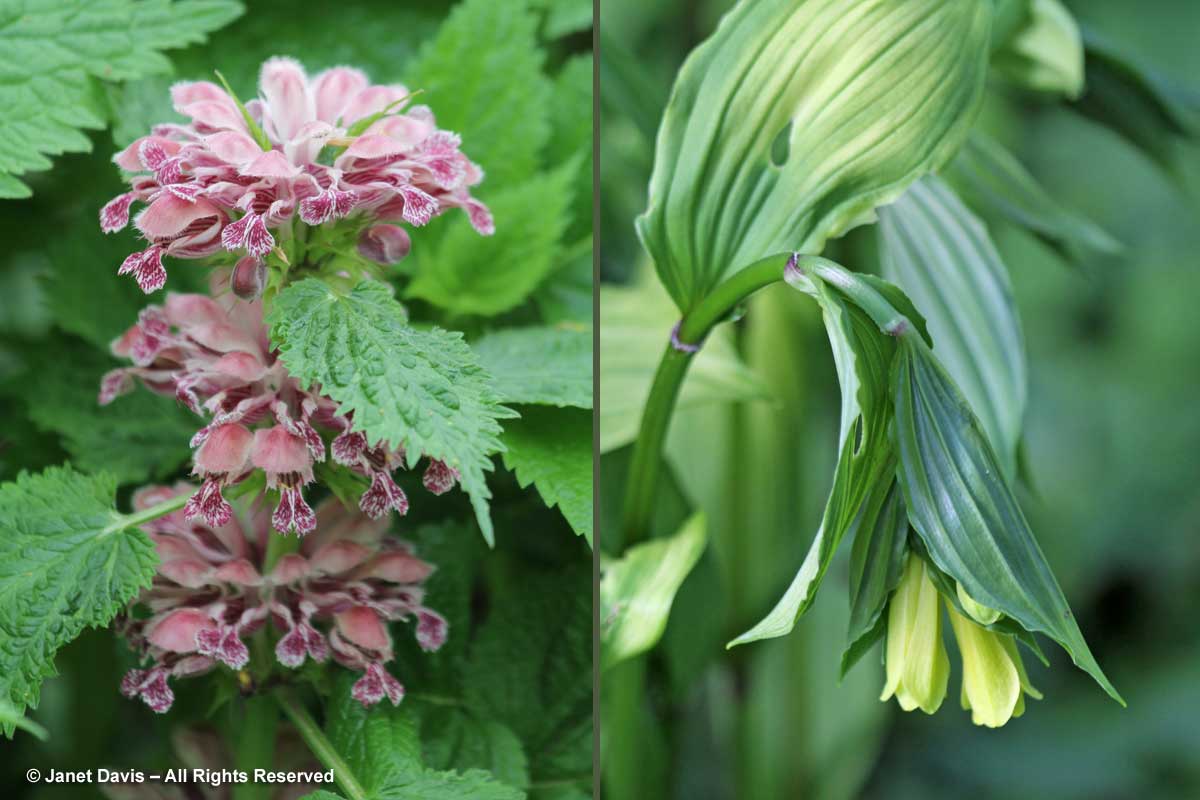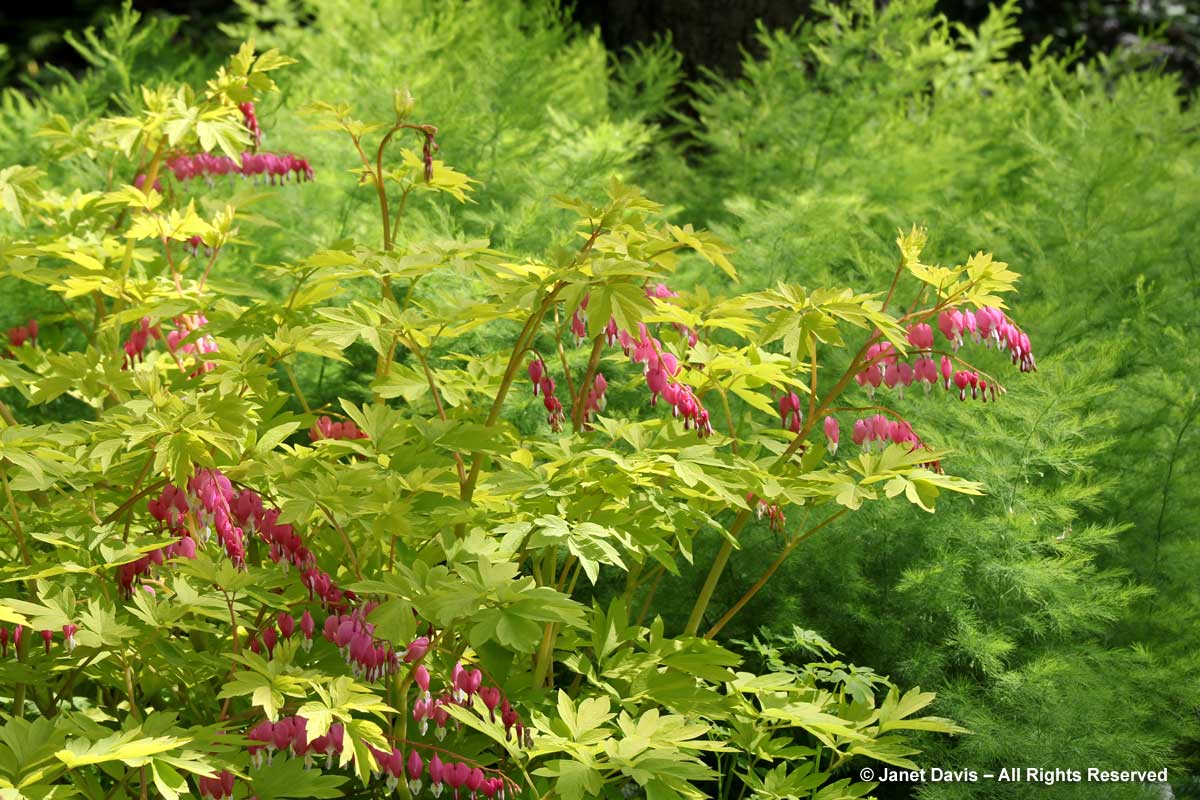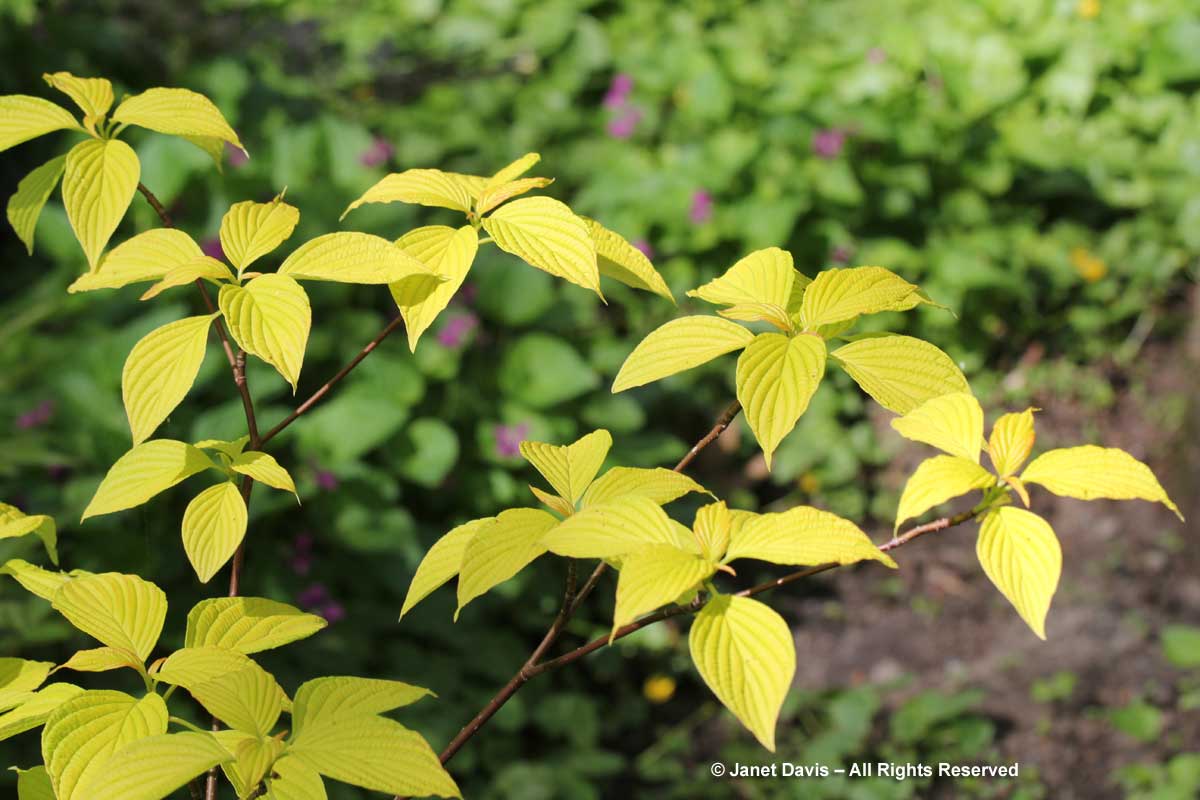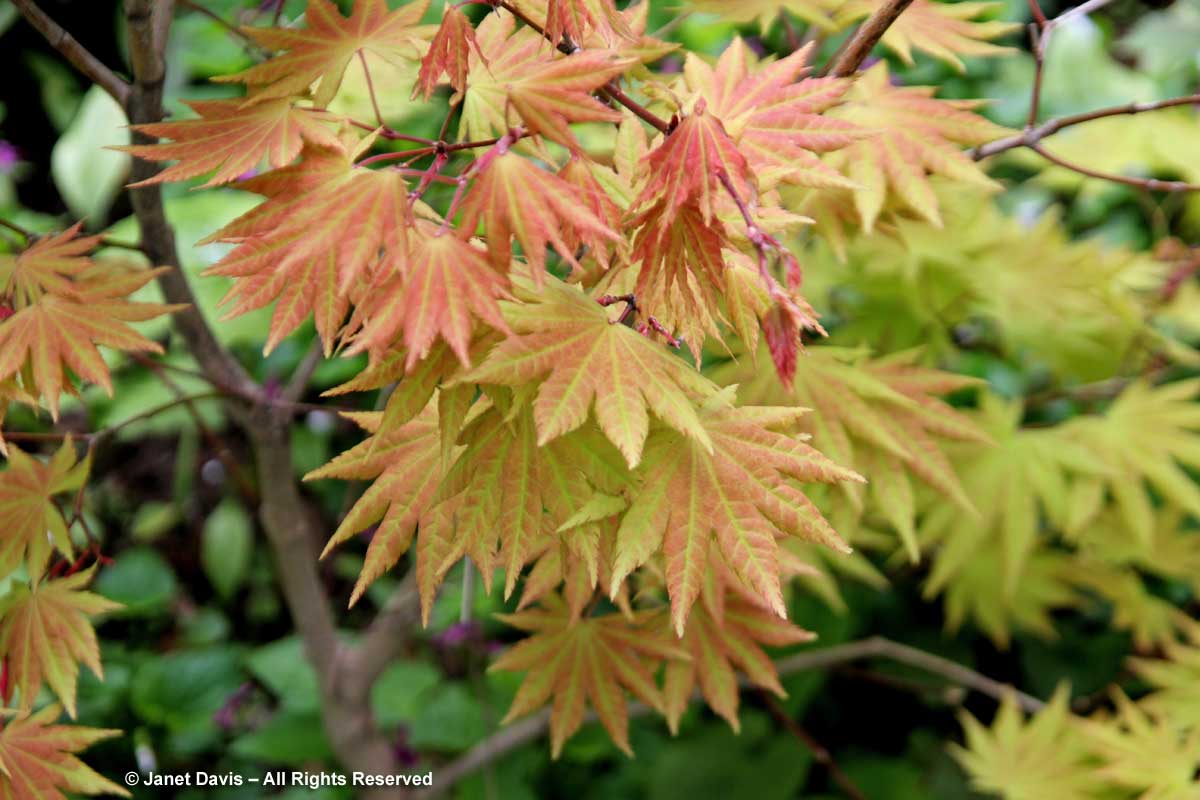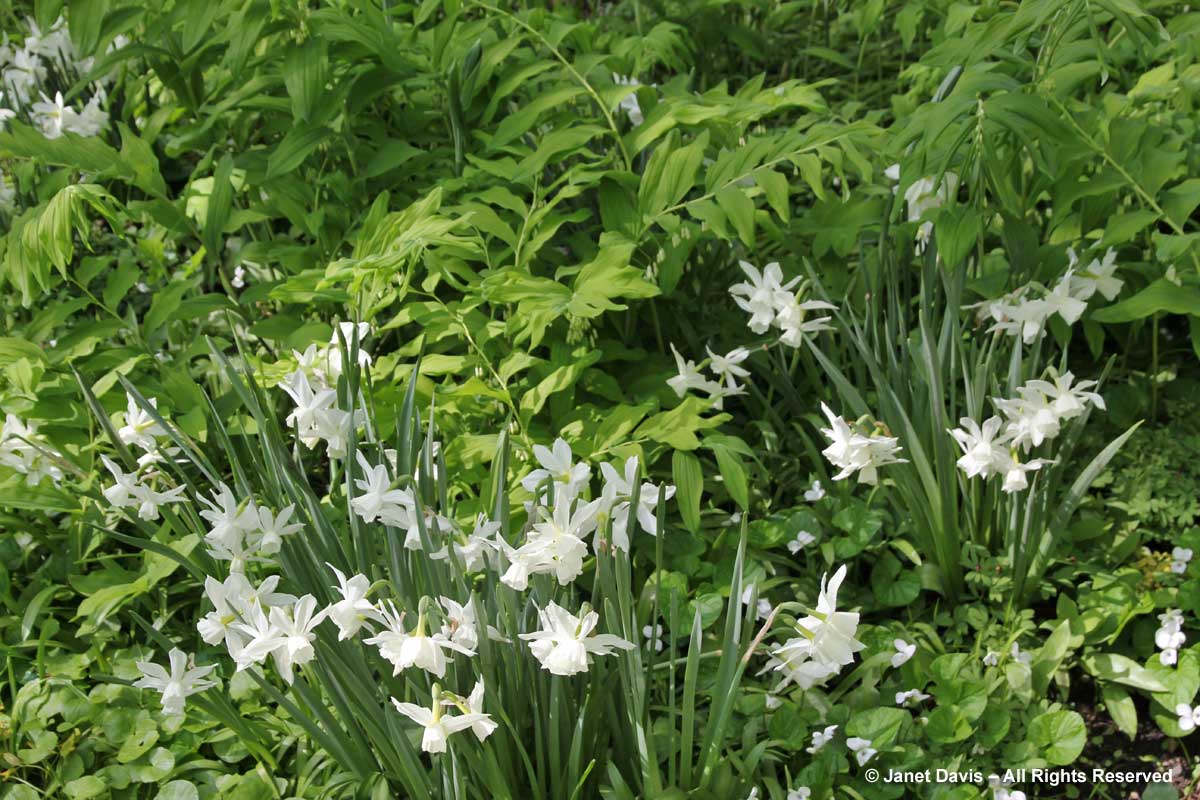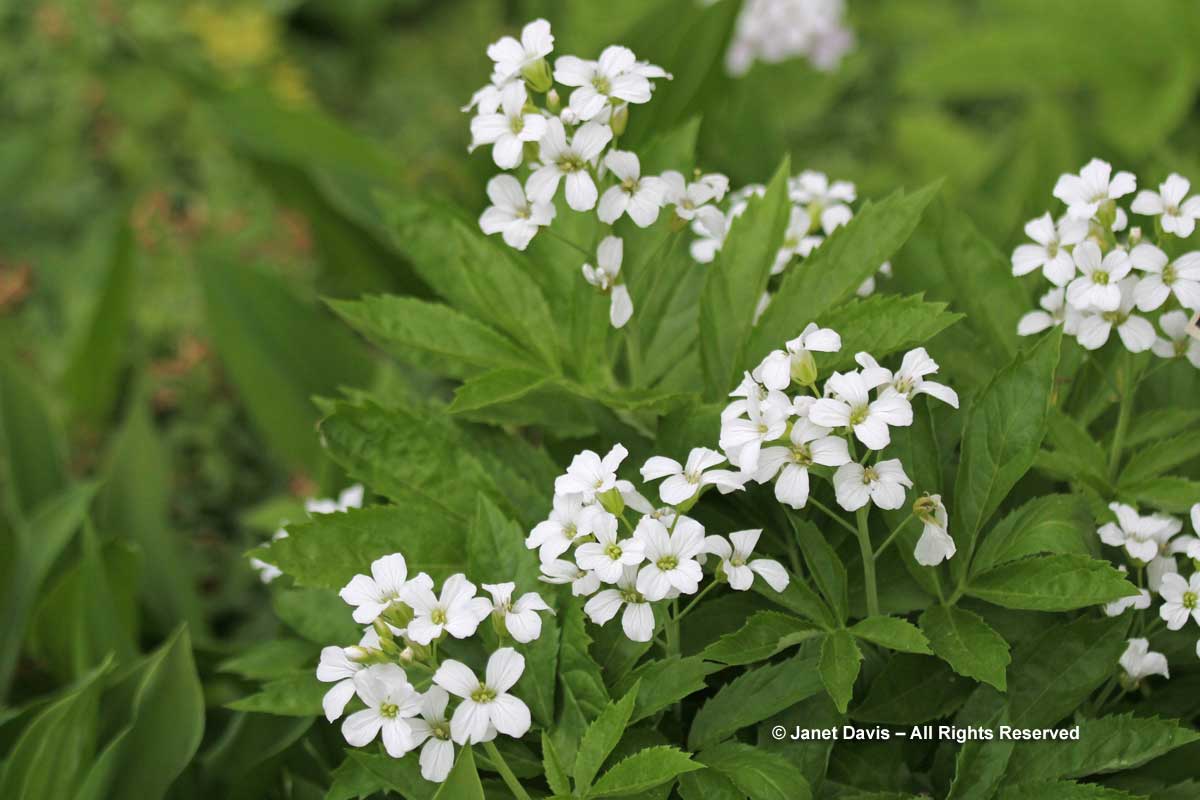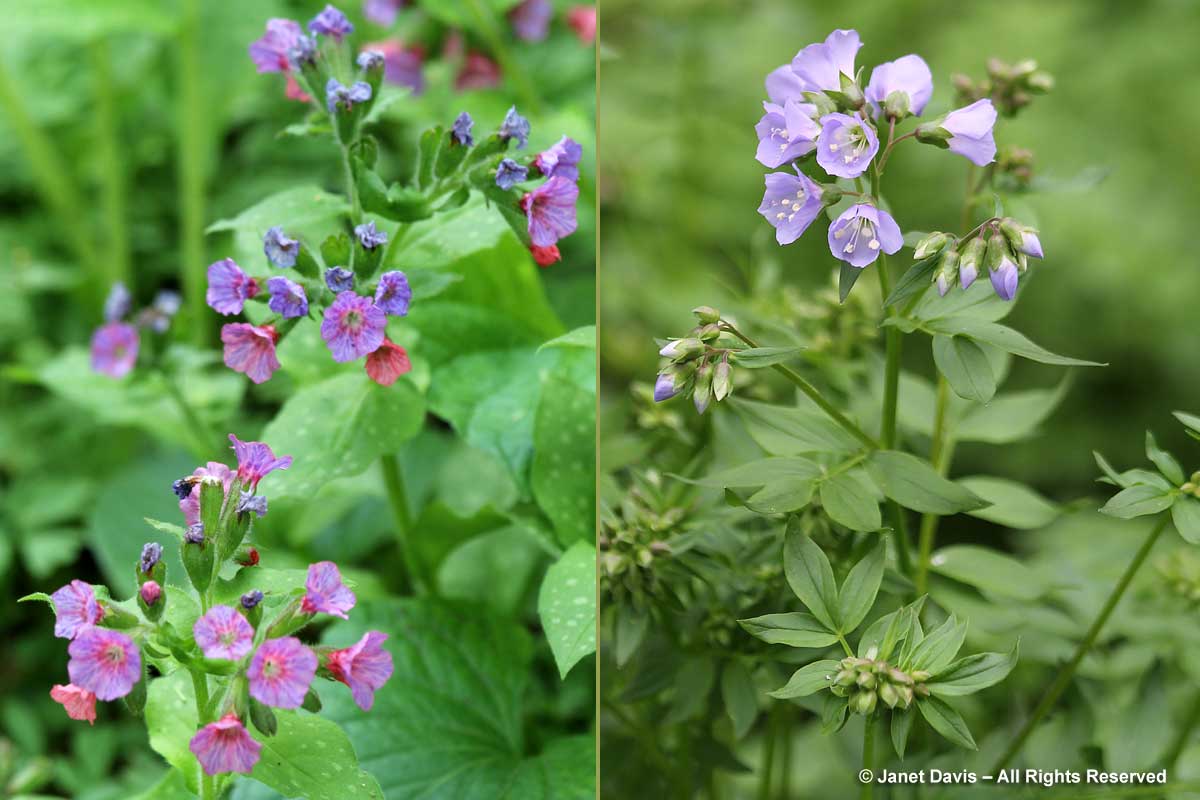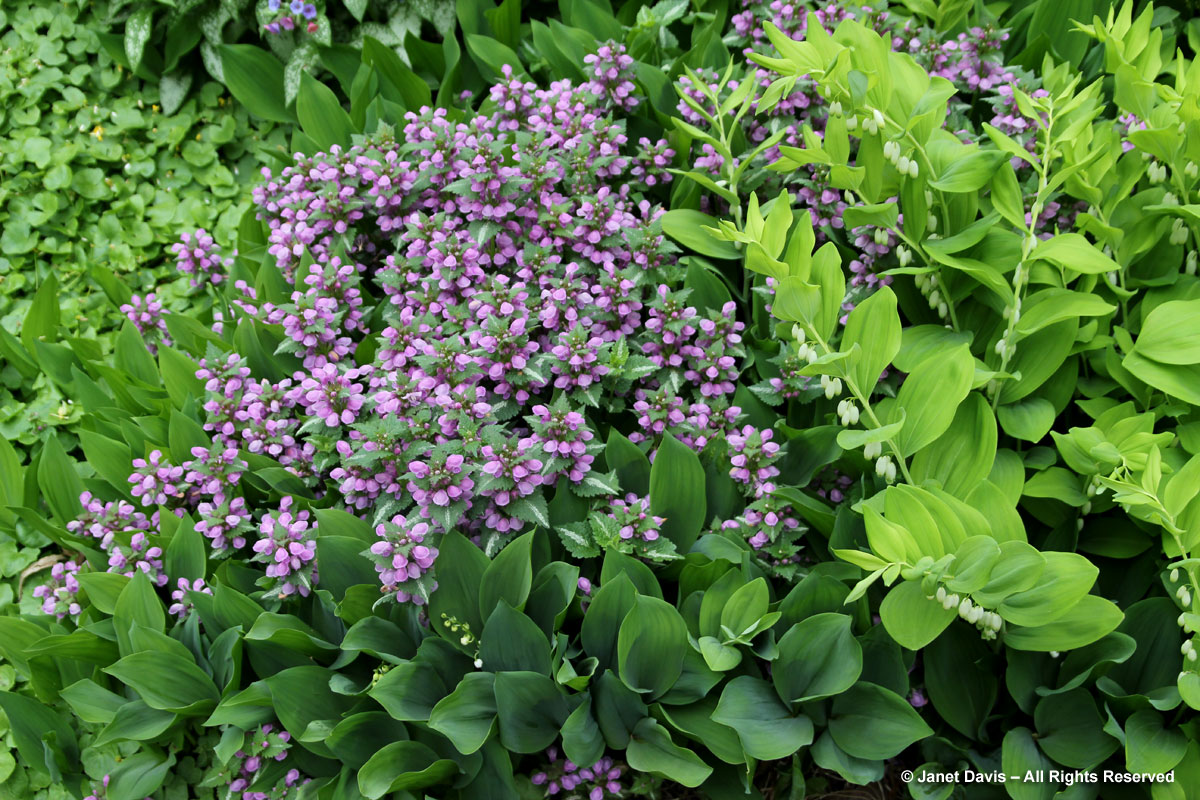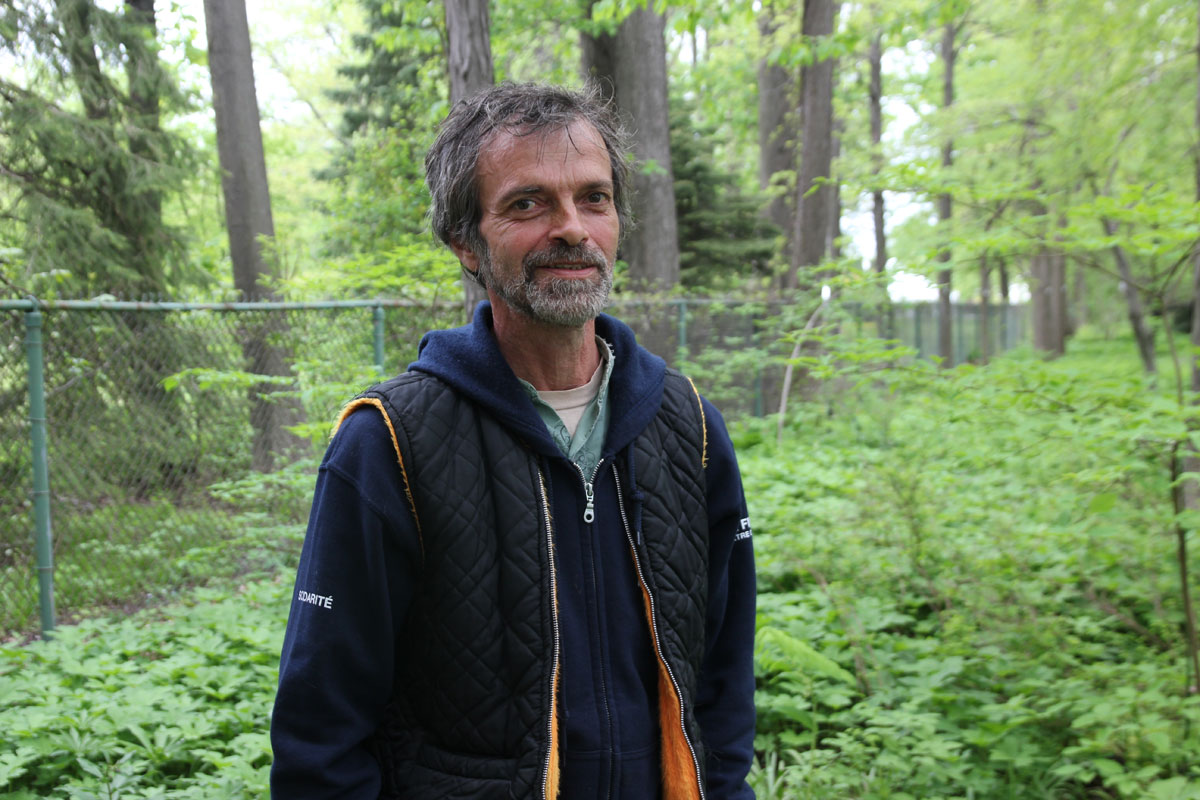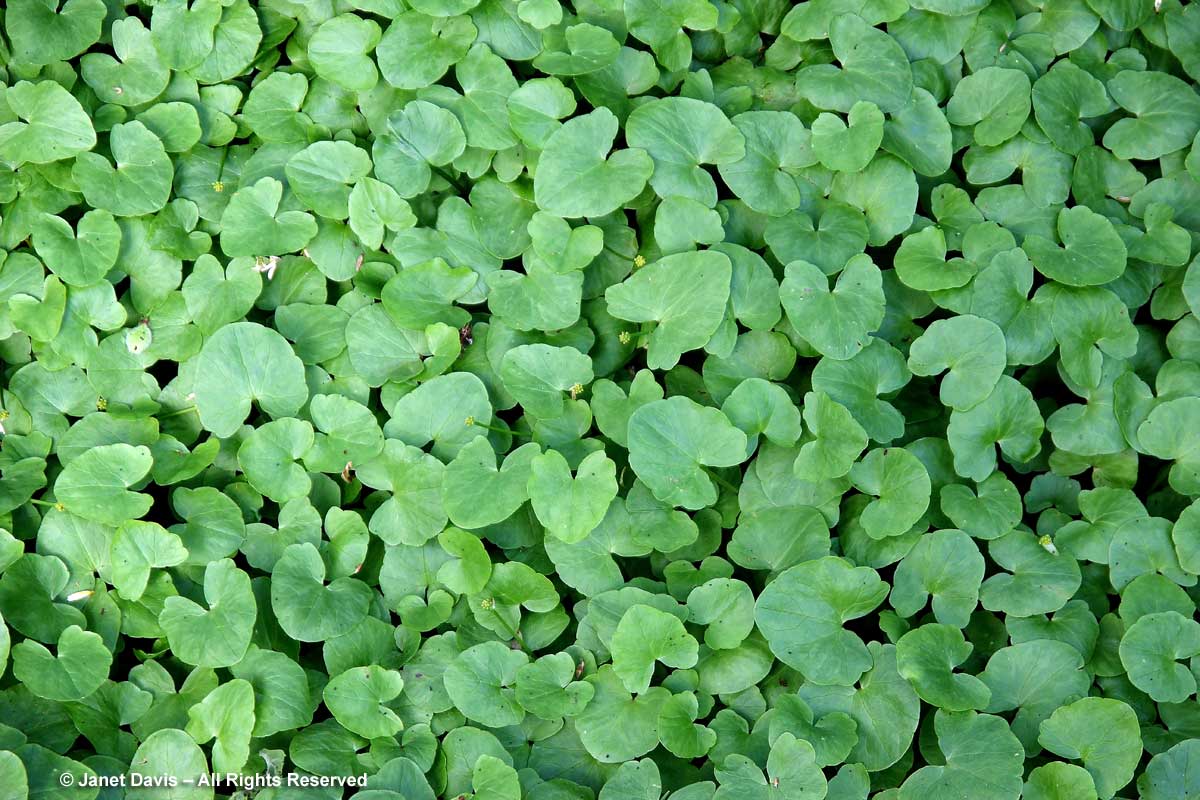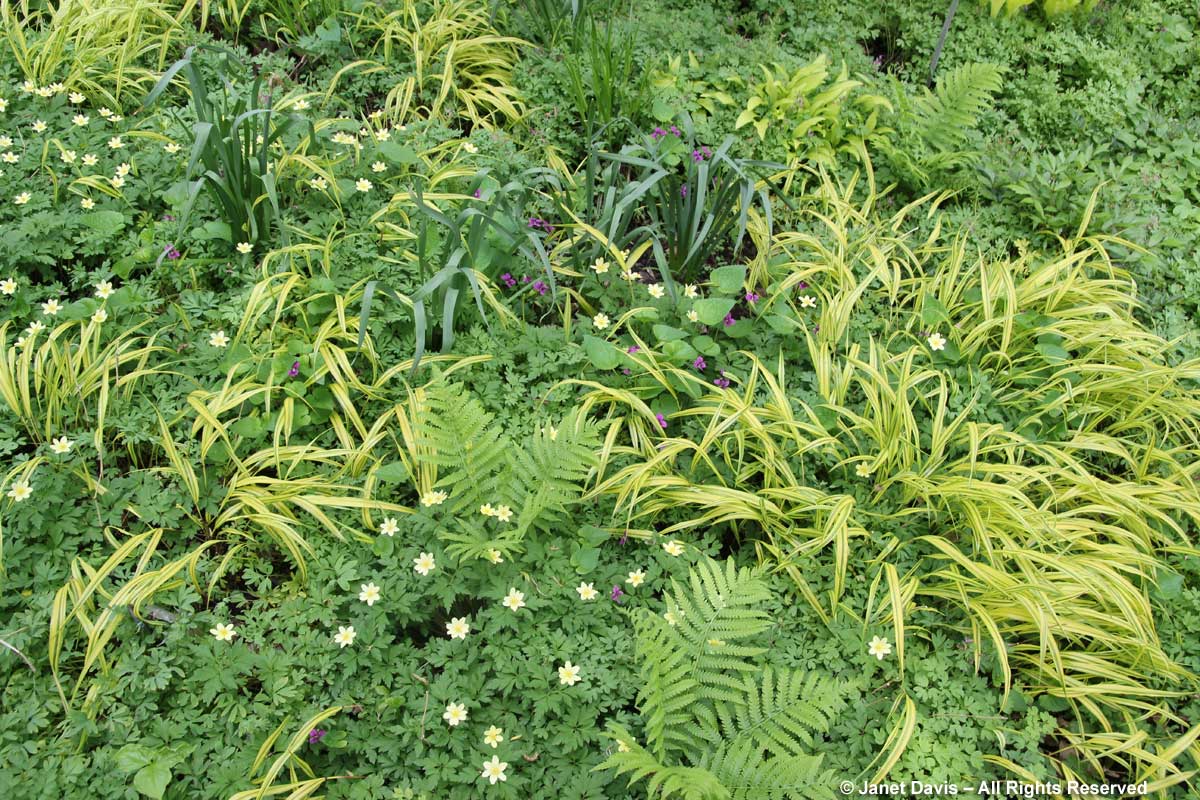When it comes to garden styles, I prefer a meadow: buzzing with bees, fluttering with butterflies and alive with birdsong. That is how I’ve designed my own Ontario gardens, with a view to native plant ecology and inclusion of insects, birds and wildlife. It doesn’t mean I don’t love visiting all kinds of gardens: Elizabethan knots, formal rose gardens, vegetable patches, wetlands and colourful perennial borders. But the most interesting, from an intellectual point of view, is the Japanese Garden, which represents ancient Shinto (Zen gardens) and Buddhist philosophy.
In my three decades of garden travel, I’ve visited Japanese gardens in Kyoto (Tenryū-ji, Ryōan-ji, Saihō-ji, among others); at the Royal Botanic Gardens at Kew; Chicago Botanic Garden; Brooklyn Botanic Garden; Denver Botanic Garden; Missouri Botanical Garden; the Tea Garden at Golden Gate Park in San Francisco; Montreal Botanical Garden; Vancouver’s UBC Botanical Garden; and The Butchart Gardens in Victoria. But the finest of all – and reportedly the most authentic garden outside Japan– is the Japanese Garden in Portland, Oregon. It even inspired me to write a little haiku…
Last September at this time, I was there with a group of women I’ll call “the golf widows”. Each year, our husbands (college classmates) get together somewhere and while they tee off, we see the local sights. One of the highlights of our Portland-Bend visit was this early morning tour, courtesy of garden member Gail Carr. It was my second visit, but it had been more than 15 years since I’d seen it, and a lot had changed during a $33.5 million expansion over 16 months. Foremost was the new entrance at the parking lot level in Washington Park. Designed by architect Kenzo Kuma and Garden Curator Sudafumi Uchiyama, it opened in spring 2017. I was intrigued with the sleek, modern pool beside the ticket house, glimpsed through bamboo culms….
….. and the tiered waterfall feeding it.
From here we entered via an ornate, century-old gate…..
….. that took us up a steep hillside of old Douglas firs and bigleaf maples (Acer macrophyllum).
New native understory plantings on the hillside were created along with the pathways, and an “ephemeral” water course built to drain seasonal rainfall or snowmelt from the top to the bottom. Said the garden of this new entrance: “It is as if visitors were setting foot on land after a voyage across the Pacific from Japan or disembarking from the Willamette or Columbia River, which were the original highways of this region.“
Horsetails and ferns combine with trilliums, columbines, salal, huckleberries and all kinds of native plants nestled among beautiful boulders.
Stone retaining walls appeared where the slope was steeper….
…. but Japanese design touches were married with the Pacific Northwest theme.
Nearing the top, we came to a handsome glass-enclosed bridge named for donor Sheila Edwards-Lienhart.
Beyond the bridge, steps led up to the new Cultural Village.
At the top, we could look back down at the impressive ascent. Visitors with mobility issues or those who don’t welcome this climb on a warm day can take a garden shuttle, which runs every 15 minutes.
We stopped in the Tateuchi Courtyard of the Cultural Village outside the Jordan Schnitzer Japanese Arts Learning Center. As the garden says: “The Cultural Village provides a place where visitors can immerse themselves in traditional Japanese arts through seasonal activities, performances, and demonstrations in the Atsuhiko and Ina Goodwin Tateuchi Foundation Courtyard.” The perfect little garden below is called Tsubo-Niwa, which means “courtyard garden”, and features the traditional Japanese elements: stone, water and plants.
The Marguerite Drake Sculpture Terrace offers a dramatic setting for beautiful works of art.
Bonsai is an essential element of Japanese design, and the Ellie M. Hill Bonsai Terrace features some fine specimens, like this 40-yearold European beech tree (Fagus sylvatica)….
…… and this 35-year old ‘Beni-Kawa’ coralbark maple (Acer palmatum).
A shimmering bamboo allée leads from the Tateuchi Courtyard to the Nezu Gate, which is the entrance to the original garden itself and its five distinct Japanese garden styles. Begun in 1963 on the site of what had once been the Washington Park Zoo, it was designed by Professor Takuma Tono (1891-1987) of the Tokyo Agricultural University.
The Nezu Gate is a good place to show a map of the garden and its five styles: the Flat Garden, the Tea Garden, the Strolling Pond Garden, the Natural Garden and the Sand and Stone Garden . I’ve added a yellow arrow to indicate where we are. Click to enlarge.
On the inside, you can see the compartments on either side of the Nezu Gate, which were traditionally the offices of the samurai who guarded such entrances.
It was early in the morning, so gardeners were going about their tasks as we walked by towards The Flat Garden. As you can imagine, pruning and shearing is a non-stop task in a large Japanese garden, where symbolism is entwined even in the shape of the plants.
In Japanese design, the journey is meant to be contemplative, thus small vignettes like this water basin with its bamboo spout, which I borrowed for my introductory haiku.
The Flat Garden, hira-niwa, represents the evolution of the classic dry landscape style. We stood on the veranda of the Pavilion, observing the scene. The mossy islands in the sea of raked granitic Japanese sand represent a sake cup and a gourd.
This century-old weeping Japanese cherry (Prunus x subhirtella ‘Pendula’) would be lovely to see covered in pink blossoms in early spring. Note the careful support of the branches.
We walked to the other side of the Pavilion. Designed by Skidmore, Owings, and Merrill and built in 1980 from Alaskan cedar (Chamaecyparis nootkatensis) with a long wall of shoji screens, it is used for garden functions.
Rock selection and positioning is carefully considered in Japanese design.
As we headed back towards the other gardens, I noted another lovely stone water basin…
…. and a handsome lantern.
Japanese maples are planted everywhere, of course. They are called momiji in their native land.
But even though native Japanese plants occupy the understory here, they are sheltered by trees of the Pacific Northwest forest, like the massive Douglas fir (Pseudotsuga menziesii), below.
We passed under a wisteria arbor, its concrete posts textured to appear tree-like. Many of the old cobbles in the garden originally paved Portland streets before being replaced by asphalt; they are recycled in the pathways here. In the distance, you can see the……
……. Sapporo Pagoda Lantern, set in a niche under towering red cedars (Thuja plicata) and Douglas firs.
Standing 18-feet tall and more than a century old, it was a 1989 gift from Portland’s Japanese sister city, Sapporo. They were joined in 1959 just a few years after President Dwight Eisenhower established the Sister City Program. As they celebrate the 60th anniversary this year, the garden notes that the relationship reminds us “that the Pacific Ocean acts not as a barrier but a bridge between our two countries”.
The lantern’s five stories symbolize earth, water, fire, wind and sky. And the stones set in moss at its base represent a stone map of the island of Hokkaido.
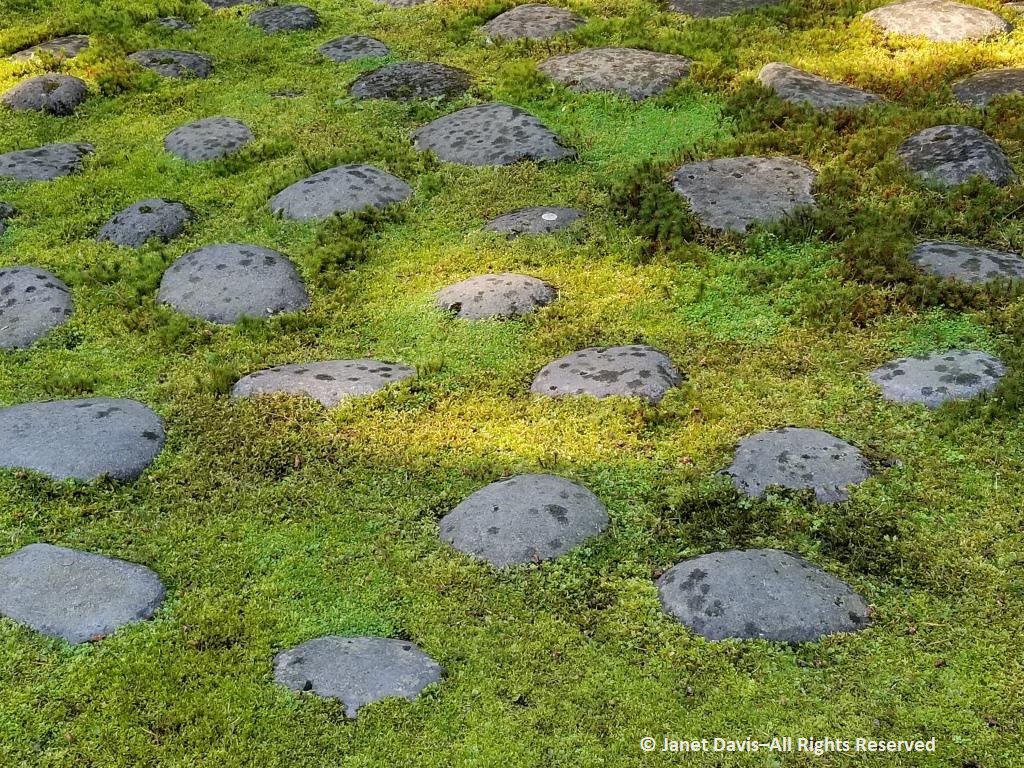
We walked through the Tea Garden which contains an inner garden, a middle garden and an outer garden. The teahouse itself is managed by the Kashintei Kai Tea Society which offers workshops and ceremonies in chadō, the “way of tea”. Tea culture, of course, is a fundamental part of Japanese life.
This is a lantern in the Tea Garden.
I loved this mossy niche in the Tea Garden. Evidently some of the polished shingle stones in the garden were collected from the beach at Ecola State Park, my last blog.
This was one of my favourite vignettes: a green machiai, traditionally used as a sheltered waiting place before the tea ceremony. I loved everything about this….
…… including the handsome tied bamboo fence.
This mossy lantern added to the serenity of the Tea Garden….
….. as did this suikinkutsu stone basin and bamboo fountain. Sound is important and the gentle splash of water adds to the tranquility of the Japanese garden experience.
Then it was time to explore the two ponds in the Strolling Pond Garden, chisen kaiyu shiki teien. The upper pond is viewed from a moon bridge….
…. looking out over a beautifully landscaped body of water. So many shades of green! The mound-shaped shrubs in this setting have special symbolism as well; they are meant to suggest moss-covered stones. During the Edo period (1603-1867), feudal lords or daimyo displayed their wealth with strolling pond gardens.
The handsome bronze finials on the moon bridge begged to be caressed.
Two bronze herons or cranes stand in the shallow, forever fishing.
Then we walked along the zig-zag bridge, or yatsuhashi. Designed to trick evil spirits that might be following you, it took us past beautiful koi…..
…… swimming along past ferns and Japanese iris in spring…..
….. towards the spectacular lower pond.
I’m sure there is symbolism here in the placement of the lantern and the stones.
I loved the way the maple-framed lantern reflected in the water.
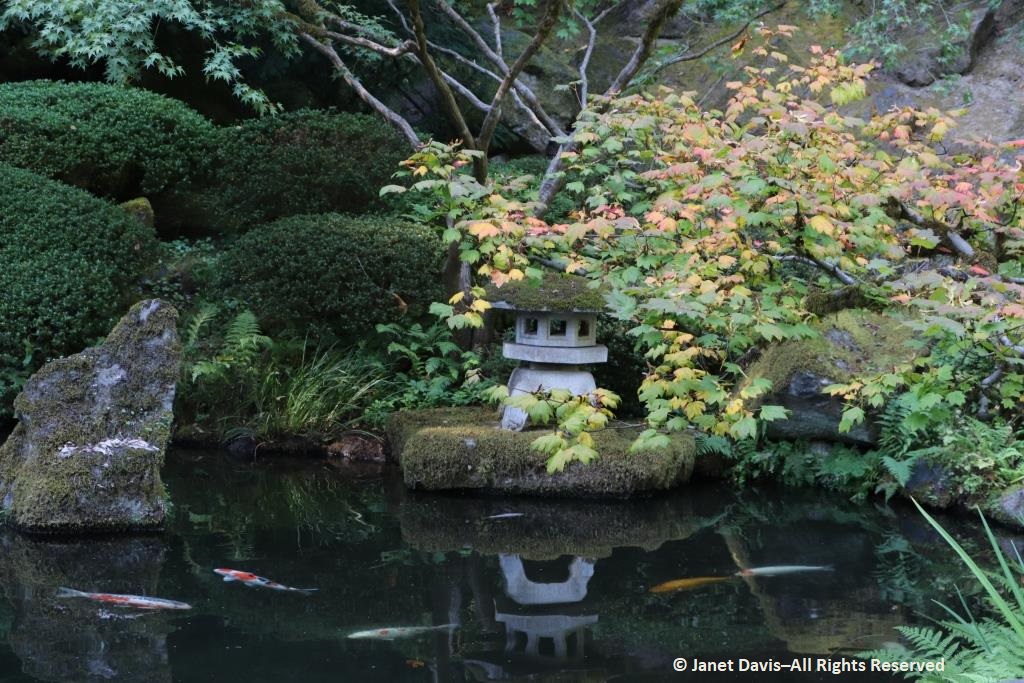 The Heavenly Waterfall occupies the former bear den of the Washington Park zoo. In 1997 it was damaged by a winter storm and subsequently rebuilt at a greater height.
The Heavenly Waterfall occupies the former bear den of the Washington Park zoo. In 1997 it was damaged by a winter storm and subsequently rebuilt at a greater height.
Isn’t this an enchanting scene?
We walked on towards the Natural Garden, passing a gardener sweeping the moss. This is a familiar scene in Japanese gardens, one I’ve photographed in Kyoto, too.
A deer-scarer fountain, shishi-odoshi, clacked its warning as we passed. (Be sure to watch my video of the various water features at the bottom of this blog.)
For some visitors, the Natural Garden is a favourite place to appreciate a less controlled, contemporary way of gardening in the Japanese style, called zoki no niwa. Although Professor Tono designed this originally as a moss garden, the terrain did not lend itself to that concept, and it was reimagined later as a place where visitors could rest and reflect on the seasons of a garden and life.
The stone paths here are works of art in themselves…..
….. taking visitors past natural water courses and onto the mossy hillside beyond.
Near the bottom, a stream runs under a lovely arched timber bridge……
….. topped with cement and edged in slender stickwork.
A little further, an angled stone path traverses water reflecting the trees and sky.
The Natural Garden features little nooks and crannies where visitors can sit, rest and reflect.
Being on a hillside there are lots of stairs in this garden, like these lovely stone-edged stairs ascending past a mossy bank.
Vine maple (Acer circinatum) is a beautiful Pacific Northwest tree that is used extensively in the Natural Garden.
Our visit was nearing an end and it was time to climb up the last set of stairs from the garden to arrive at the….
…. Sand and Stone Garden. This classic walled dry landscape garden in the karesansui style reminded me very much of the famous Edo Period rock garden at Kyoto’s Ryōan-ji. Using carefully placed rocks set in raked gravel according to the principle of yohaku-no-bi, meaning “the beauty of blank space”, both encourage contemplation.
The stones tell a story inspired by designer Takuma Tono’s reading of the Jataka Sutra, a 2,000 year old Indian tale about seven tiger cubs thrown into the sea as a test of courage by a tigress. The raked stones represent the waves in the seas.
The cubs are saved from starvation when Buddha, arms outstretched, offers himself to them as food; they consume him and are saved. It is a lovely fable with a happy ending, and a fitting end to my tour of the Japanese Garden.
But before you leave, enjoy the splash of water from the garden’s many water features and fountains. Arigatō Portland.
https://www.youtube.com/watch?v=4XzQbAyFiYk&t=17s

